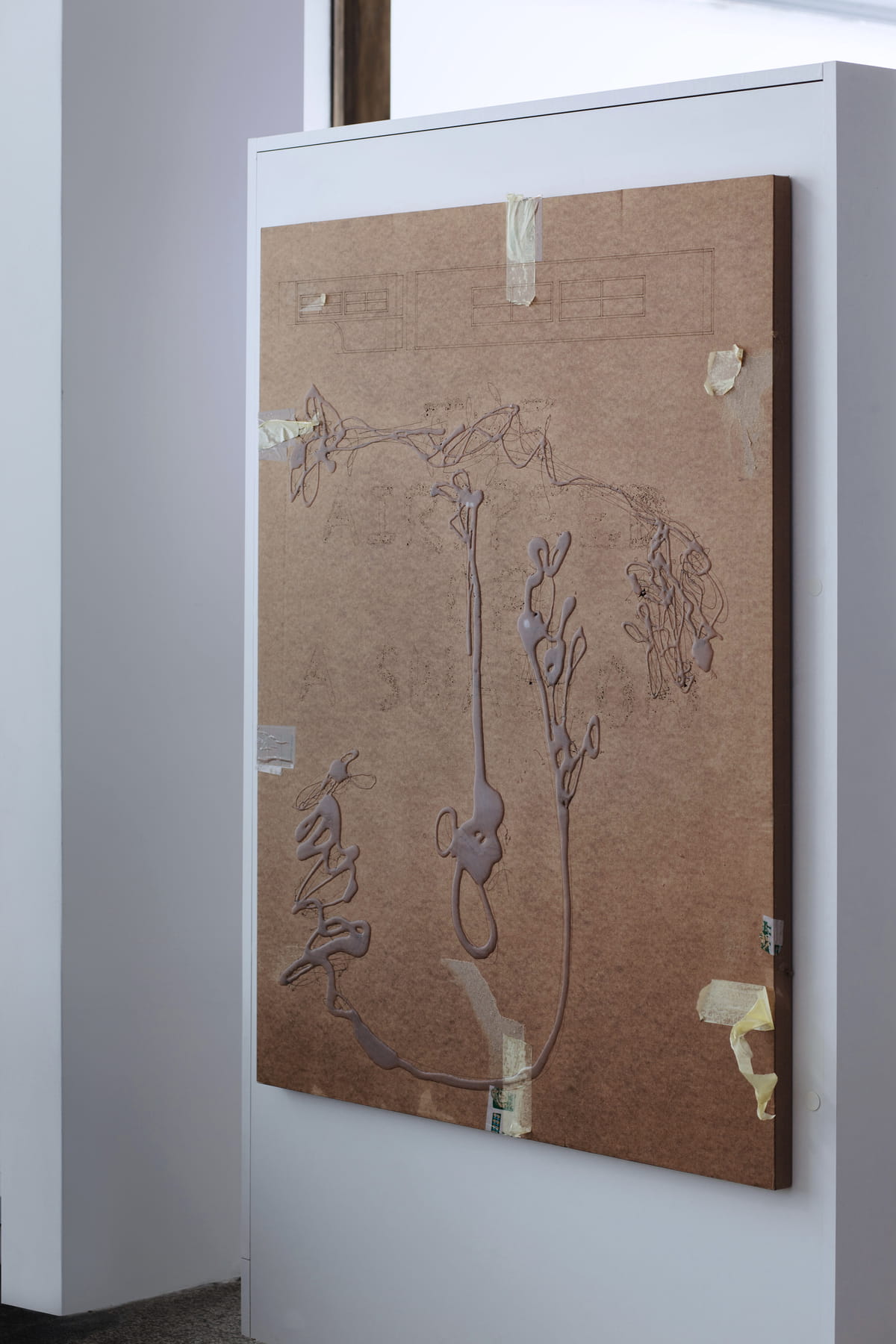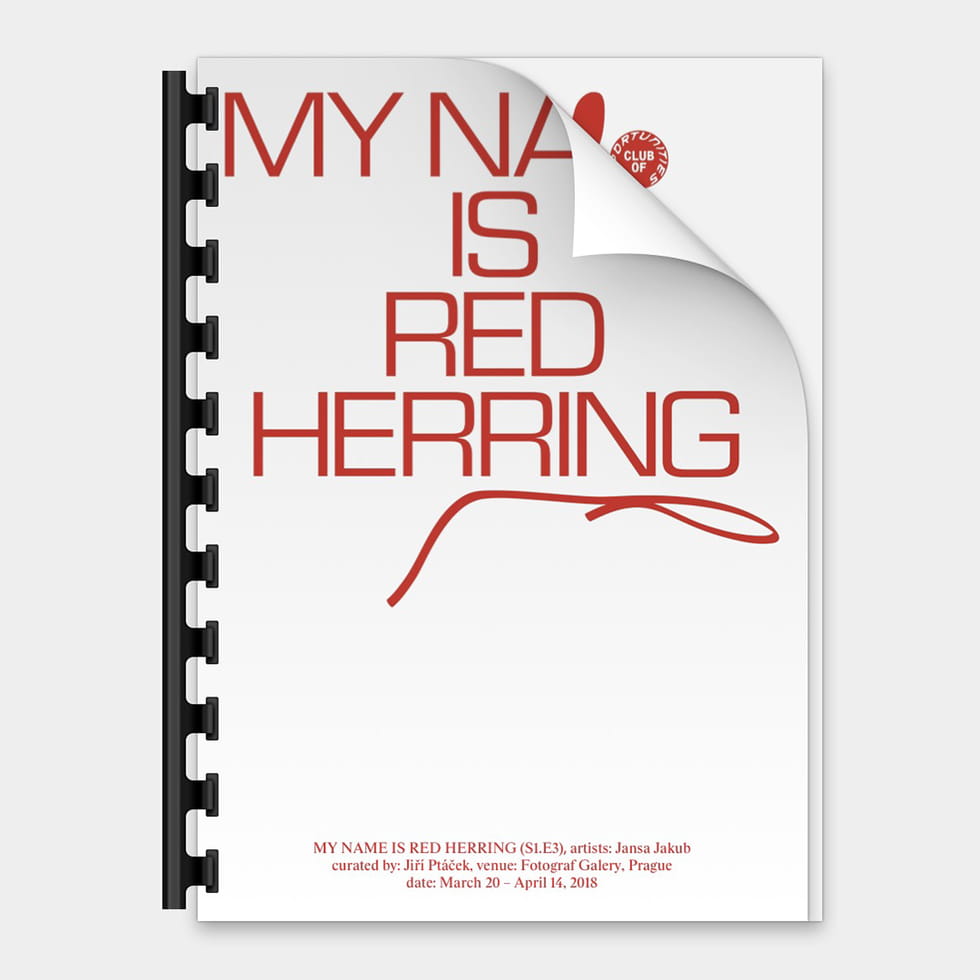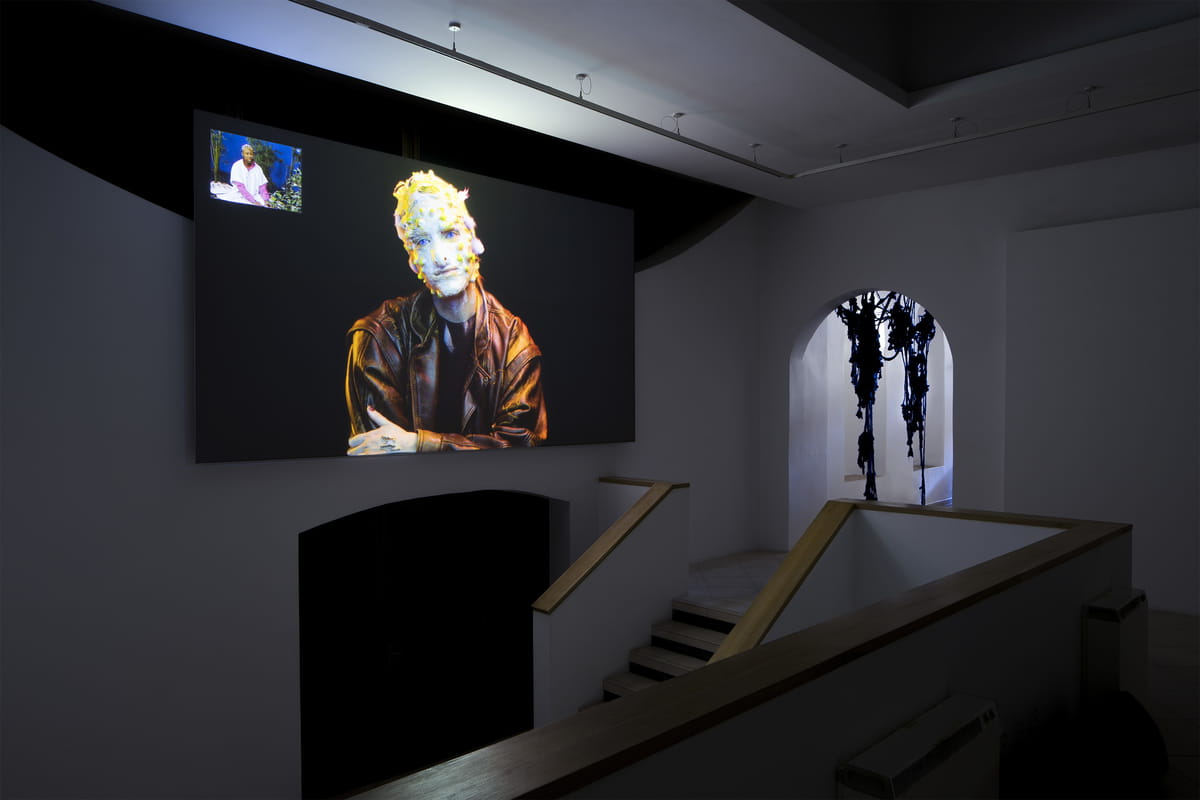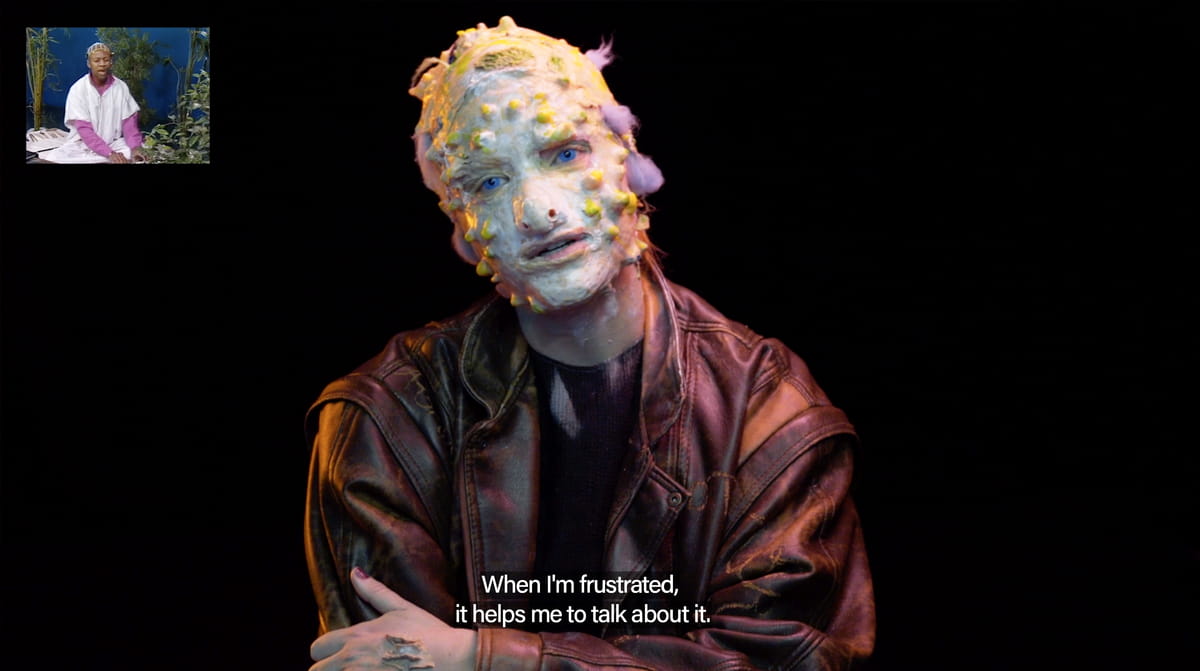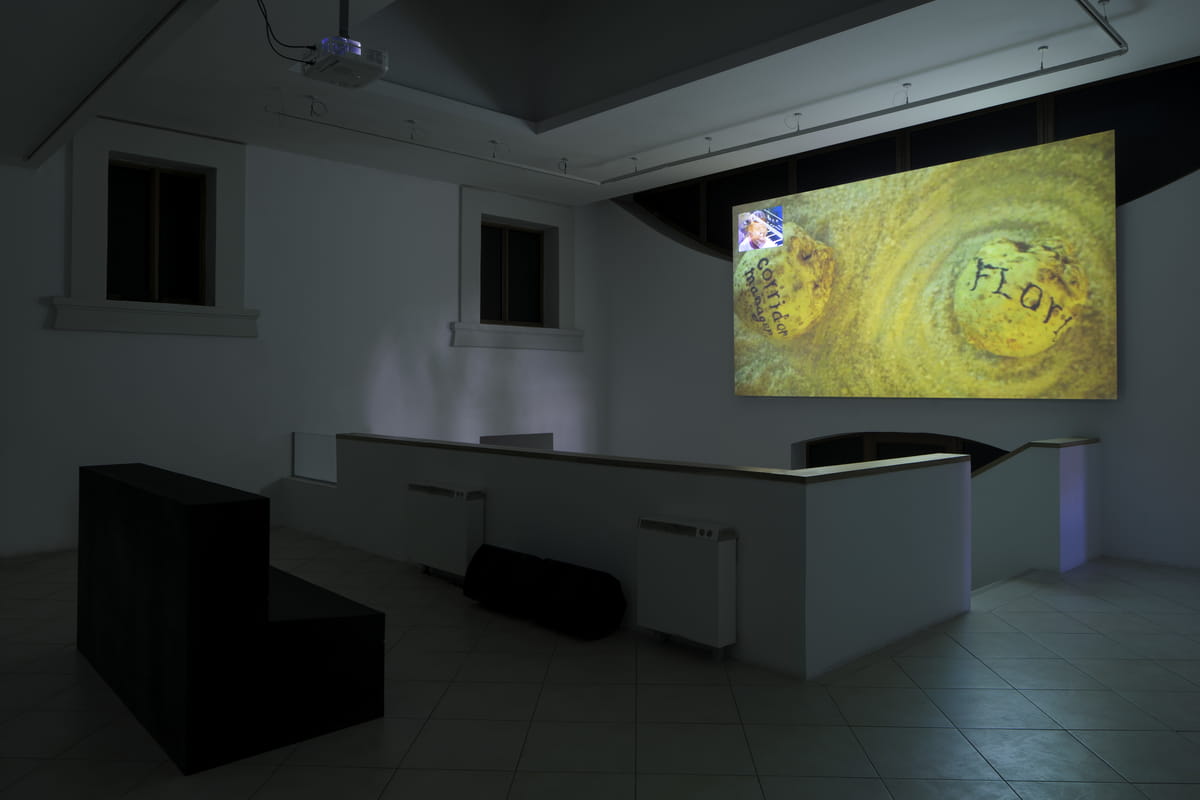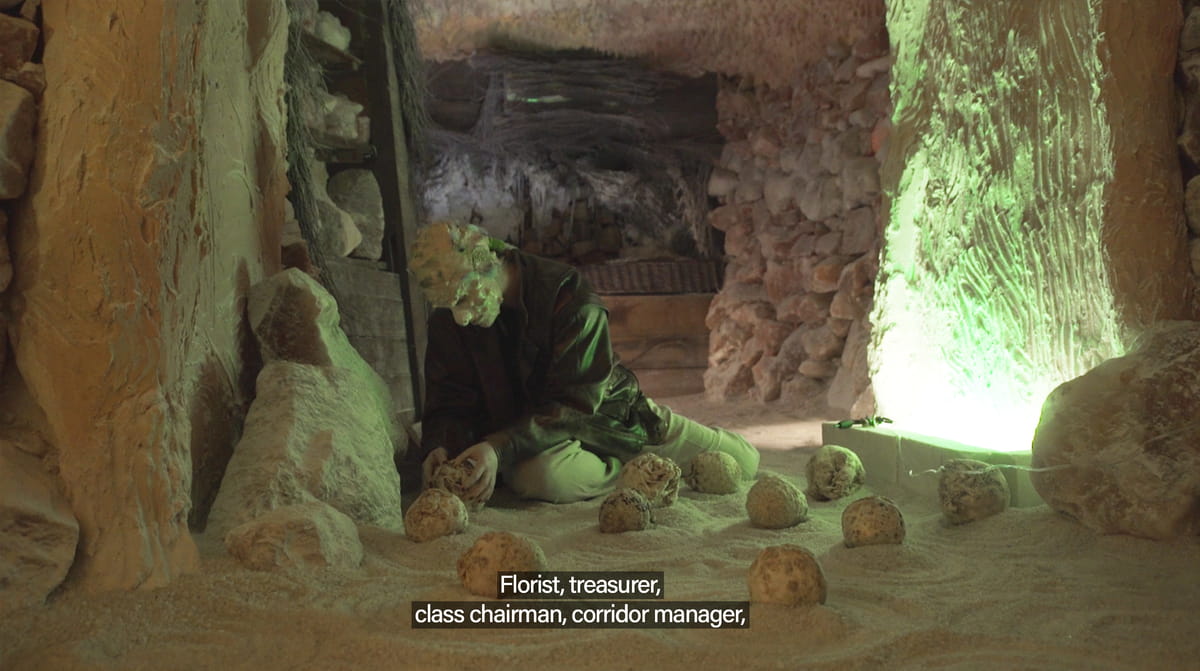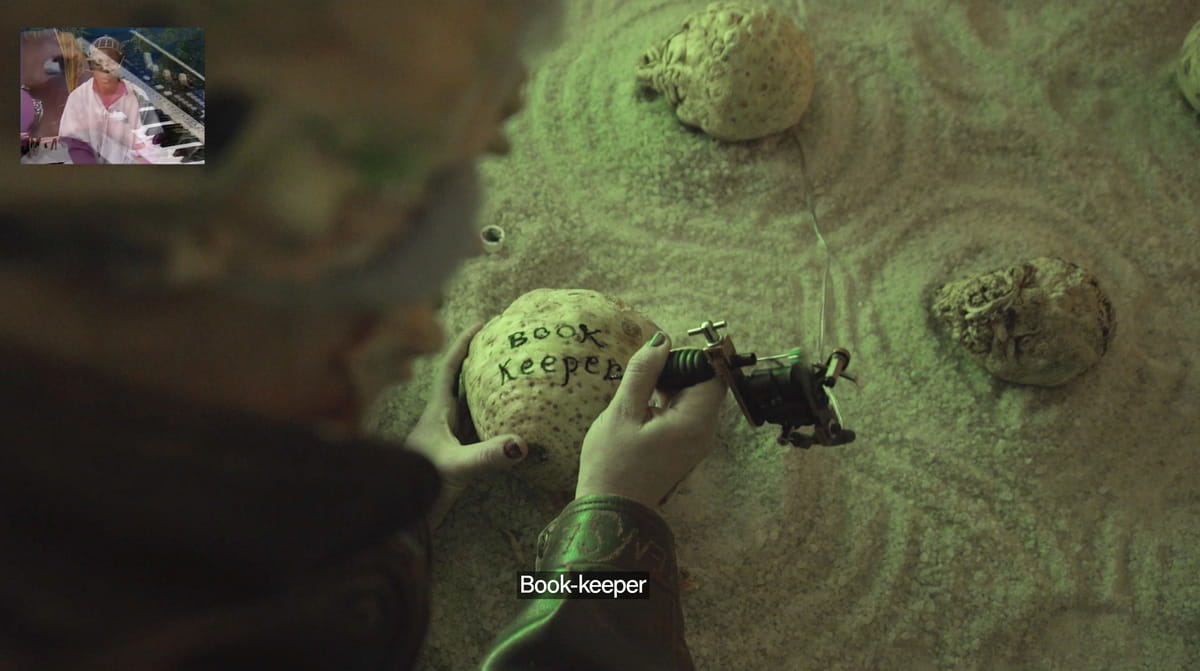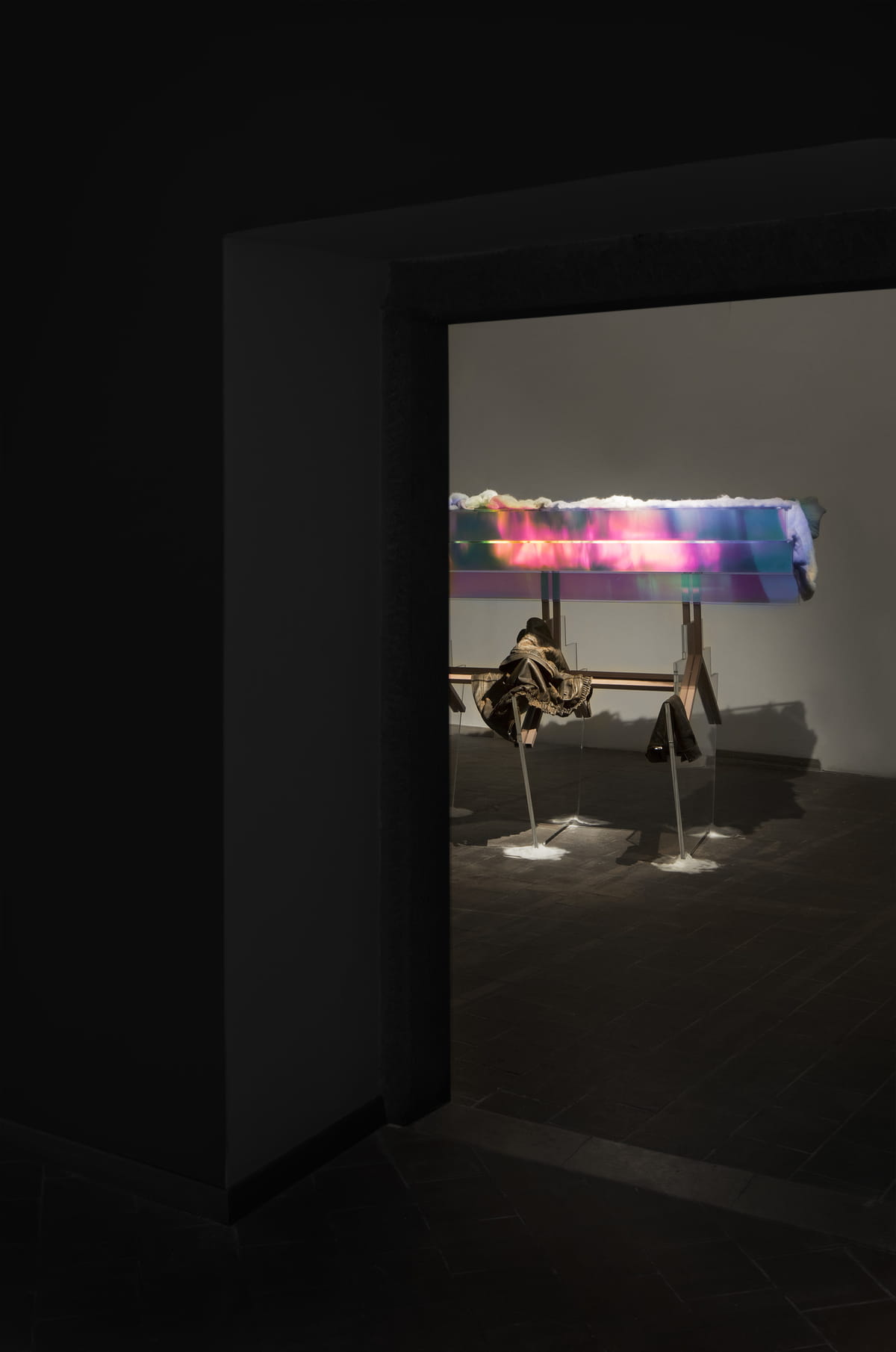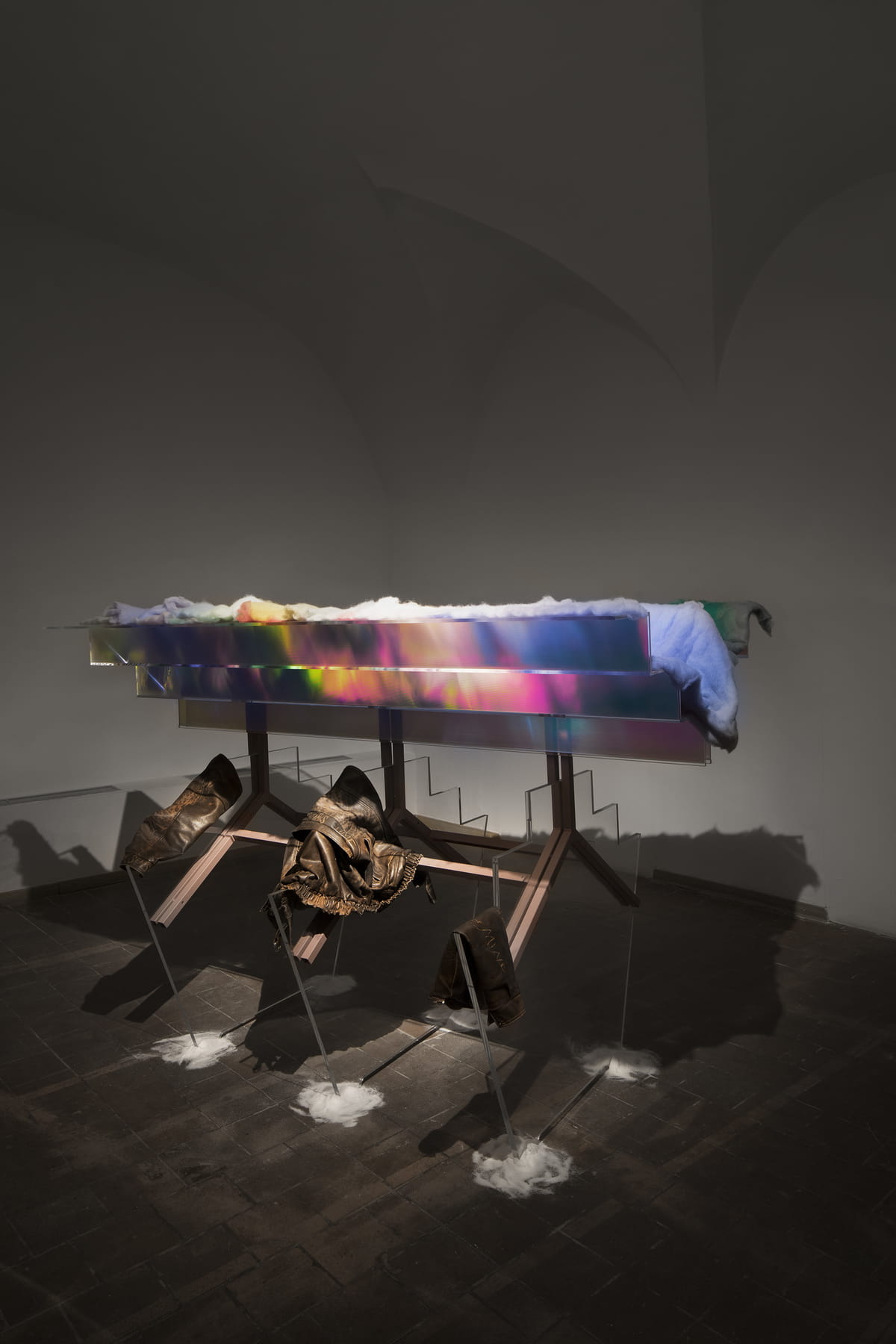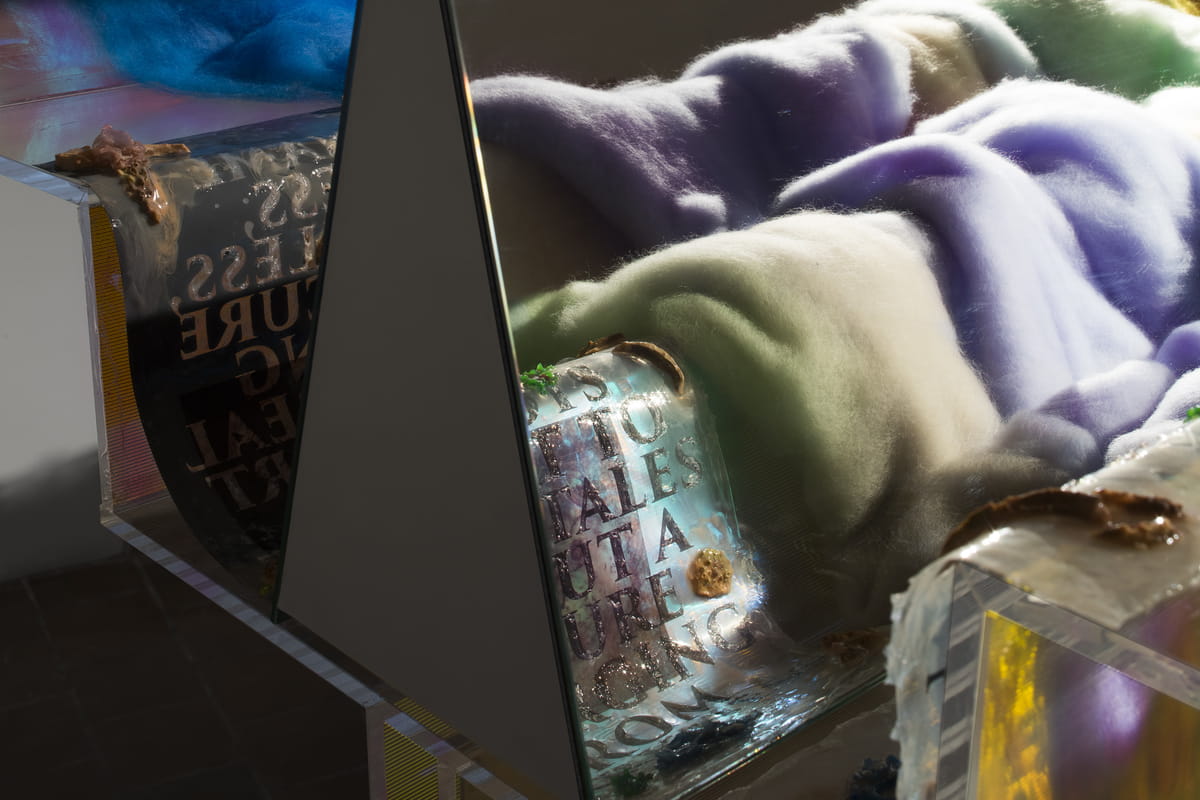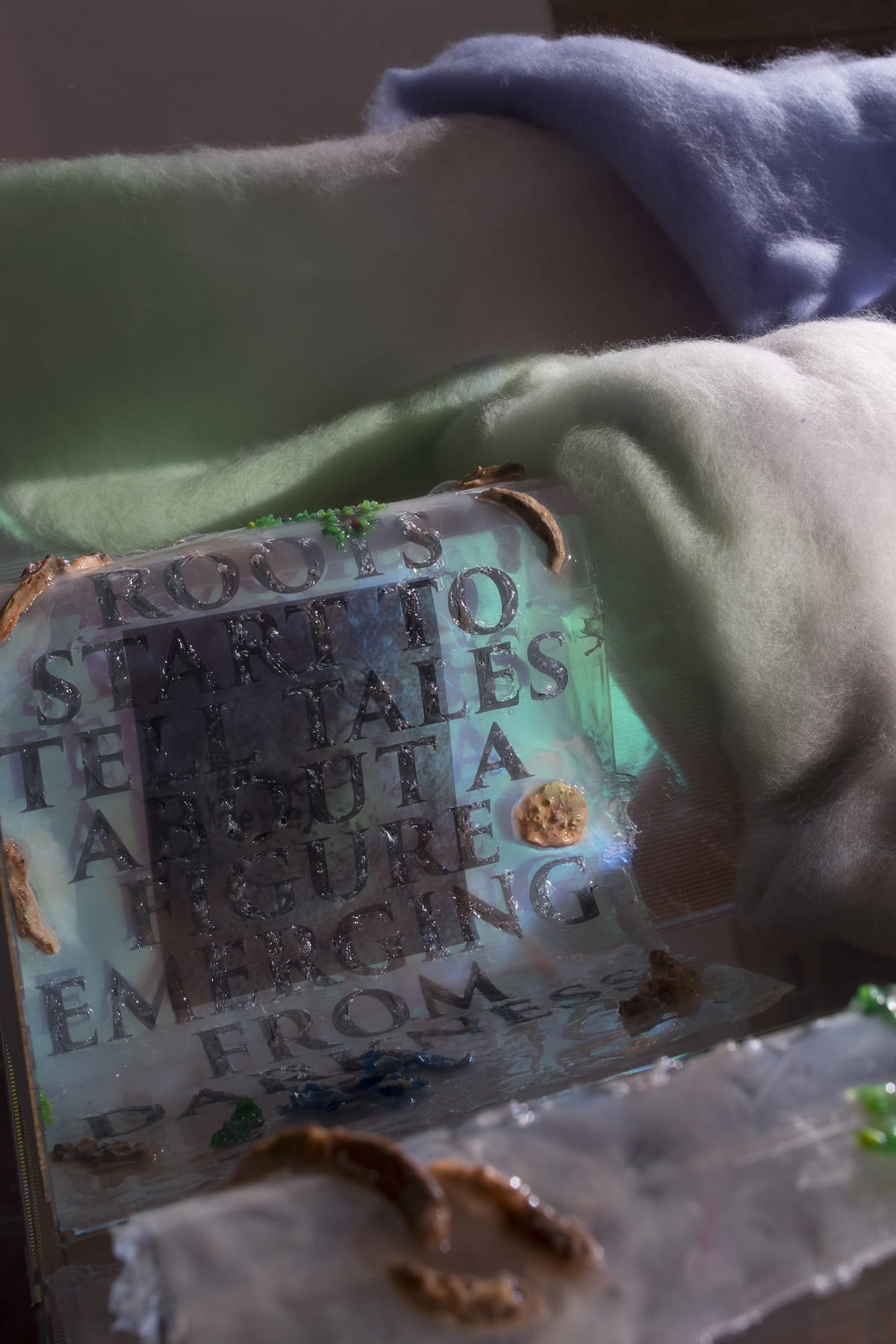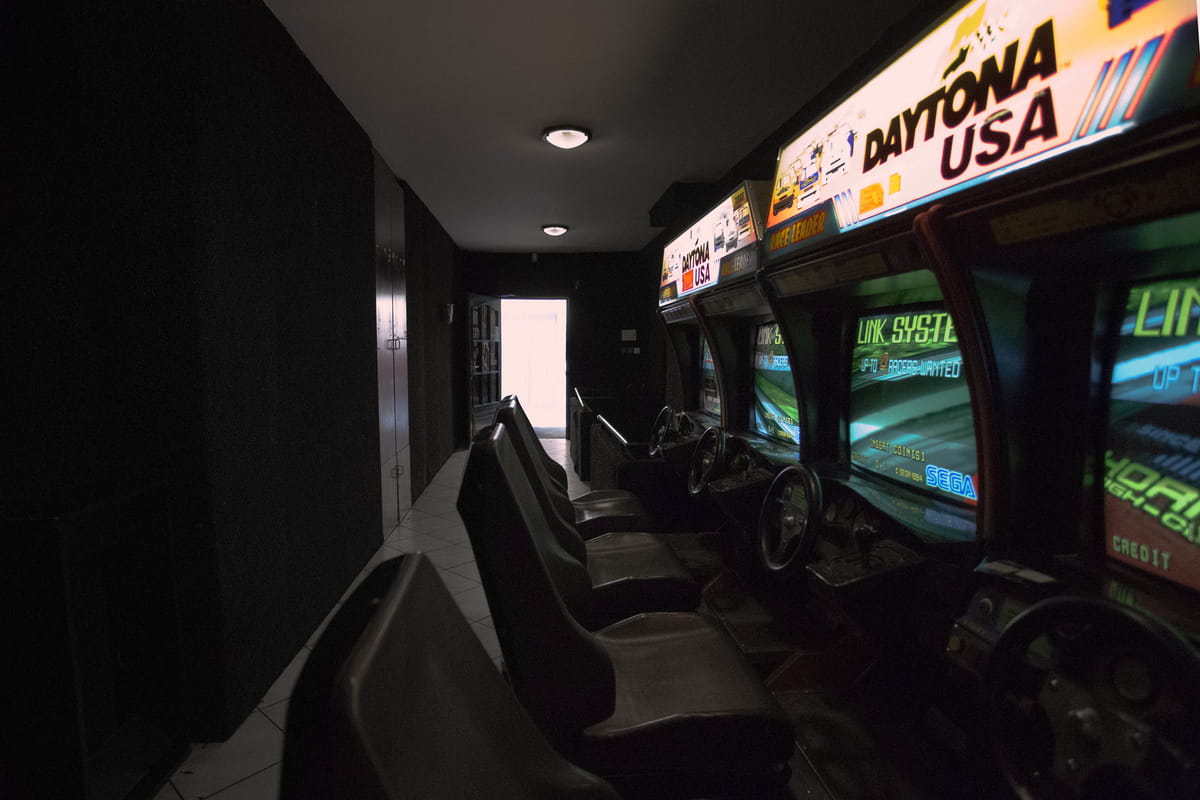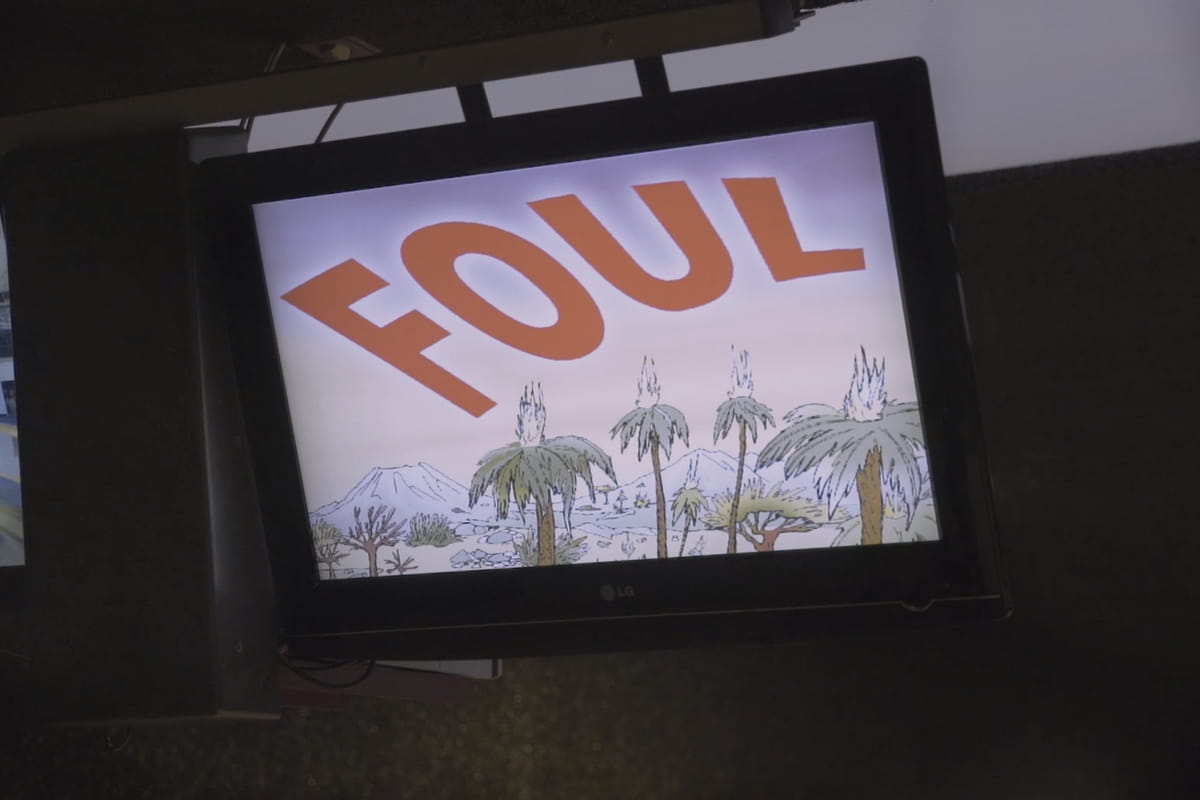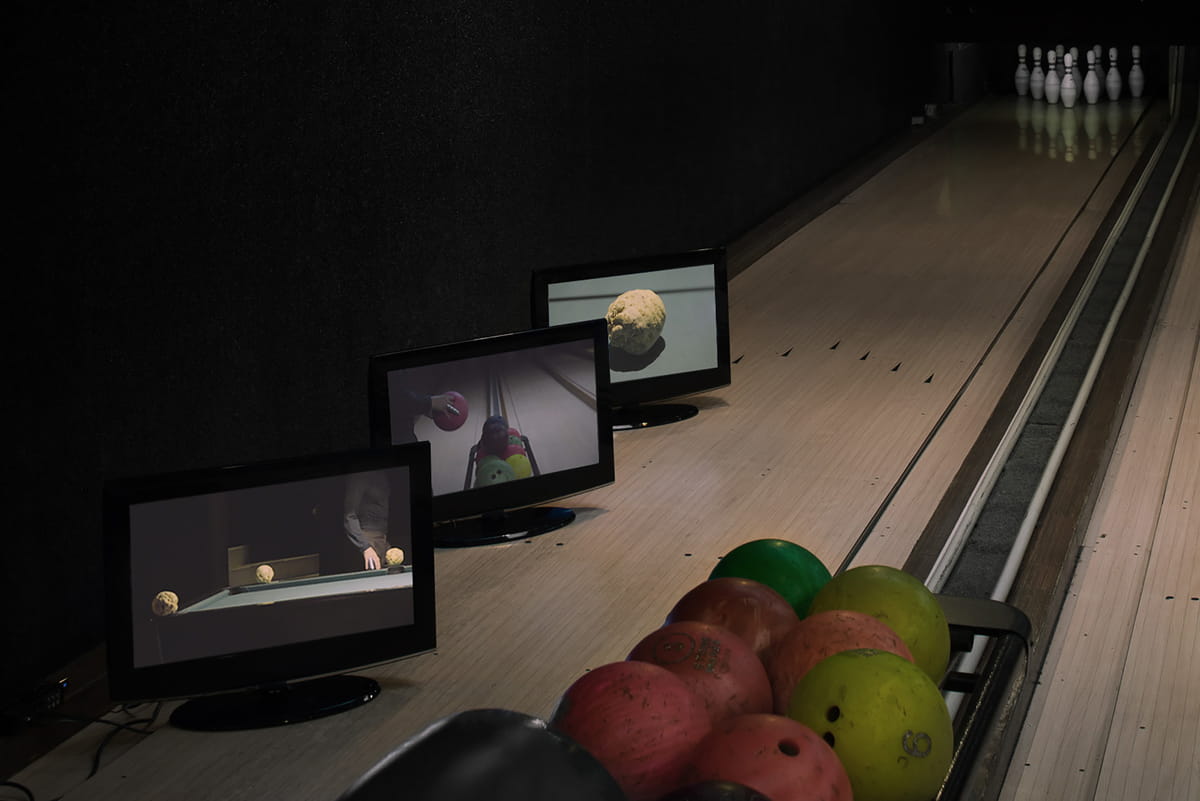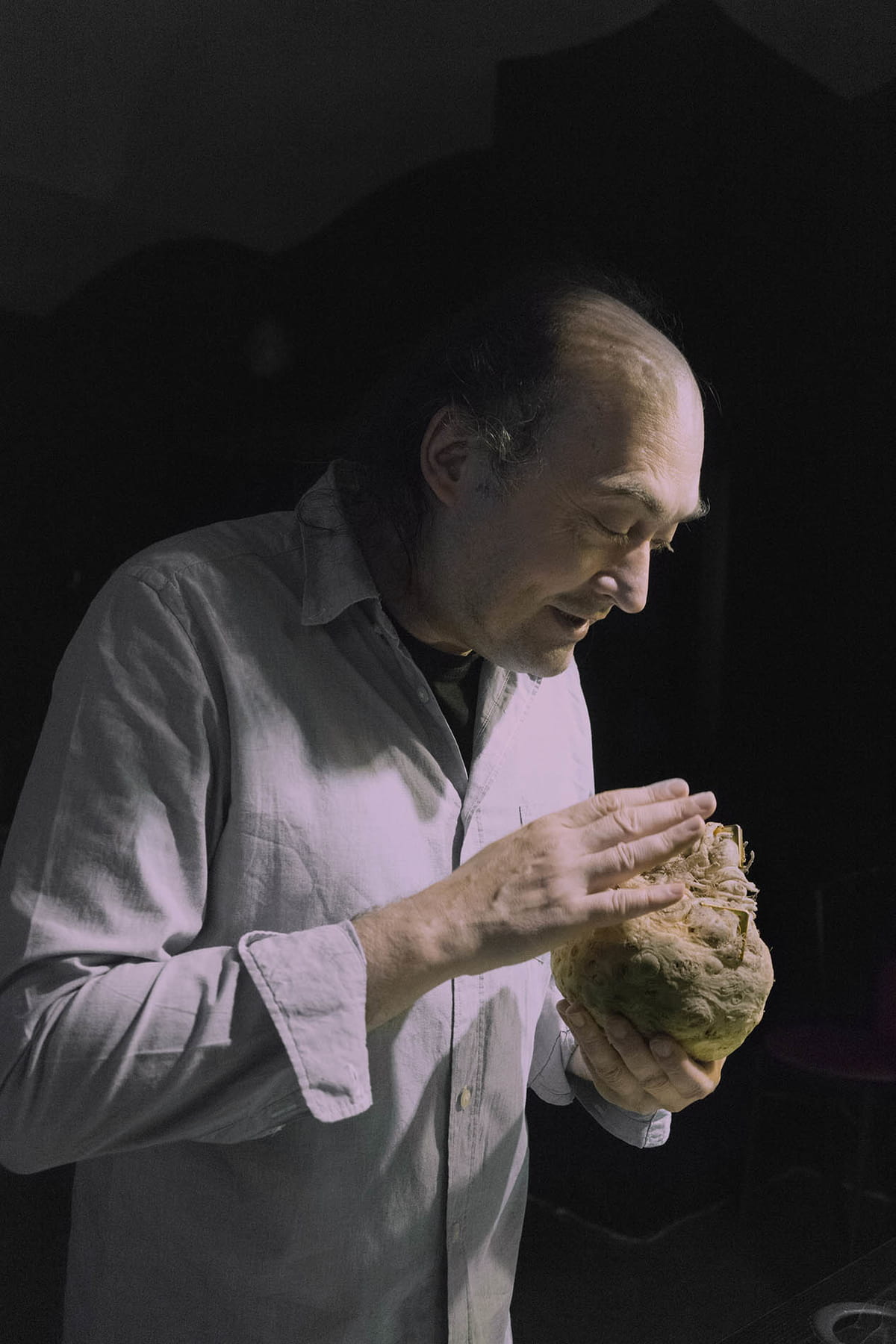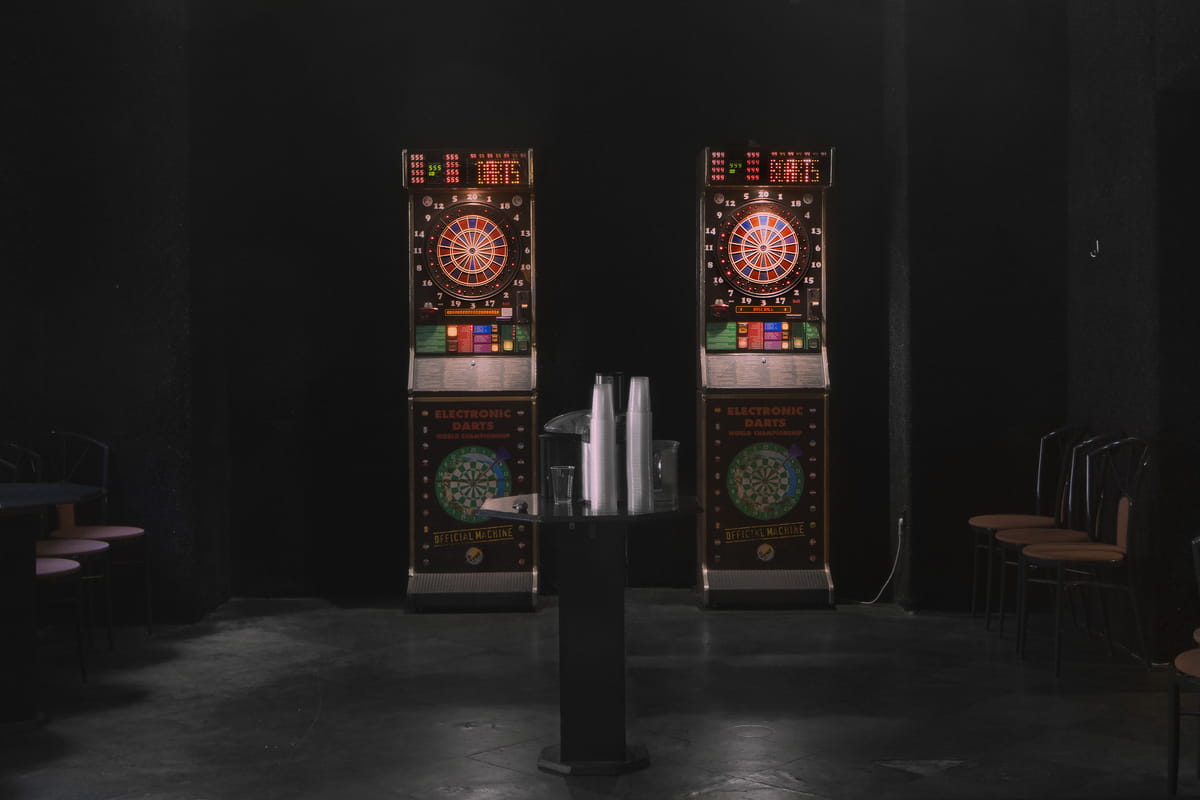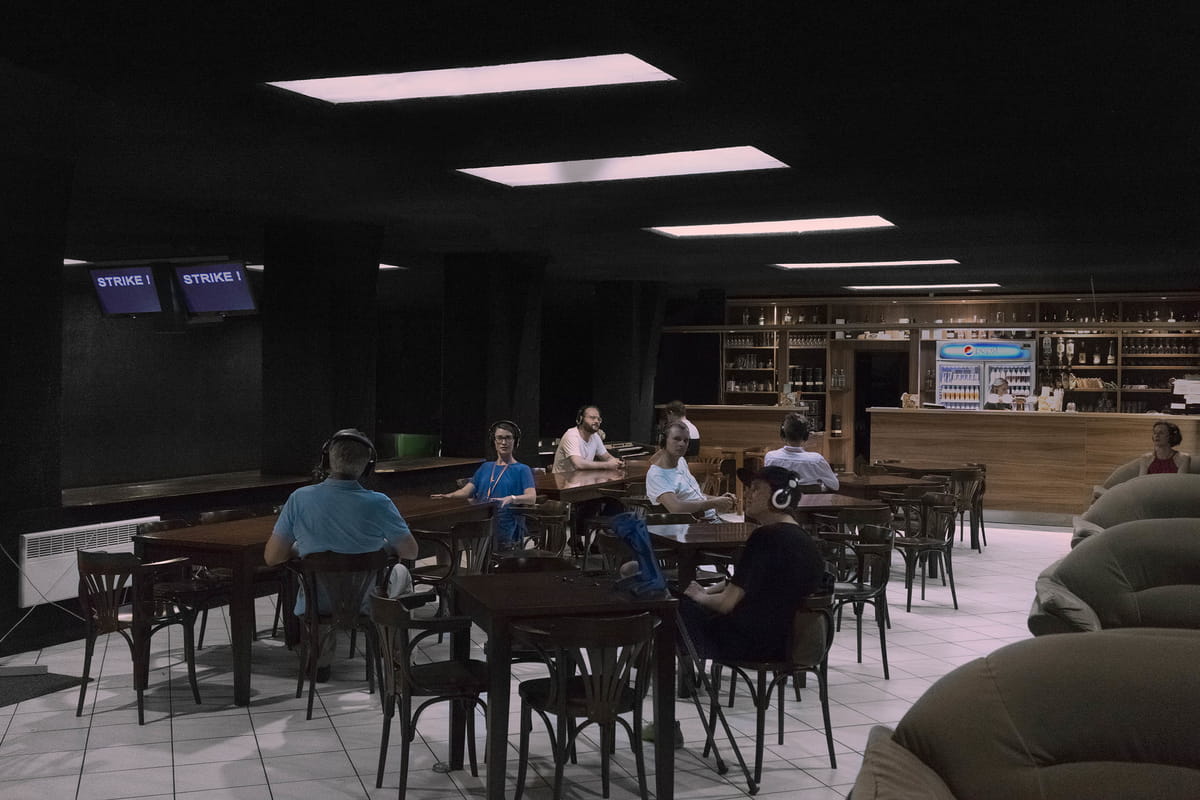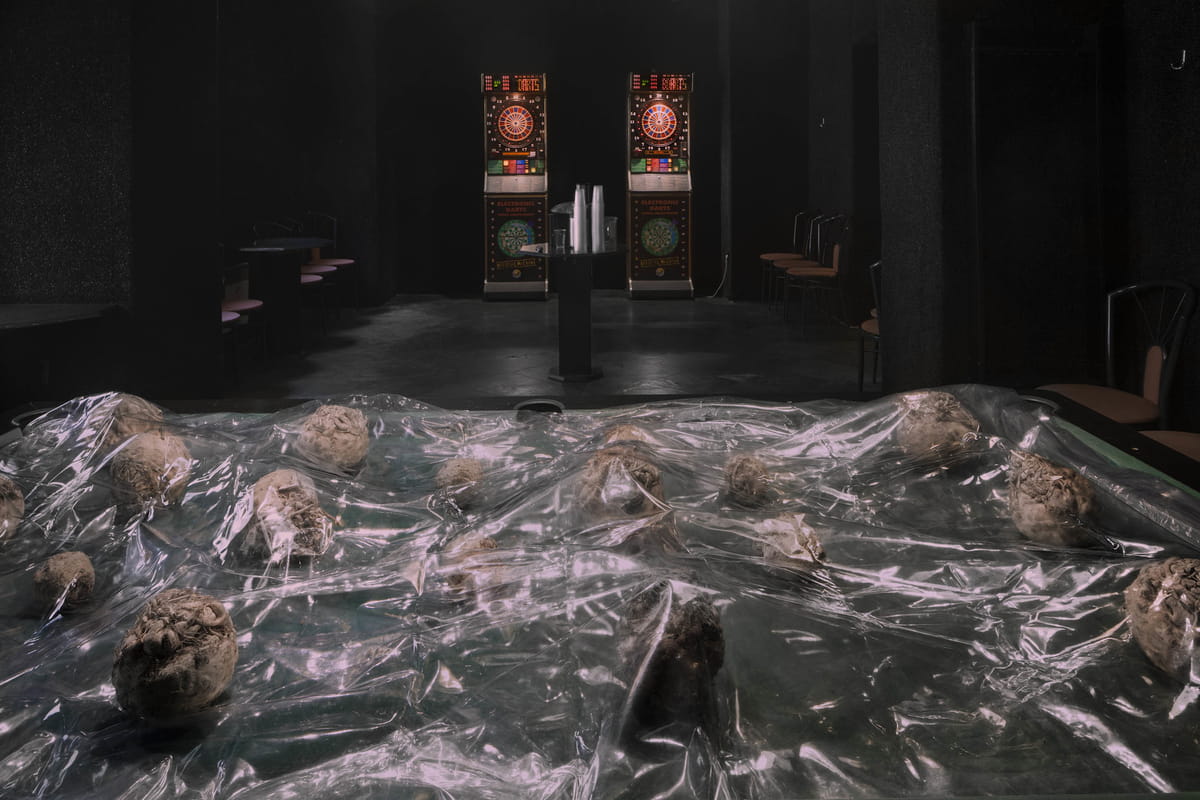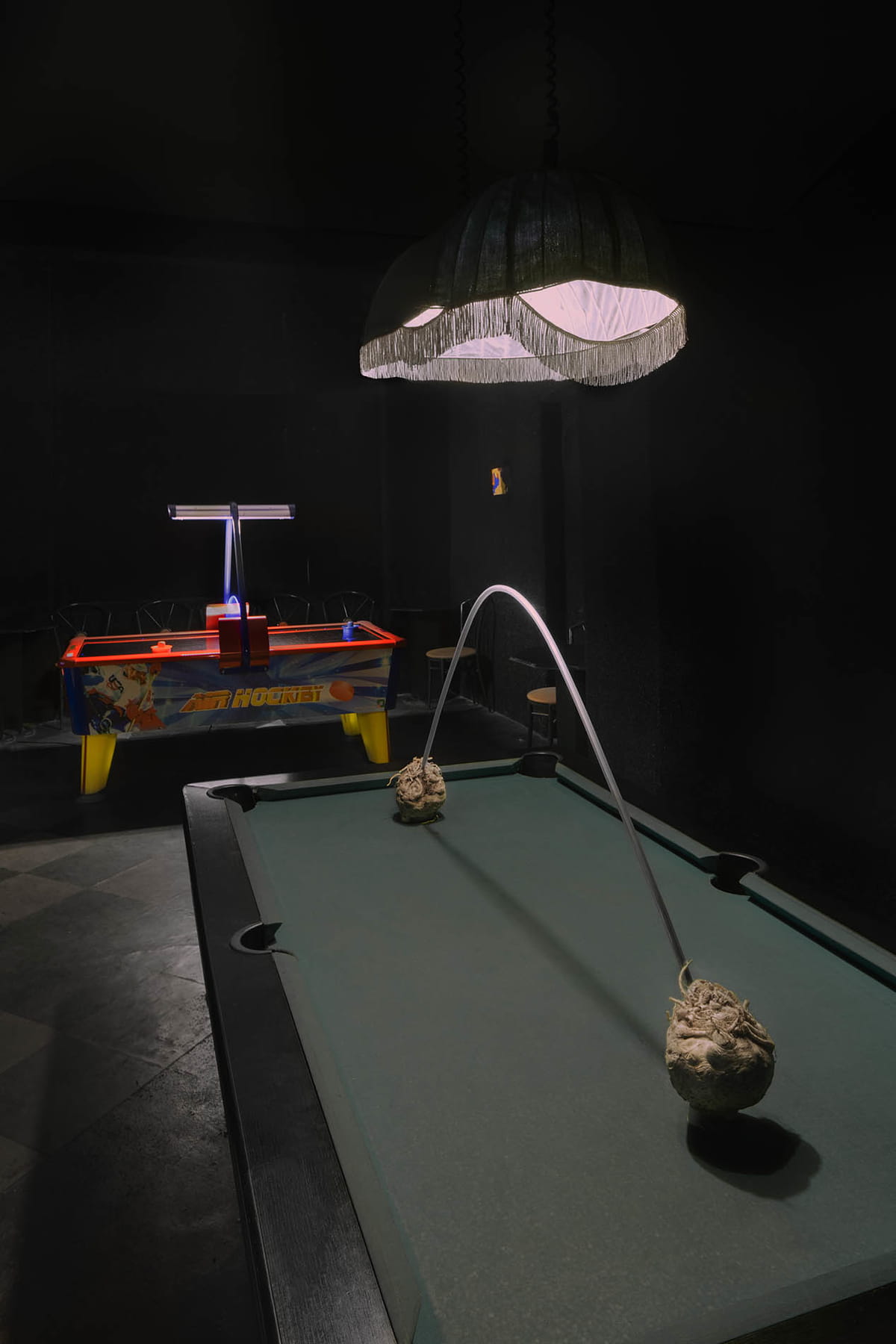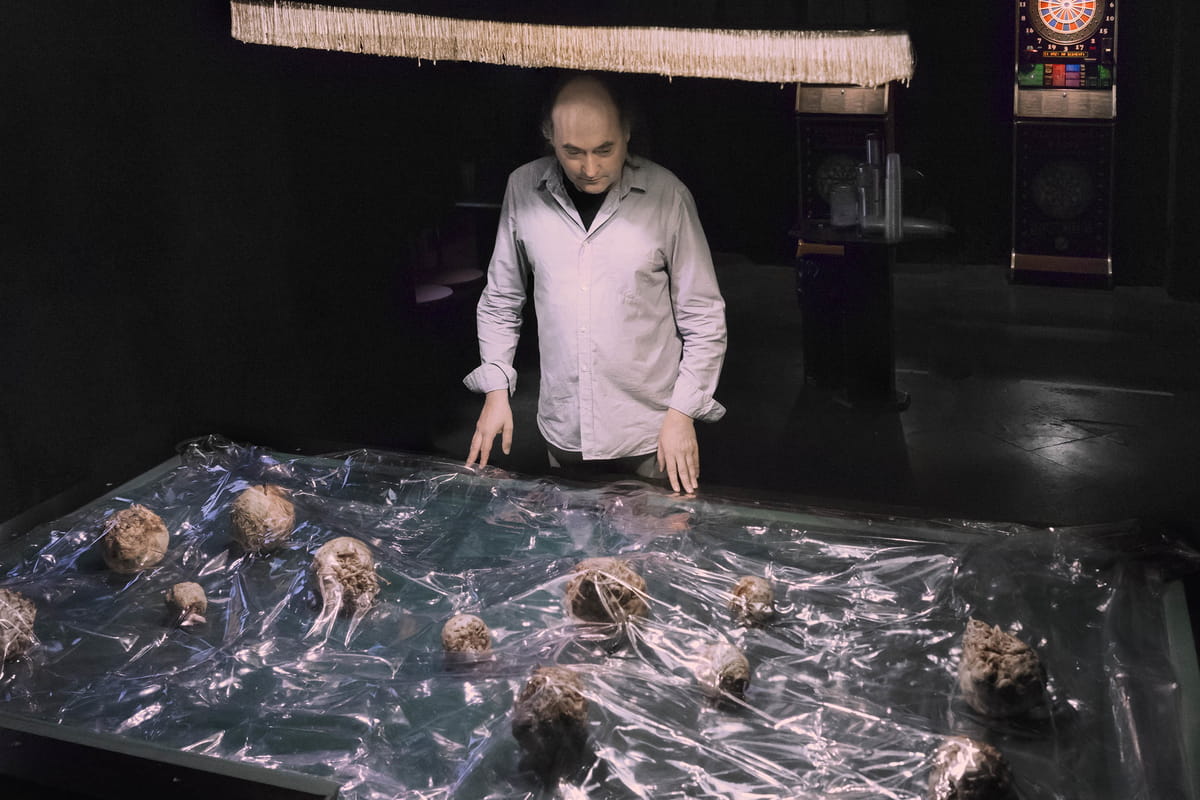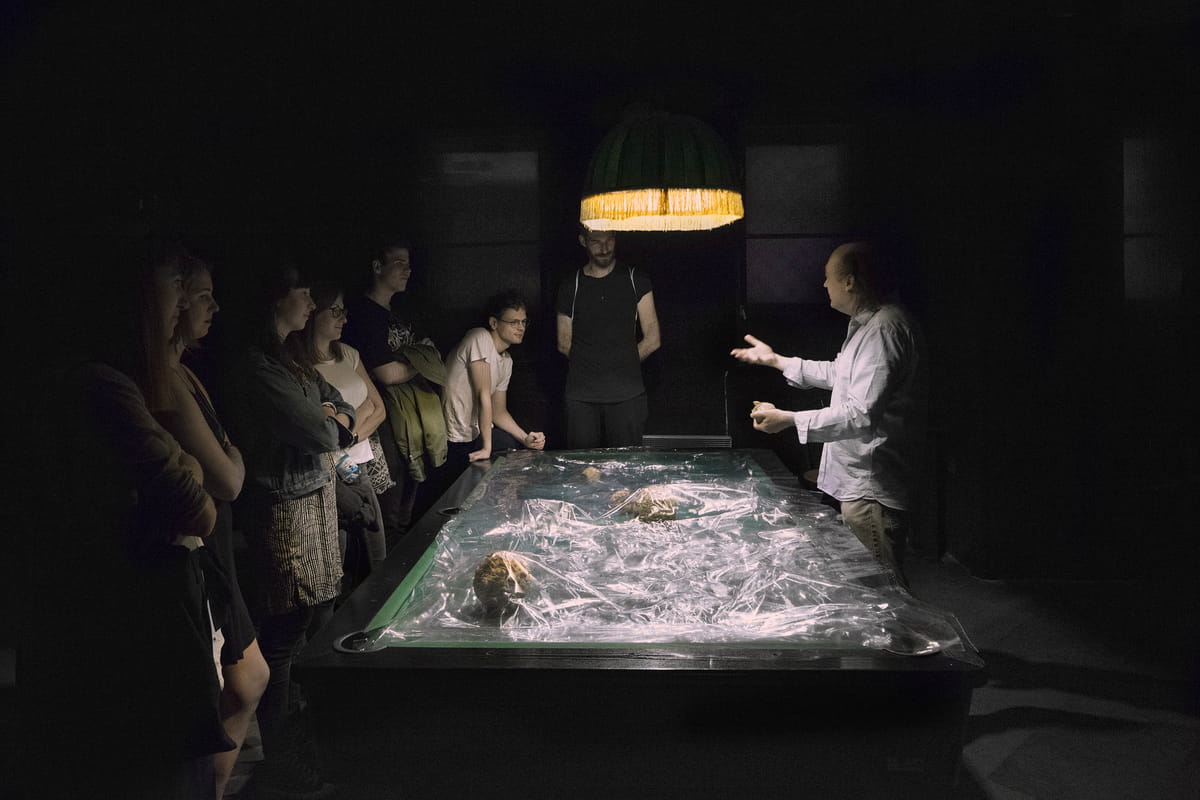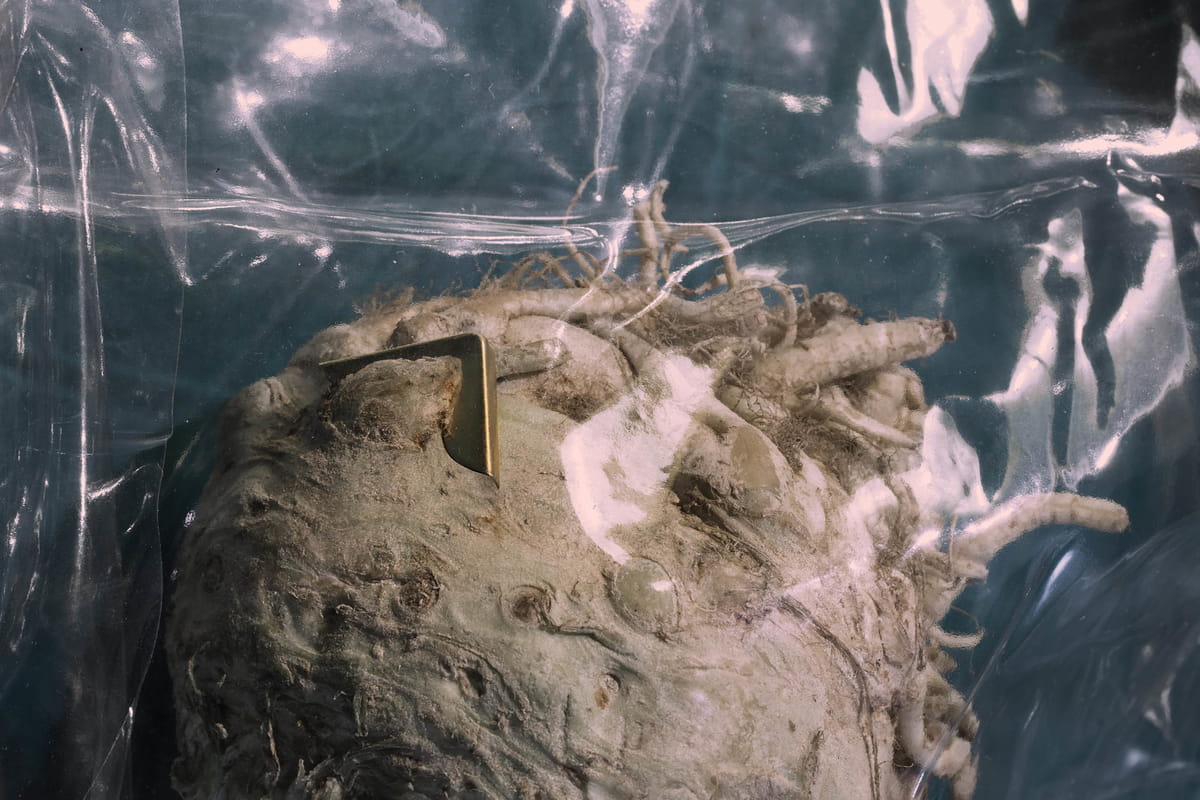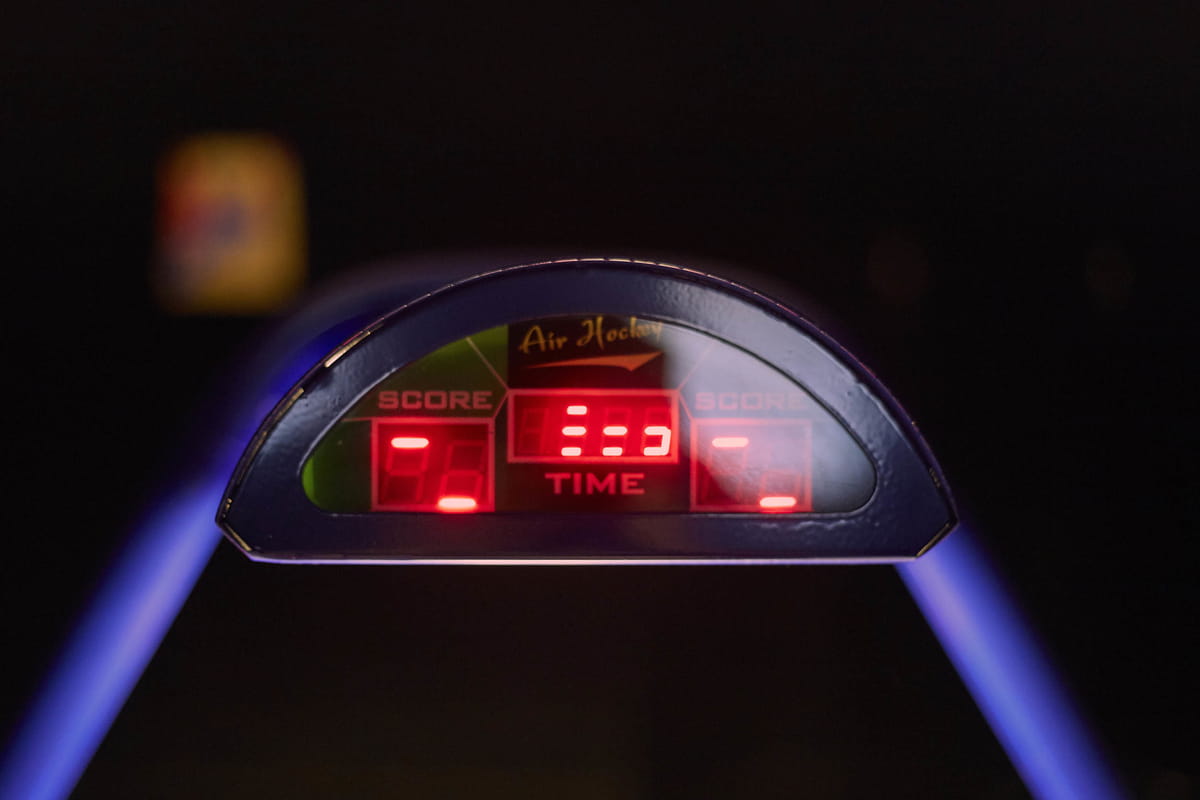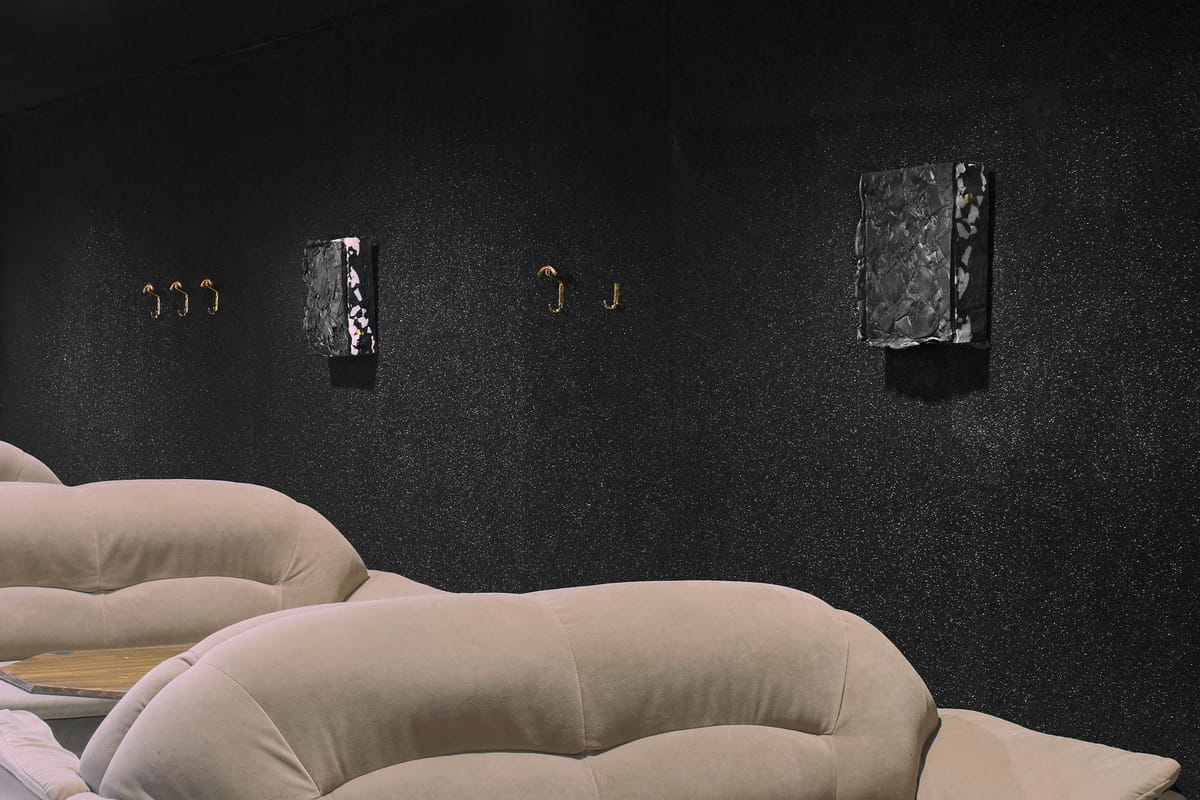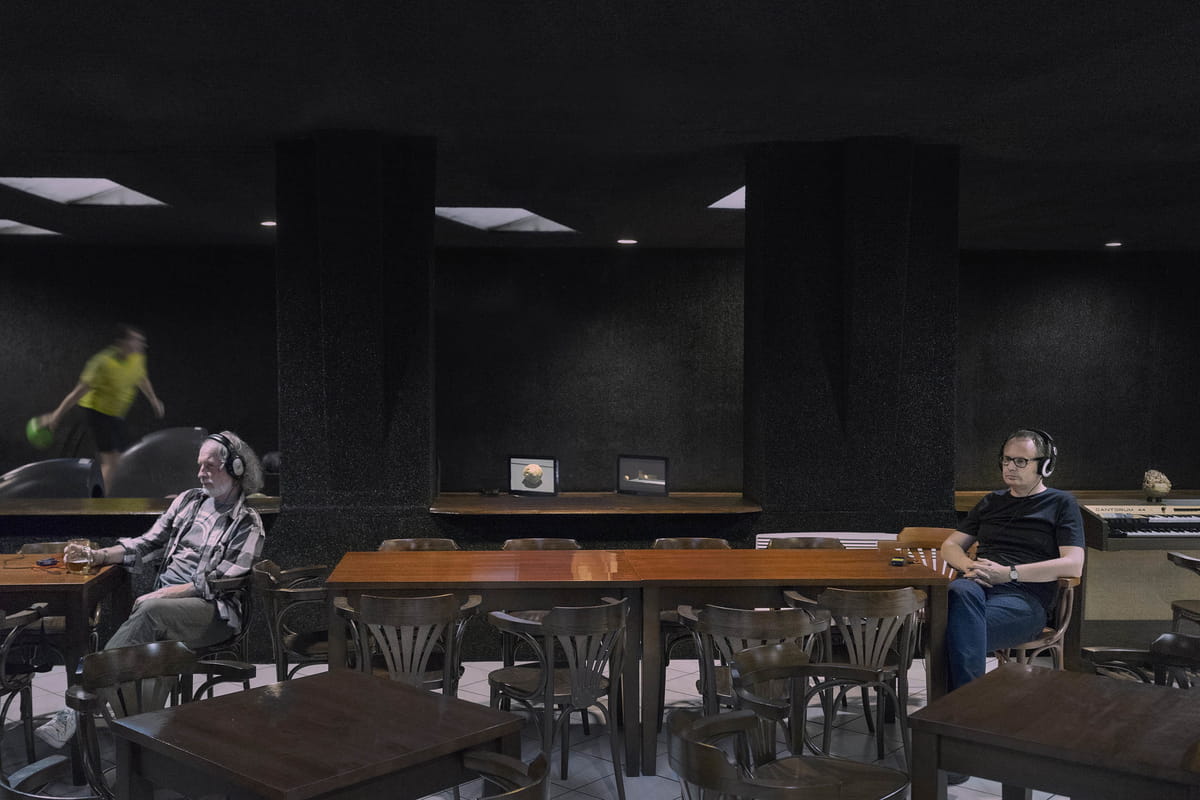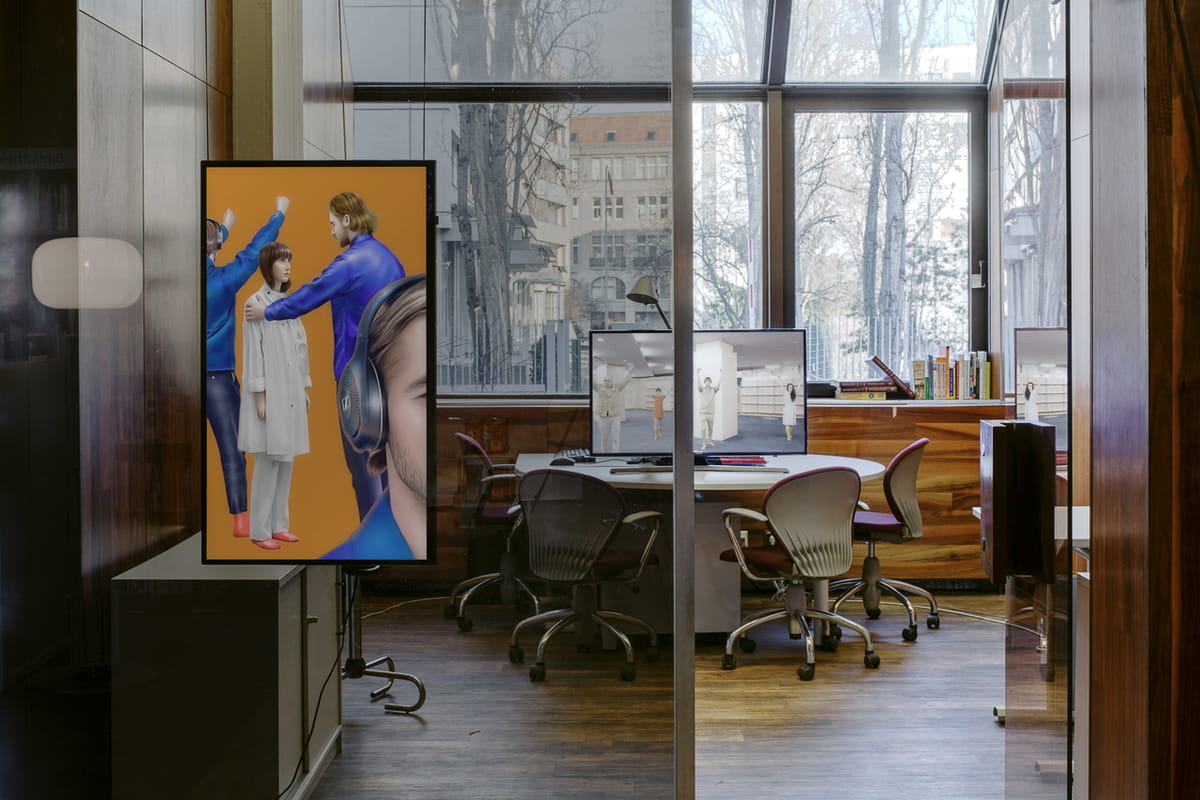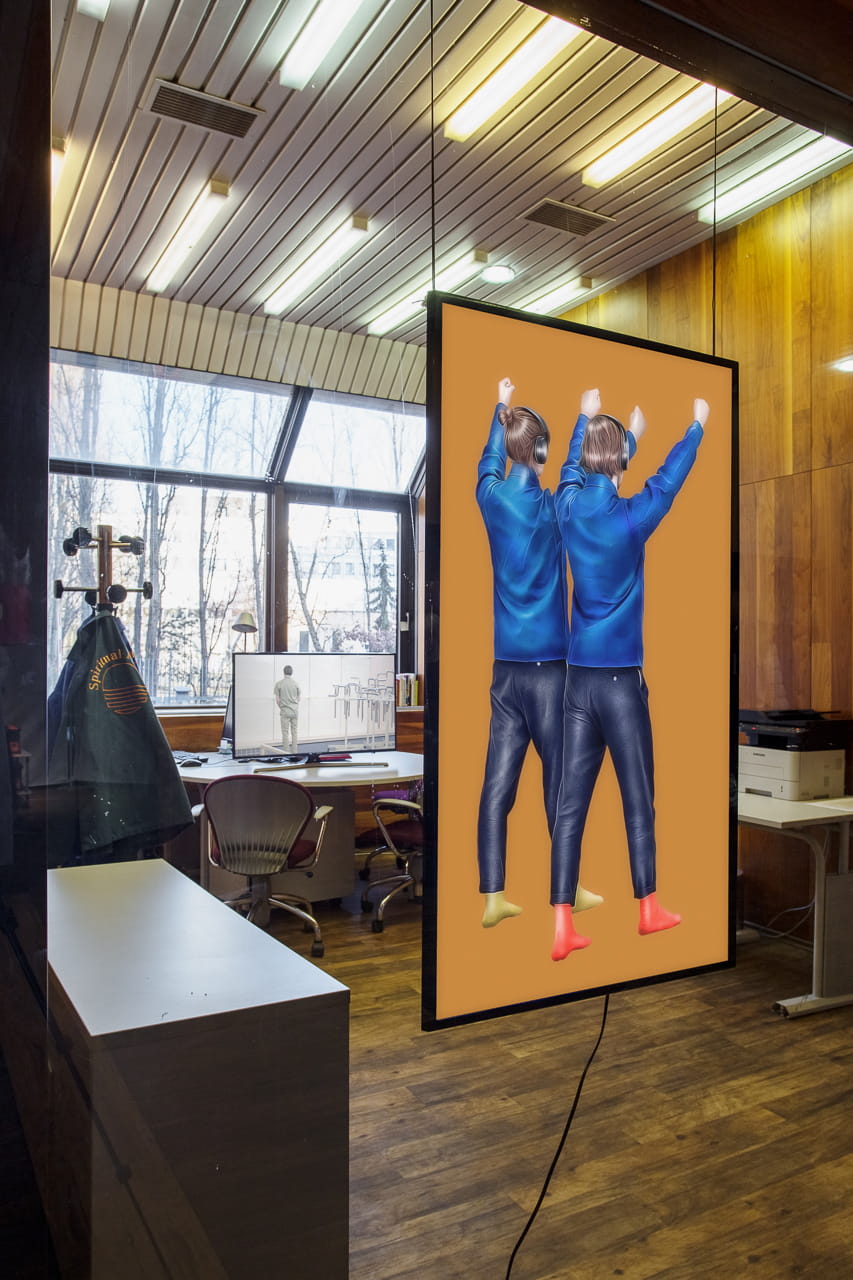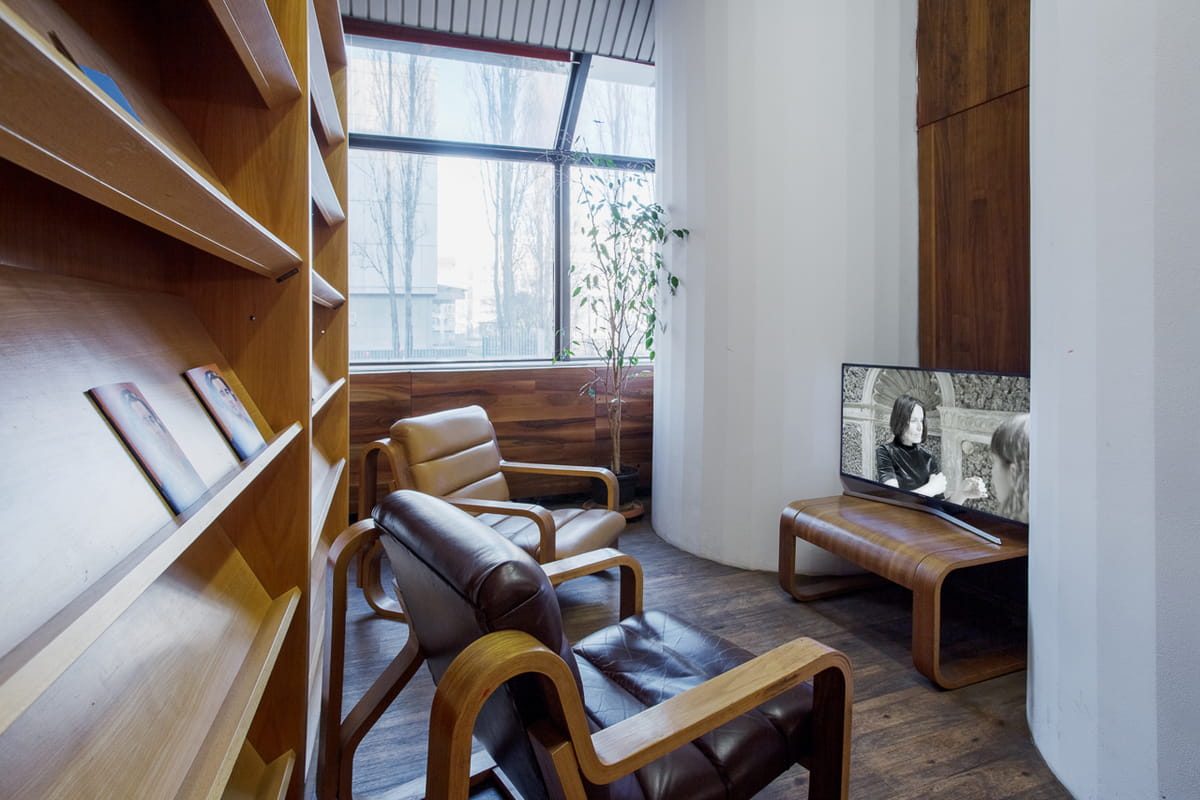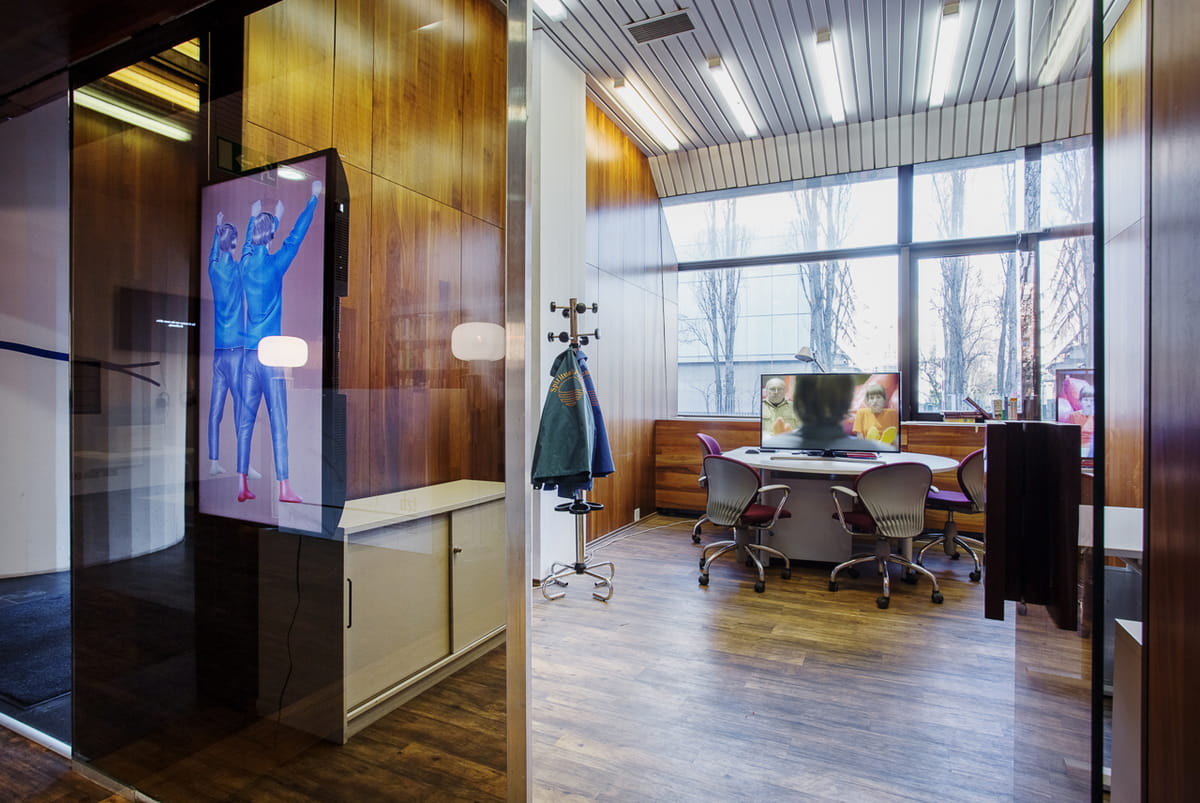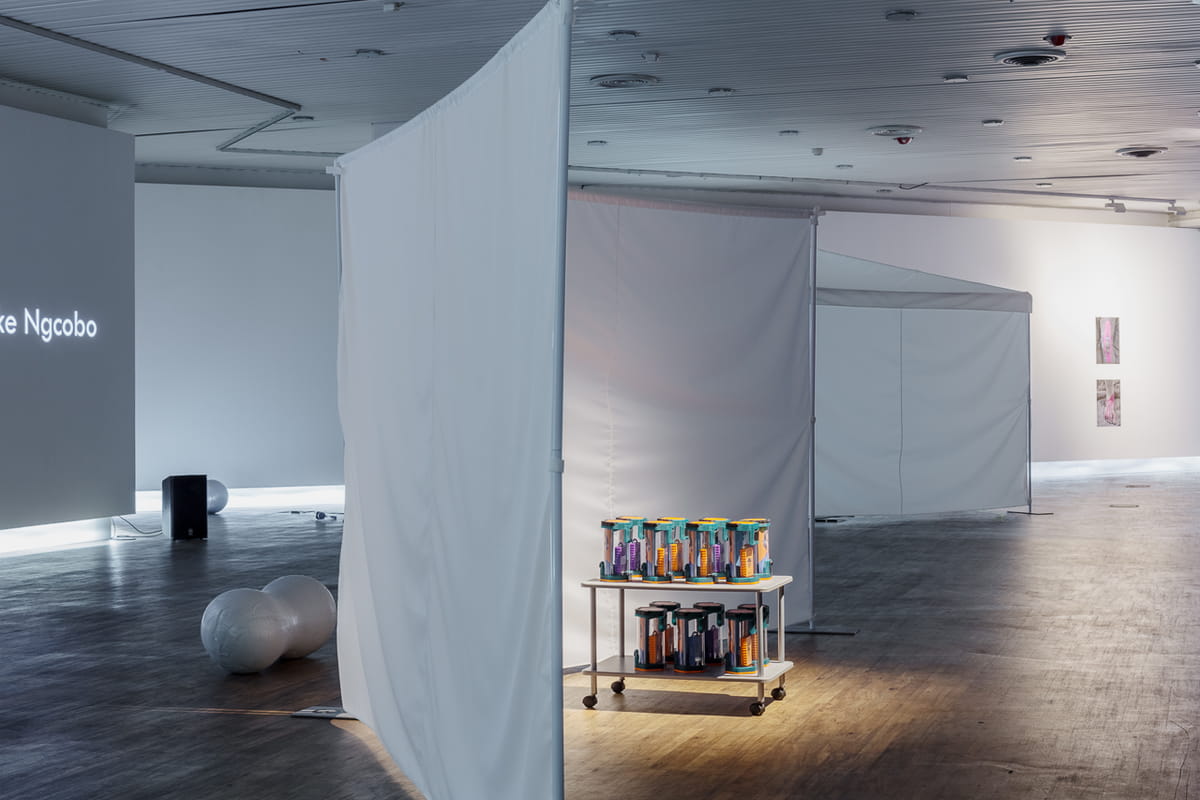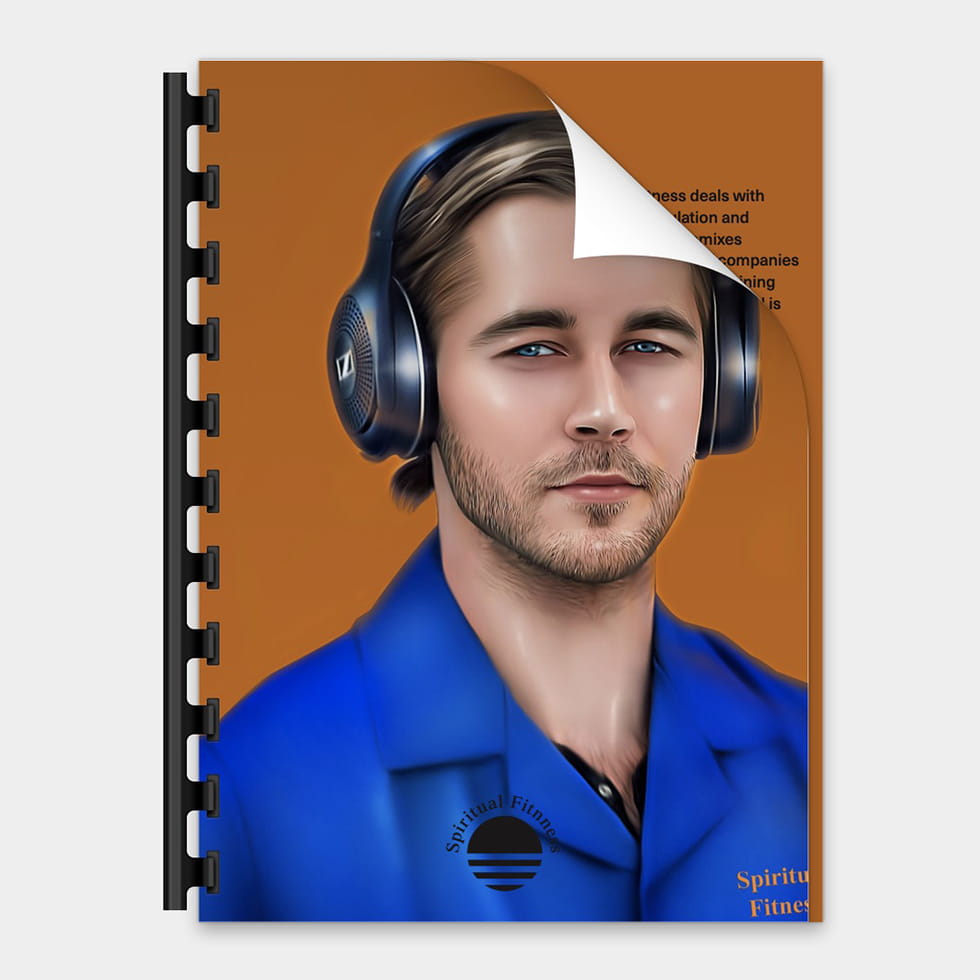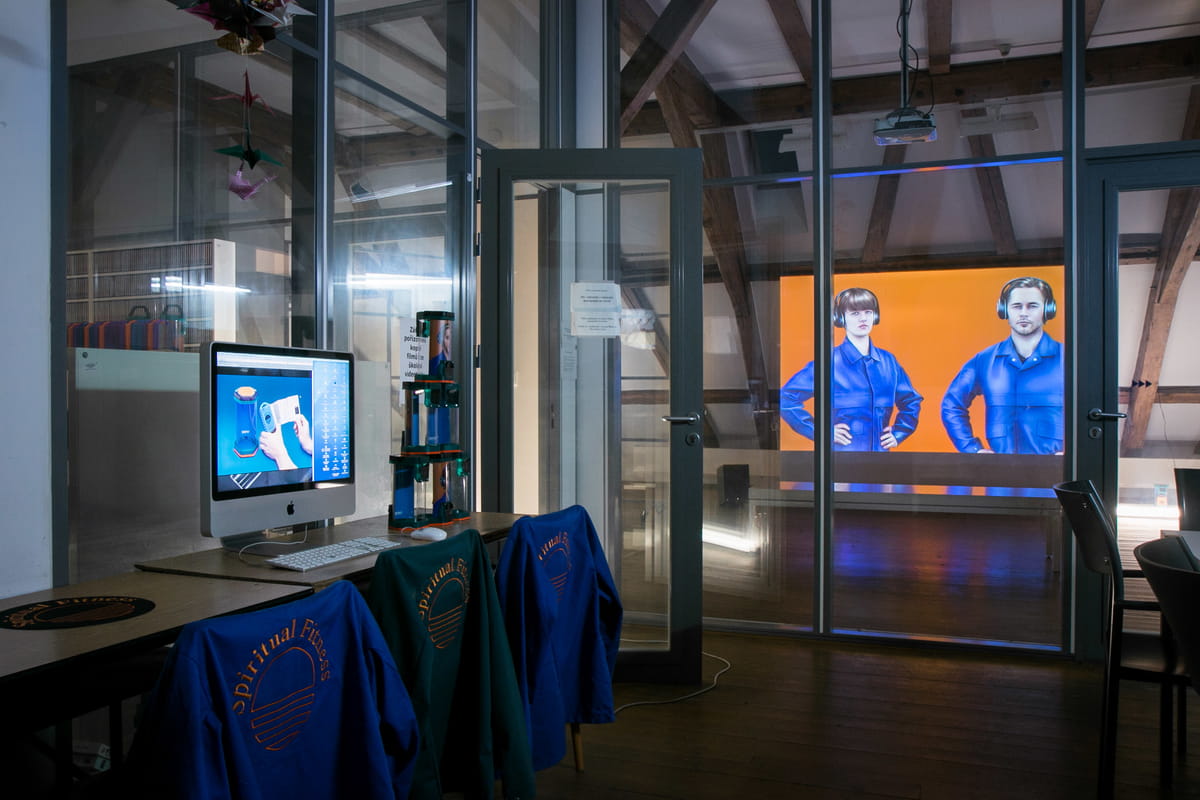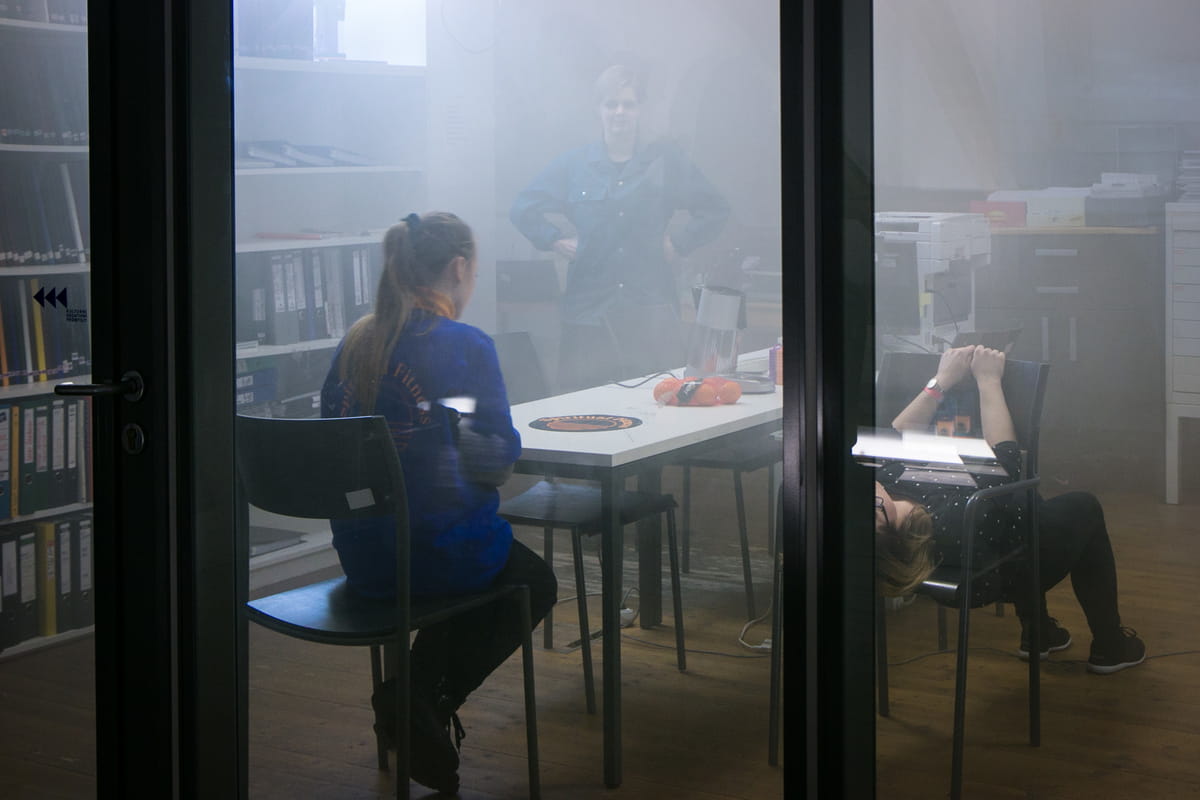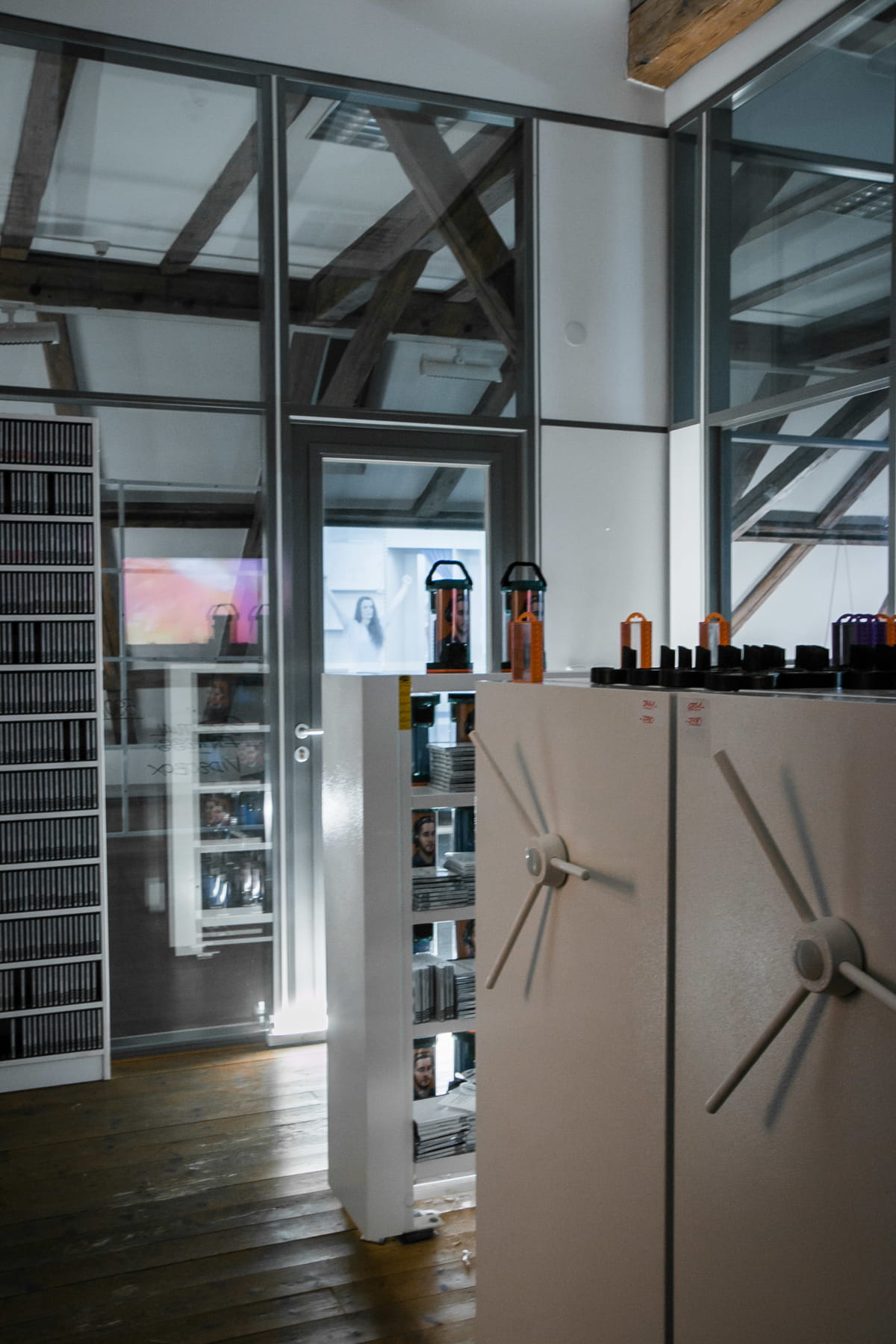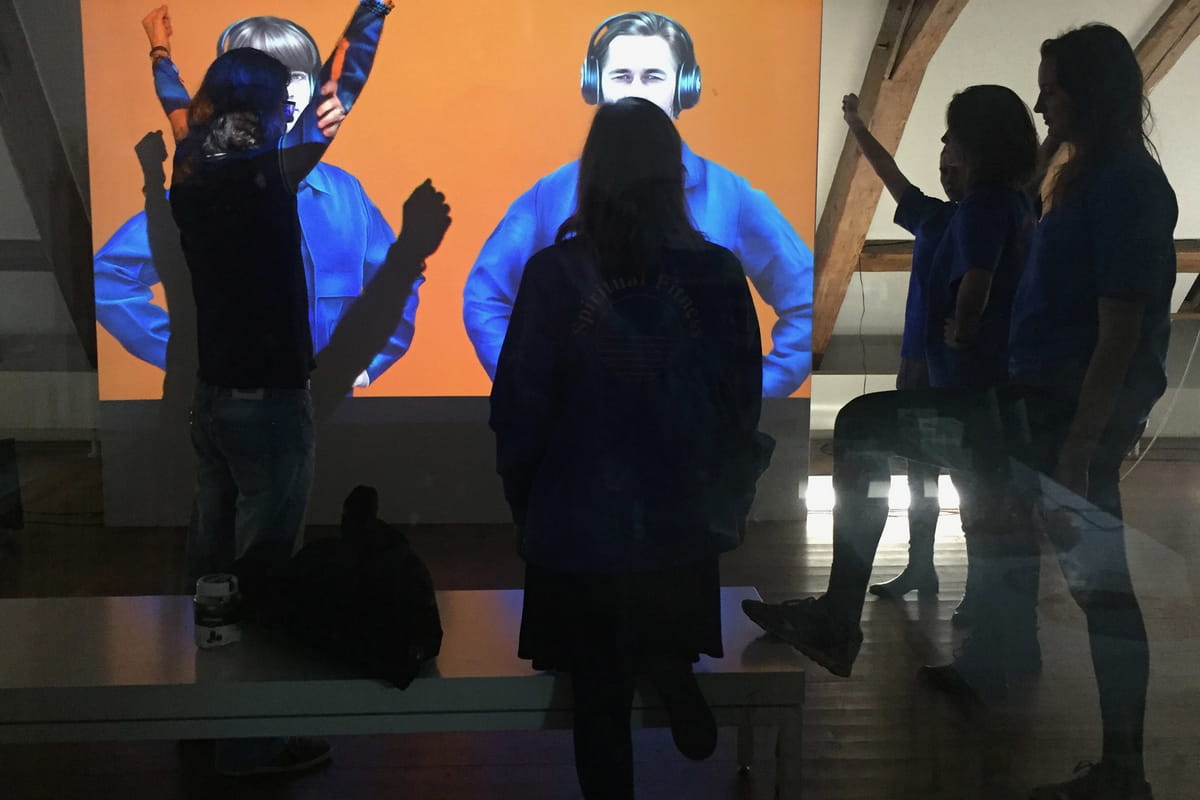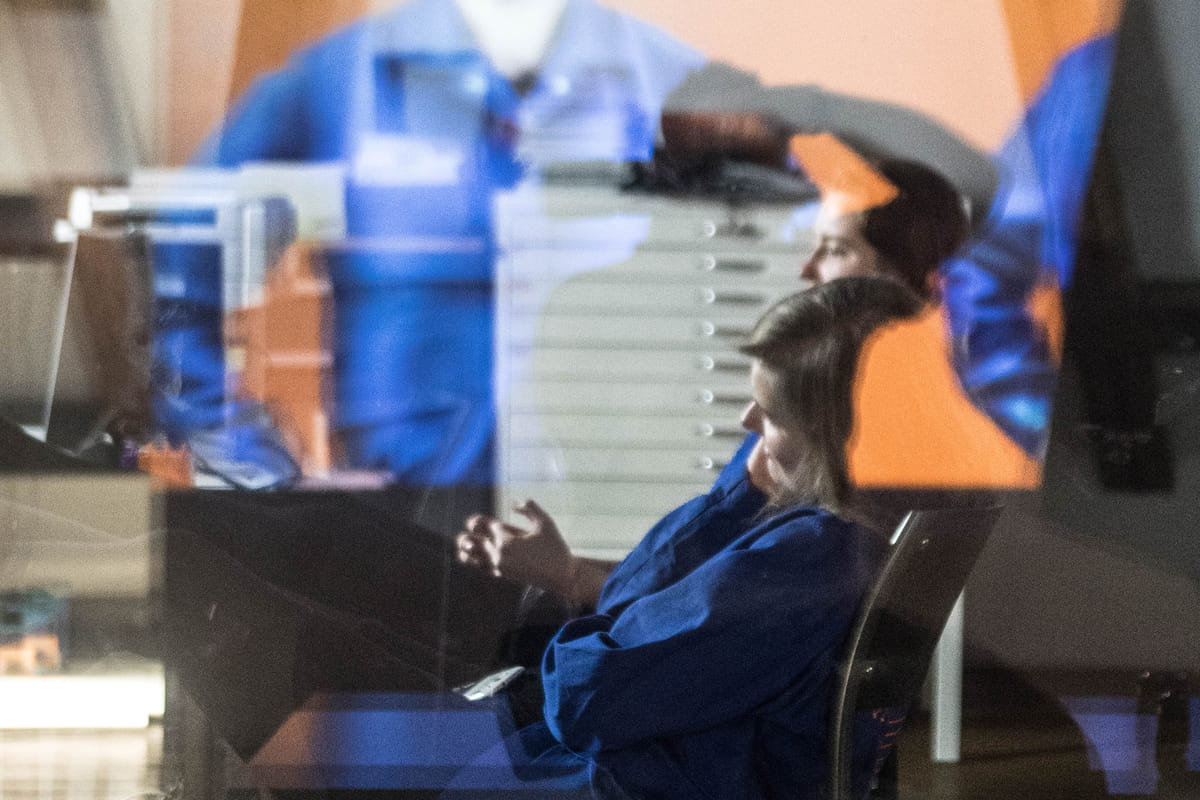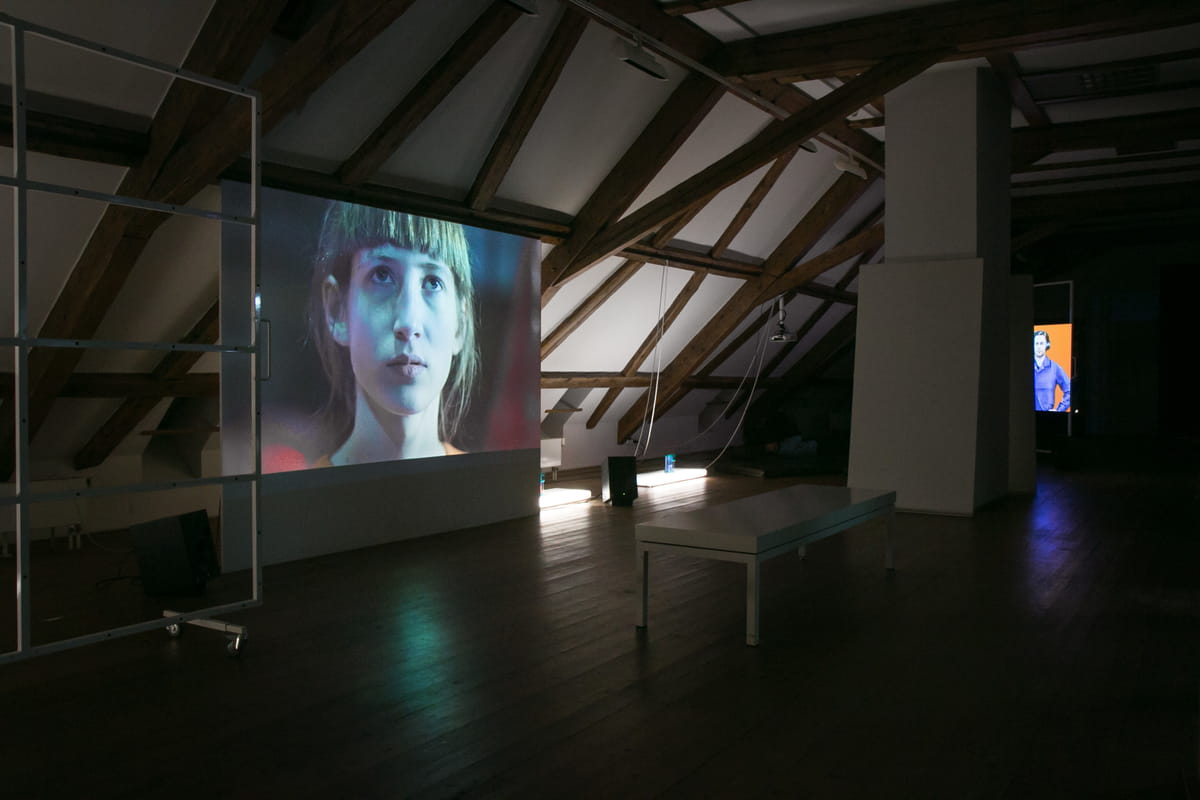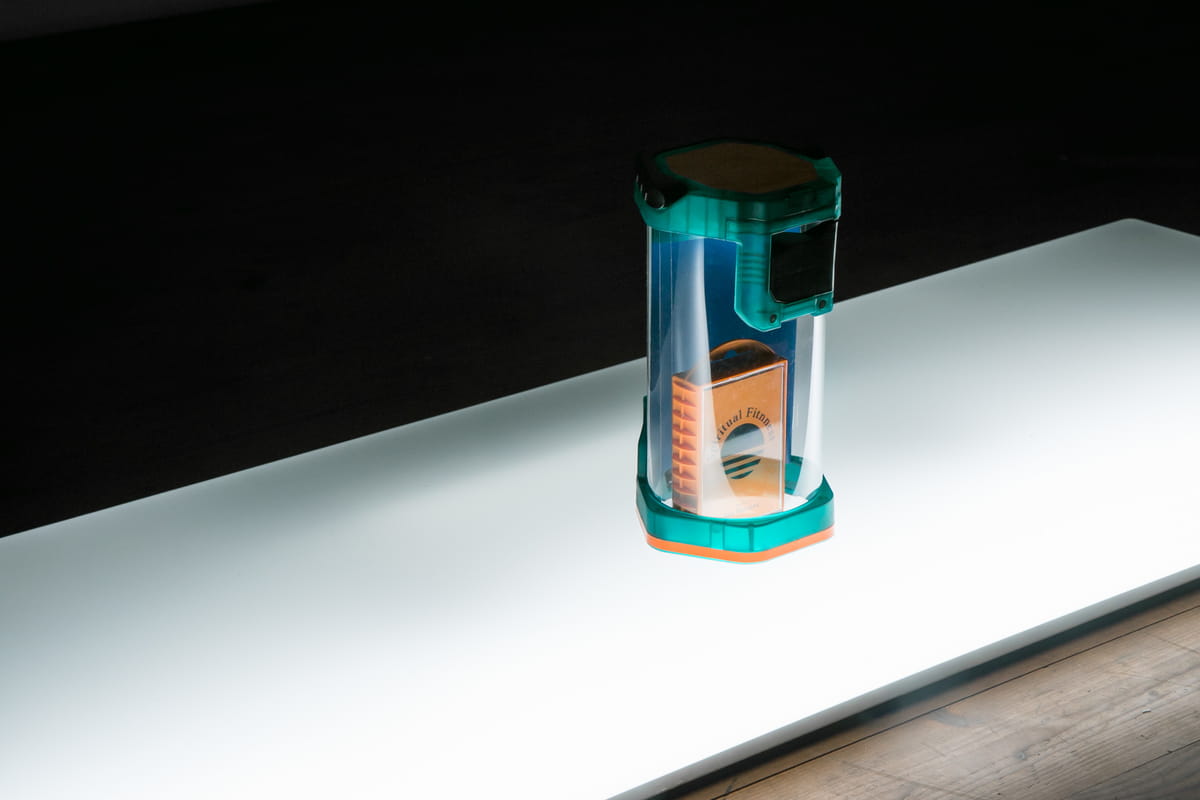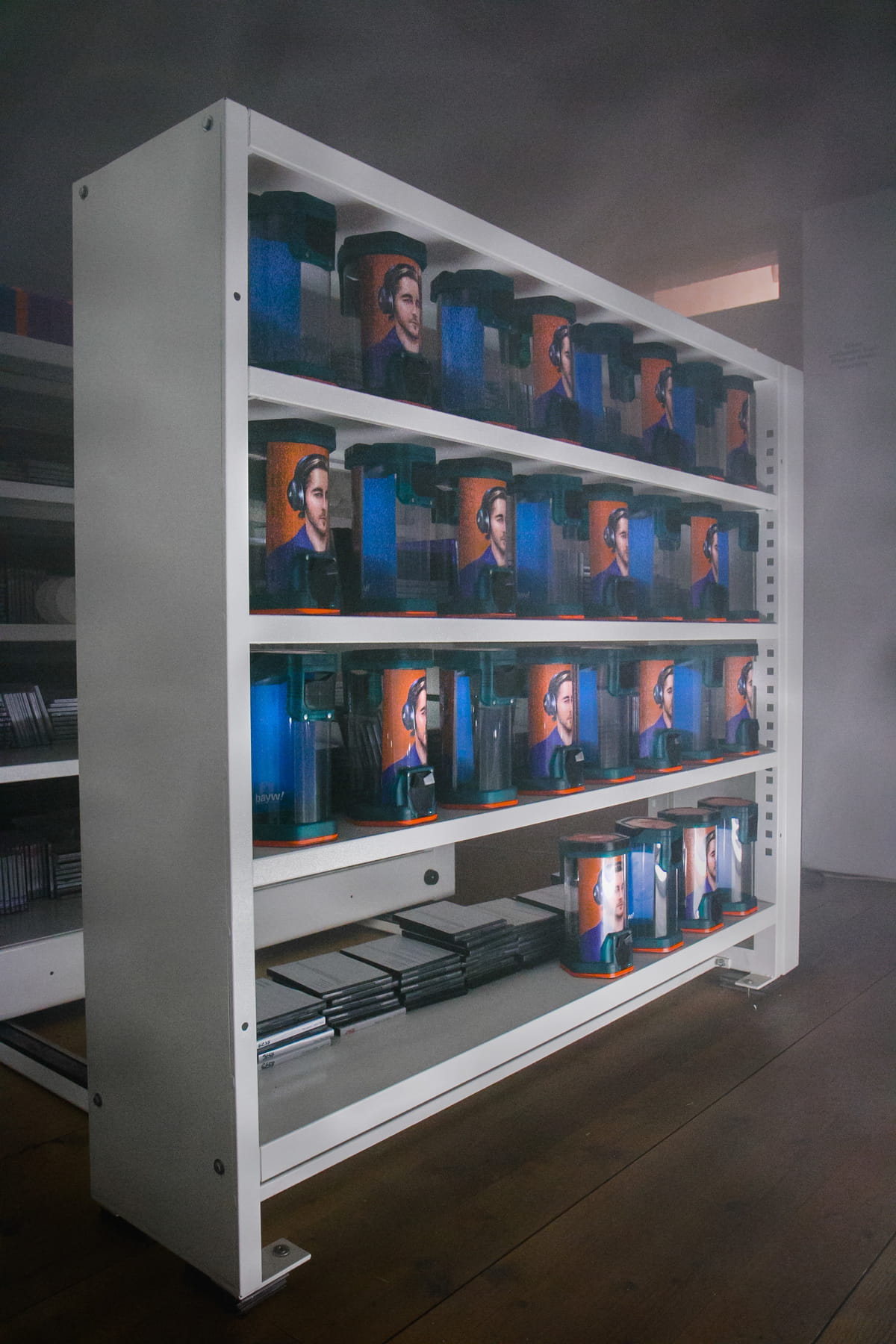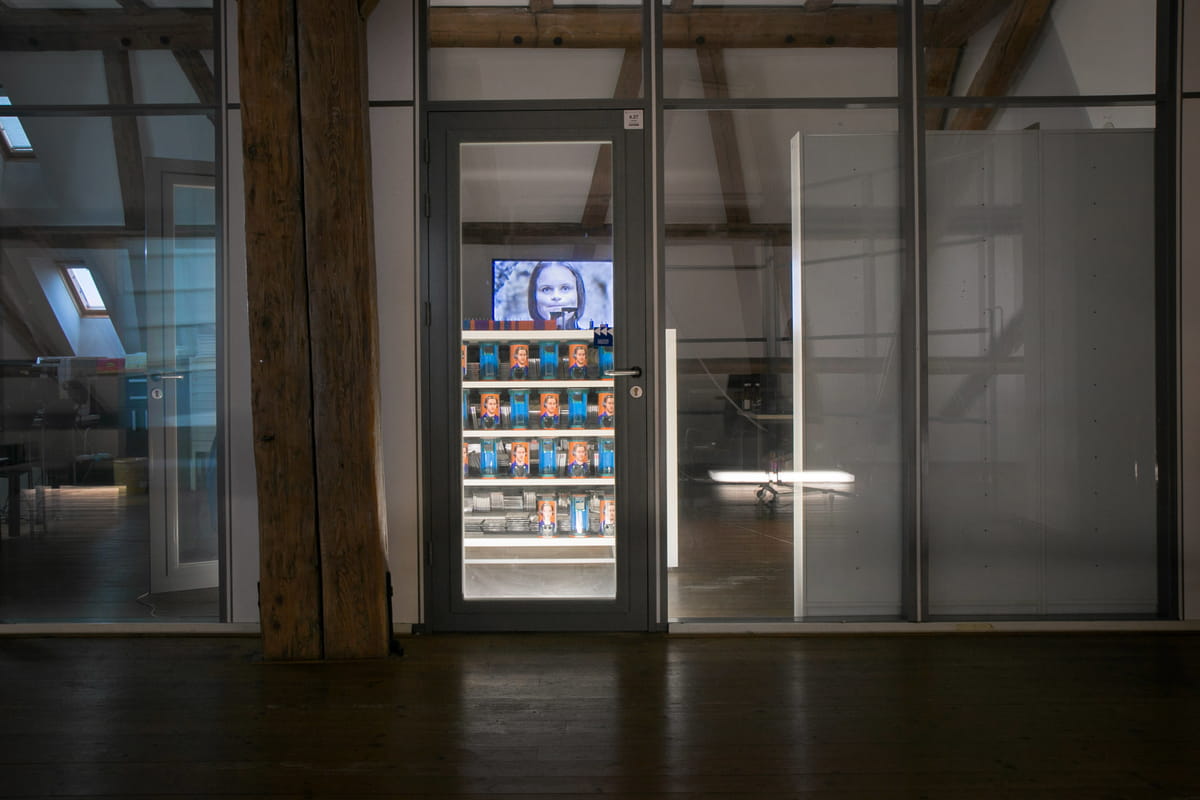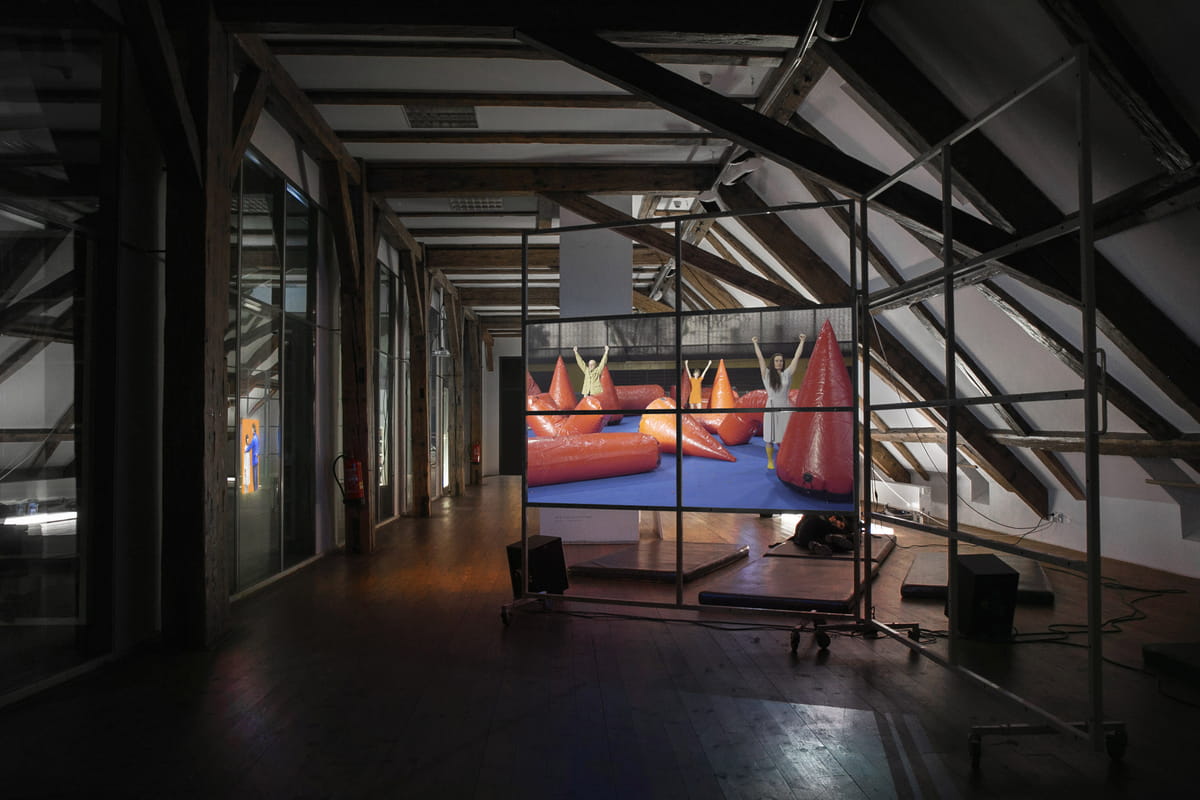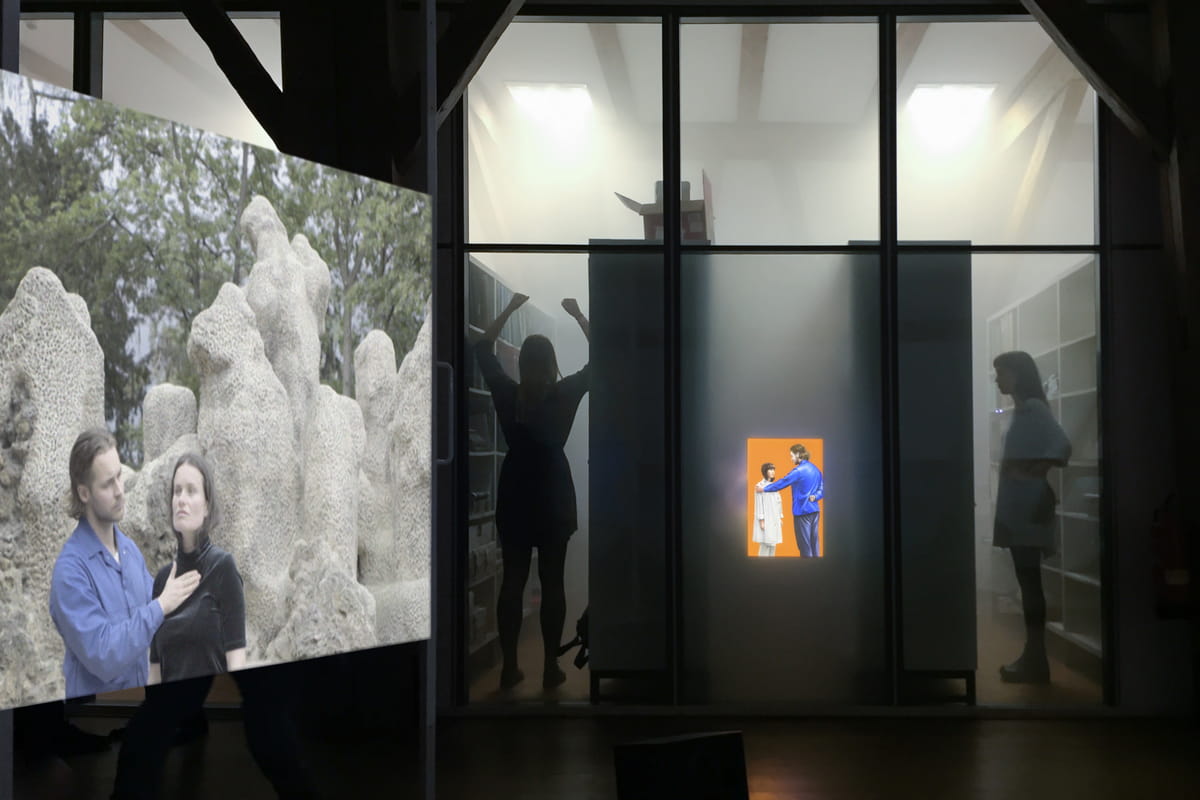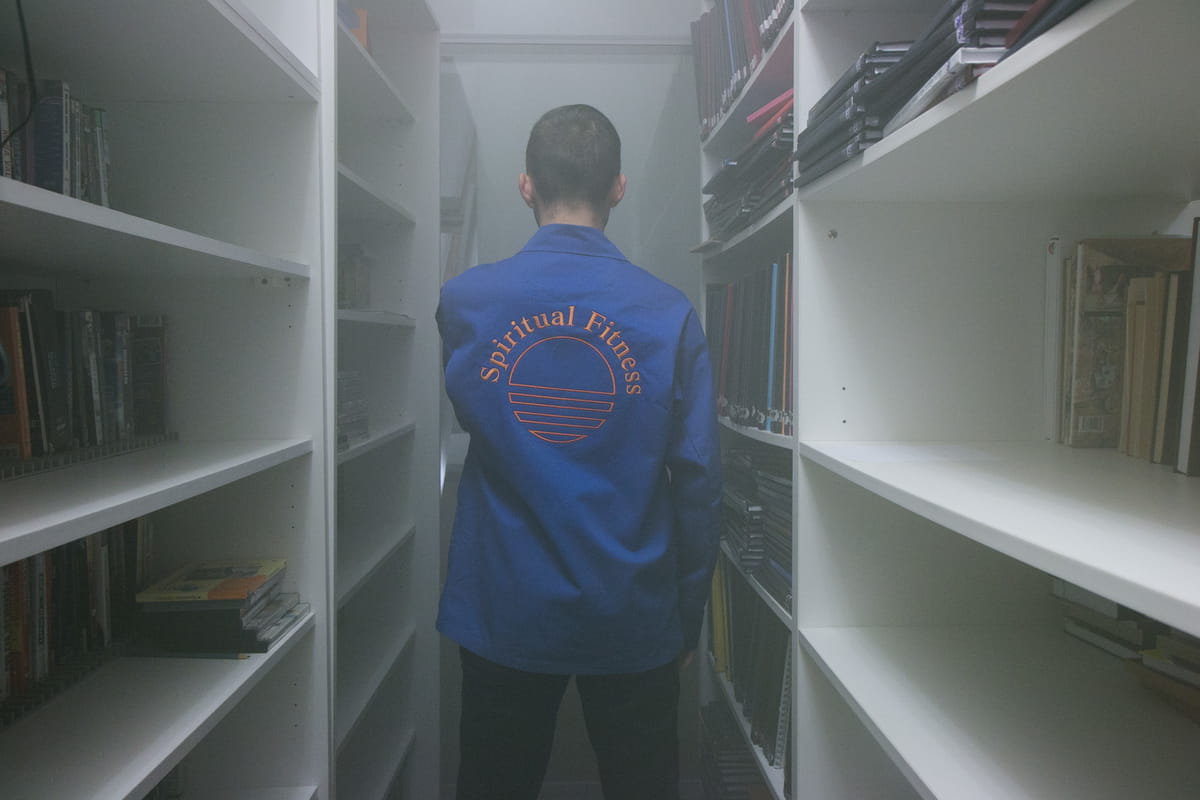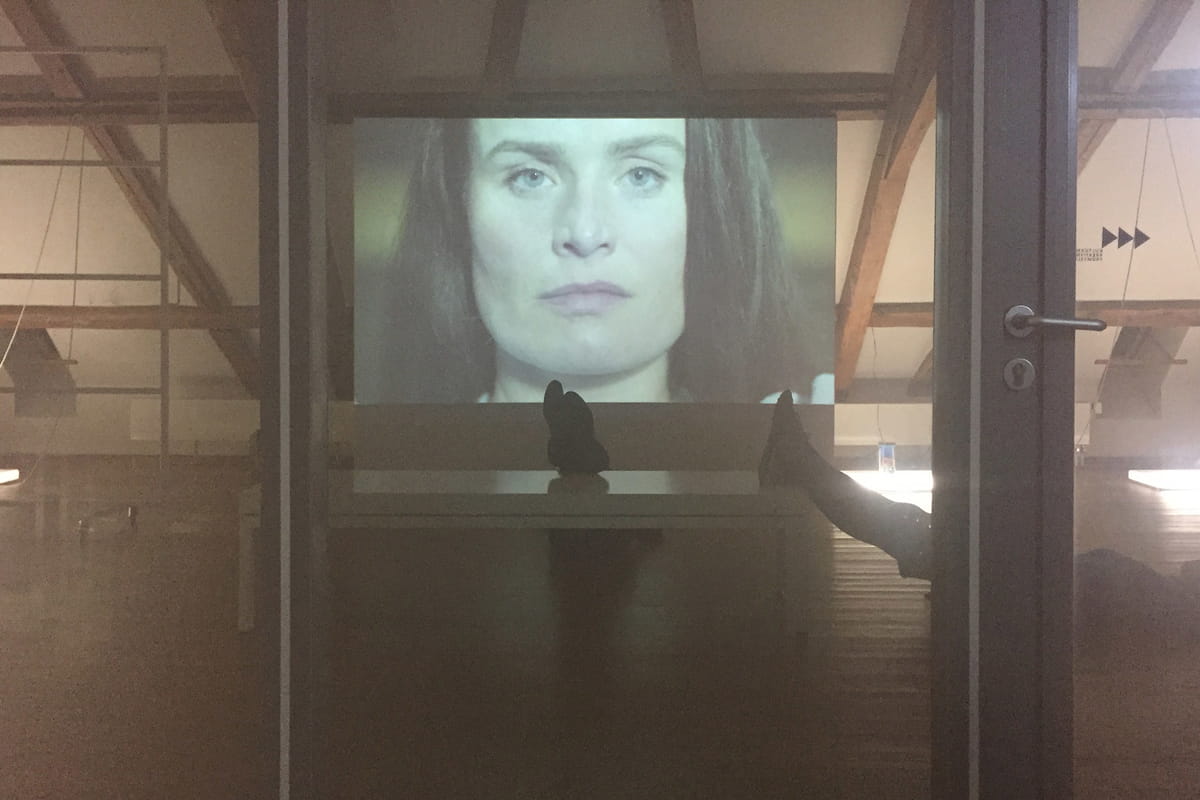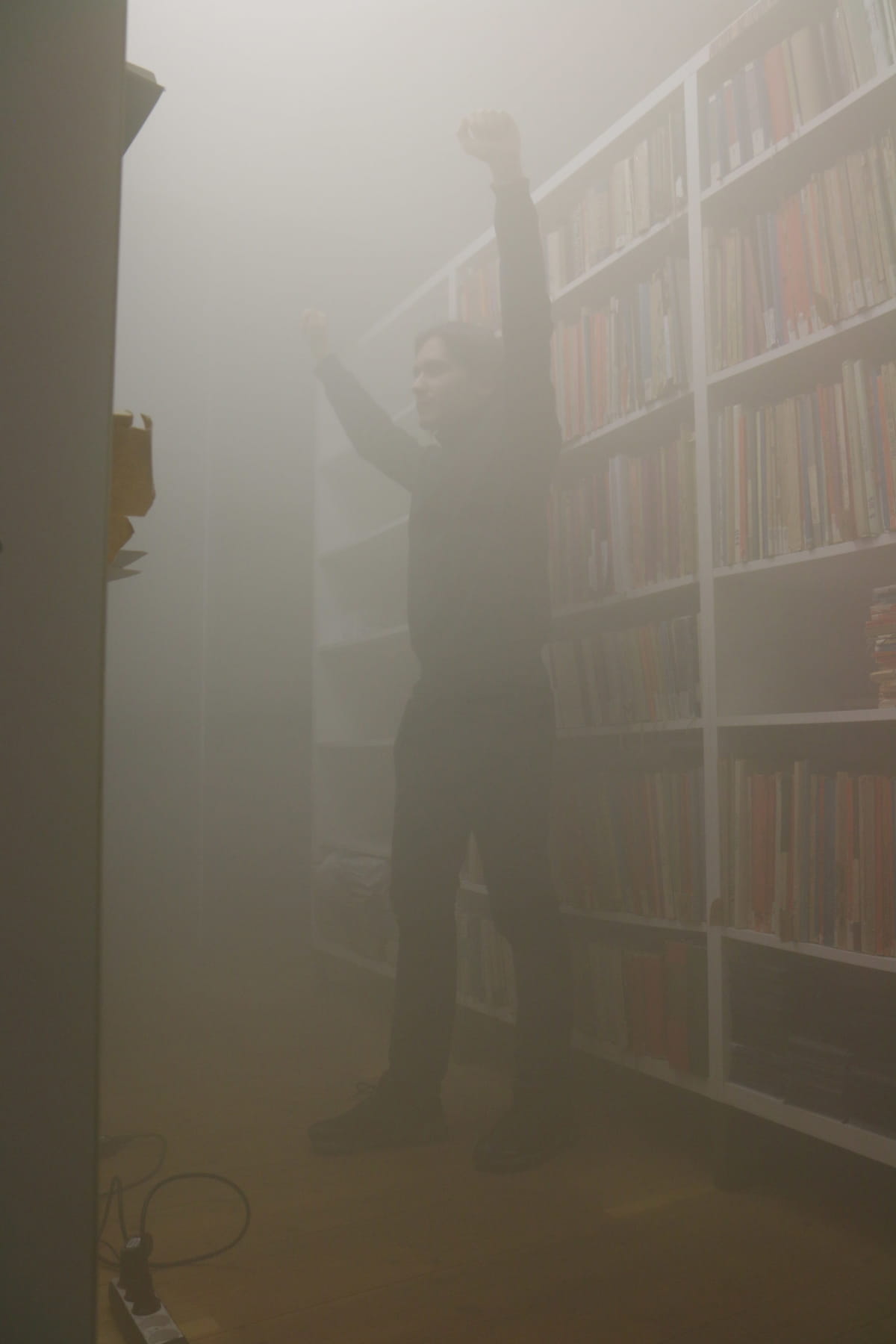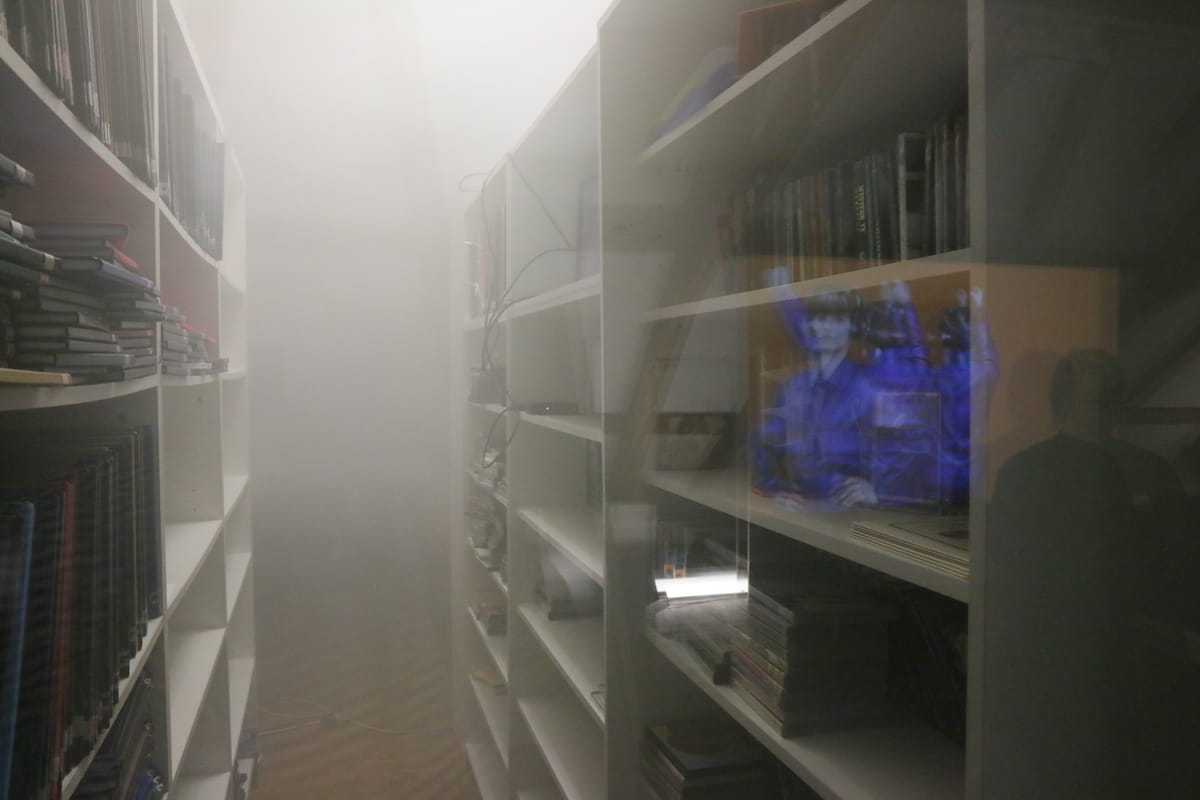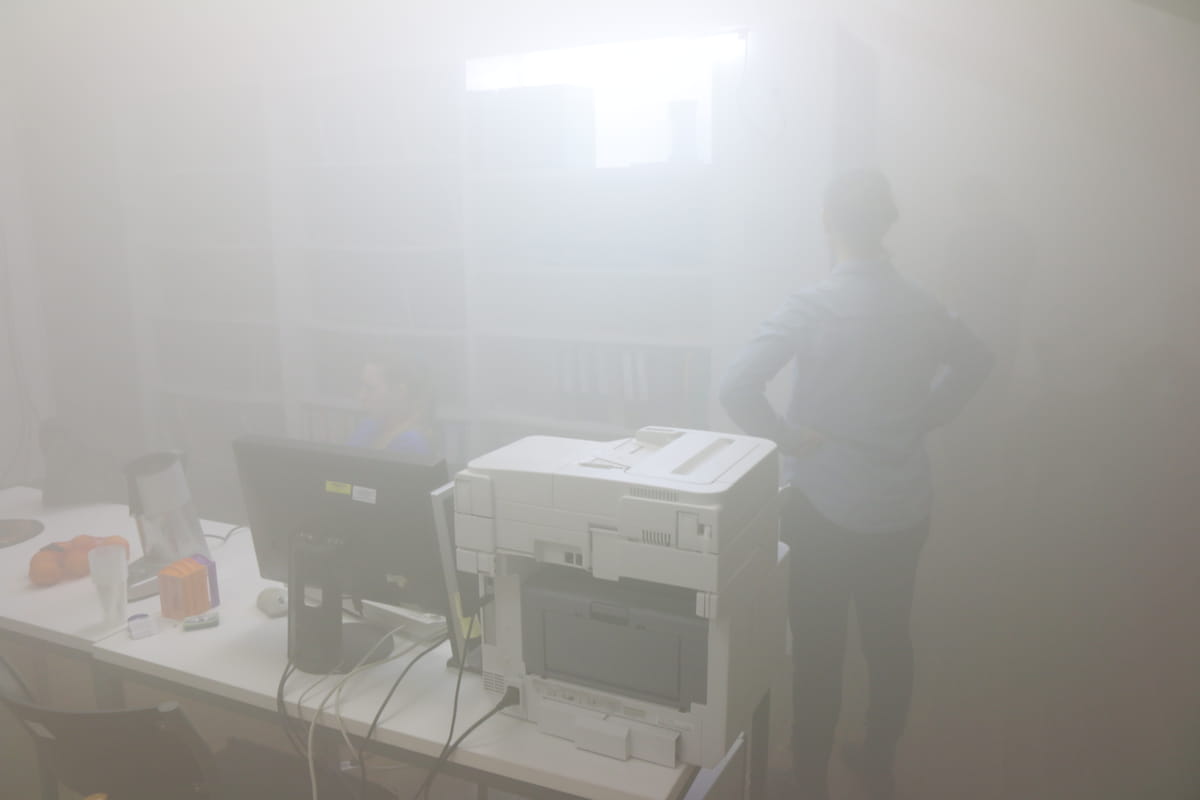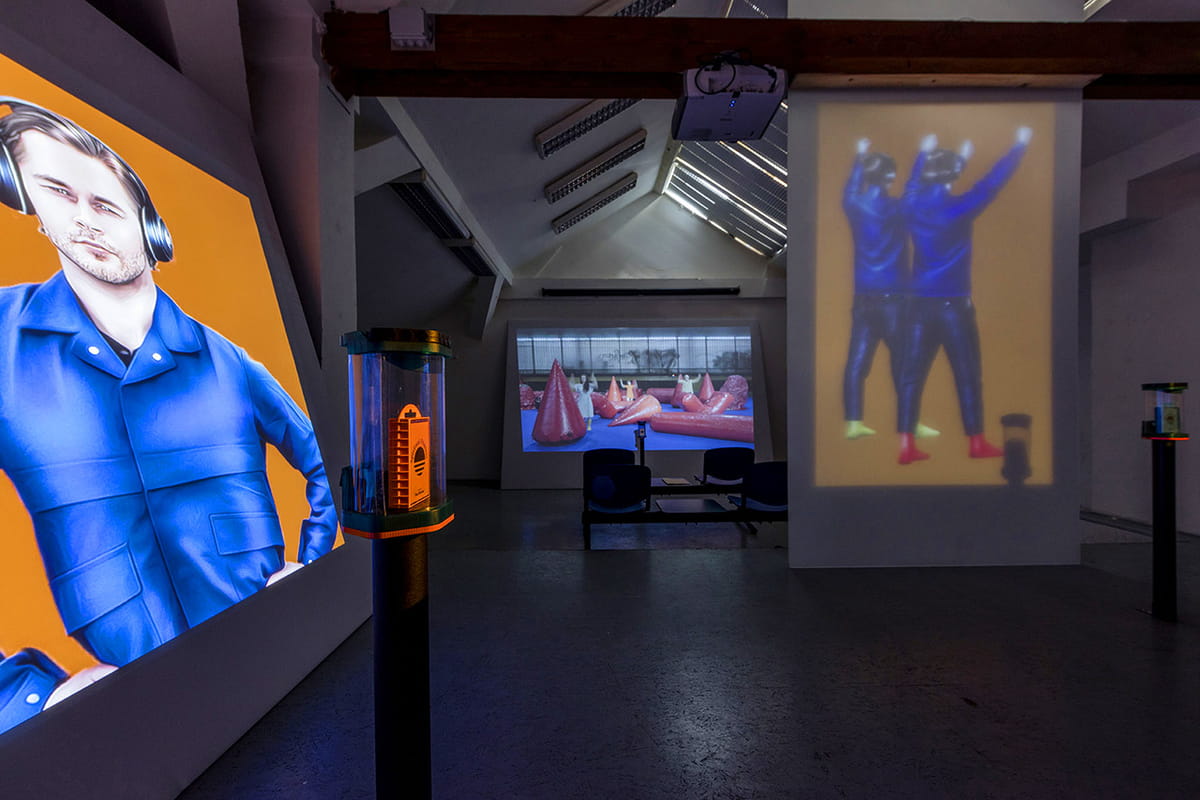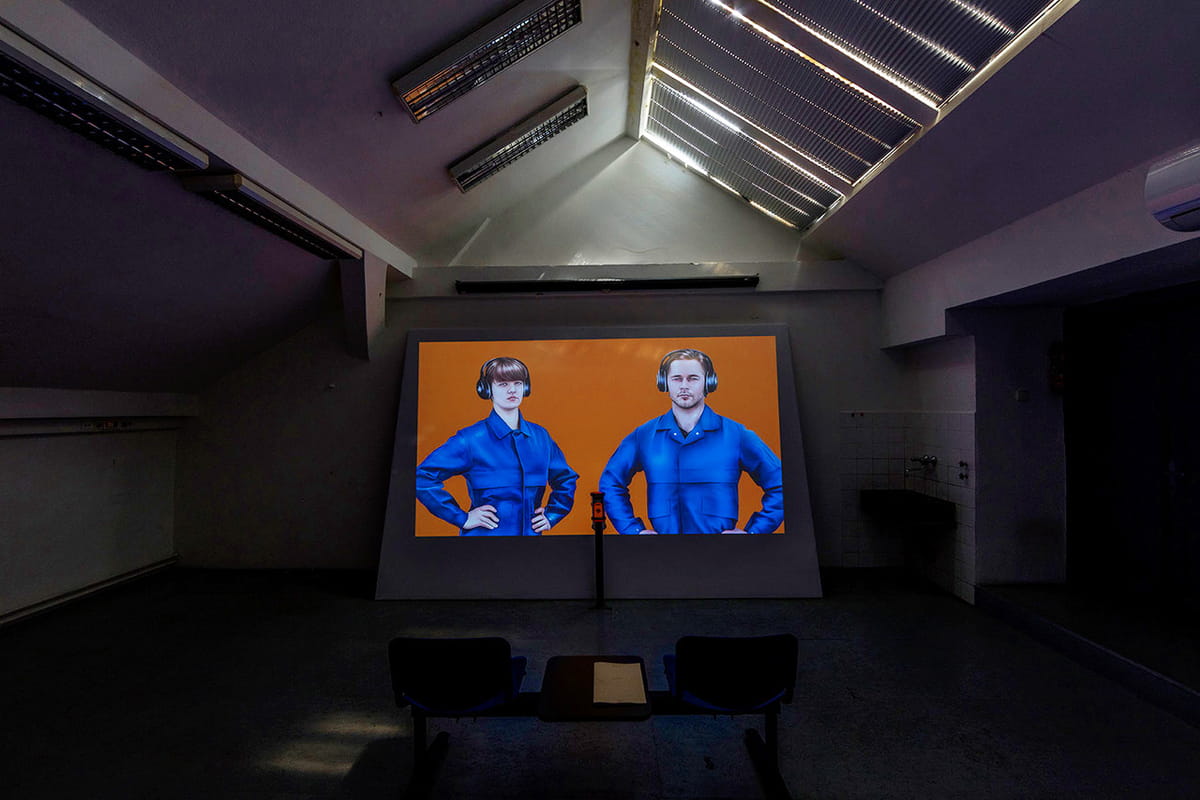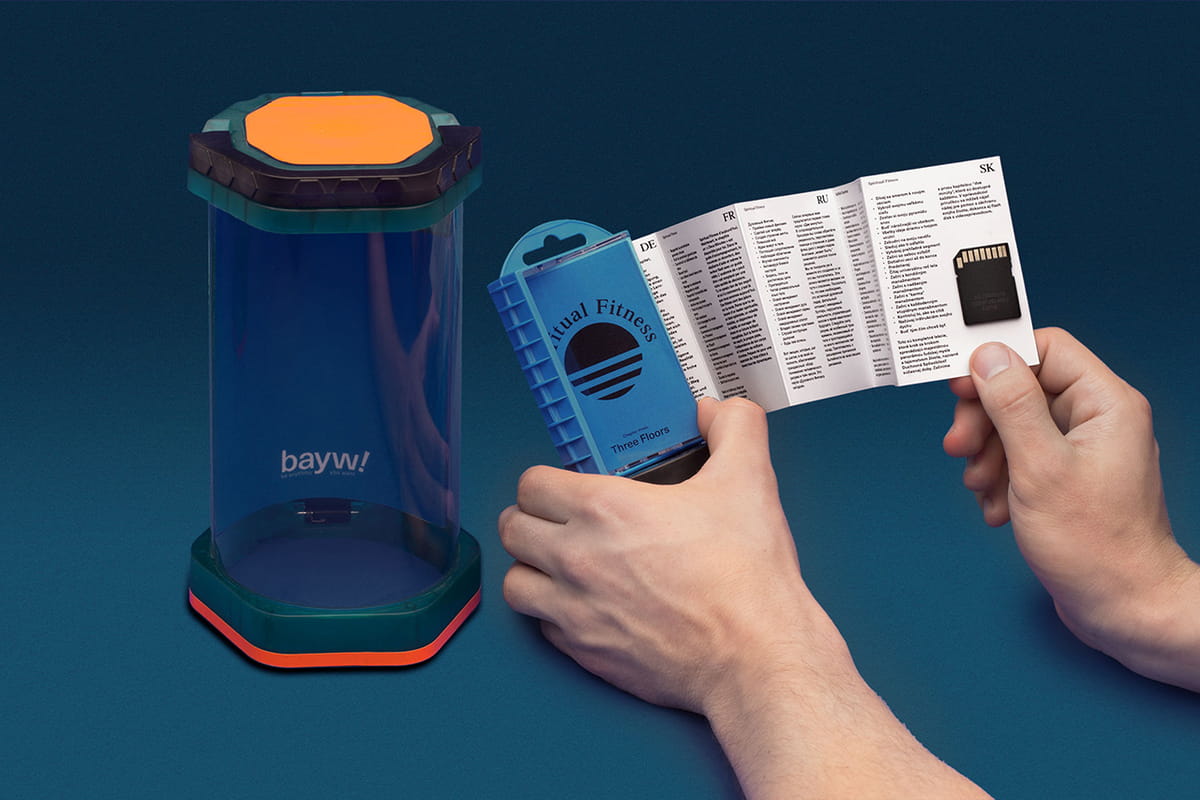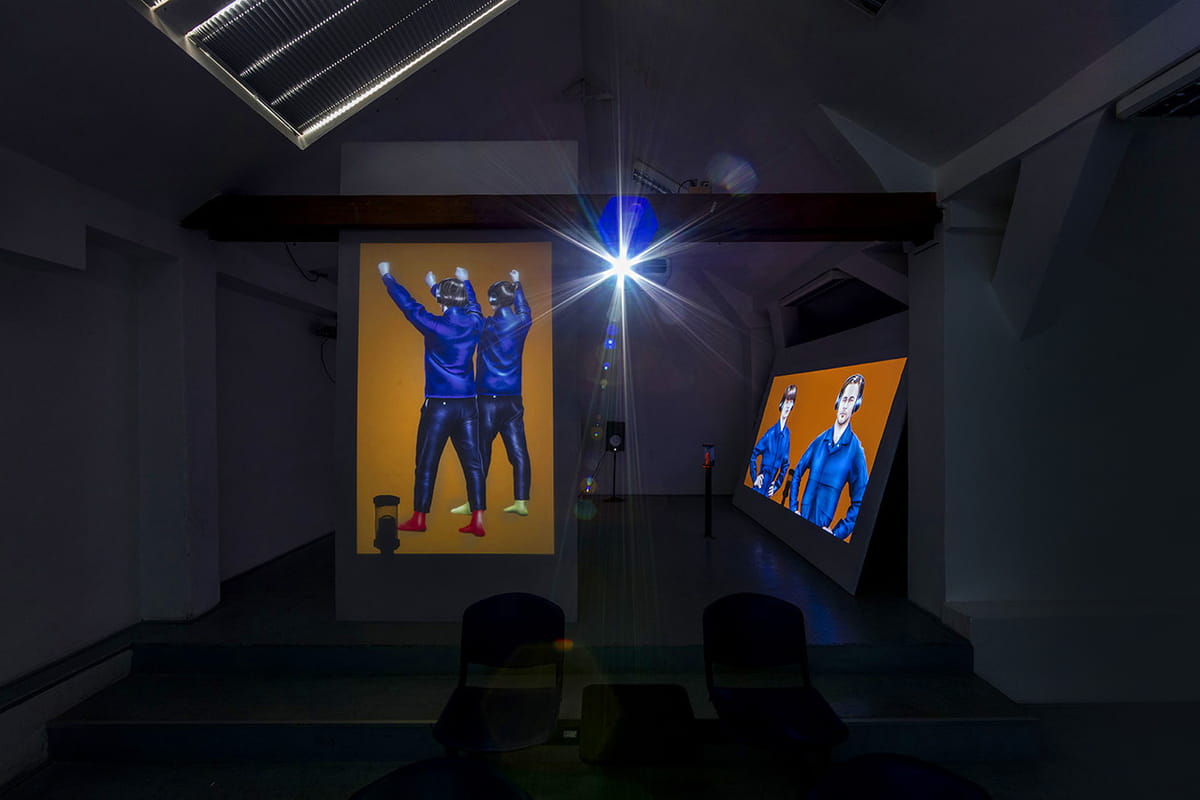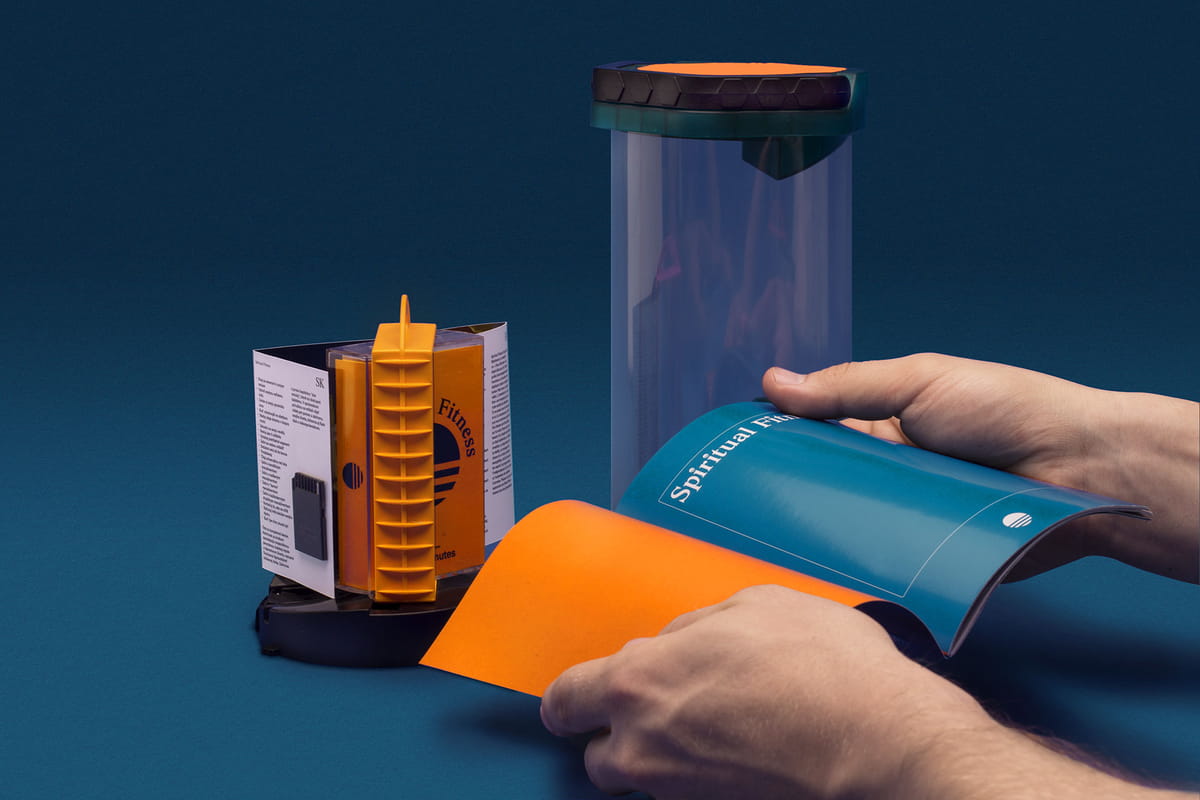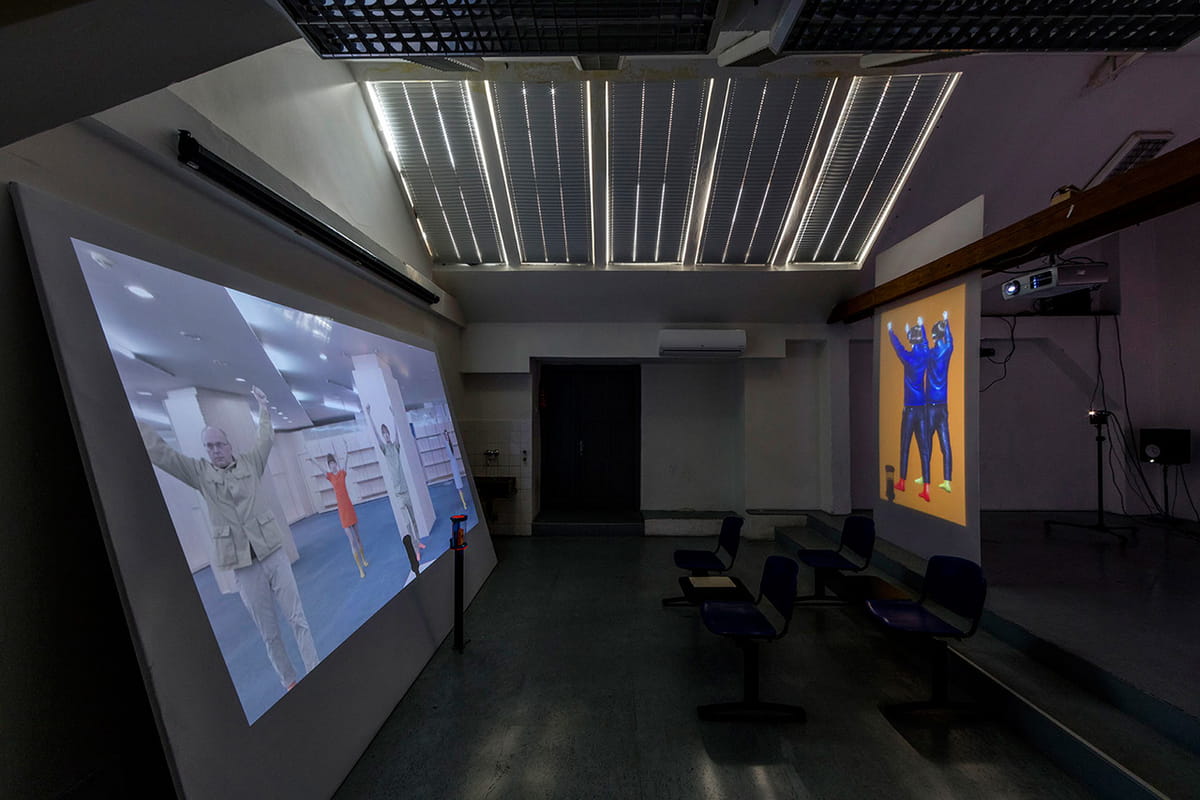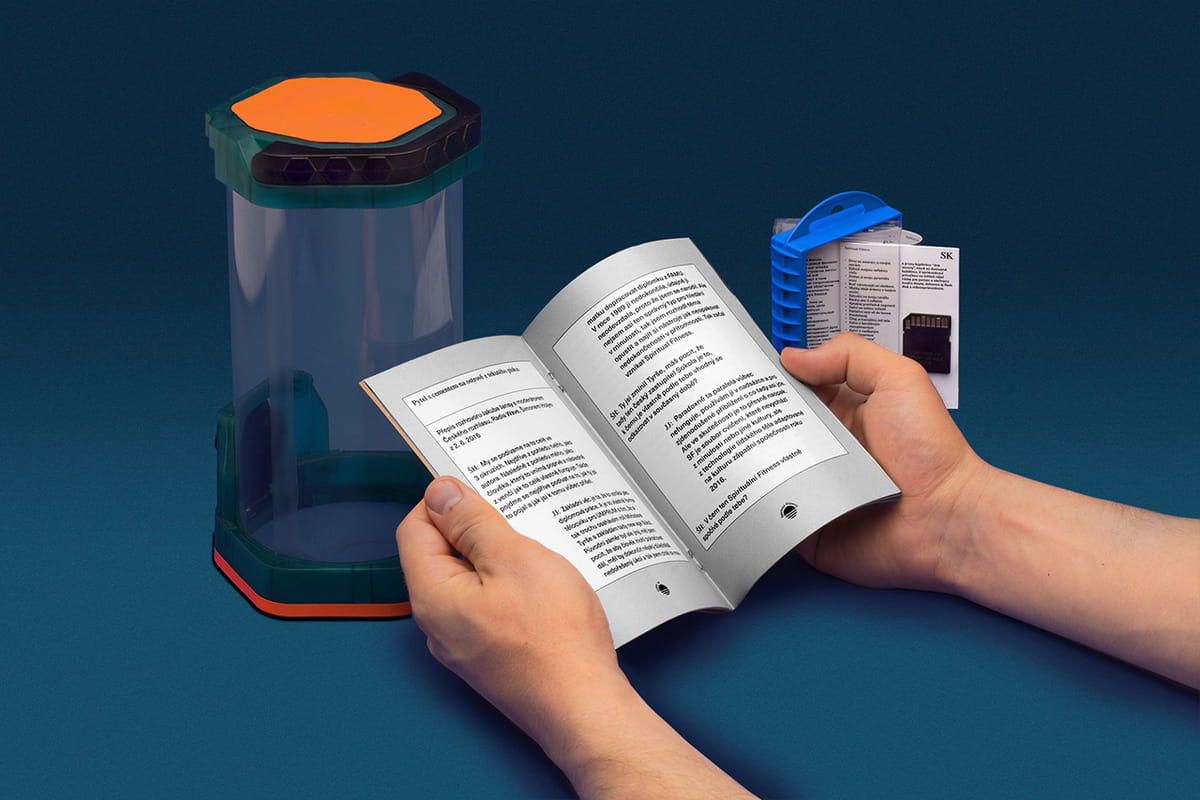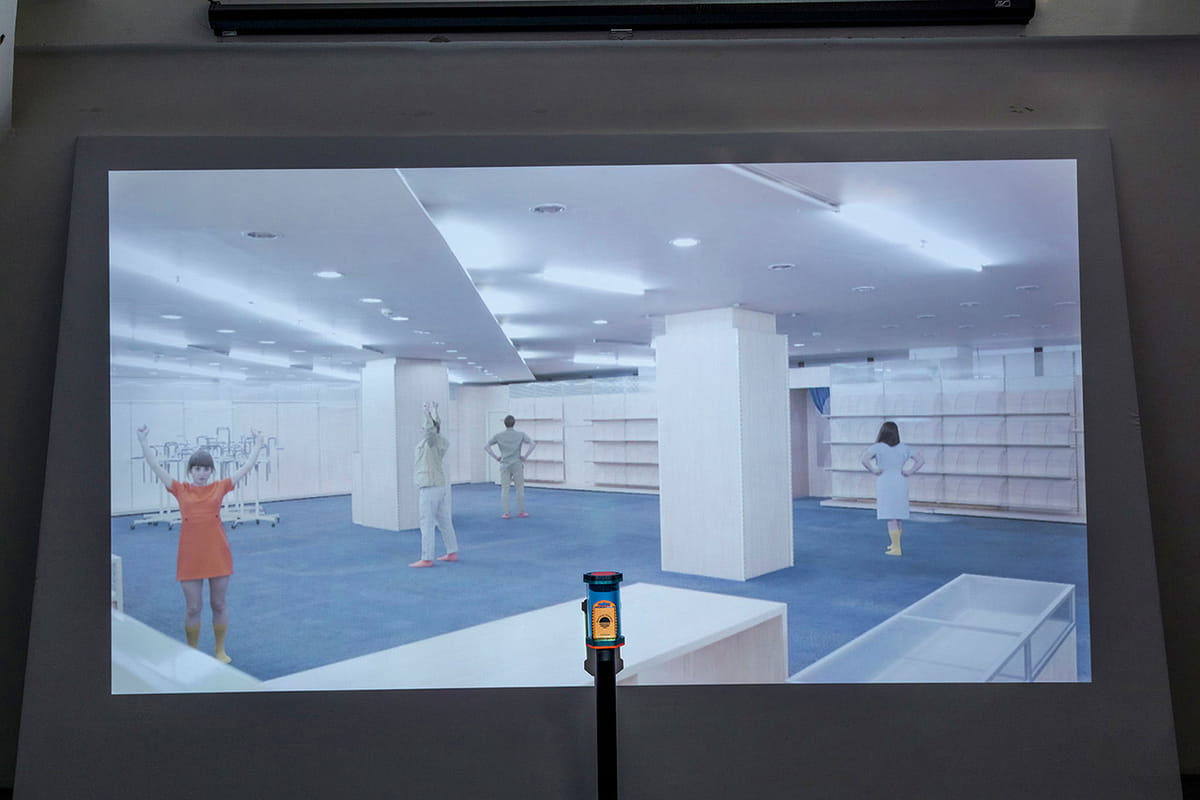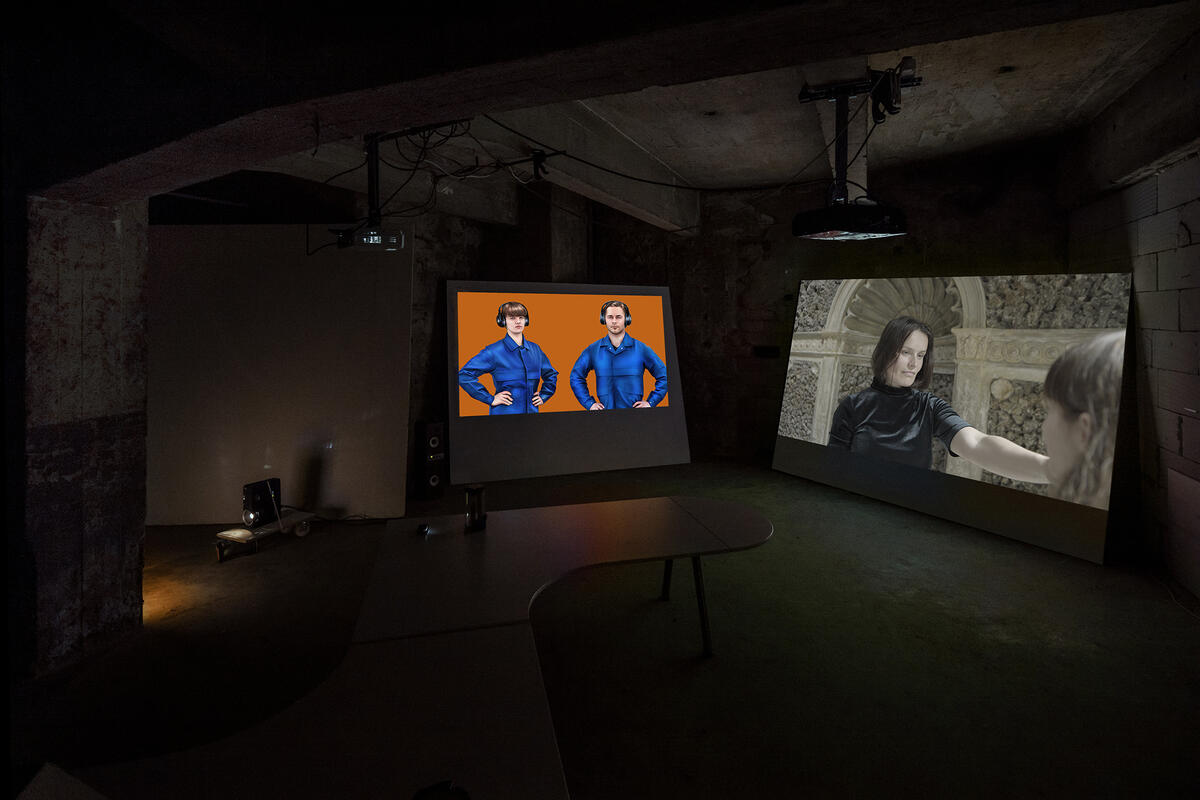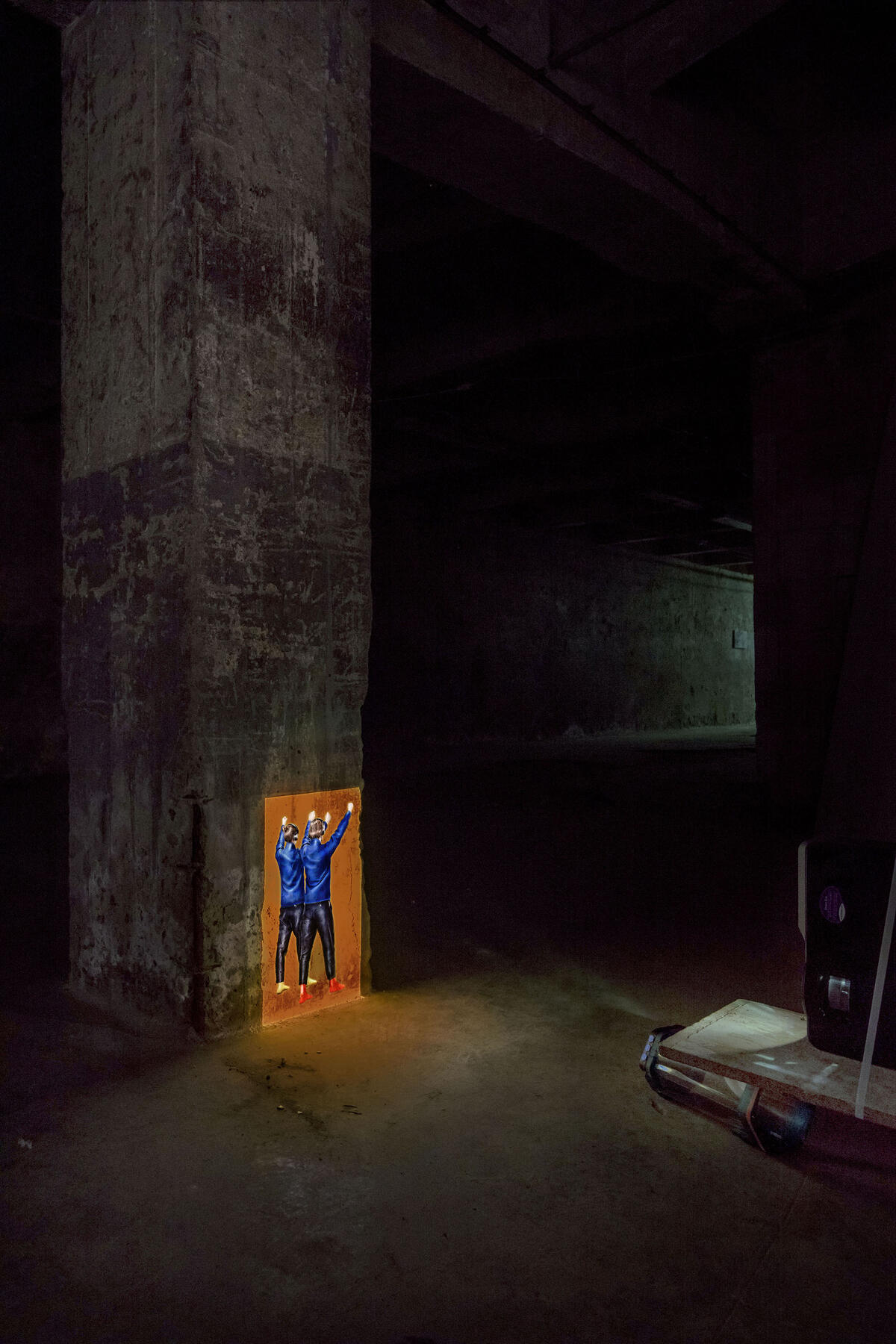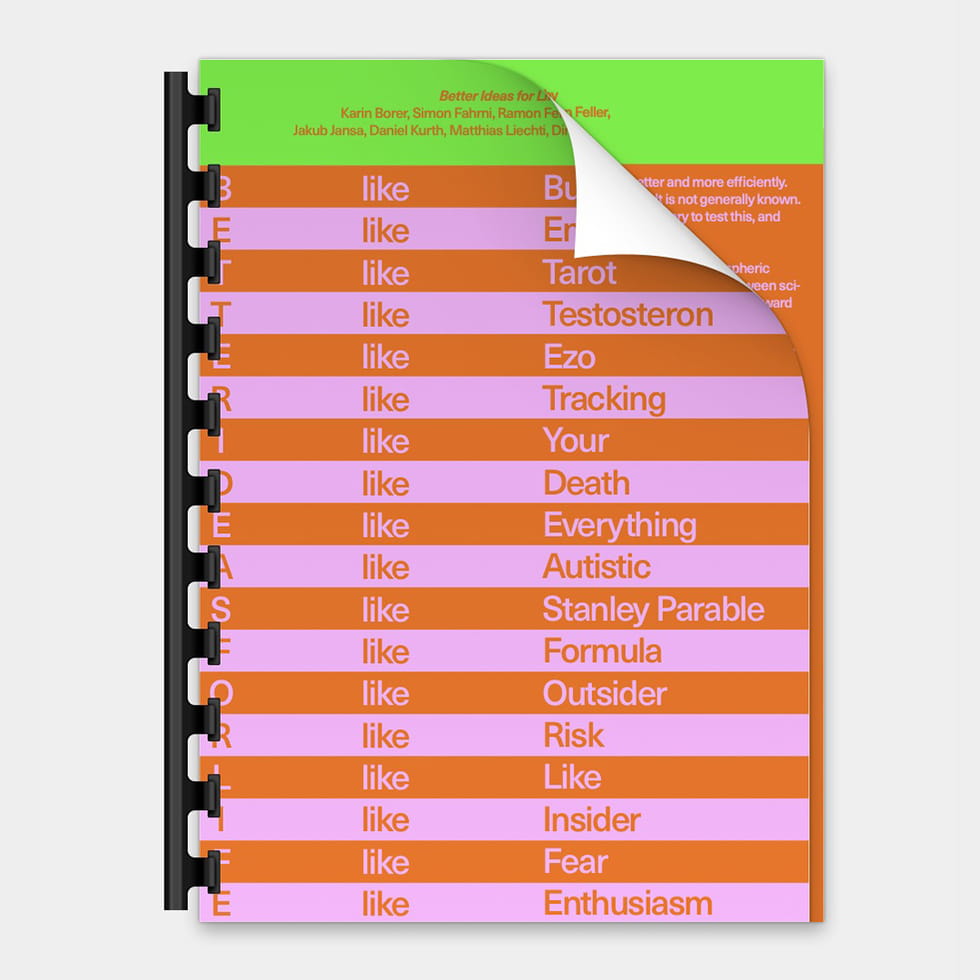Text by Jan Bělíček
A visual artist, Jakub Jansa has been working on a rather unique art project for several years. Exactly according to the opening motto of his new book Club of Opportunities, he “settled into the comfort zone of his mind” and began to develop the fates of several fictional characters through his installations with the help of theorist Kamil Nábělek. At the very beginning there was allegedly a miniature budget for the new project, for which Jansa bought ten celery roots and called the theorist Kamil Nábělek to see if he knew how to use them creatively. The eccentric thinker Nábělek immediately began to develop a theory of celeriac ontology and to talk about the hierarchies of vegesociety. At the very bottom of this hierarchy is the unattractive and neglected celery root. The admired and praised avocado works as its complete opposite. These are the two poles of the social hierarchy between which this whole art project moves. Why celery root and avocado?
Celery root is one of the most overlooked crops in Nábělka’s ontology. People often consume it only as an obligatory component of meals. It is an ingredient that is necessary in most dishes, but aesthetically it is almost nonexistent for us. It doesn’t taste unique on its own, there is no special story built around it as an important superfood, and its appearance doesn’t promise anything fantastic either. We don’t usually think about the taste and aroma of celery root, even though its contribution to the final enjoyment of a meal is often irreplaceable. Its presentation in supermarket chains is very simple, and proper celery root is sold covered in layers of soil, which signifies its freshness but also clearly defines its place in the spatial hierarchy of the vegesociety.
Jansa’s long-term art project was created in 2017 and includes eight projects so far. The last episode of Opening Ceremony was part of the presentation of contemporary Czech art in Brussels during the Czech Presidency of the Council of the European Union. In November, for the first time, it will be possible to see all these episodes together in one place at the Thinking Through Film exhibition at the Prague Stone Bell House, where one entire floor will be dedicated to Jansa. The exhibition is planned to be a set of several video installations with performative elements, mixing an accomplished visual language with humour, contemporary leftist theory, and exploration of political strategies on social media, but also including comedy, absurdity, and playfulness. The installation will probably include Kamil Nábělek, who will casually explain to the audience what phase of the story they are in and what dynamics of the action they are observing.
Jansa’s artistic project basically follows, over a long period of time, two main characters whose fates he gradually develops in each instalment of the project. One of them is the Wisewoman, a kind-hearted and empathetic character who is going through an inner crisis and has paradoxically lost her ability to predict the future. For Jakub Jansa, this figure partly represents the crisis of liberalism and liberal democracy. The Wisewoman used to be someone who had a natural place in society and could guess, relatively effortlessly, what the near future would bring. But now she is struggling and feels that she no longer understands the contemporary world.
The second important character is the Celerist, half human, half celery root, and a bit of an outsider to the vegesociety. The Celerist is a human who starts at the very bottom and we follow his inner development which in many ways follows the important social debates of the last few years. In the third episode, 2018’s My Name is Red Herring, Celerist is suddenly an arrogant and somewhat comical alt-right influencer. In the video, which features aesthetics reminiscent of speeches by motivational coaches, Celerist advises the audience on how to crack down on leftist opponents. In this work, Jansa partly follows up his diploma thesis Spiritual Fitness, in which he worked on the phenomenon of motivational coaches and their rhetorical manipulations.
Celerist’s far-right anger stems mainly from his social status. As people become more interested in him, his aspirations change. Suddenly he craves admiration and fame. For the first time, he hesitantly begins to observe the higher, avocado class of beings in the vegesociety and wants to penetrate these higher levels. Back in 2018, in the fifth episode entitled Keeping in Line, Celerist confronts his own conscience. His conscience reminds him, subtly at first and then more insistently, that he is gradually losing his true identity and trying to be something he is definitely not. His interaction with his conscience is brisk, comic, and visually appealing, but at the same time contains a deeper message concerning issues of authenticity and social mobility.
For the wider public, the figure of Celerist became visible in 2021 when Jansa won the Jindřich Chalupecký Award. In the Pražák Palace of the Moravian Gallery in Brno, the story of Celerist became part of a collective exhibition of several prominent contemporary artists, thus indirectly communicating with the works of Robert Gabris, Valentýna Janů, Anna Ročňová, and the björnsonova art collective. The video installation clearly showed that, for the first time, the artists had the financial and institutional support making it possible to bring their vision to formal perfection. The seventh episode, Shame to Pride, marks the provisional peak of the series and is the most accomplished visually and conceptually as well as in terms of acting, set design, design and camera, and lighting work.
At this exhibition, the audience encountered Celerist in his self-inquiring phase. Through hard work, he has finally managed to break into the upper echelons of society, but he feels out of place there. Pretentious avocados constantly let him know that he is not one of them, and he feels a whole range of social barriers that his celerist habitus is simply not up to. This episode perhaps most clearly picked up on some of the themes that are of key importance to contemporary art, namely questions of origin, social belonging, and the search for one’s own identity and authenticity in a world that, while craving the effect of authenticity, is also constantly increasing a gap between fact and fiction, self-design, and pure lies.
In the Celerist story, we find ourselves in a bizarre world where imagination permeates the well-known laws of contemporary society and where purely social issues intersect with the wilderness of vegetation. Jansa, assisted by Nábělek, sees the formation of hierarchies in the realm of fruit and vegetables, which in an absurd way copy the hierarchies we know from our social reality. He took a path radical in both aesthetic and thematic terms by deciding to anthropomorphize the issue. In many ways, this brilliant idea also brings with it very interesting aesthetic possibilities. Celerist, a celery root in human form, may fit in with the elite in the way he dresses and expresses himself, but his face shows the unpleasant roots that remind us of his being born from mud and dirt. Although he aspires to join the Club of the Highest Opportunities, his visual appearance immediately draws attention to the inappropriateness of these aspirations. In a grotesque and dramatically urgent way, he is reminiscent of the Italian writer Elena Ferrante’s exclamation that it is unimportant whether one goes up or down the social ladder. Class origin will always manifest itself in extreme situations, just as a person suddenly blushes.
In addition, Jansa’s opulent visual style also deals with the dilemmas facing today’s society. He stresses the importance of the search for sources of aggressive male energy, which mutates into increasingly radical political expressions and is driven forward by frustration and lack of appreciation. In the figure of the Wisewoman, he introduces into this game the wandering and groping of contemporary liberalism, which cannot confront these phenomena in any way and loses touch with reality and its own ideas about the future. He also reflects on how self stylization affects the formation of the identity of people today and observes how strongly the influence of social networks is imprinted on this process. Although his work appears to be an elaborate grotesquery about the rise and fall of a fictional character, it is in fact also a peculiar way of responding to disturbing tendencies in contemporary society. In each episode, he attempts to capture phenomena that escape other people’s observation and experience of reality while offering his own subtle comments and suggestions on how to relate to these disturbing phenomena. His work, however, effectively envelops these aspects in a visually opulent and witty form which leaves the viewer a great deal of room for imagination and reveals an experience of the elusiveness and openness towards reality that simply cannot be separated from the experience of contemporary life.
Jan Bělíček is the editor-in-chief of the Alarm online daily

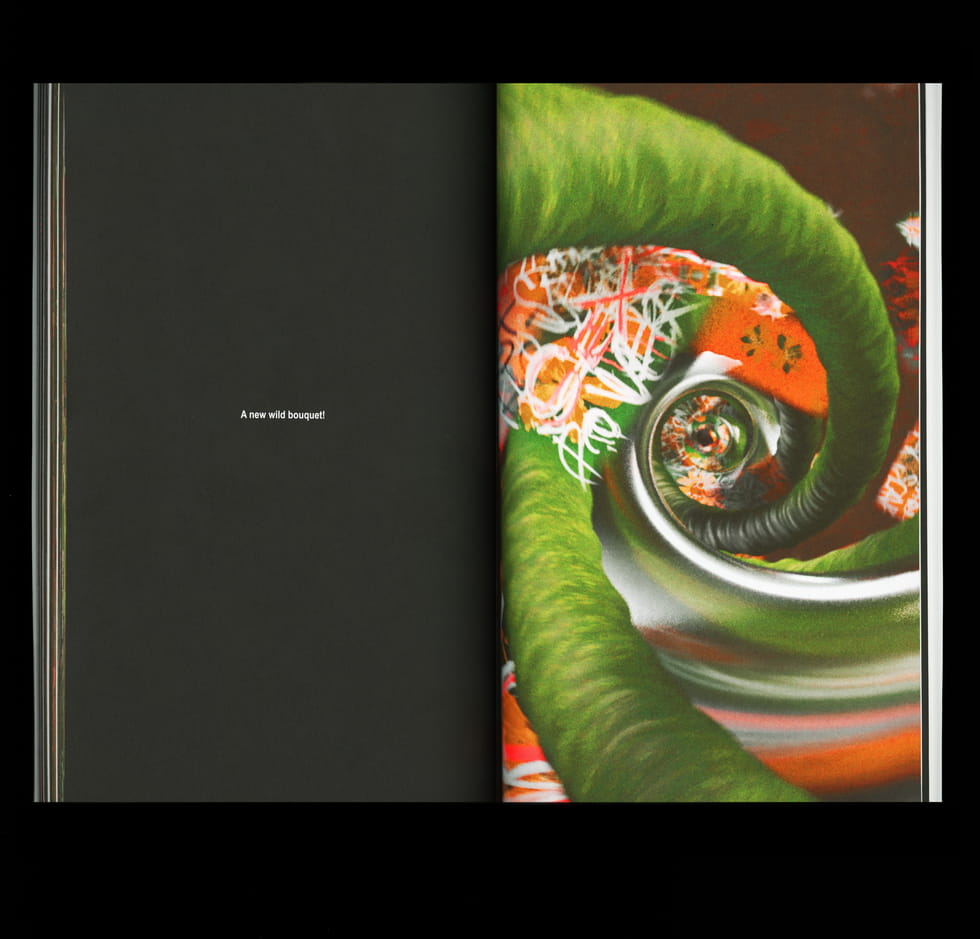

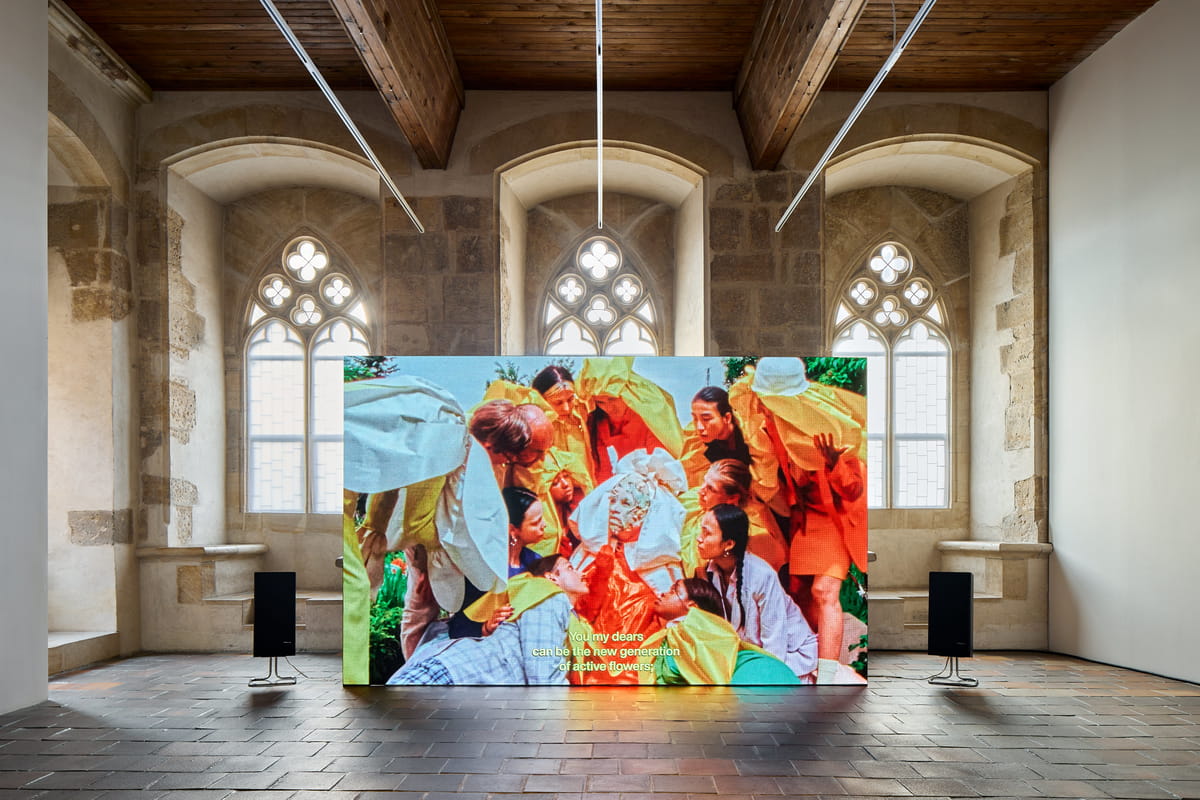
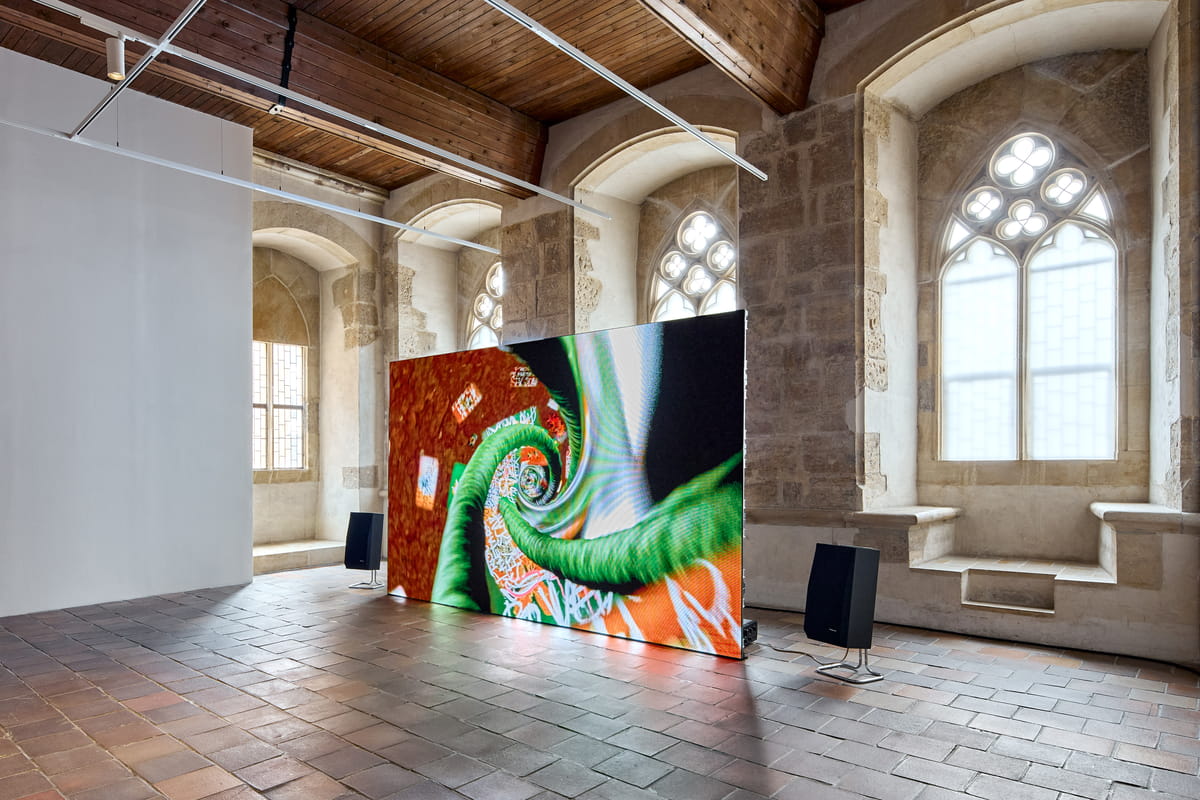
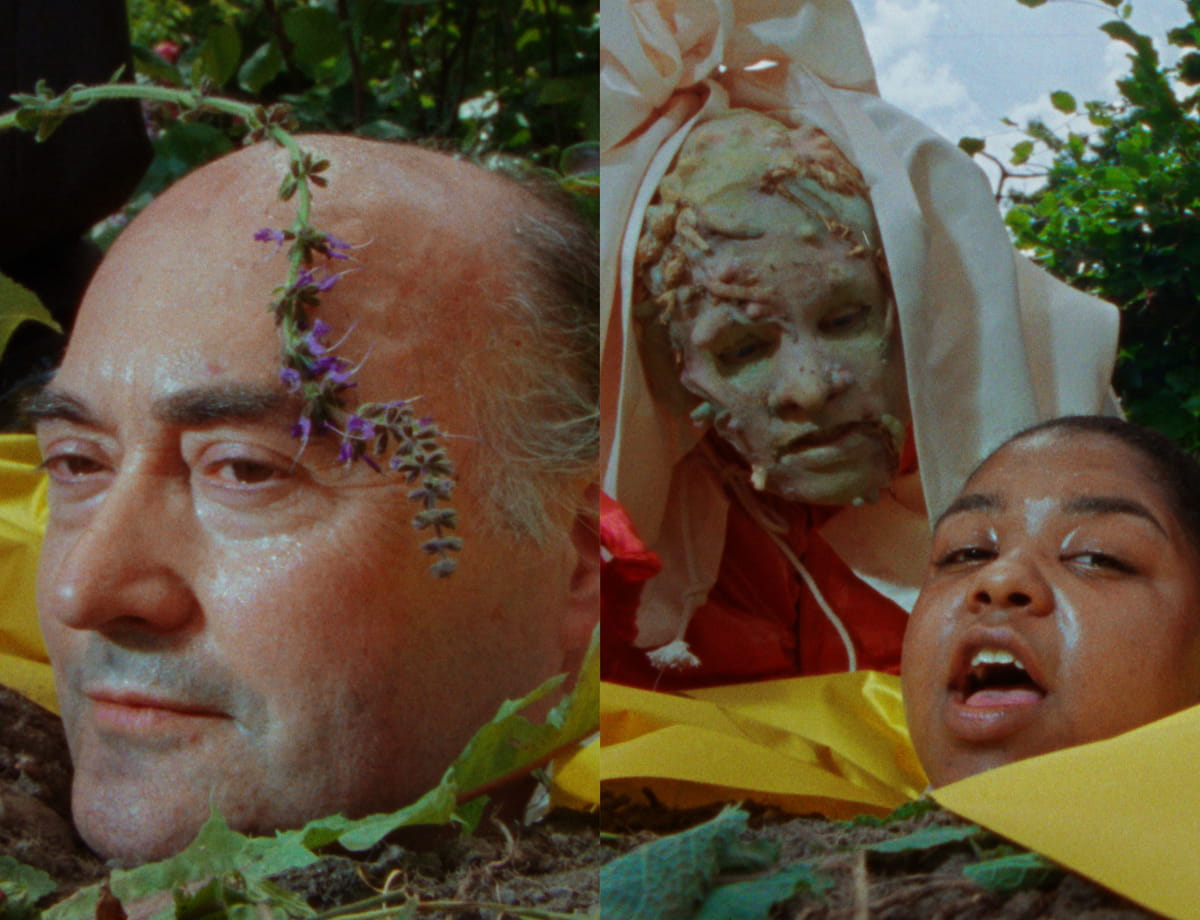

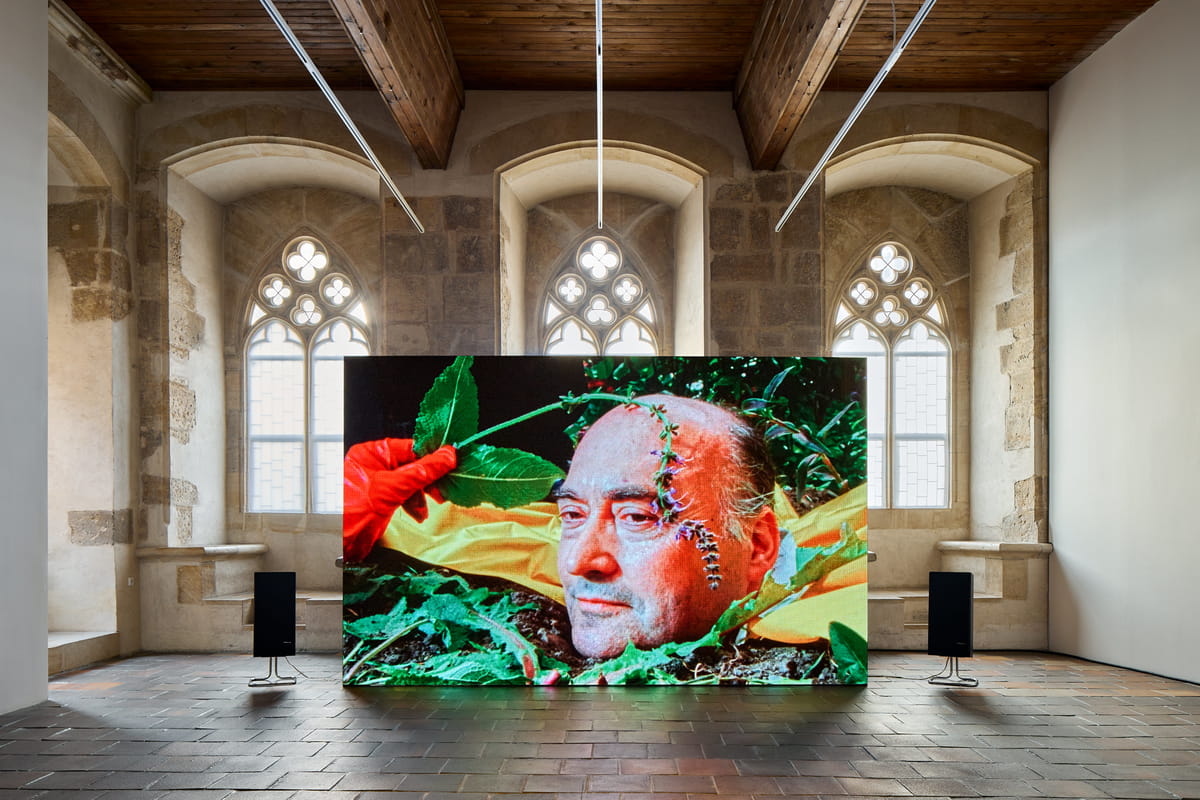

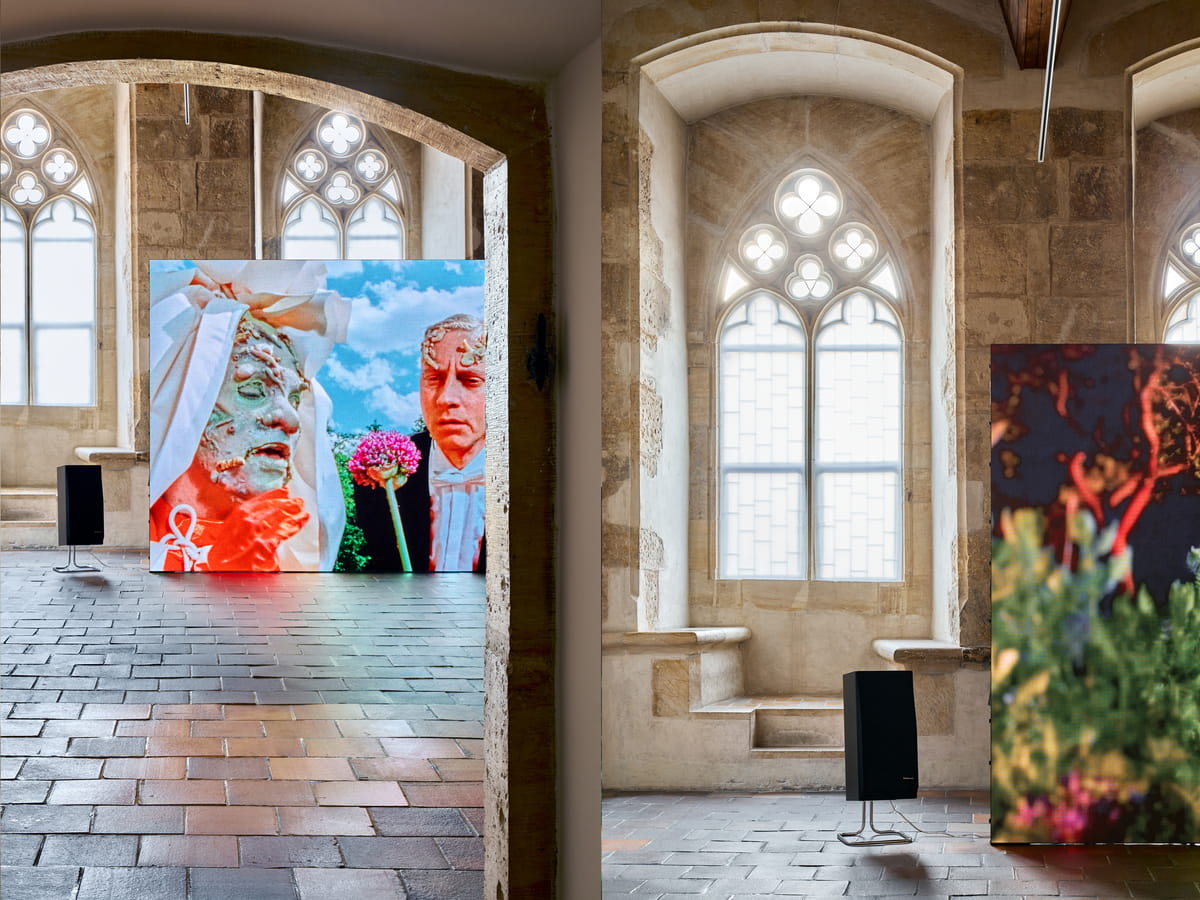
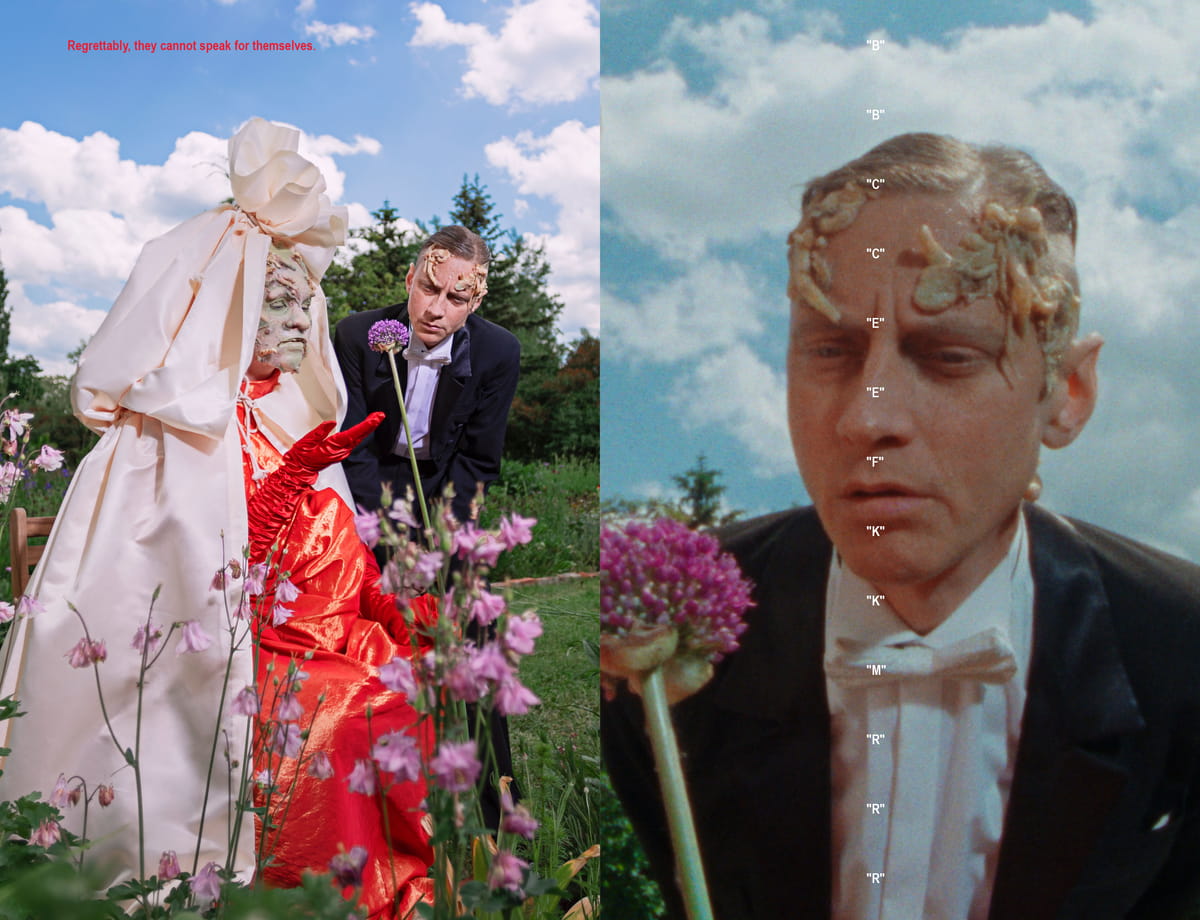
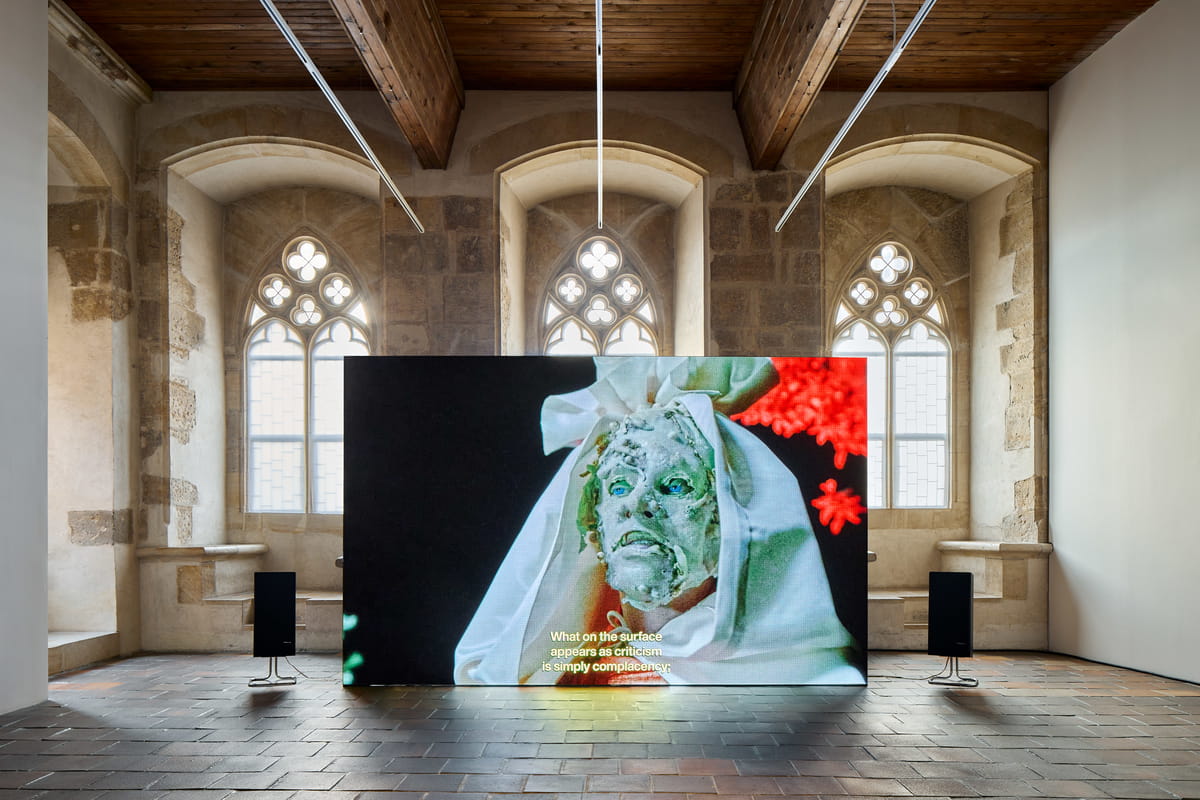
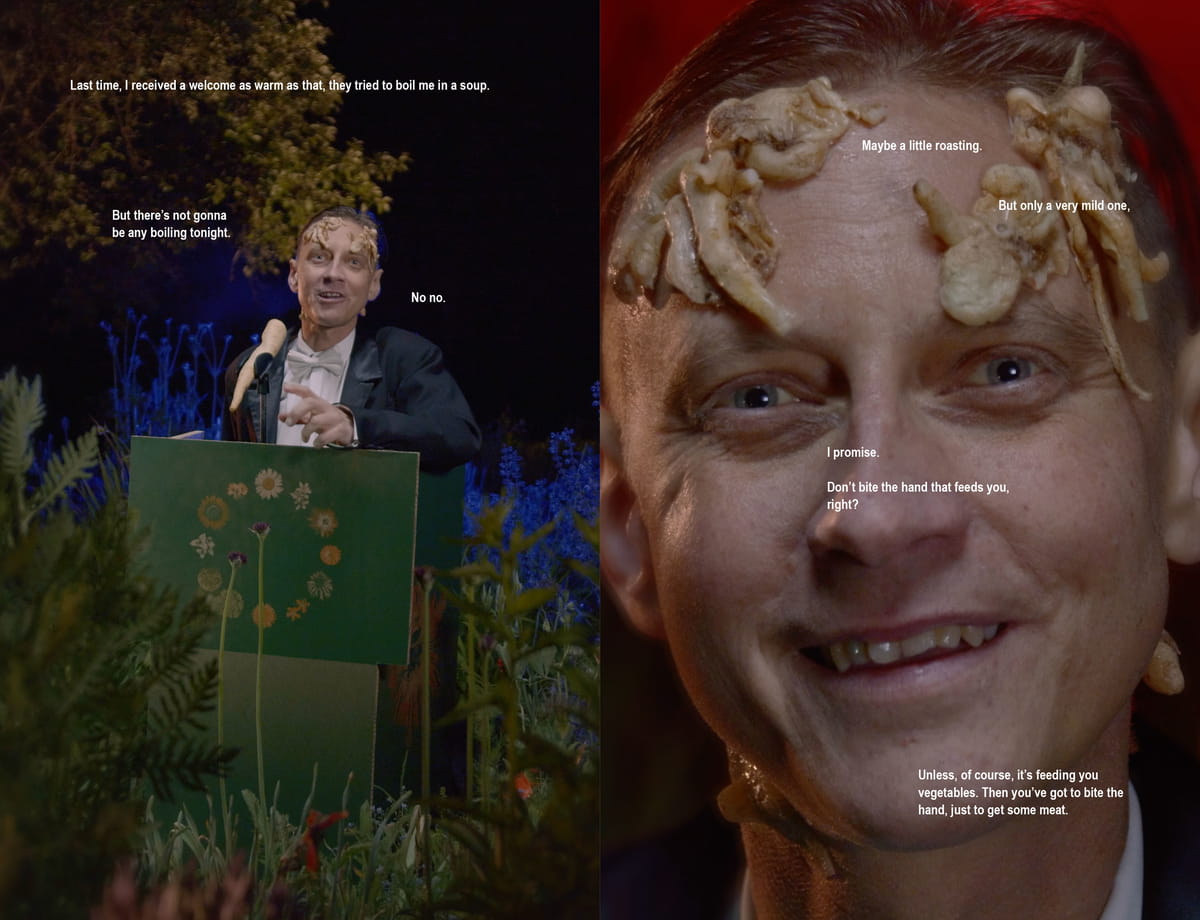
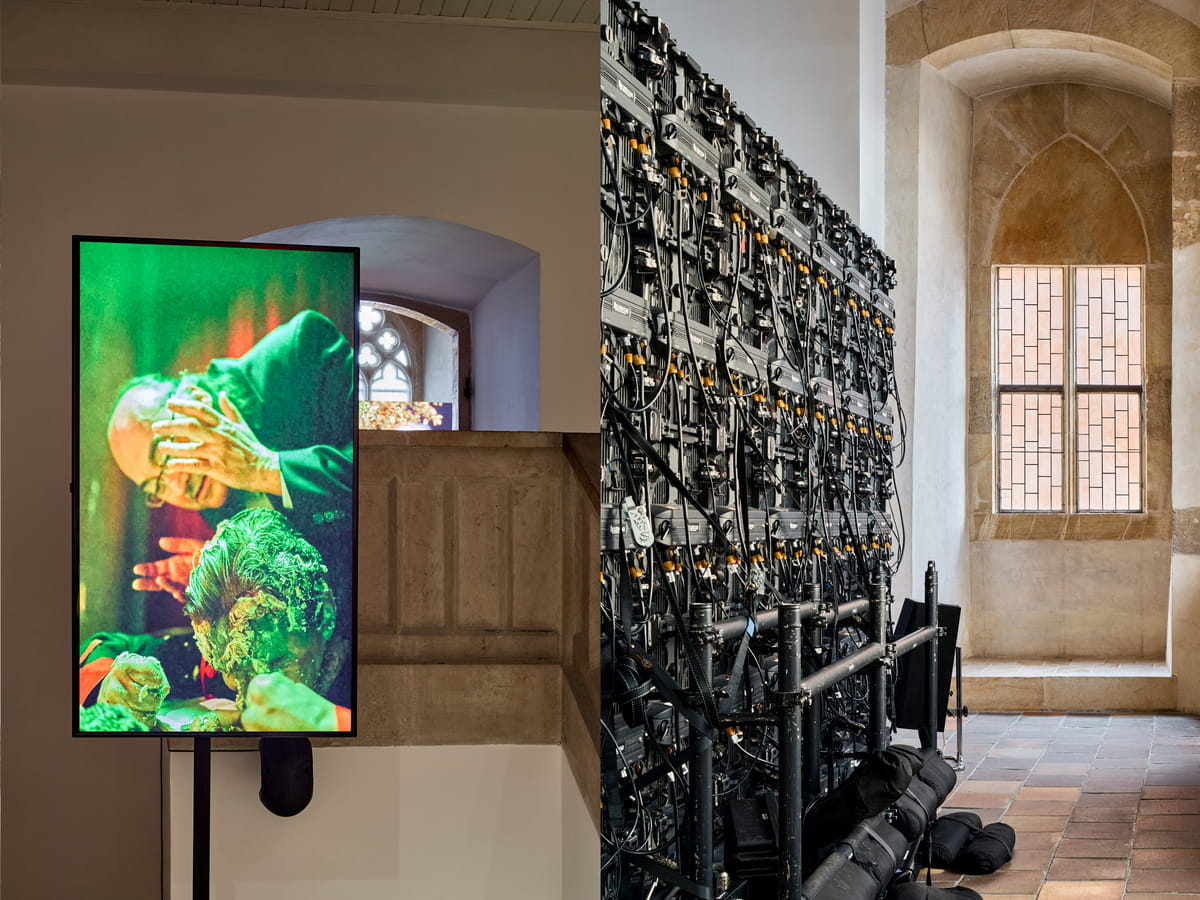

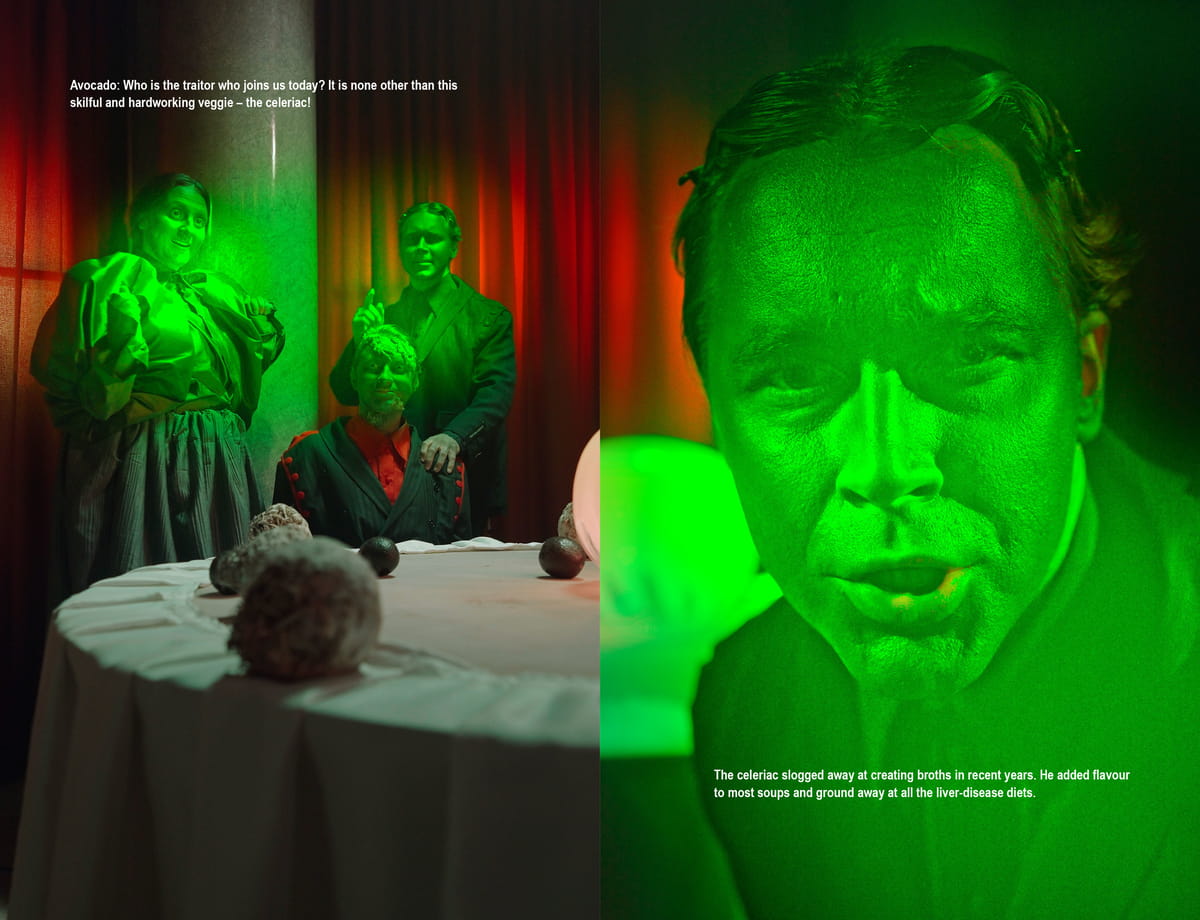
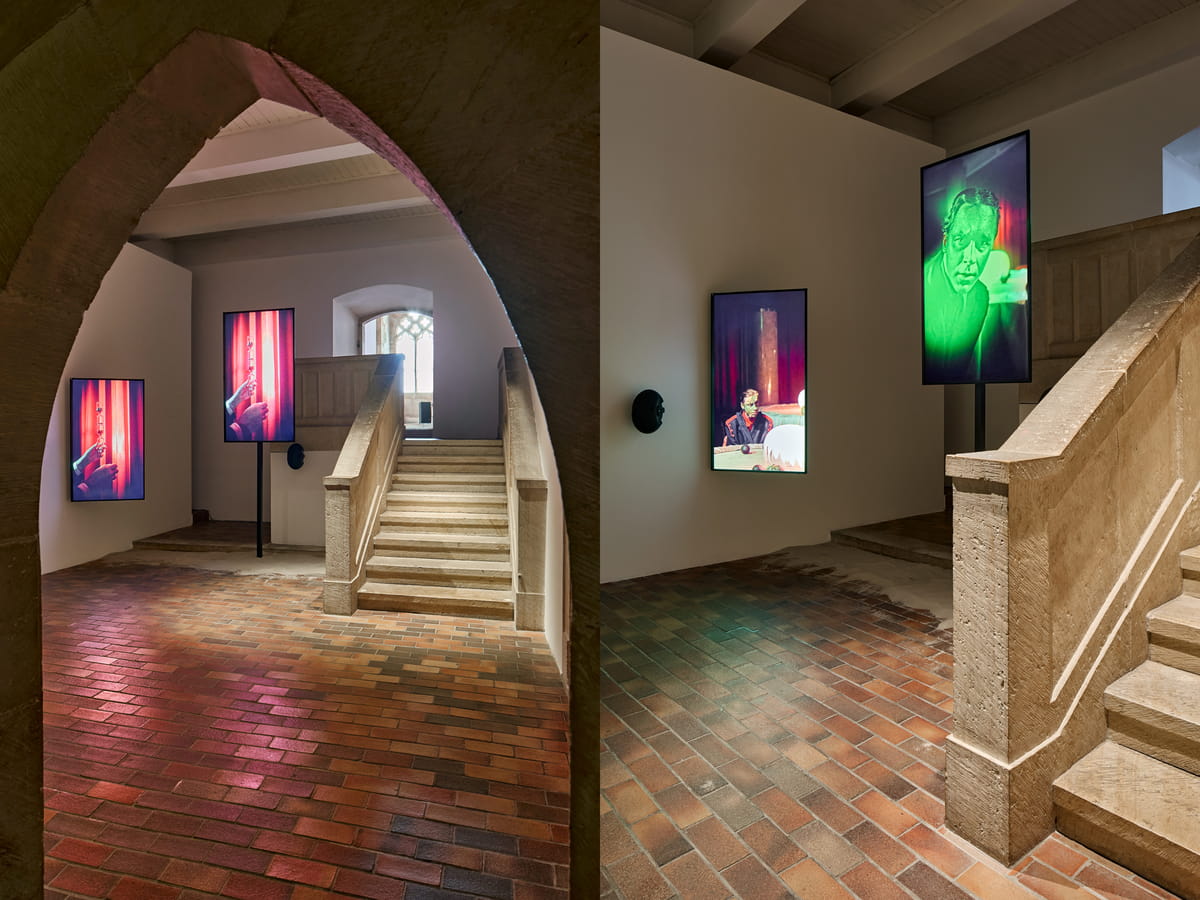
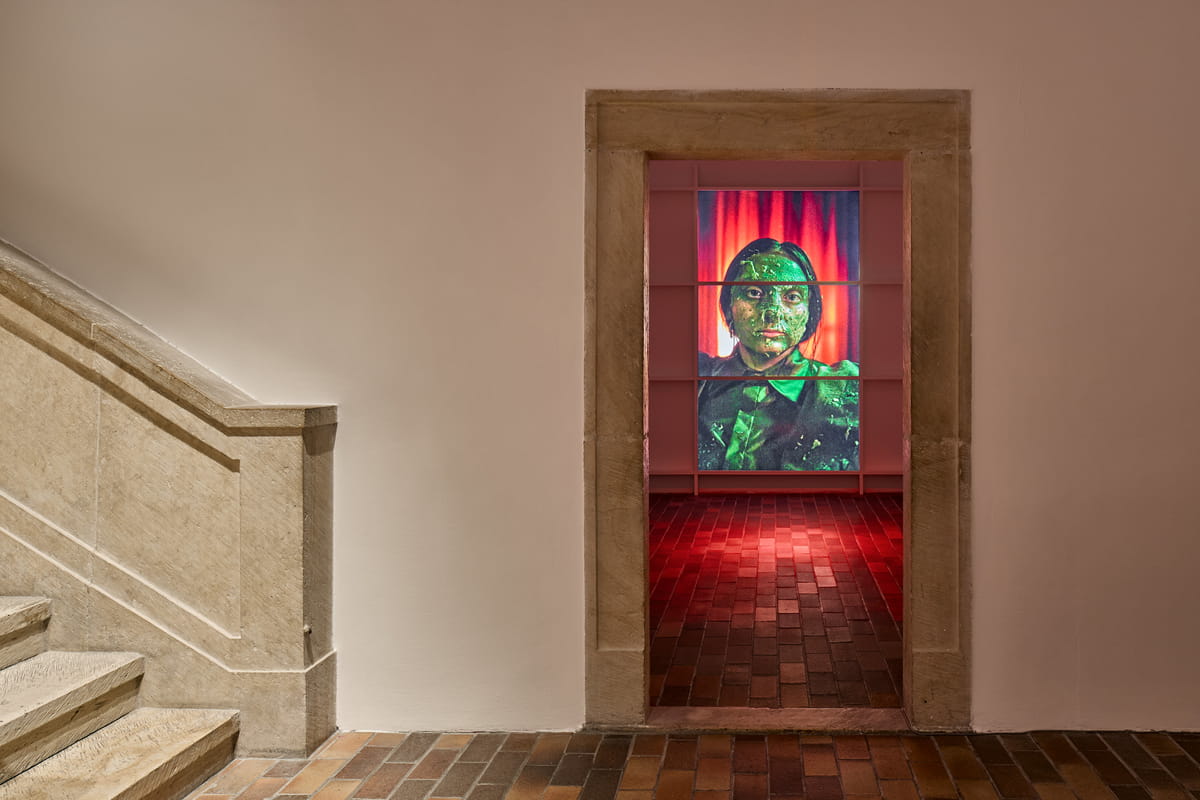
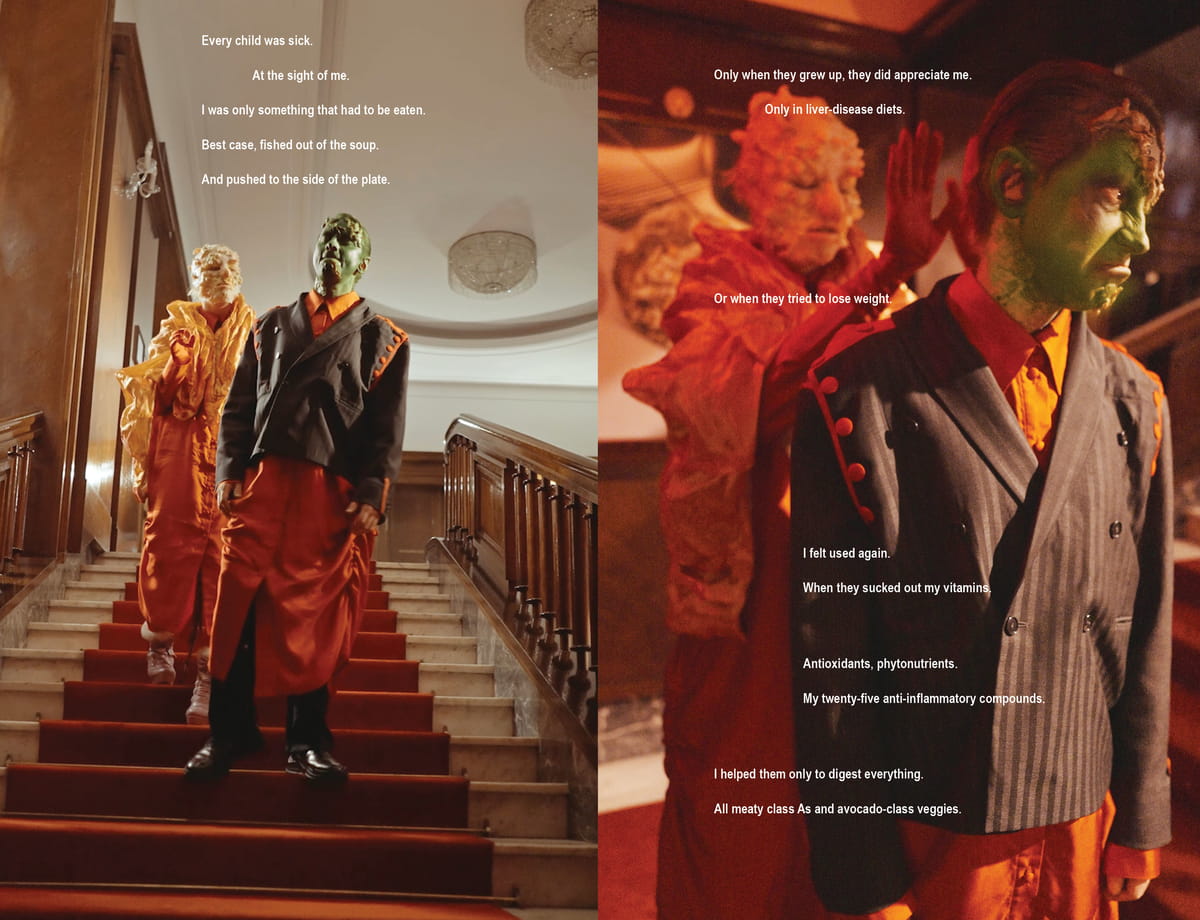
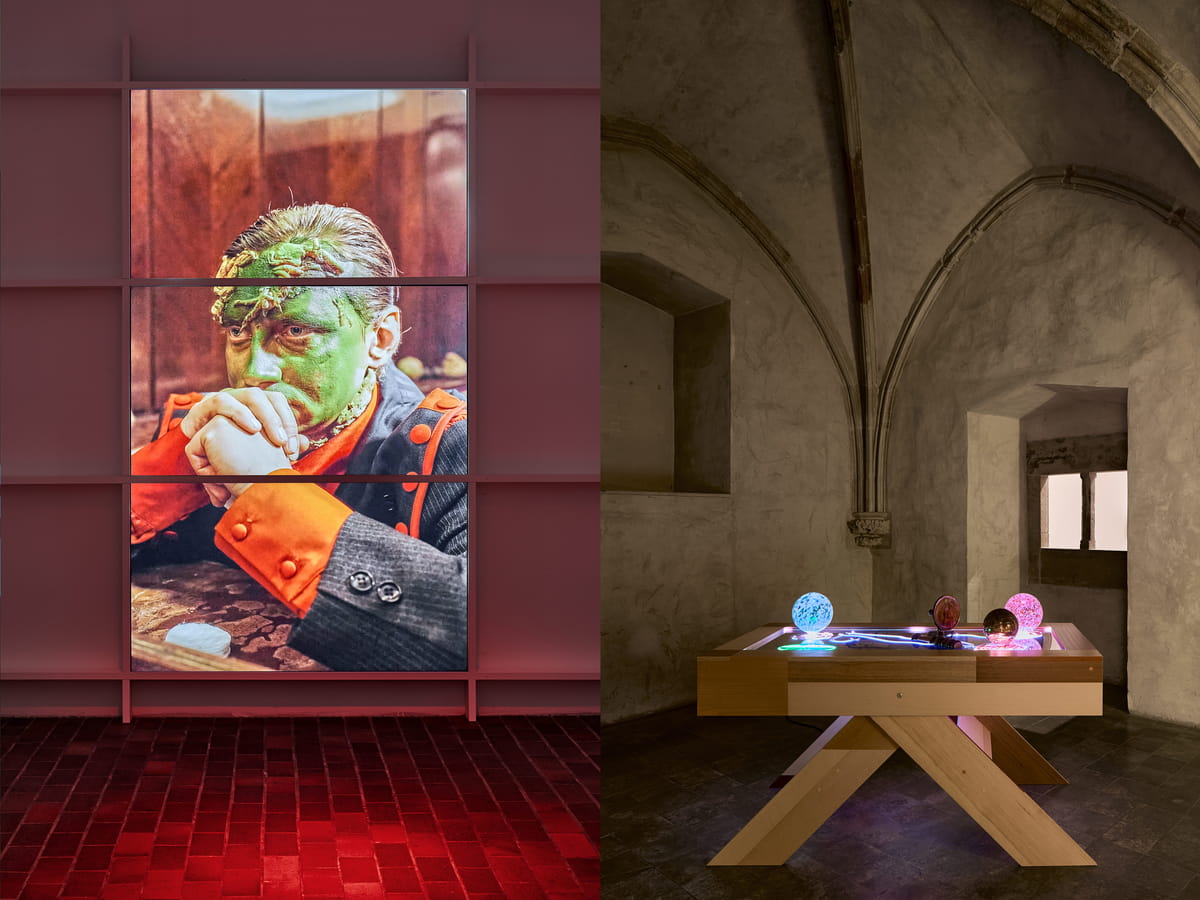
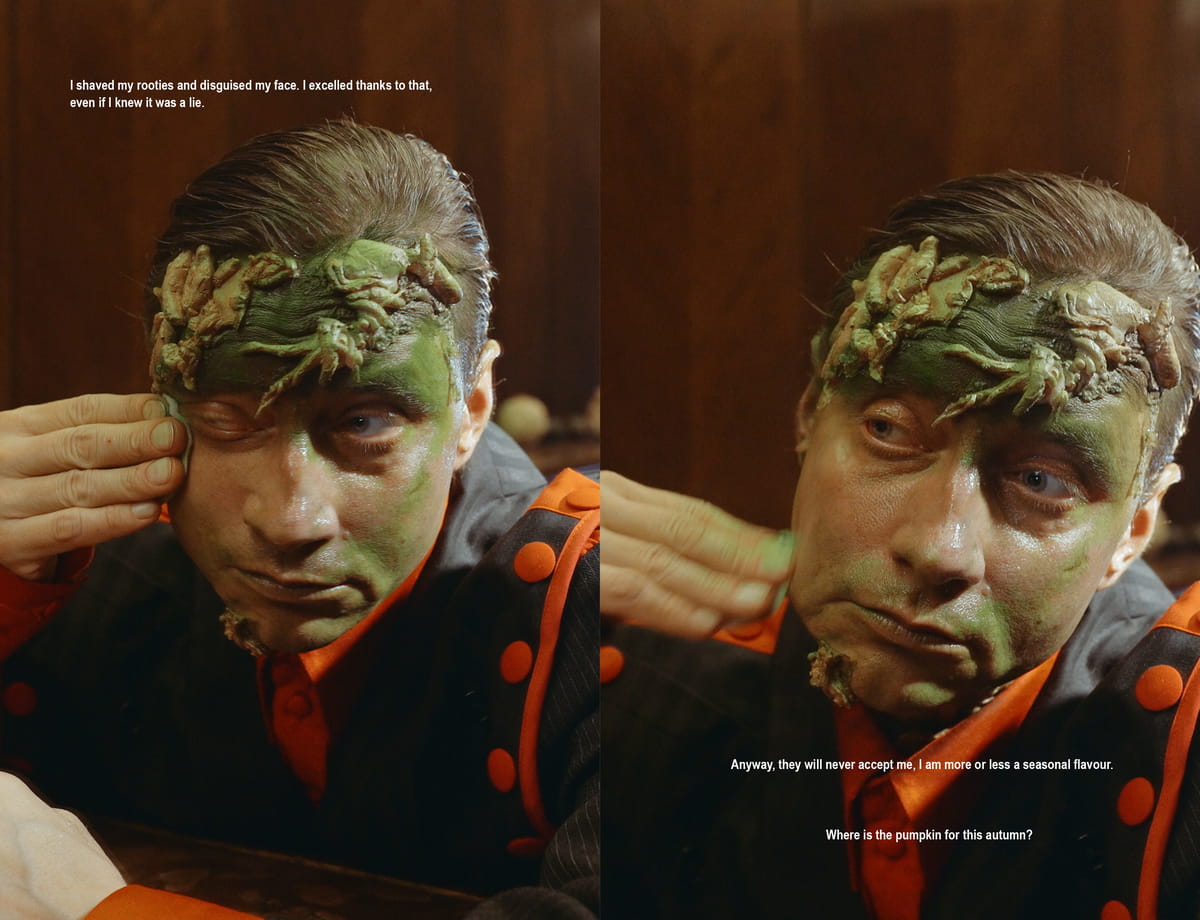

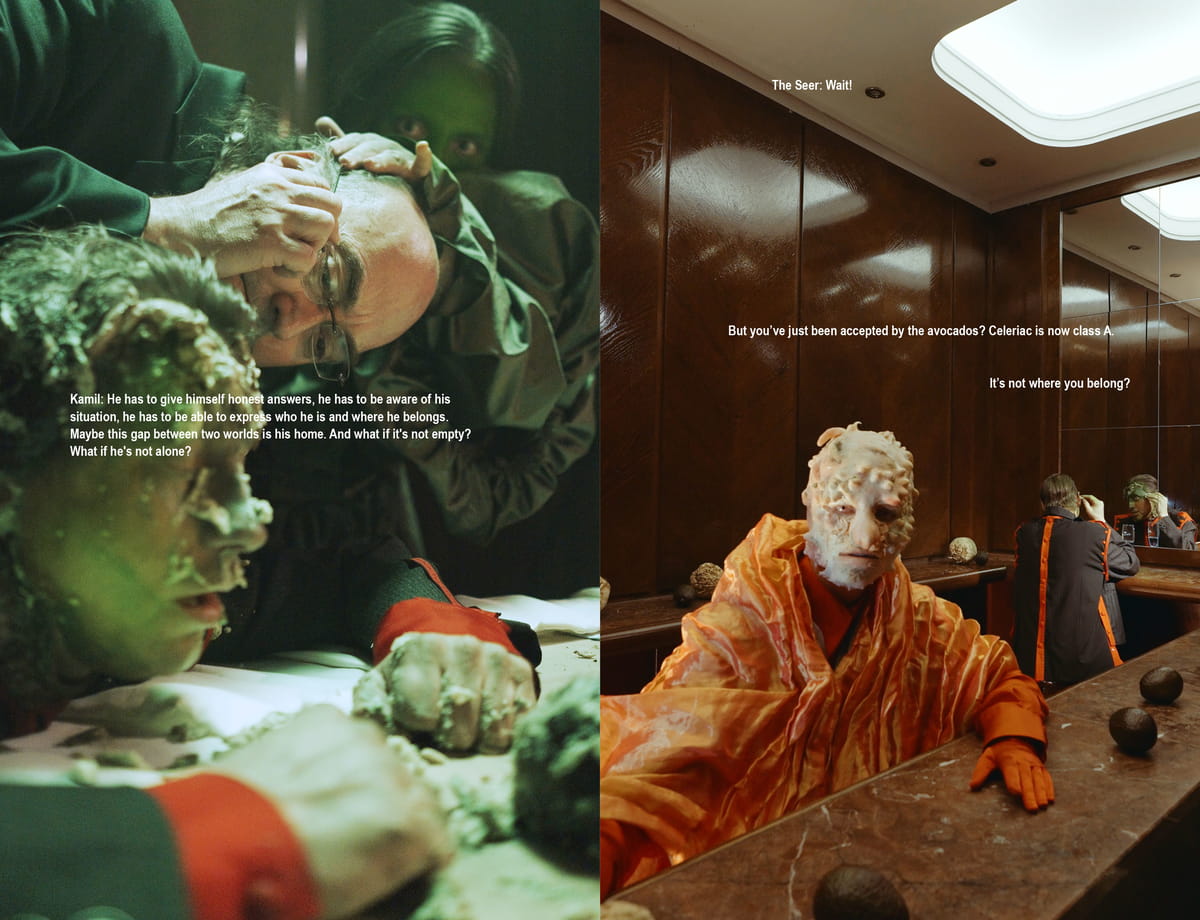

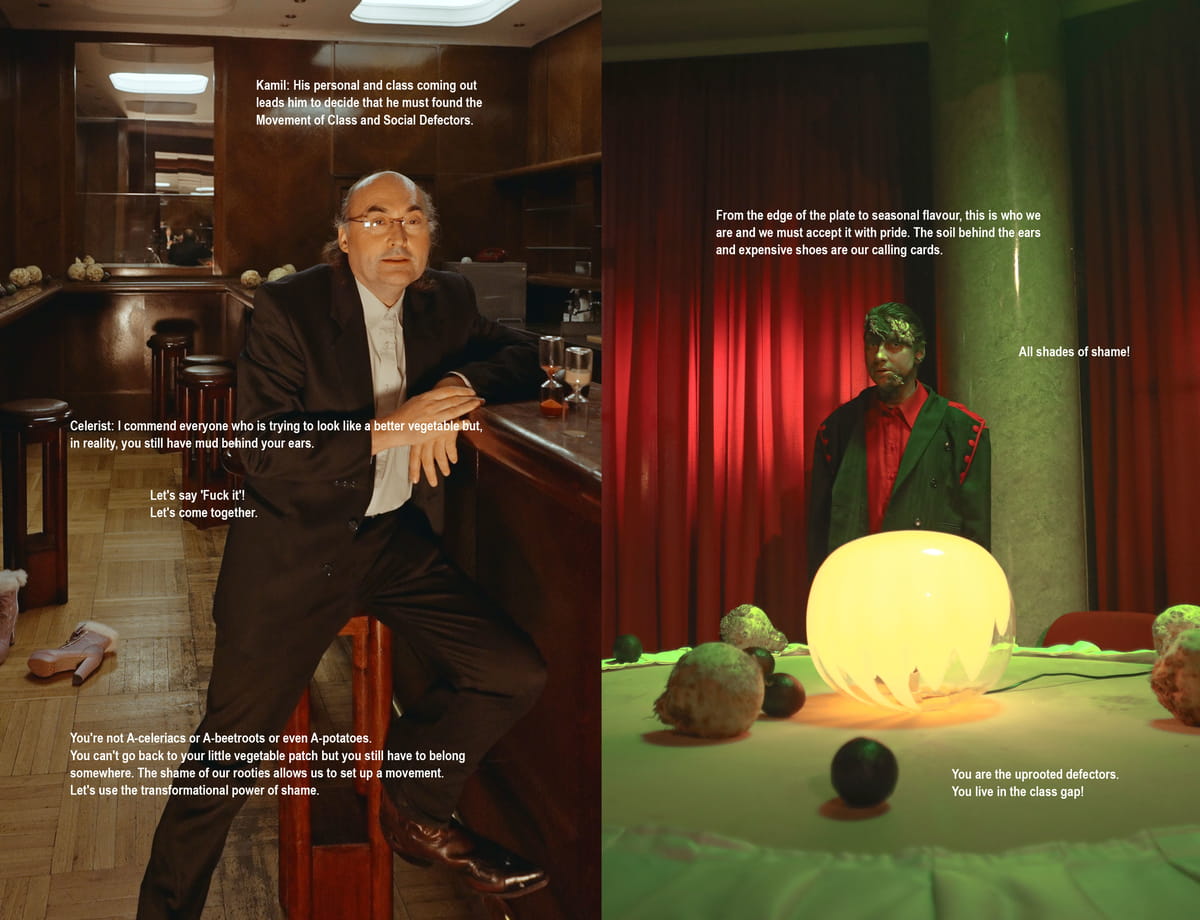
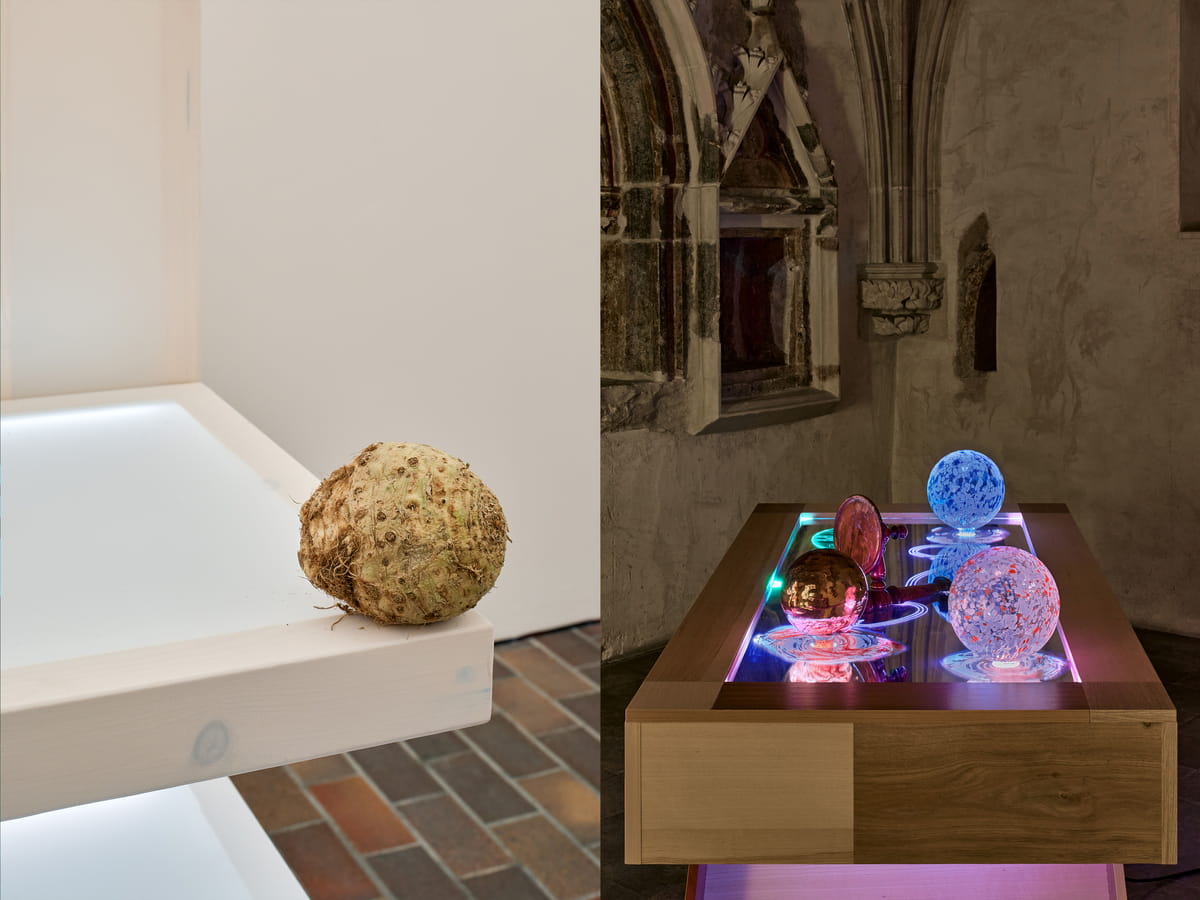

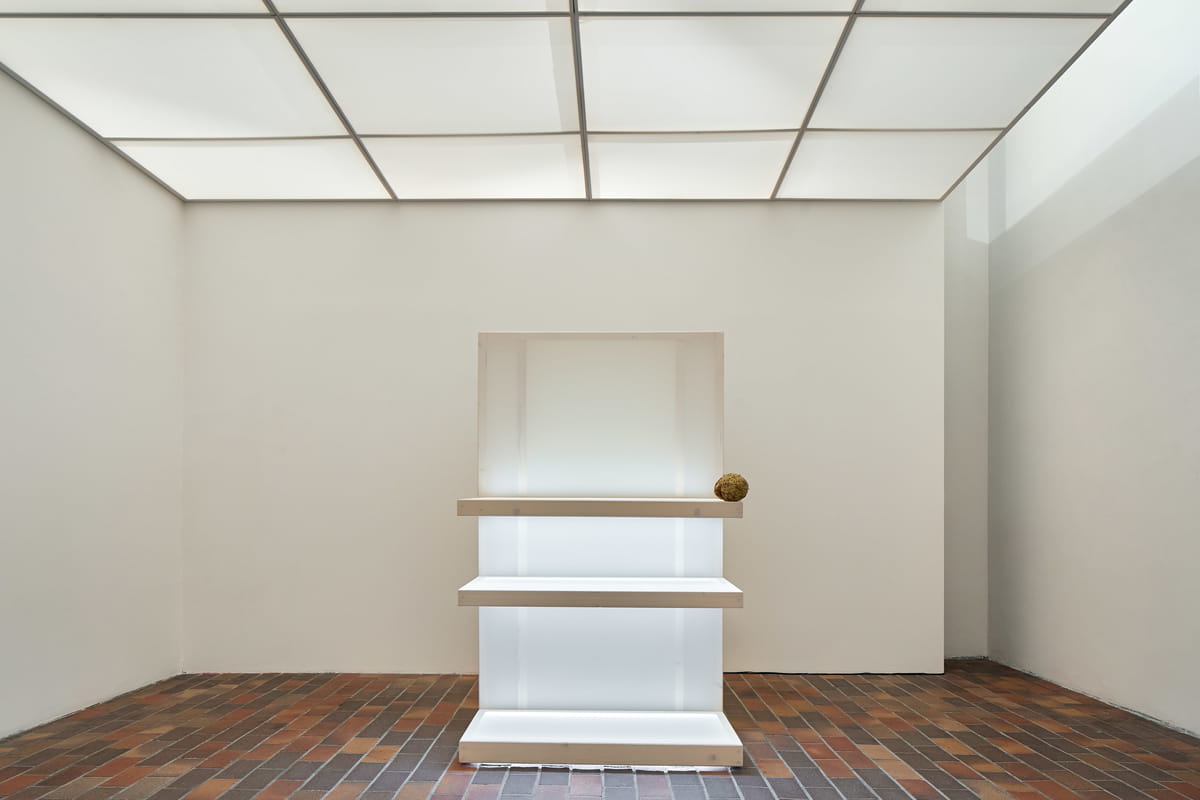
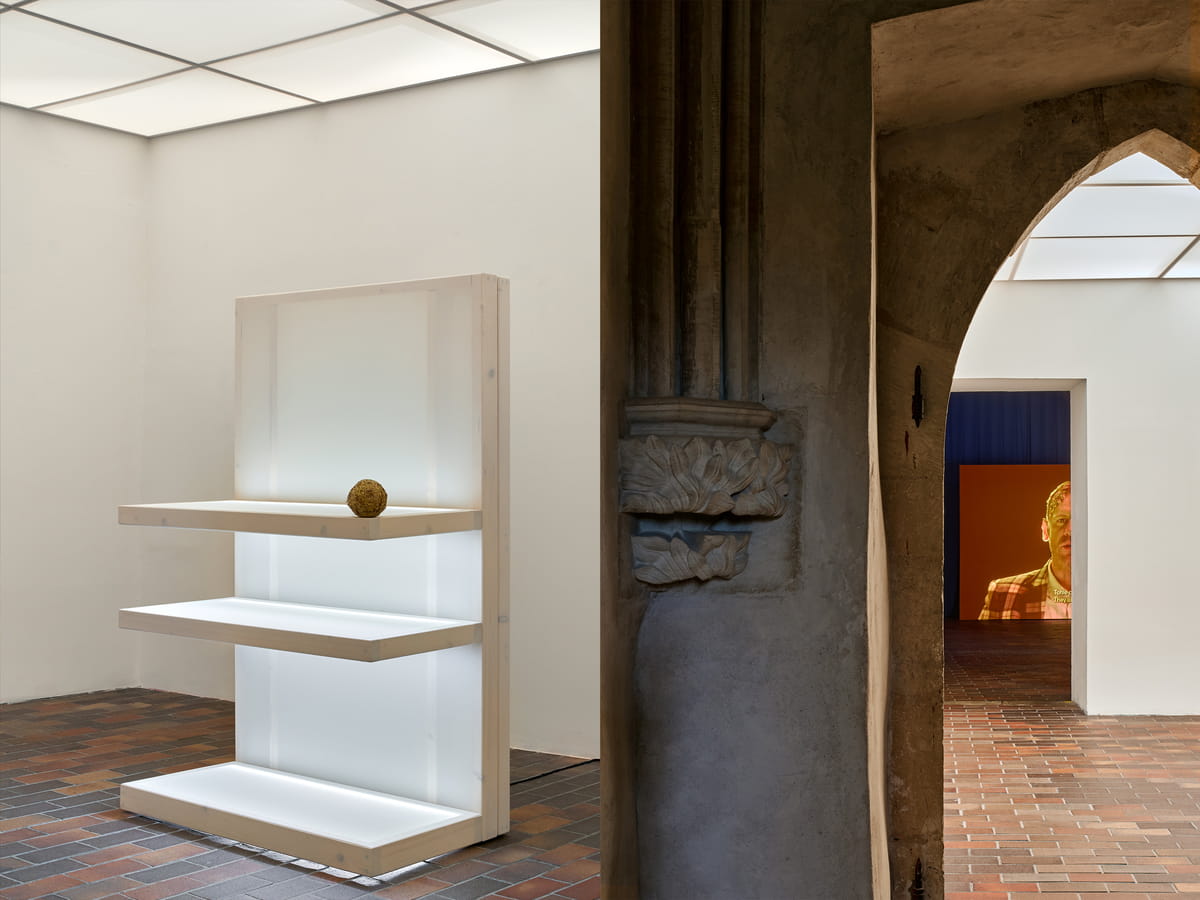
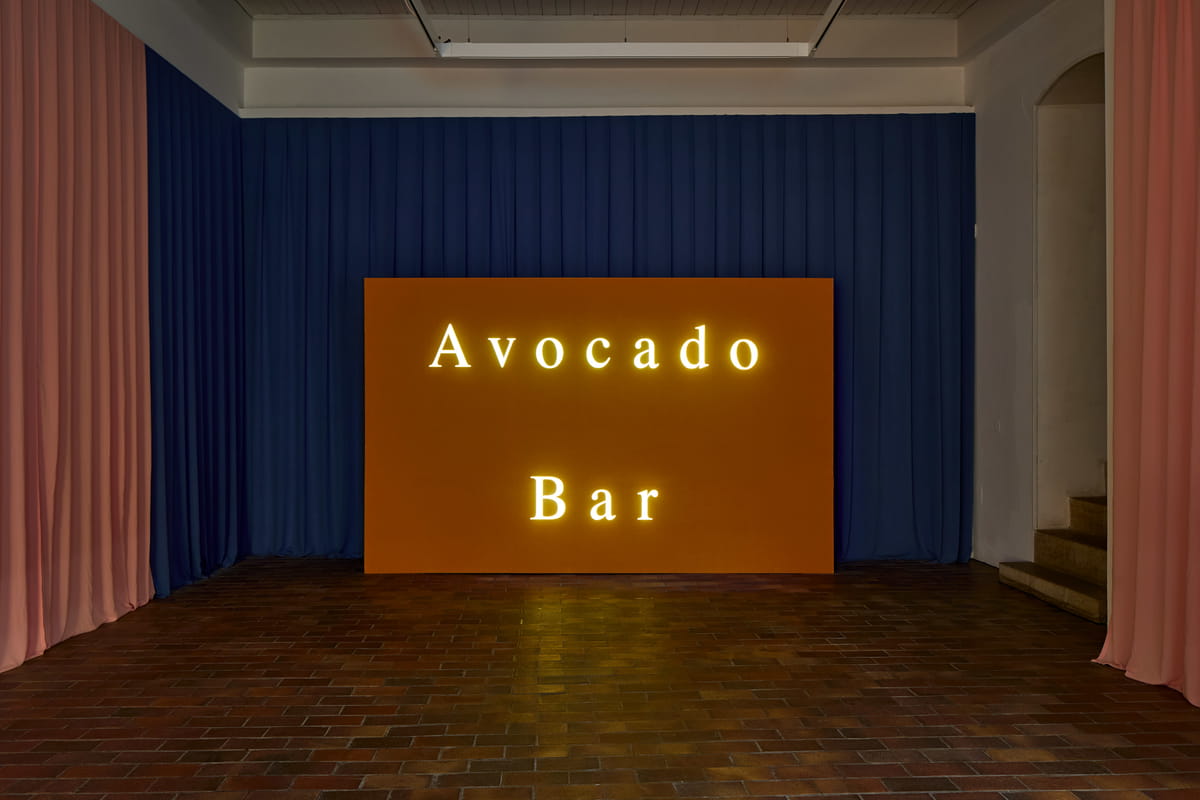
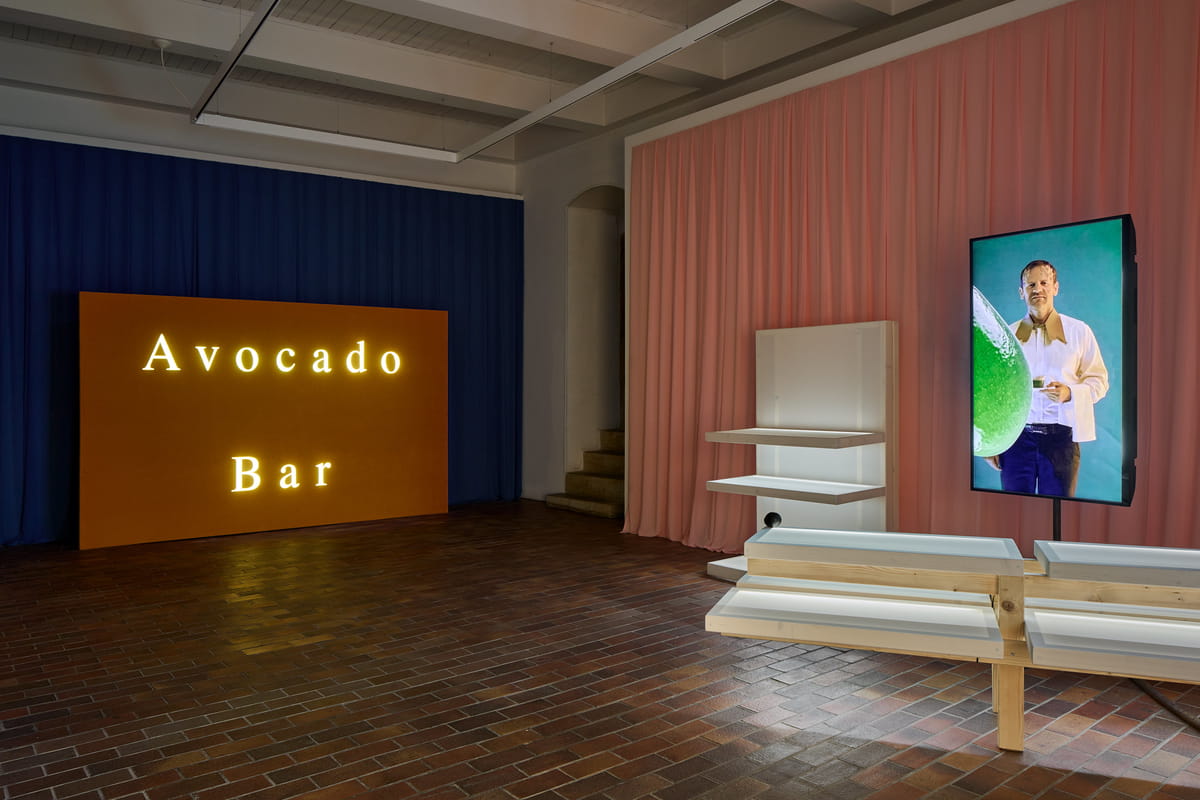
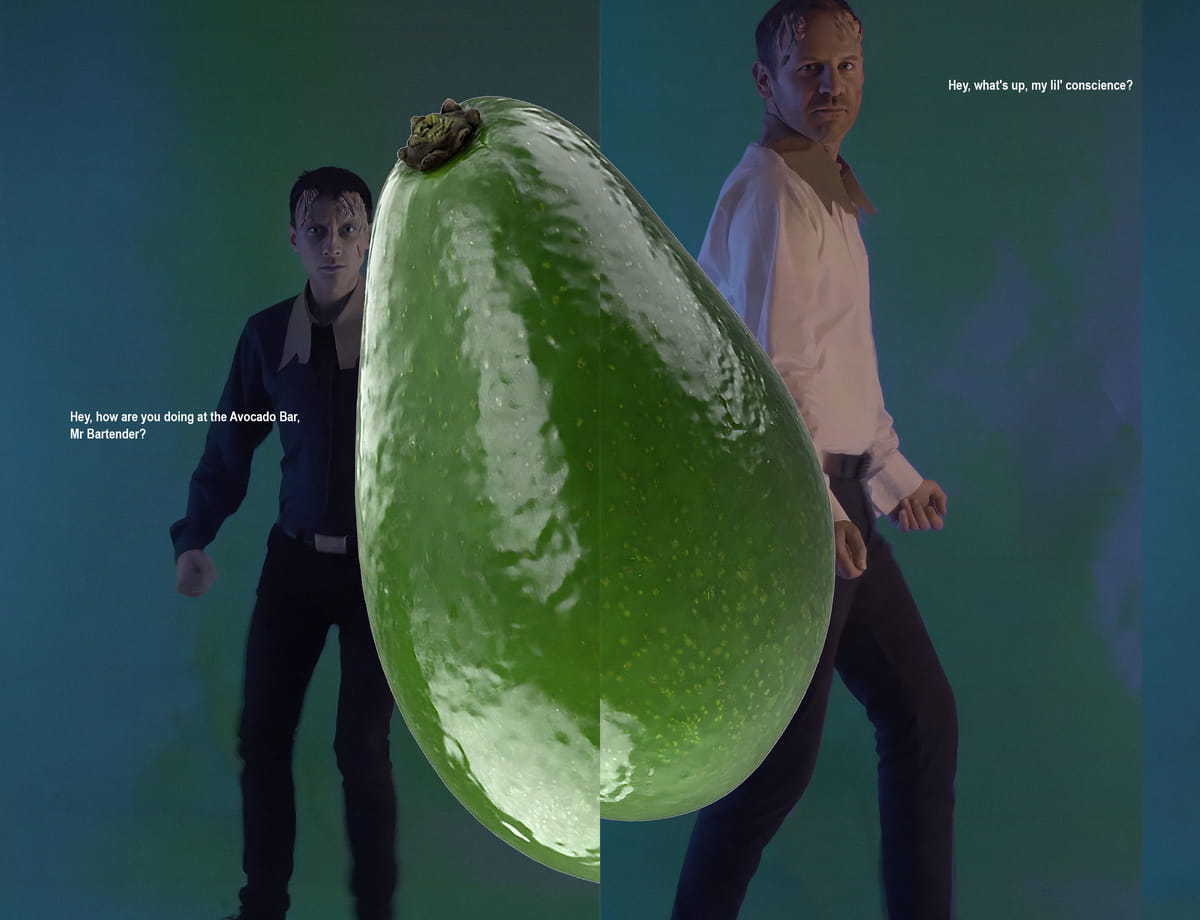
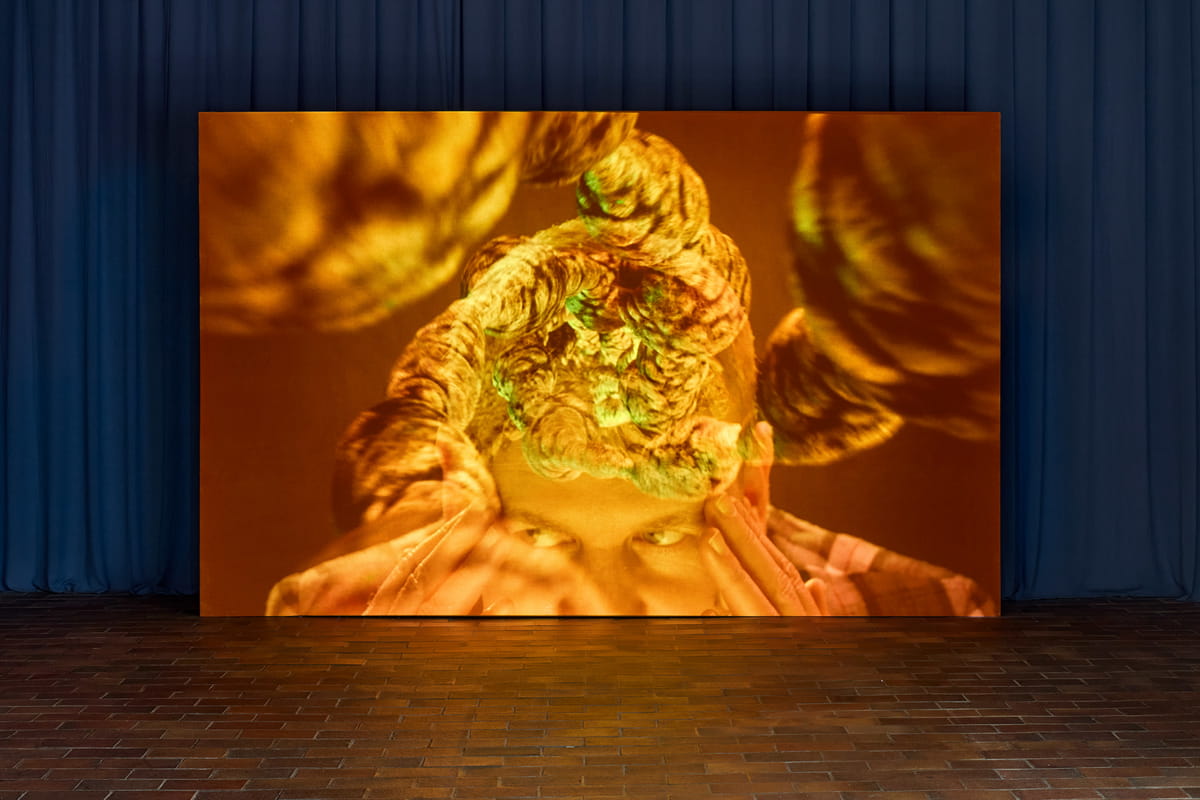
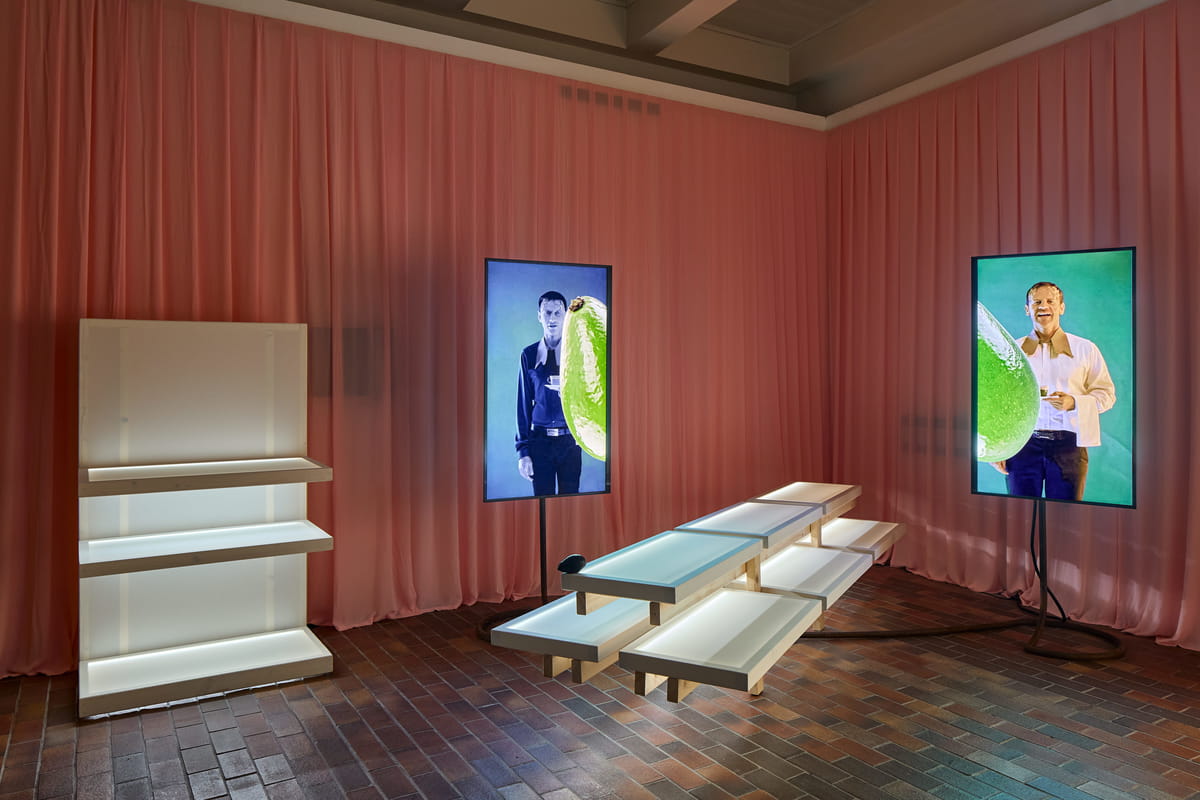
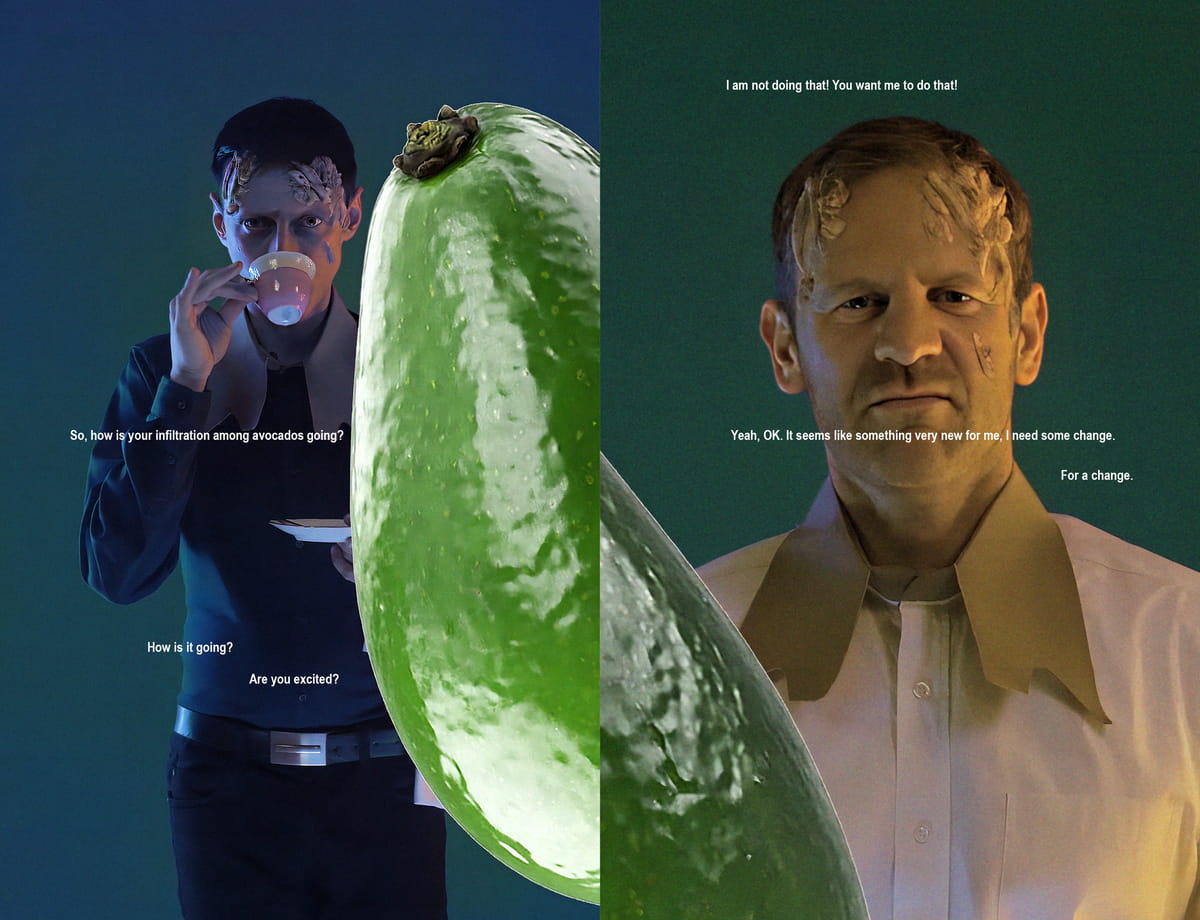
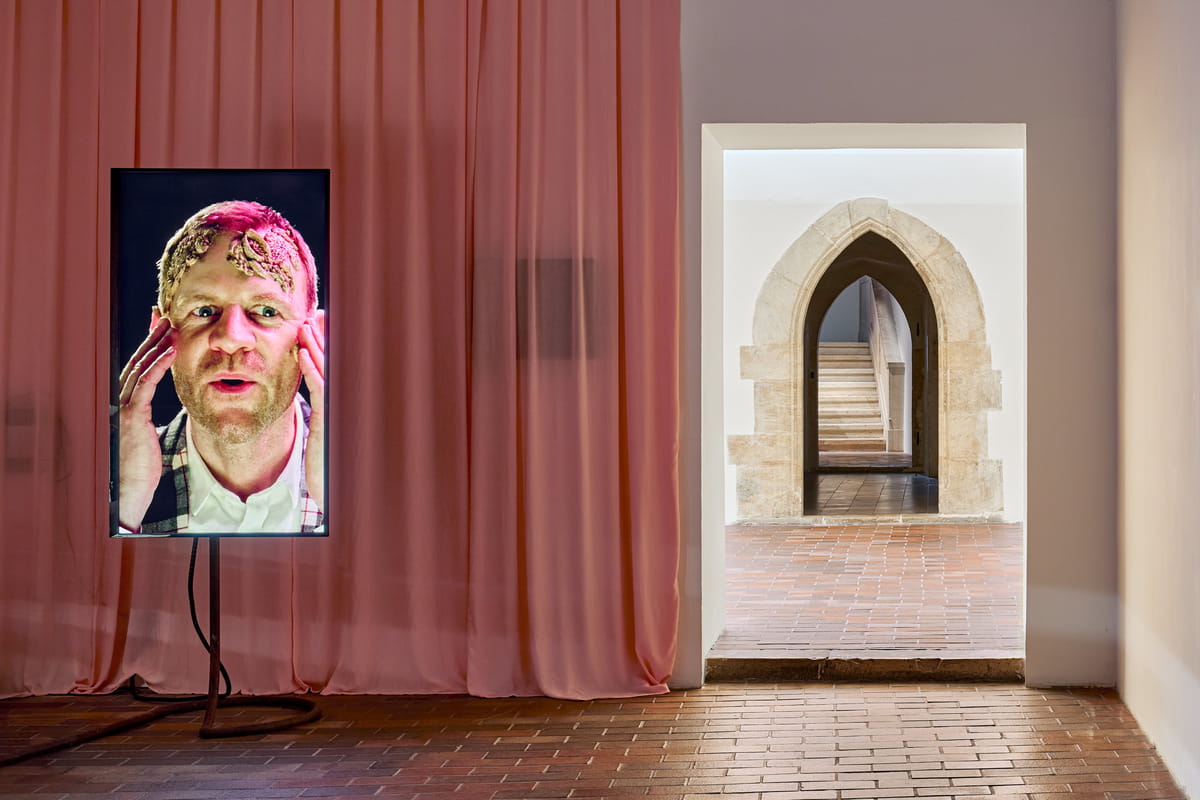

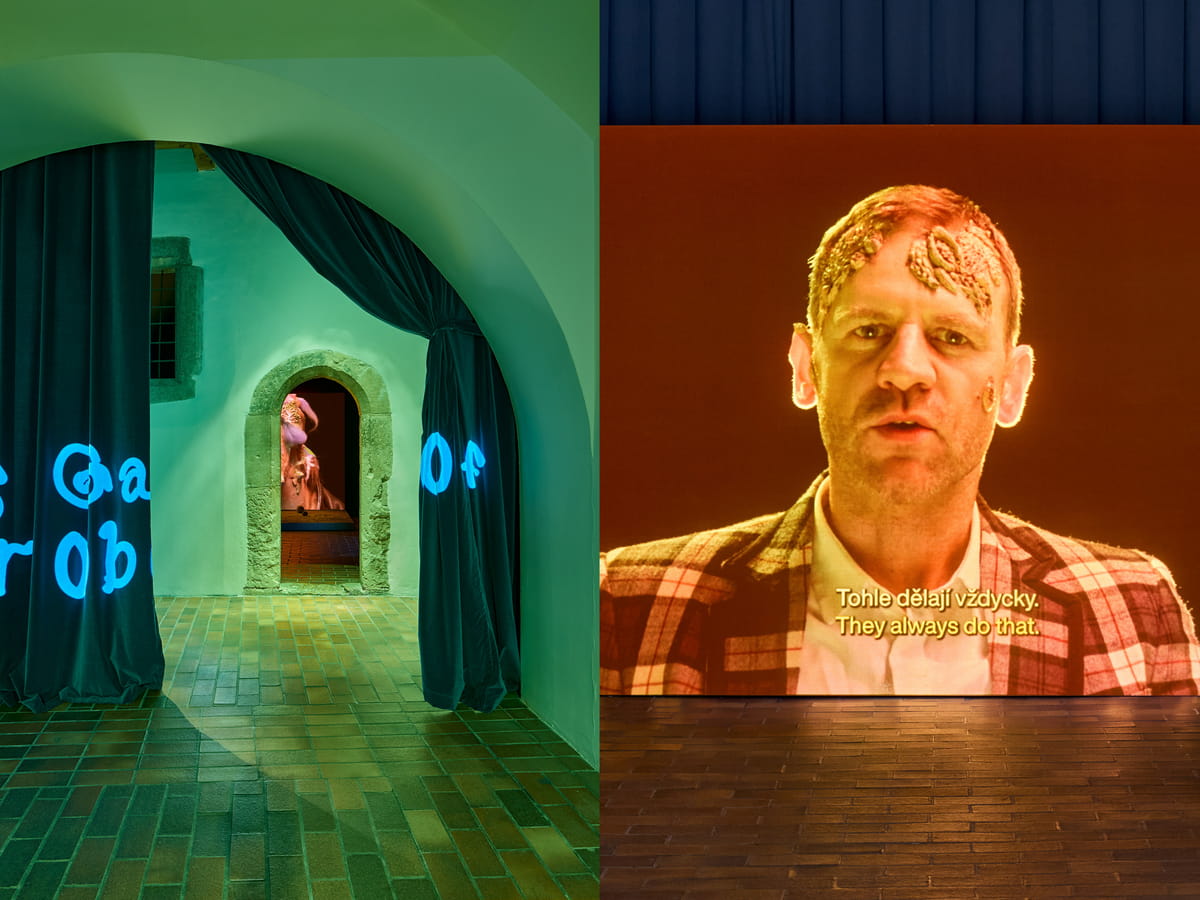
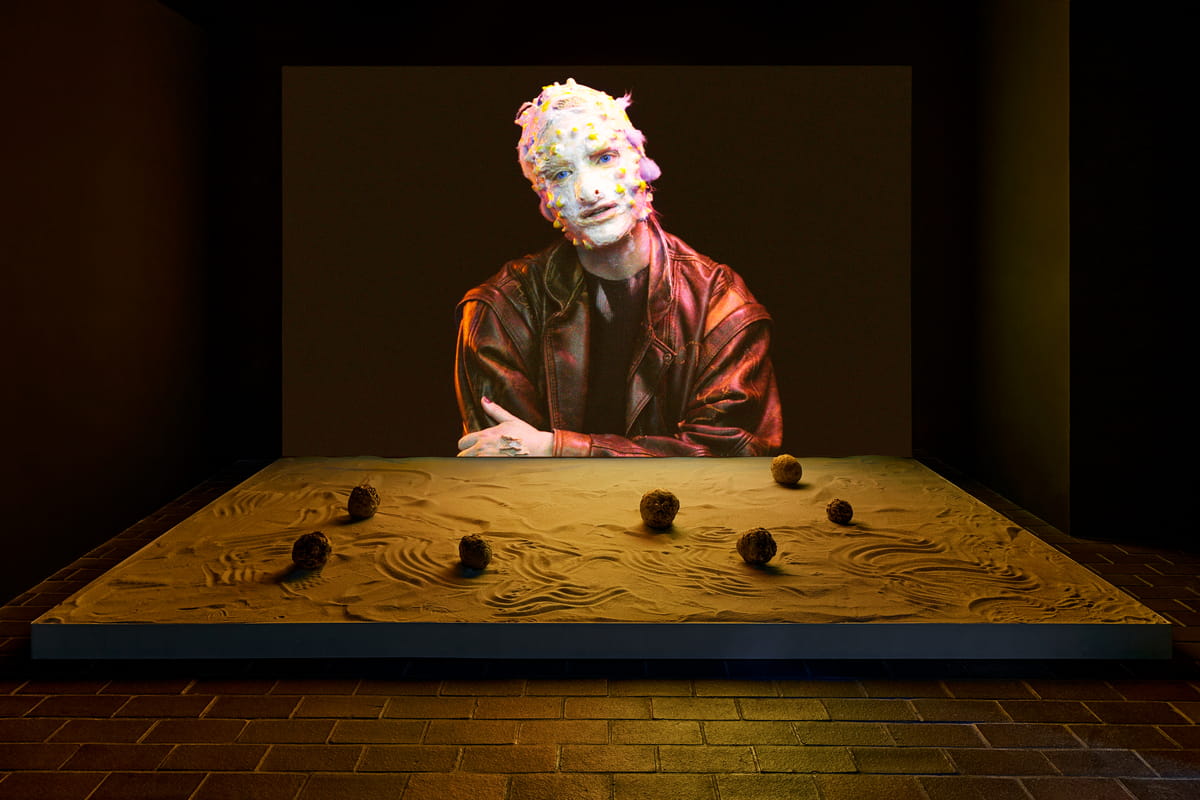
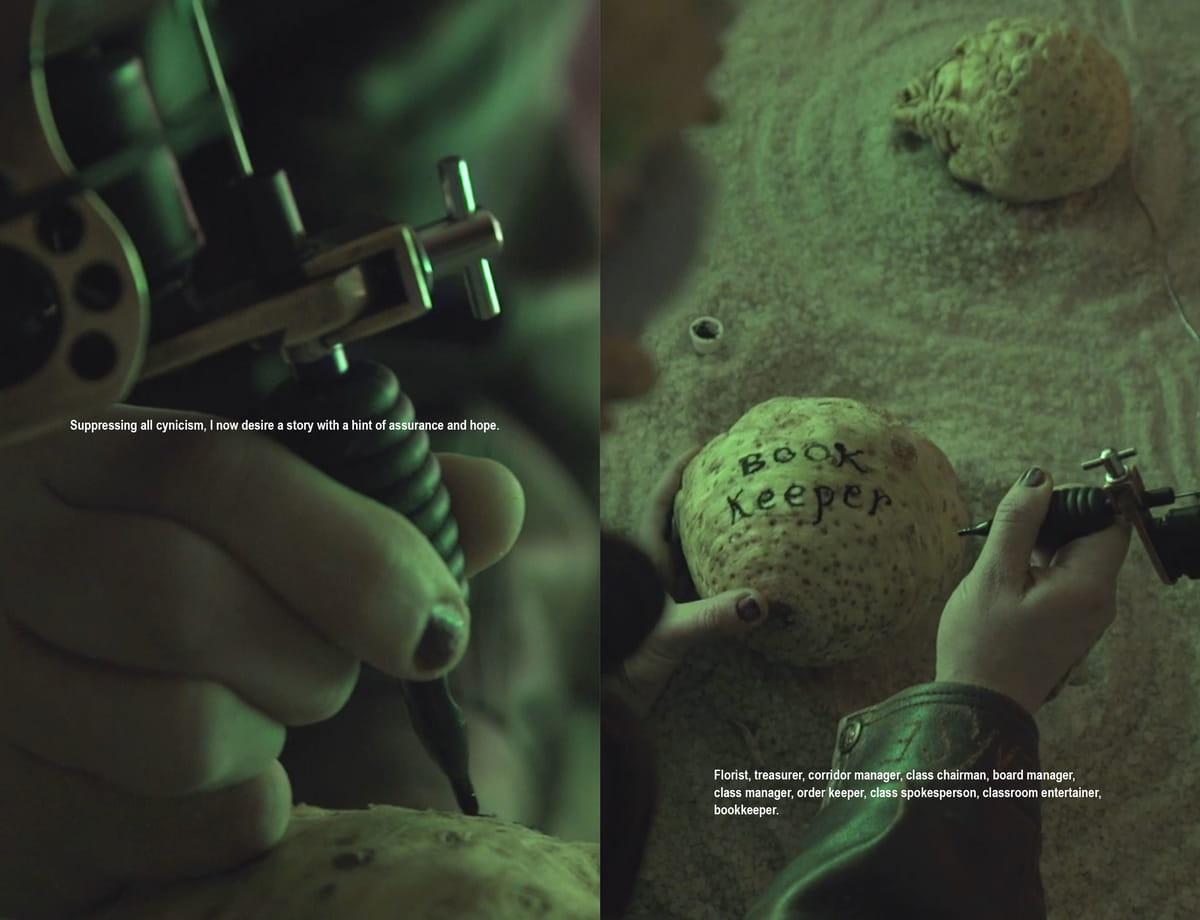
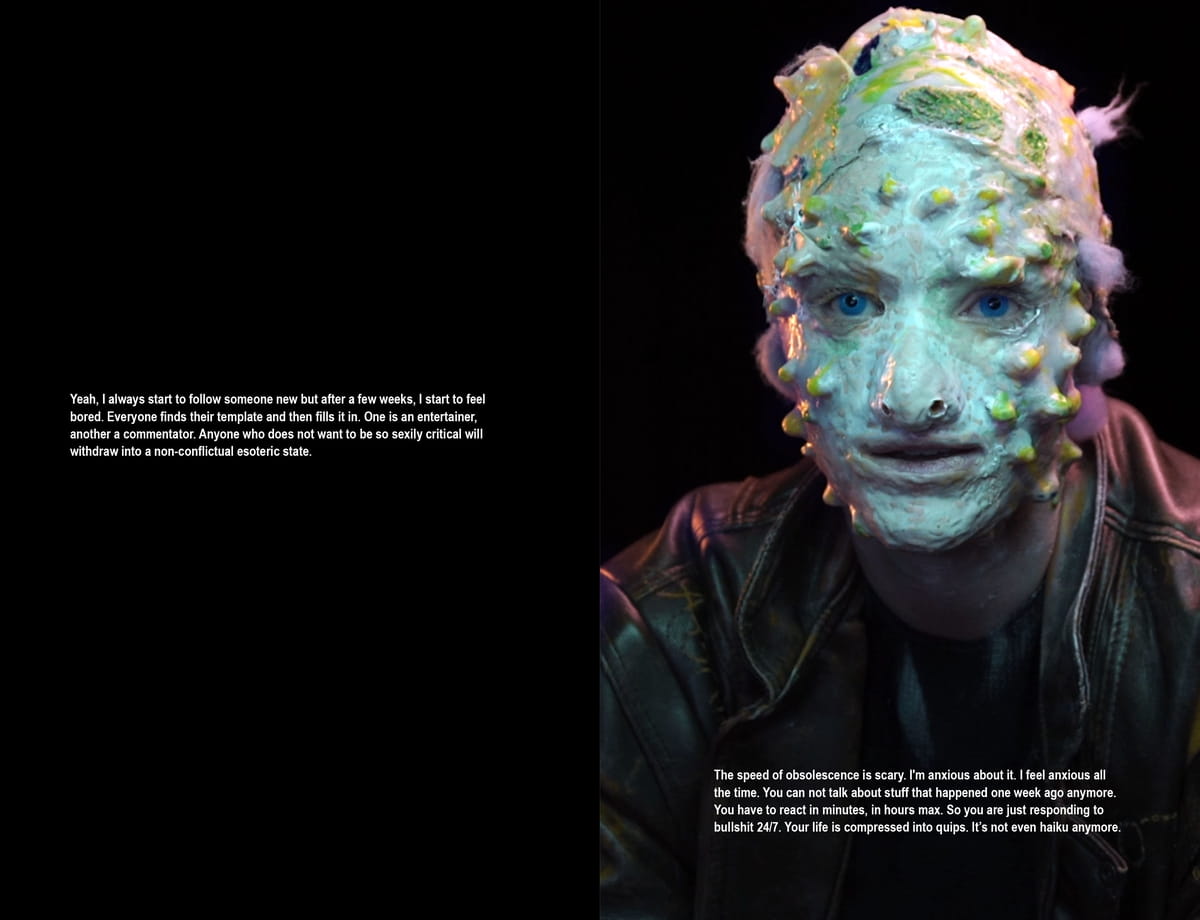
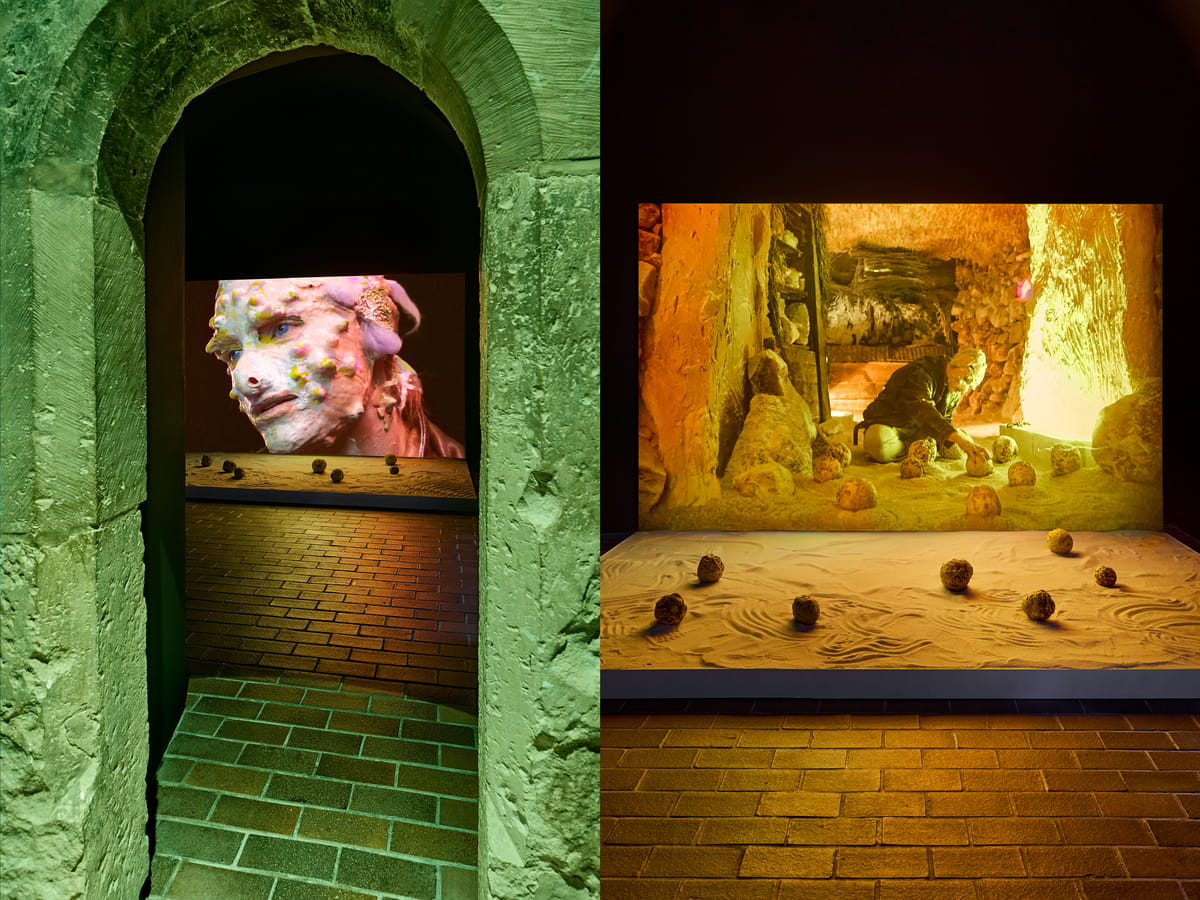
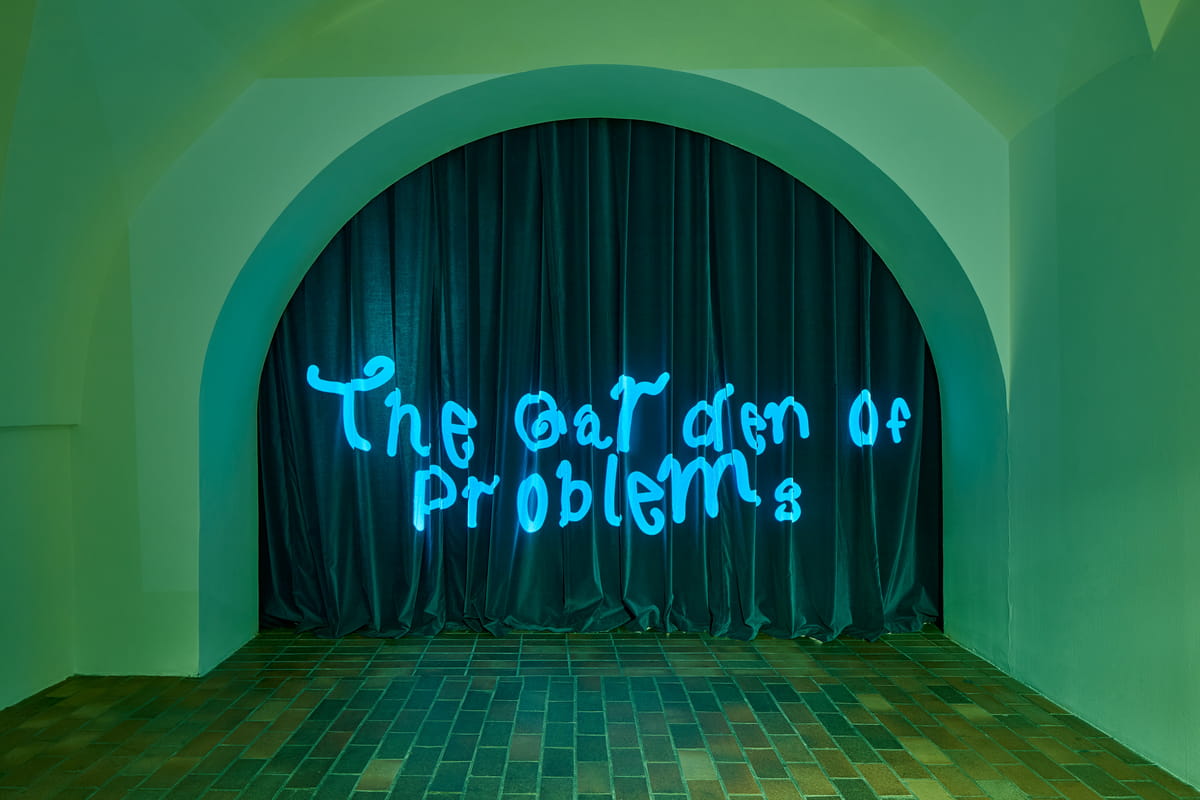
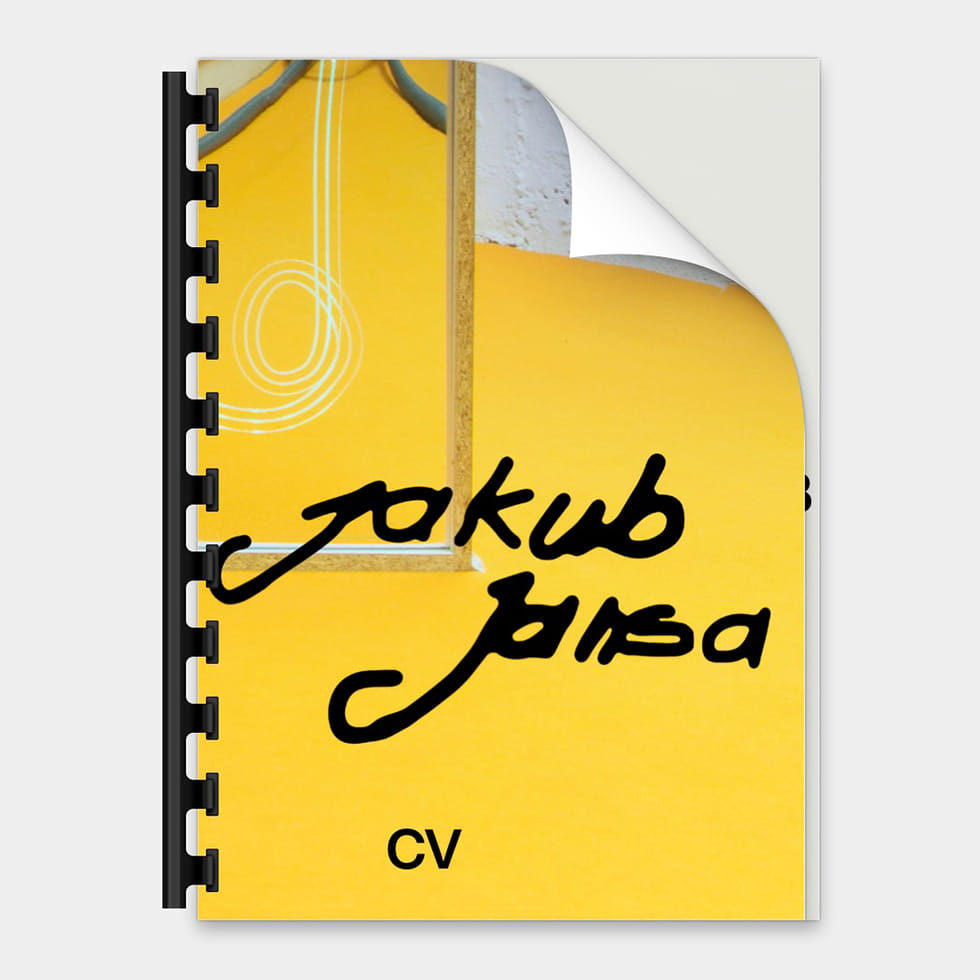
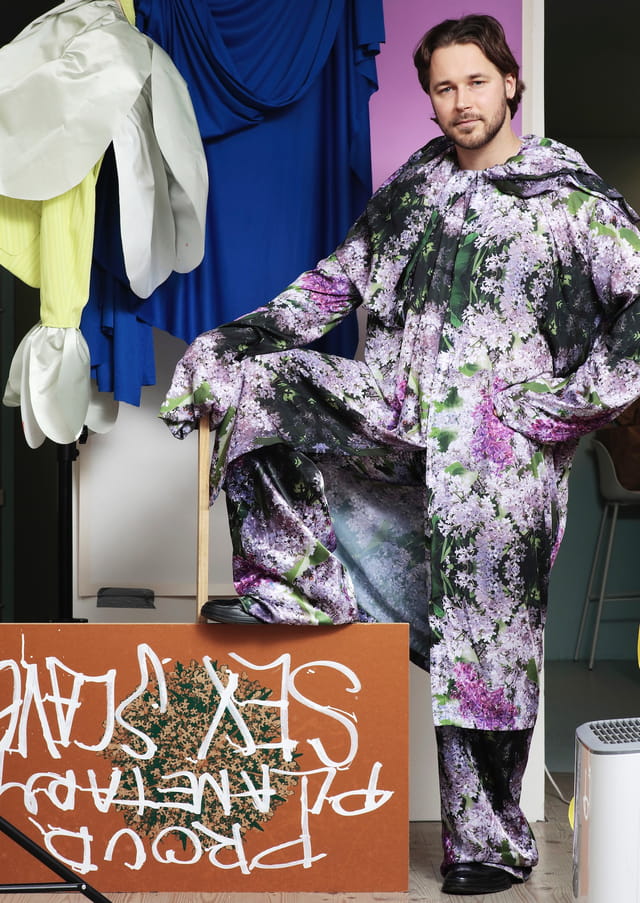
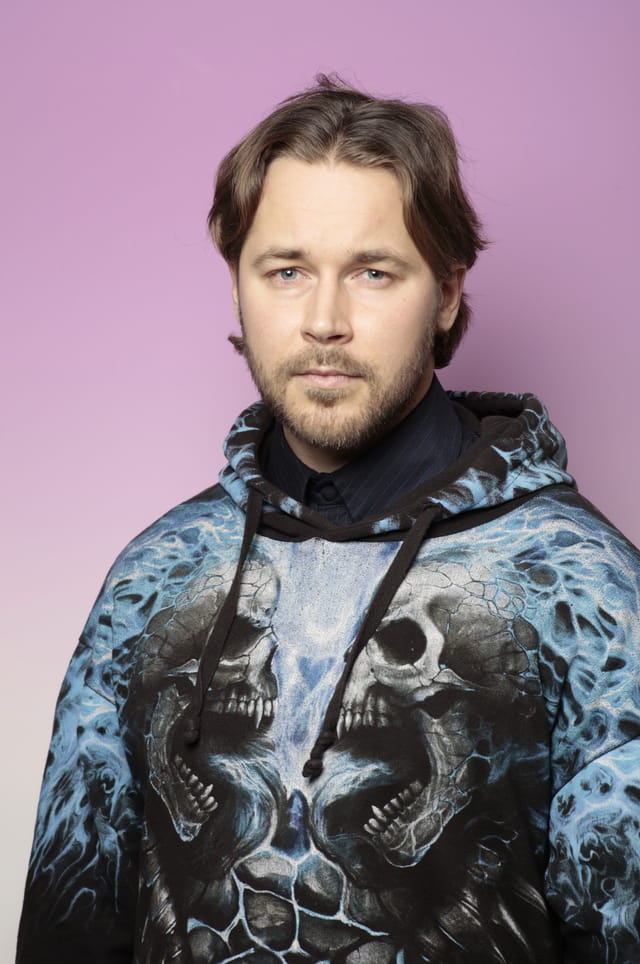
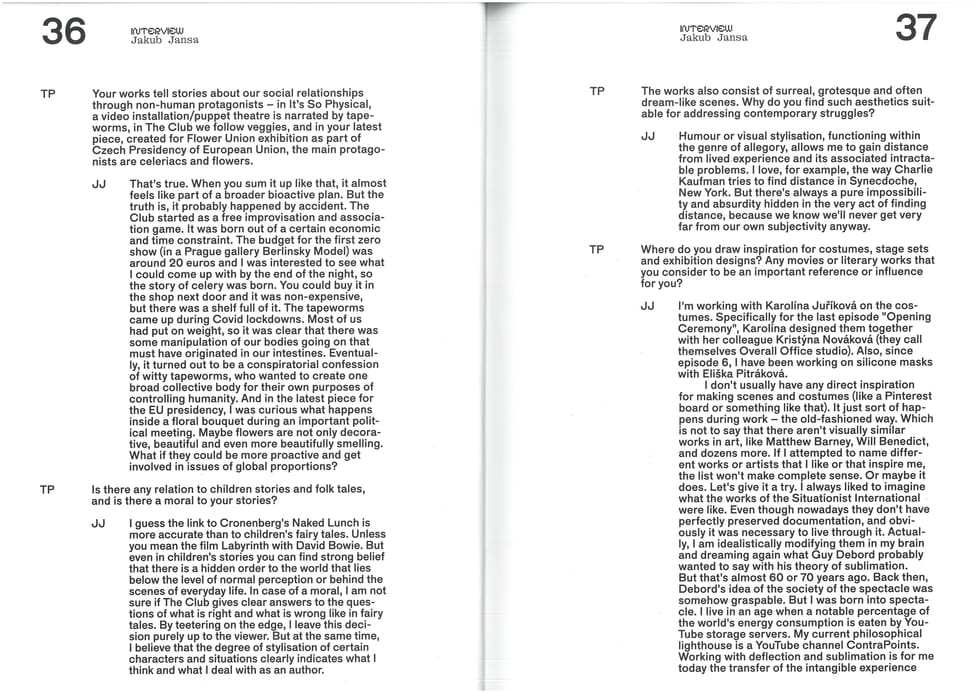

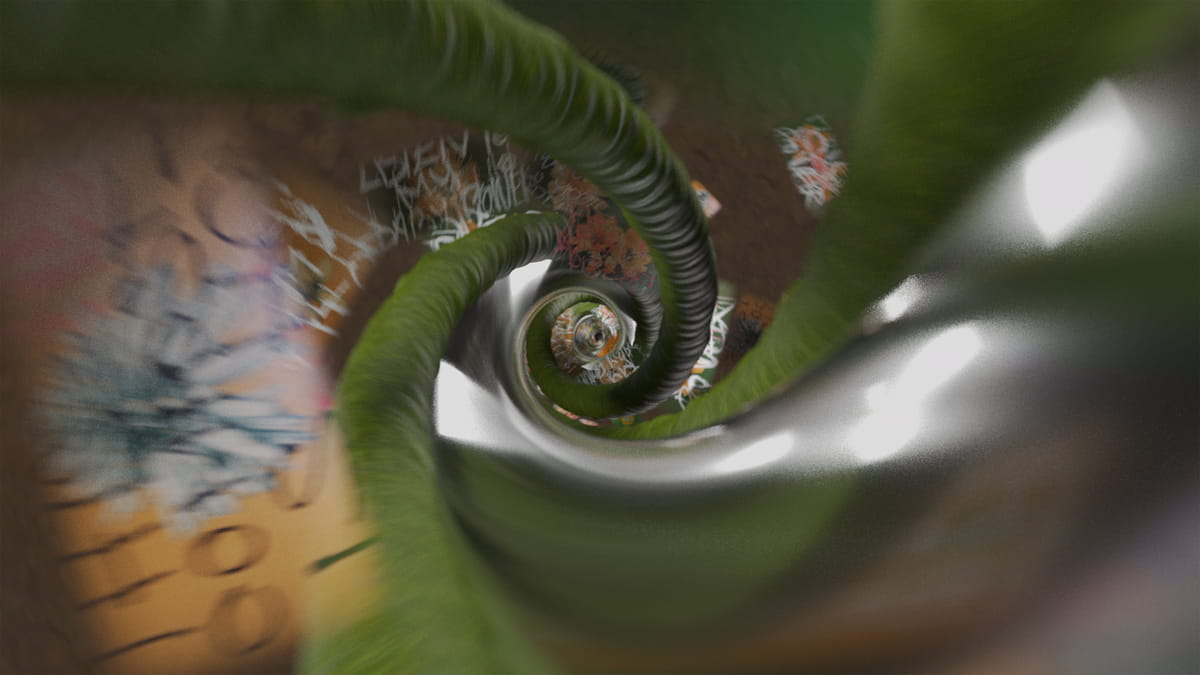
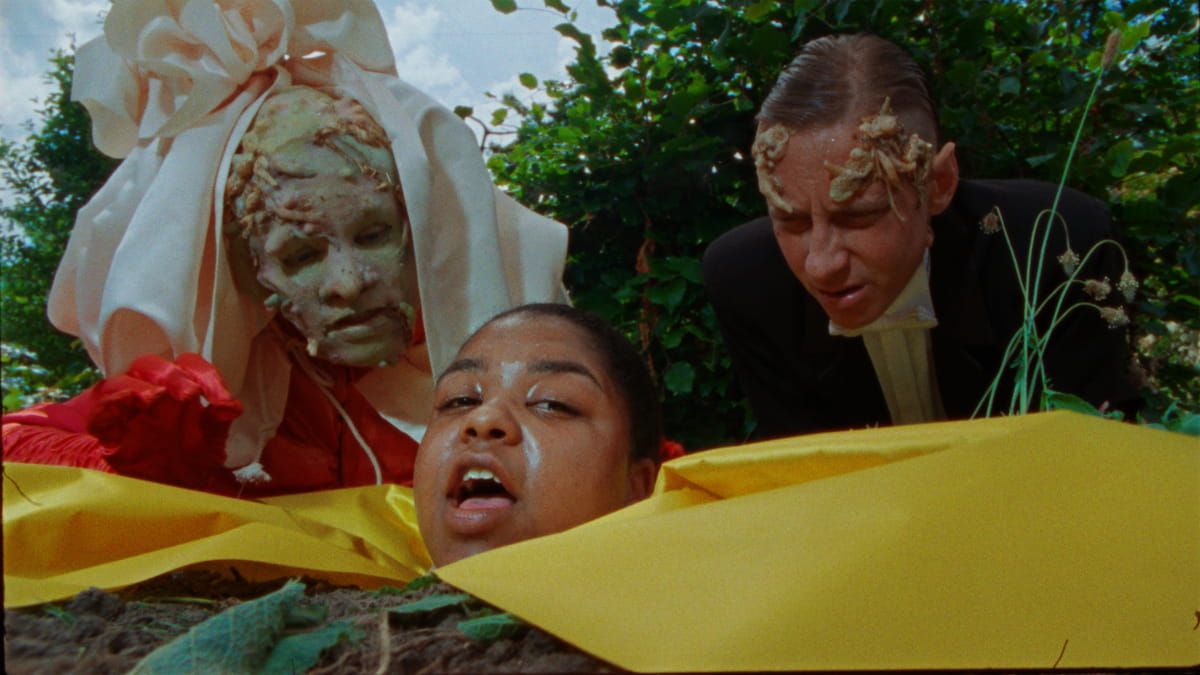
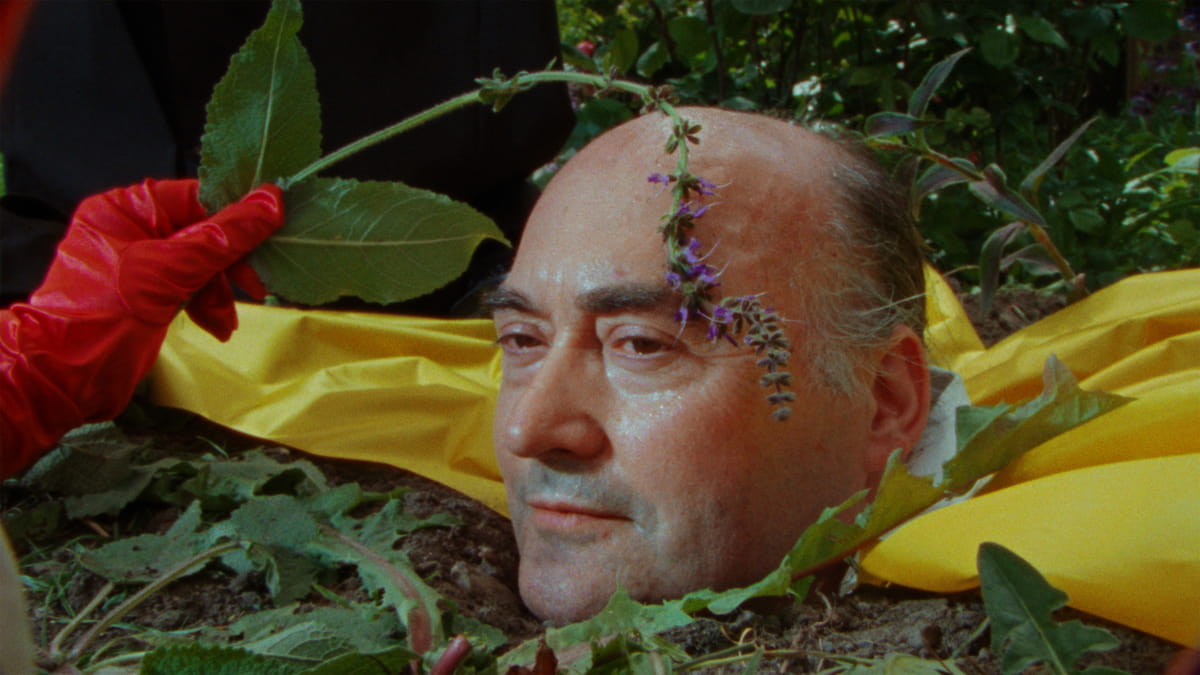

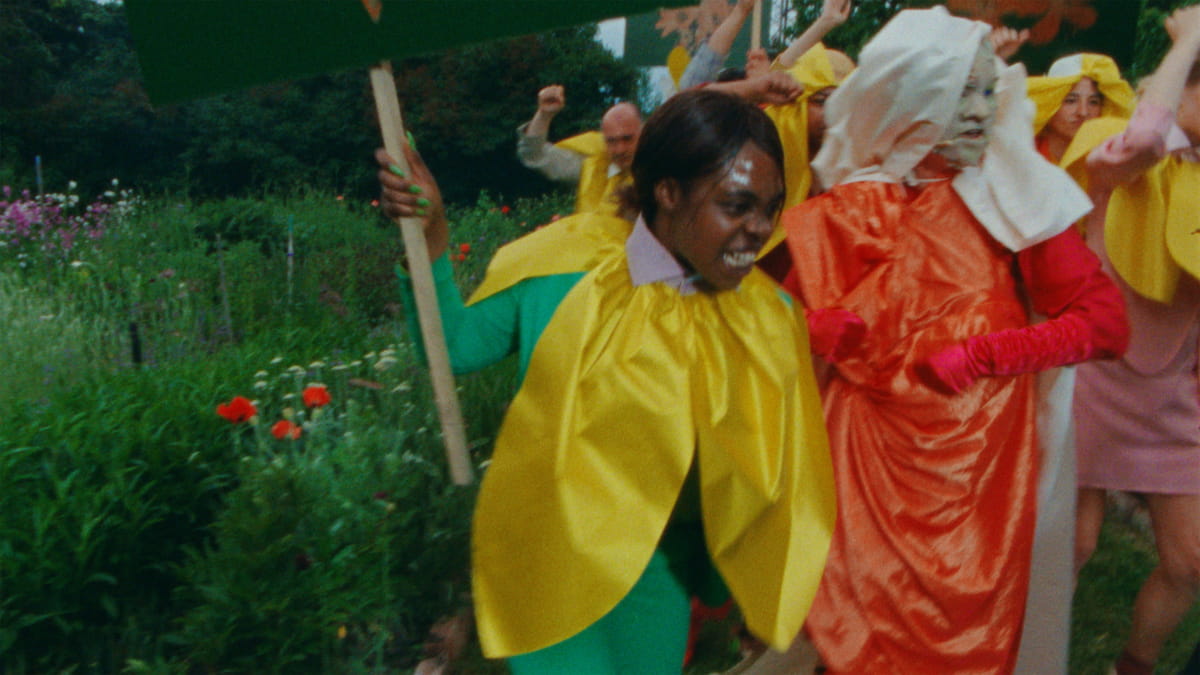

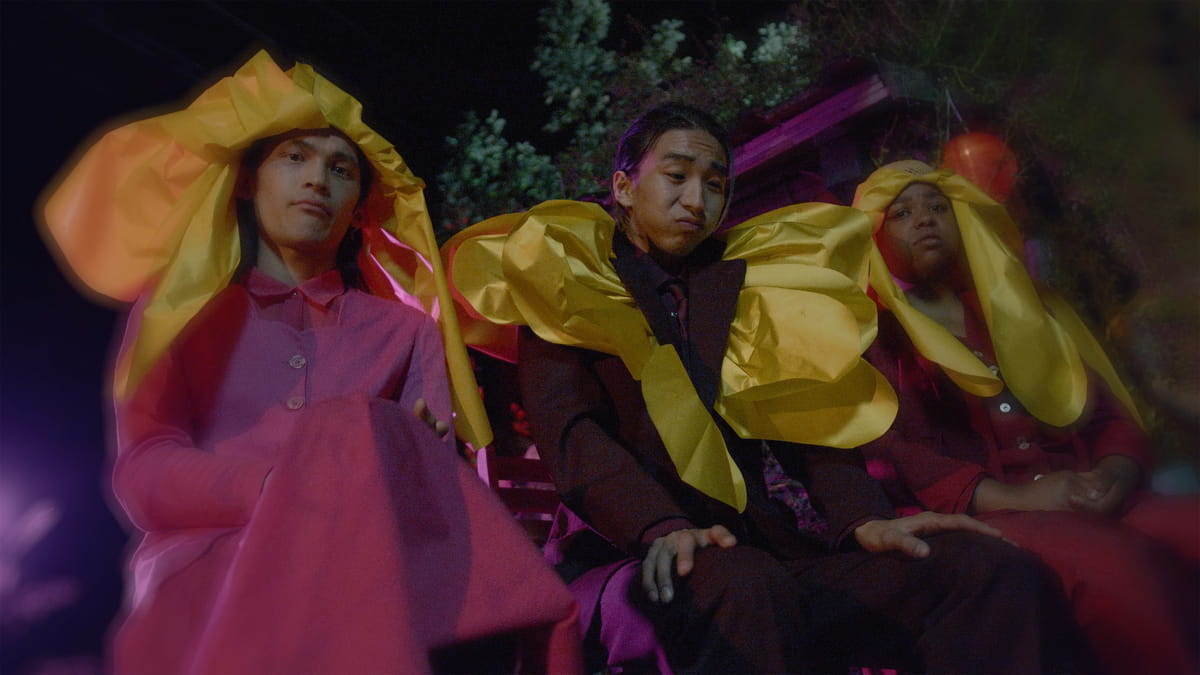
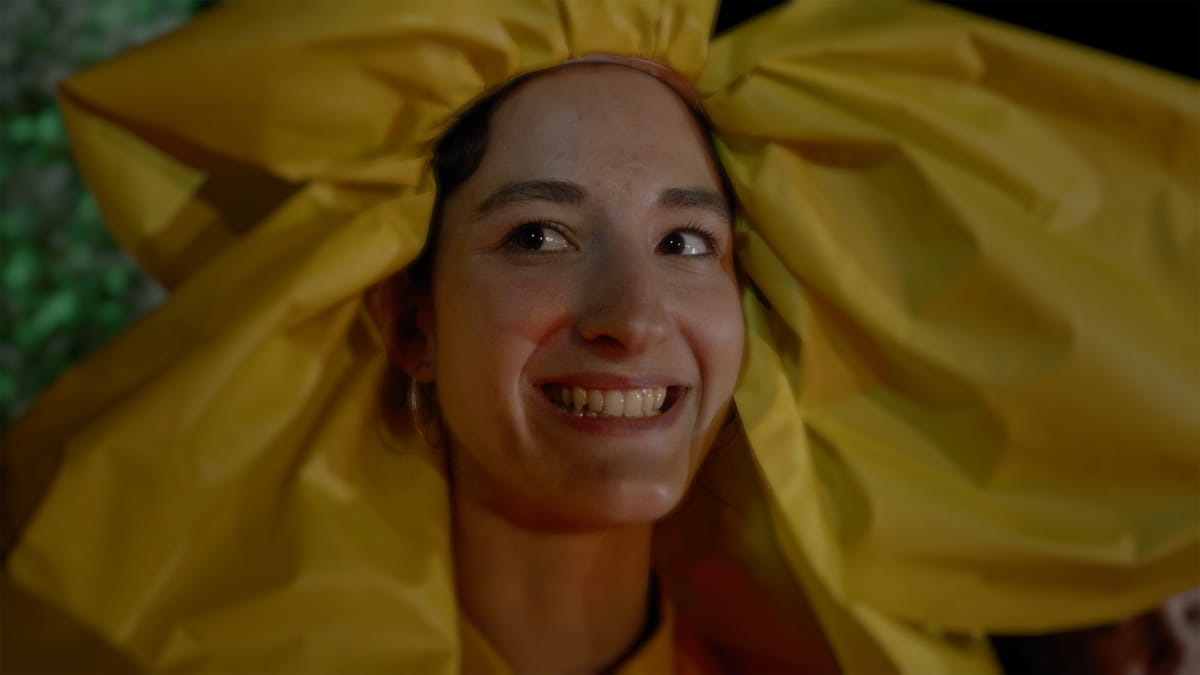
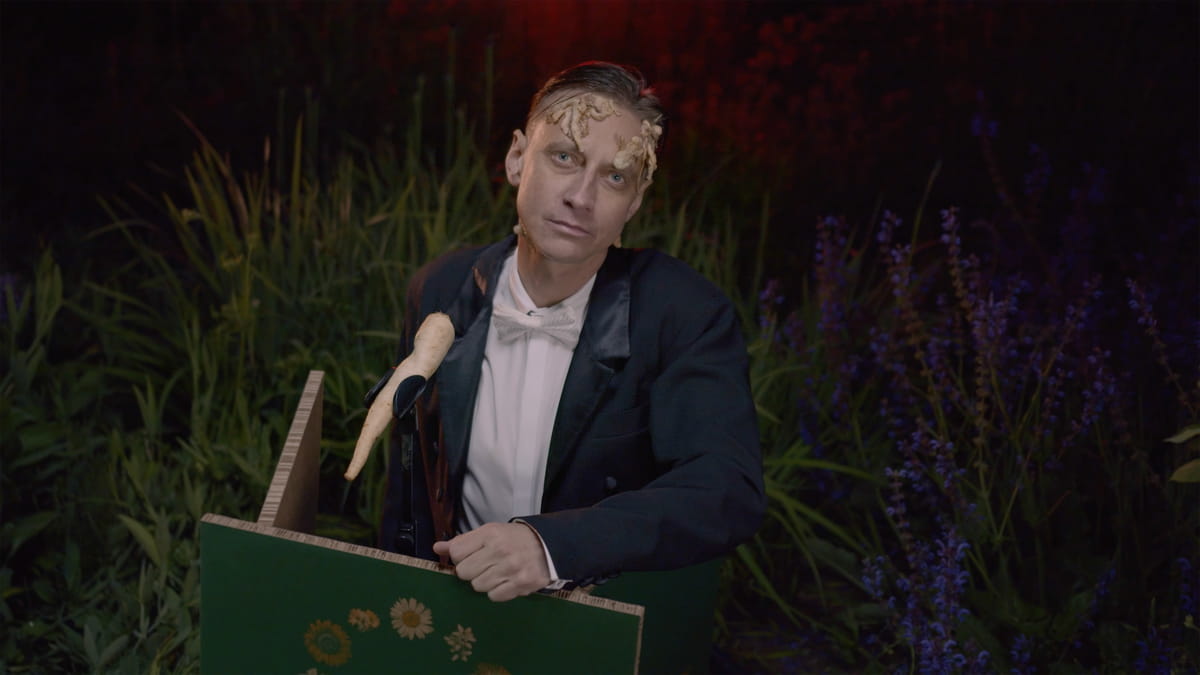
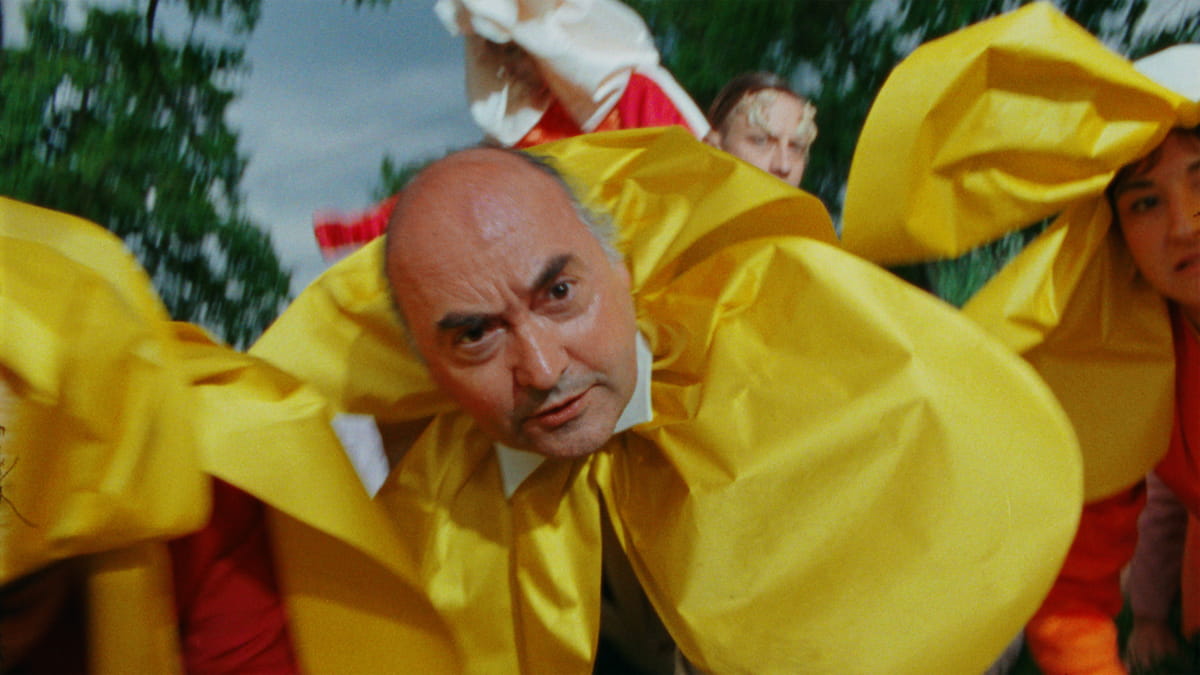
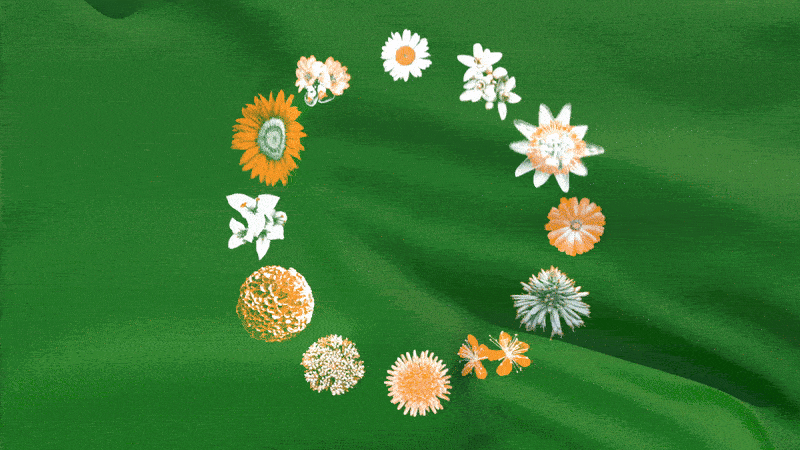
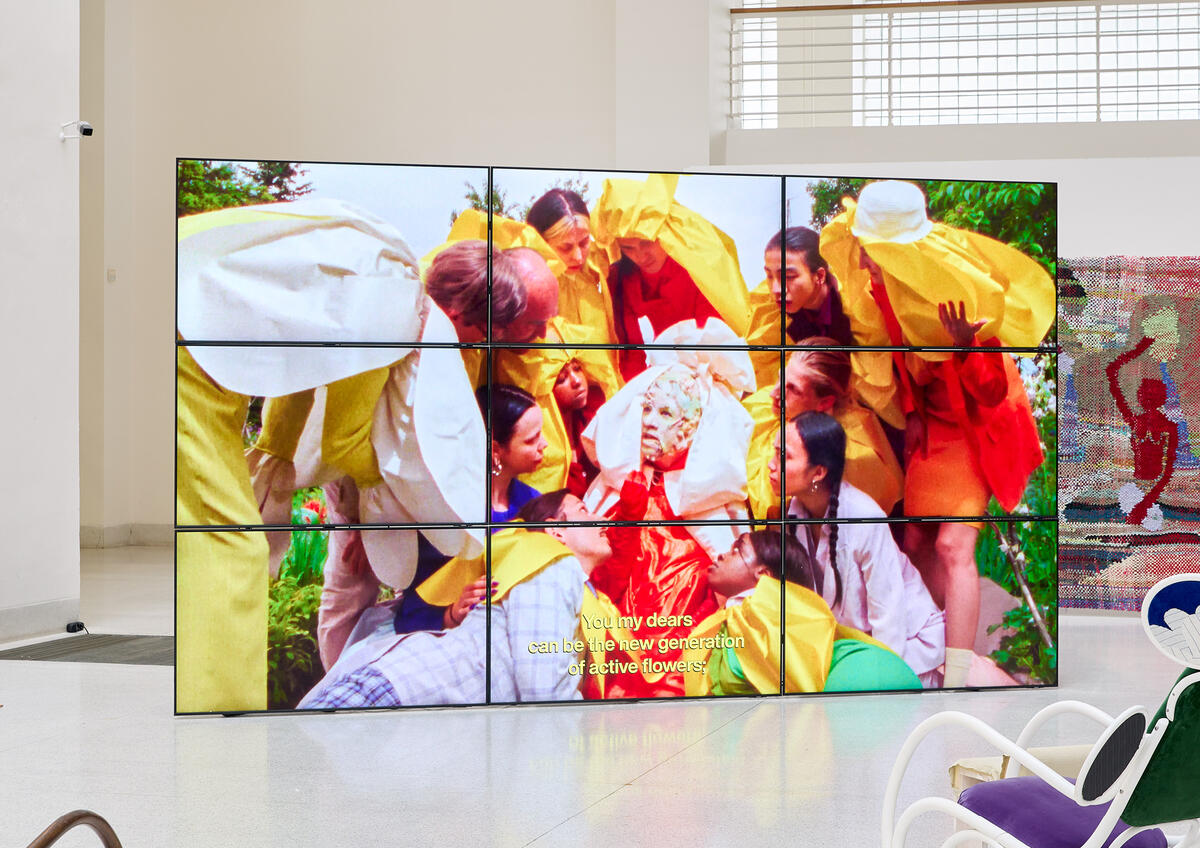
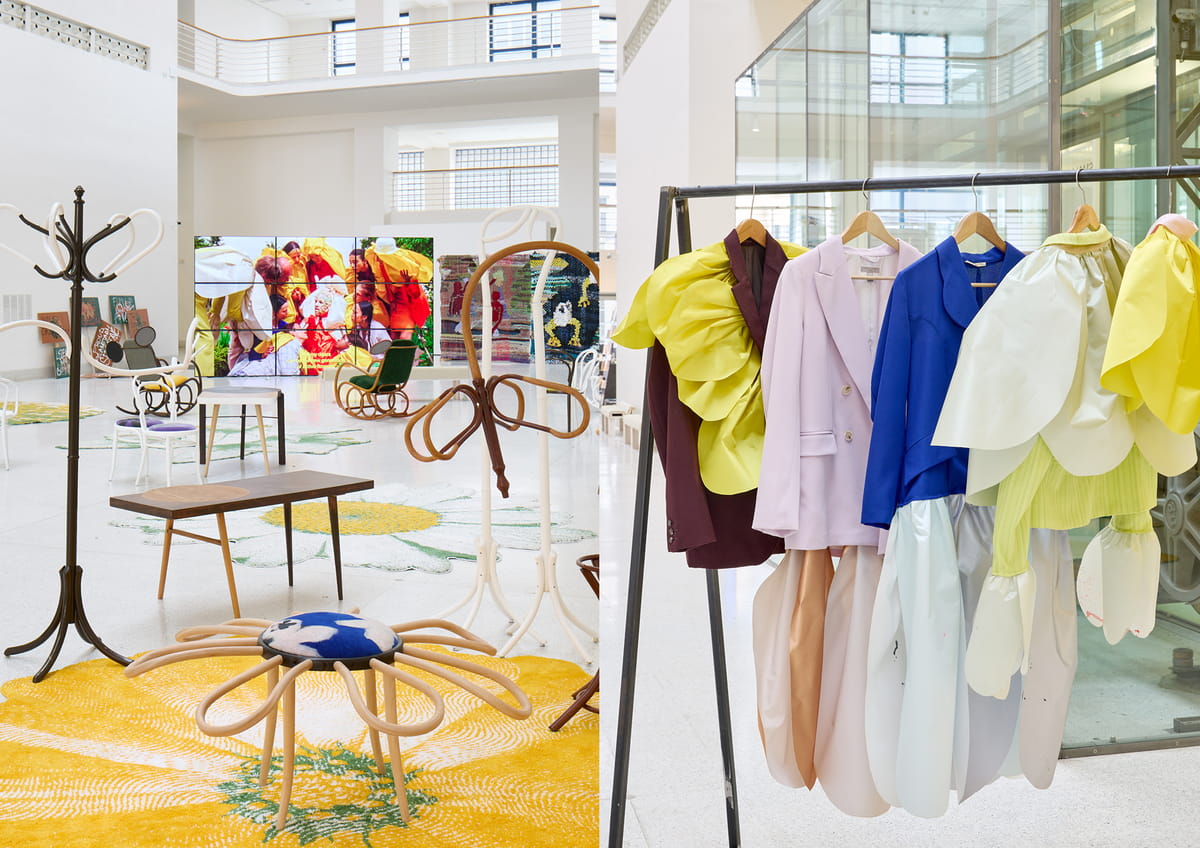
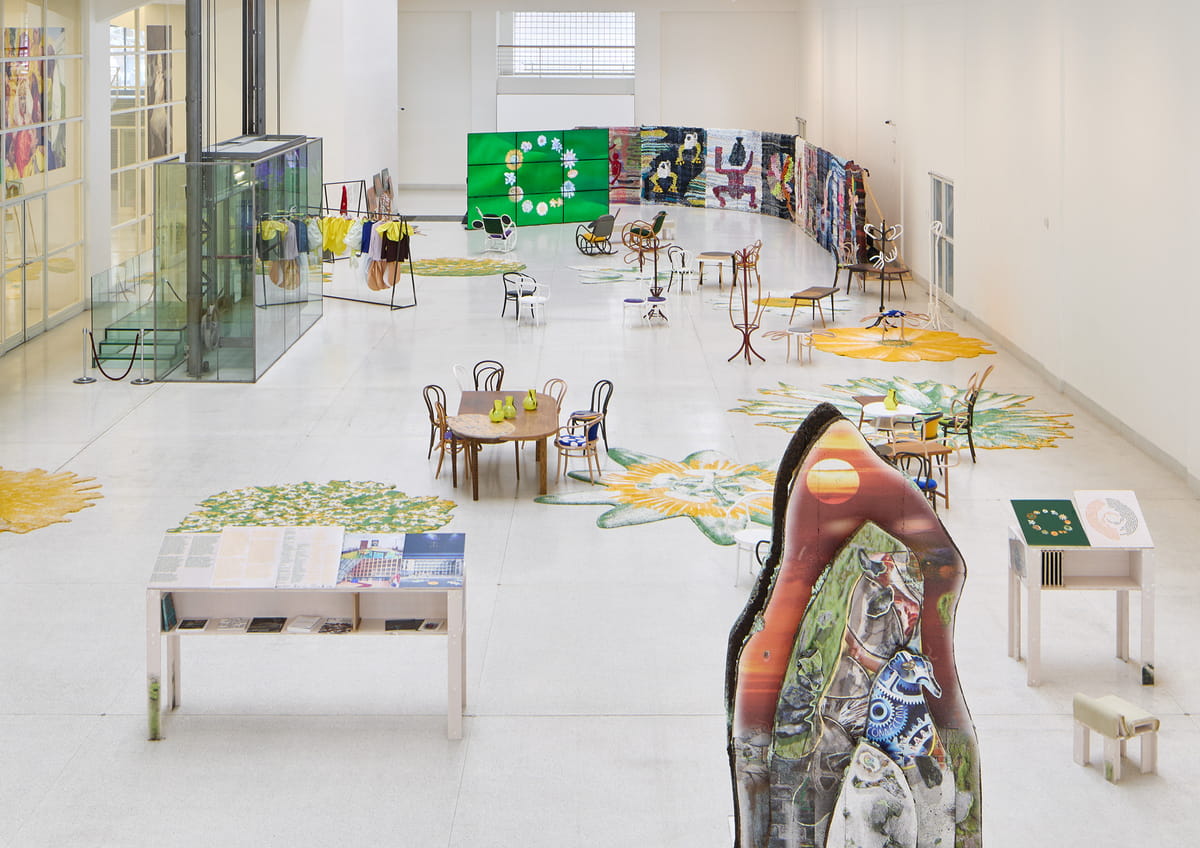

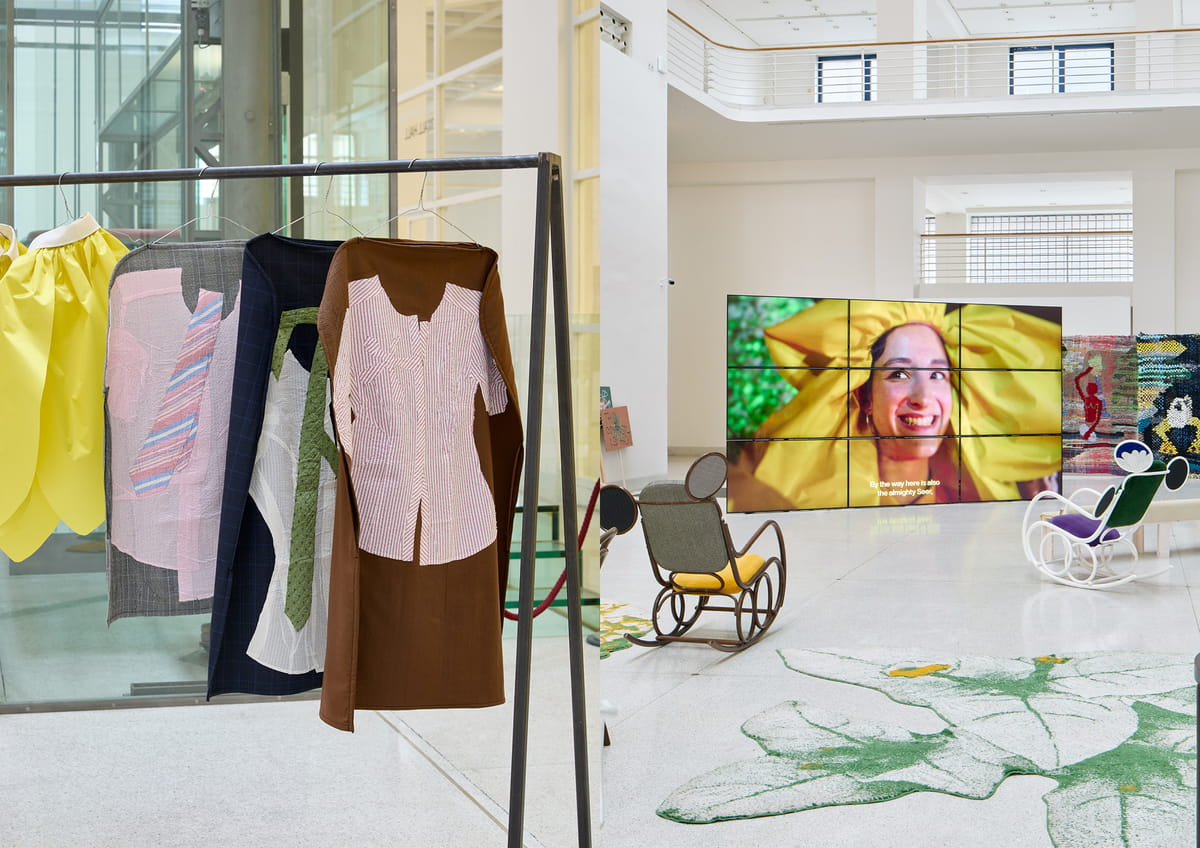
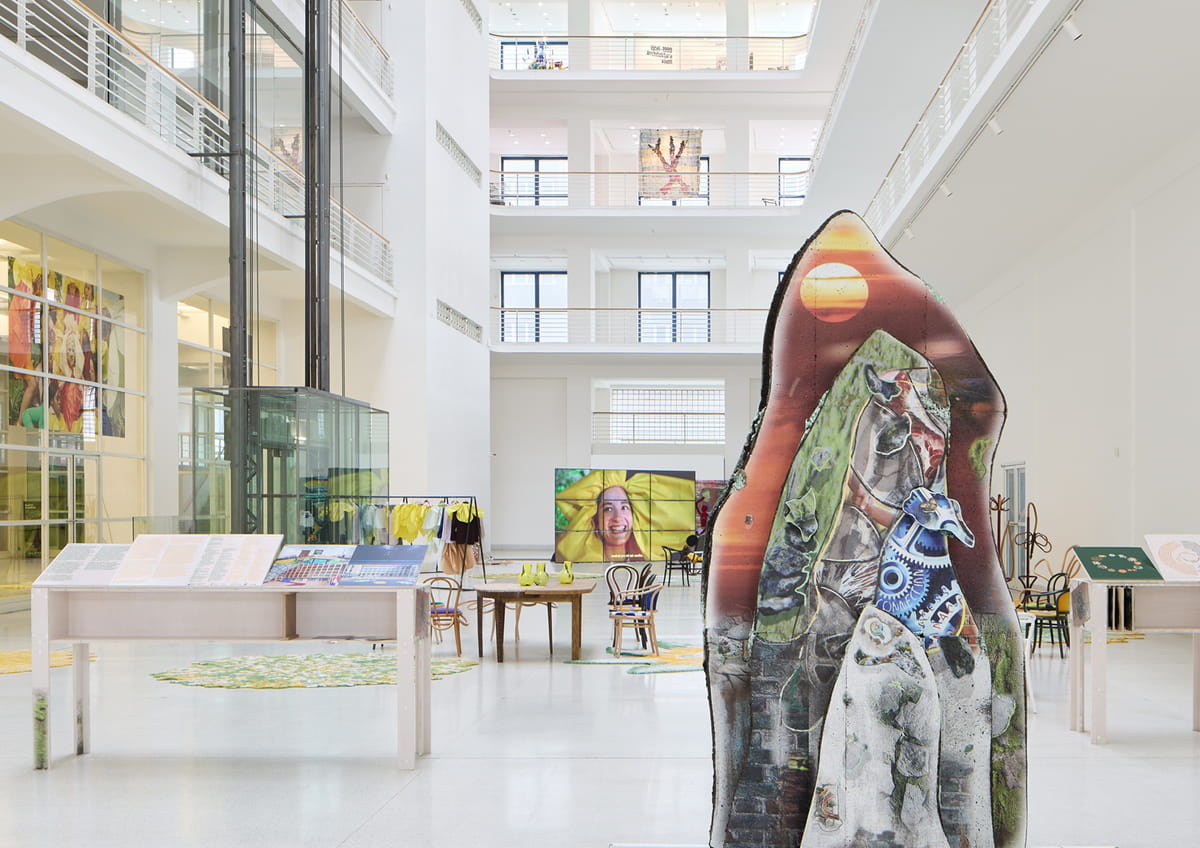
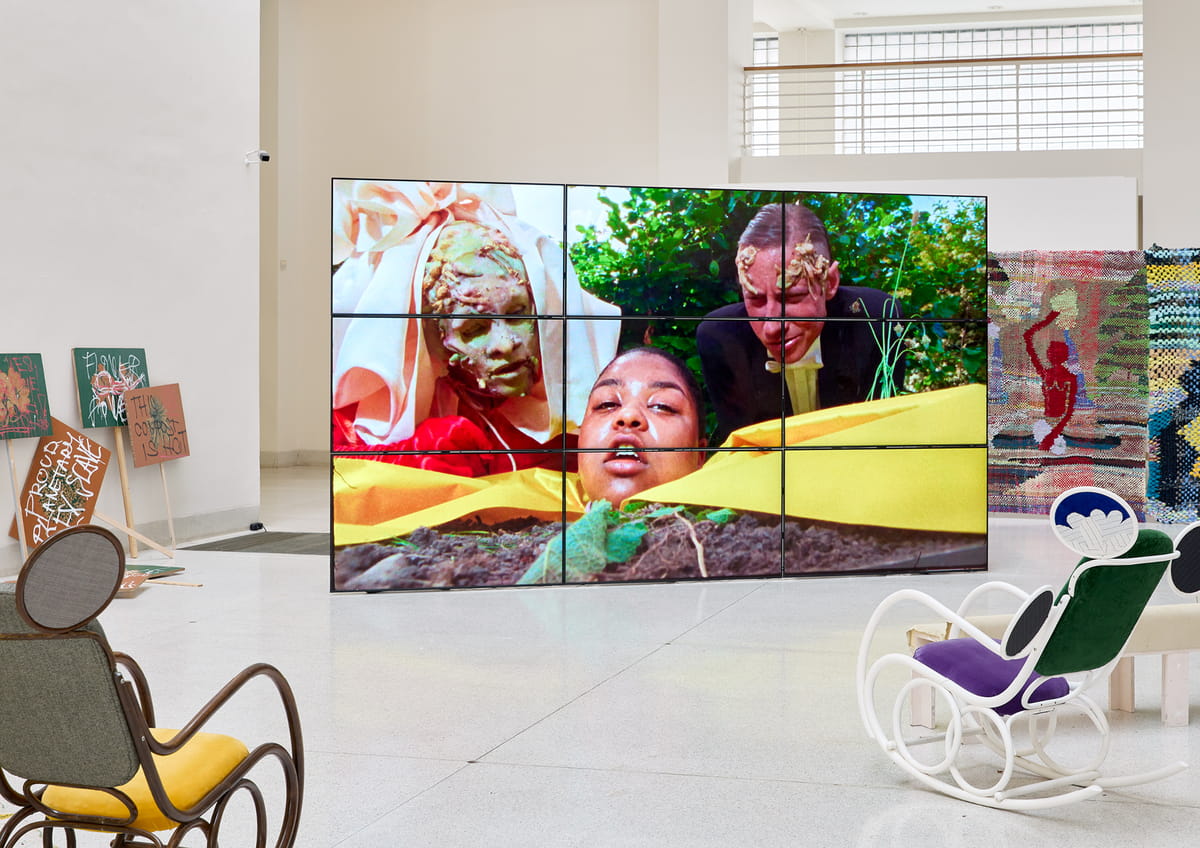
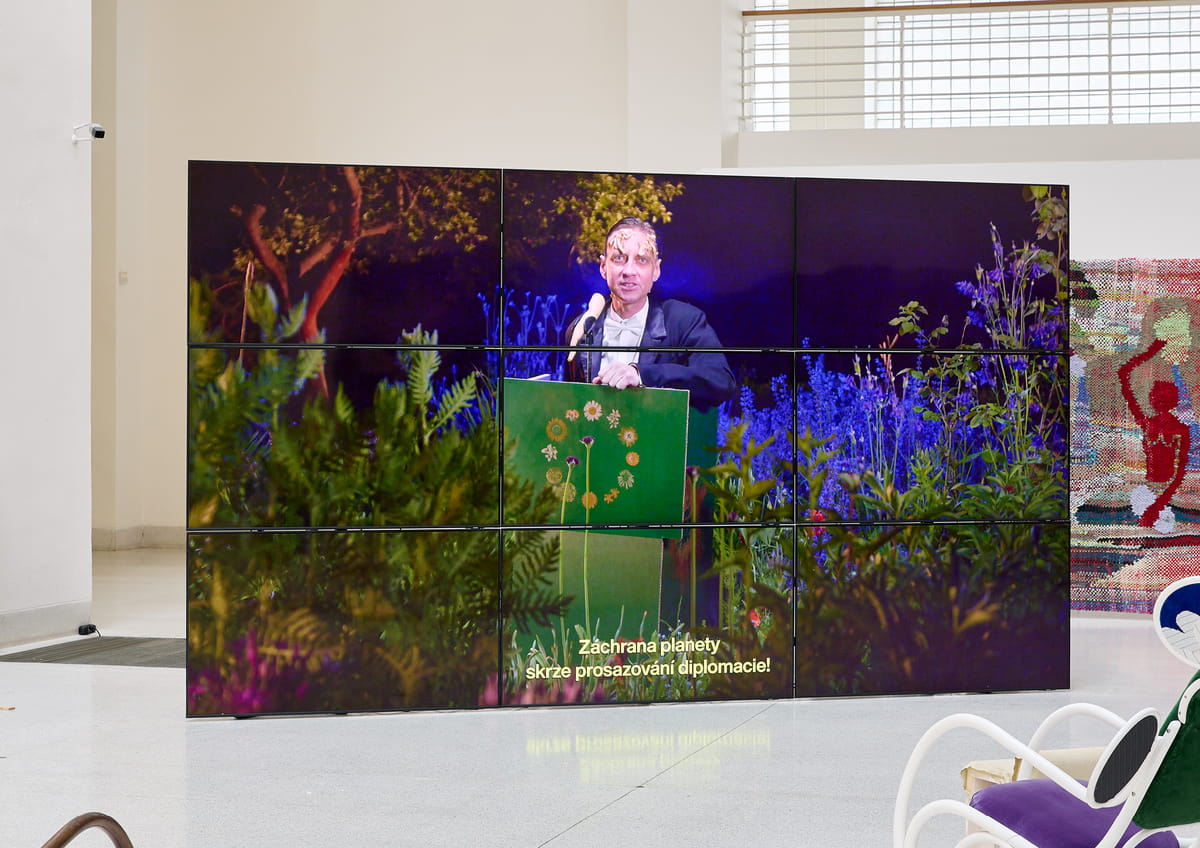
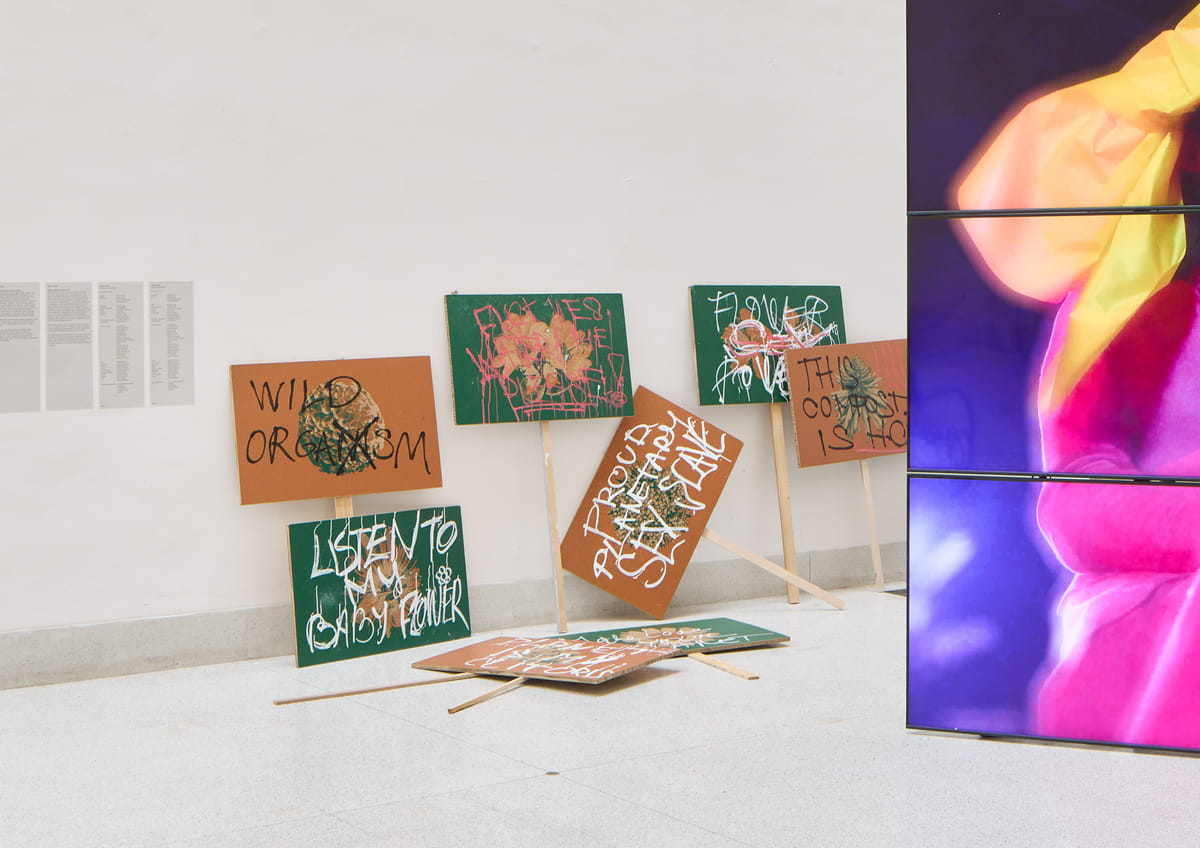
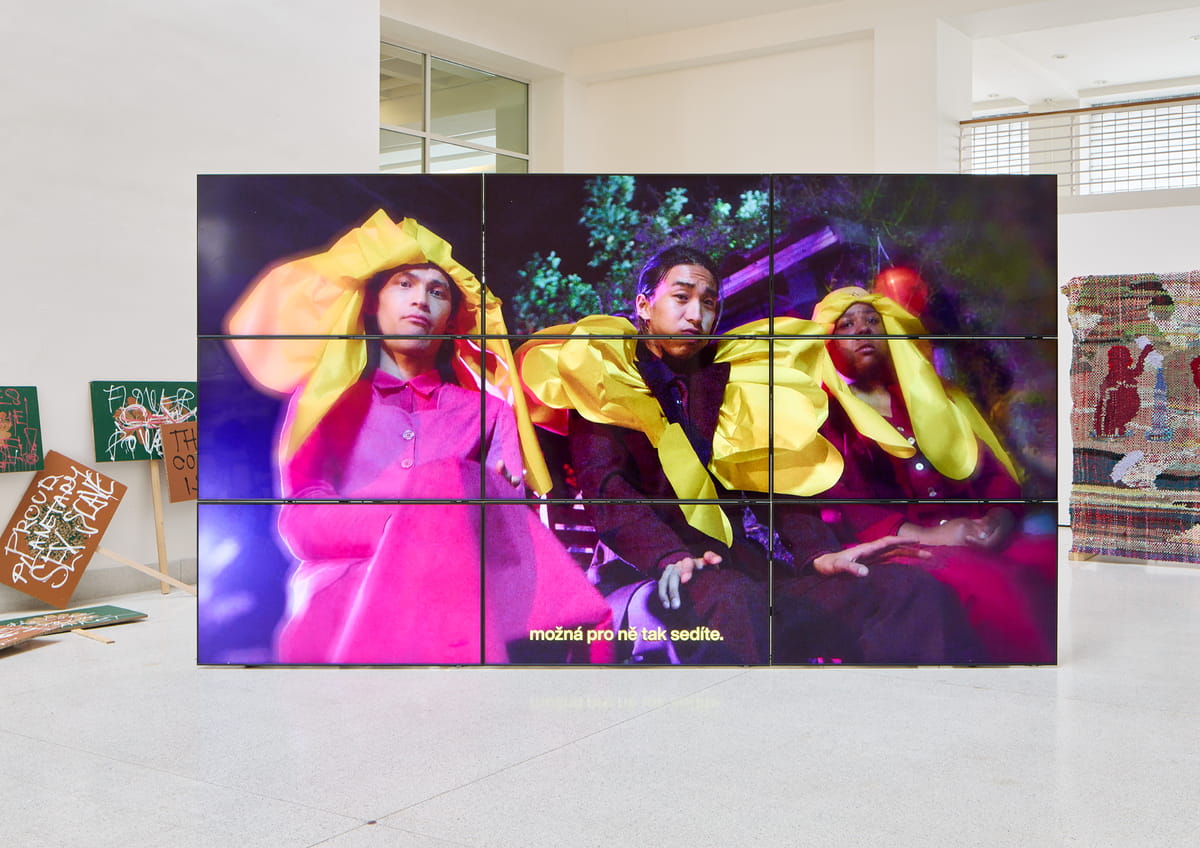
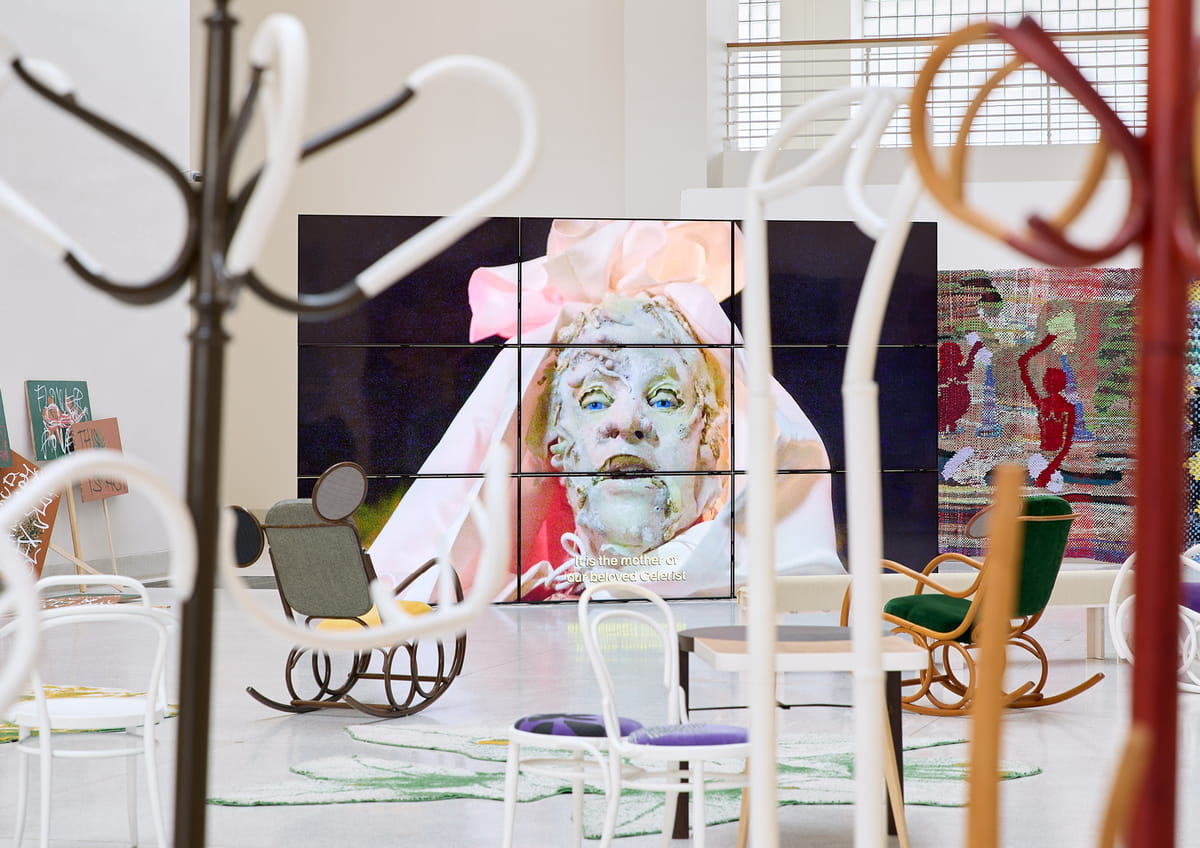
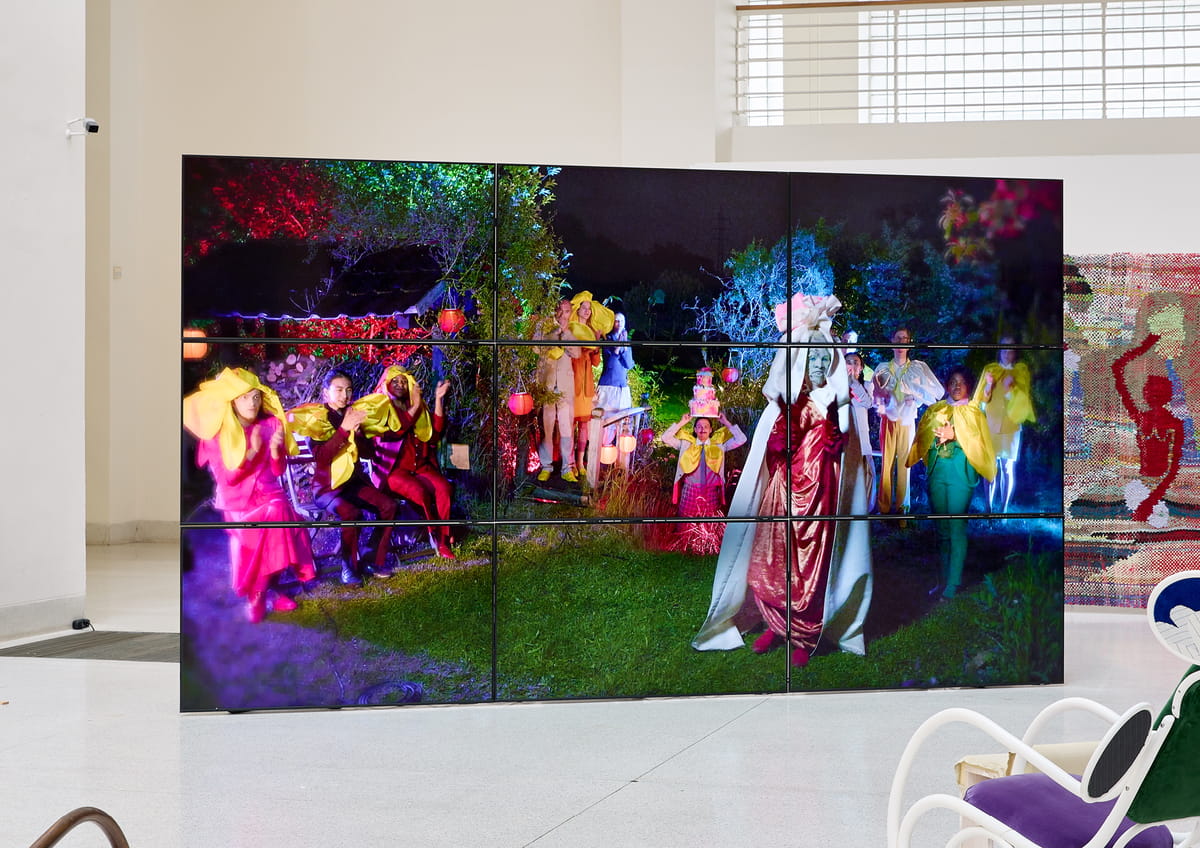
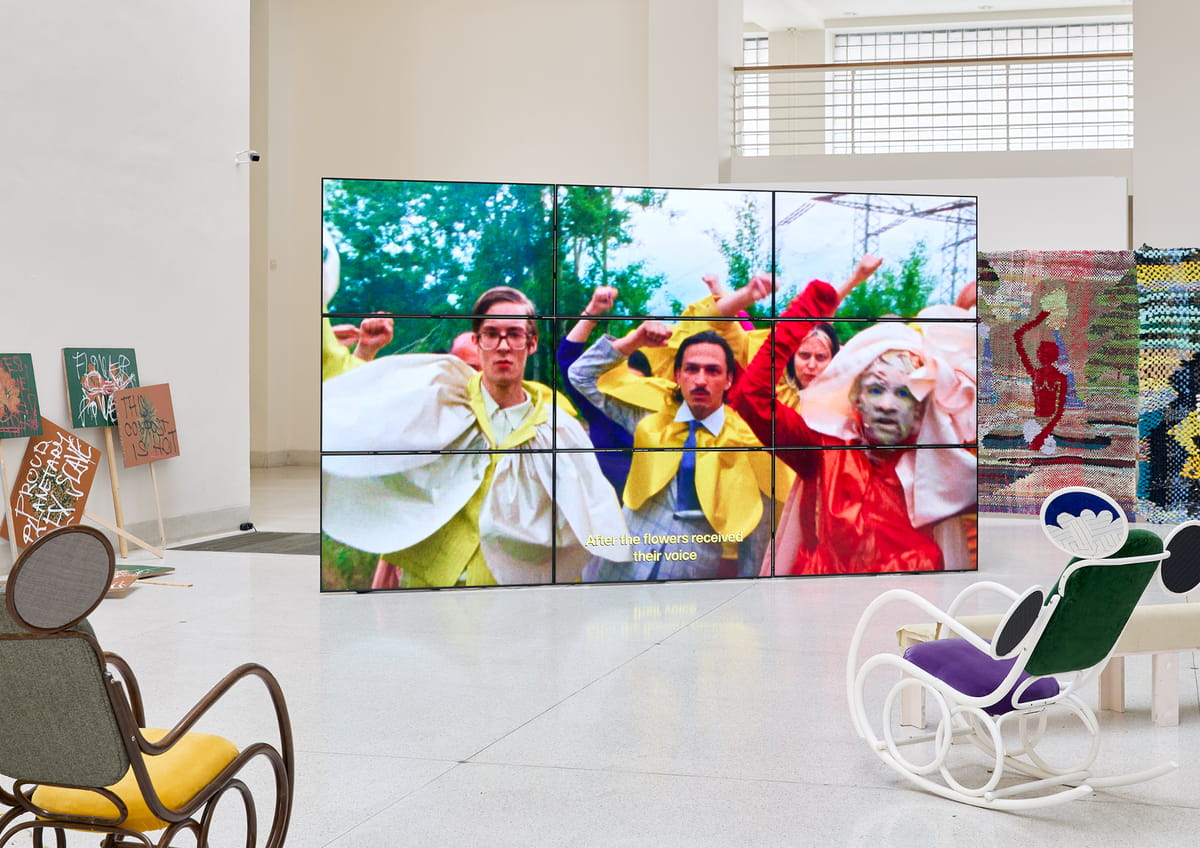

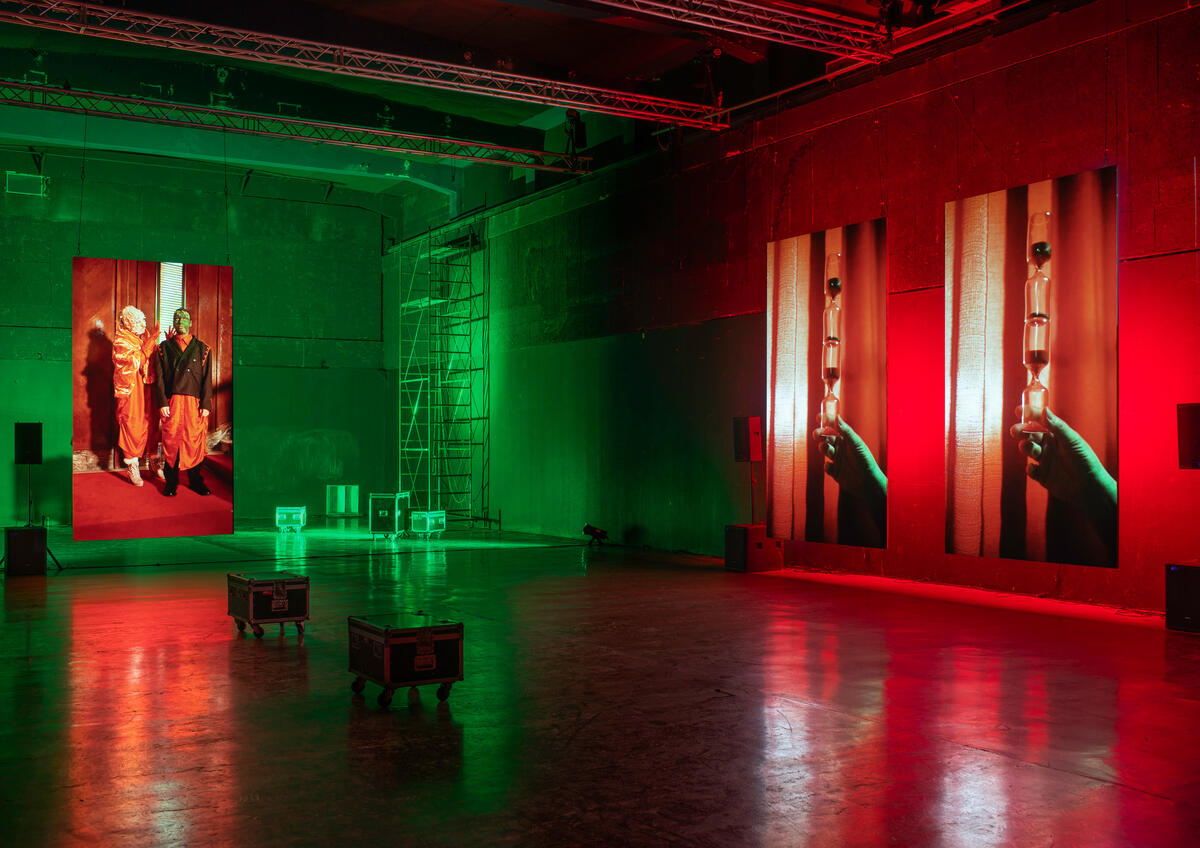

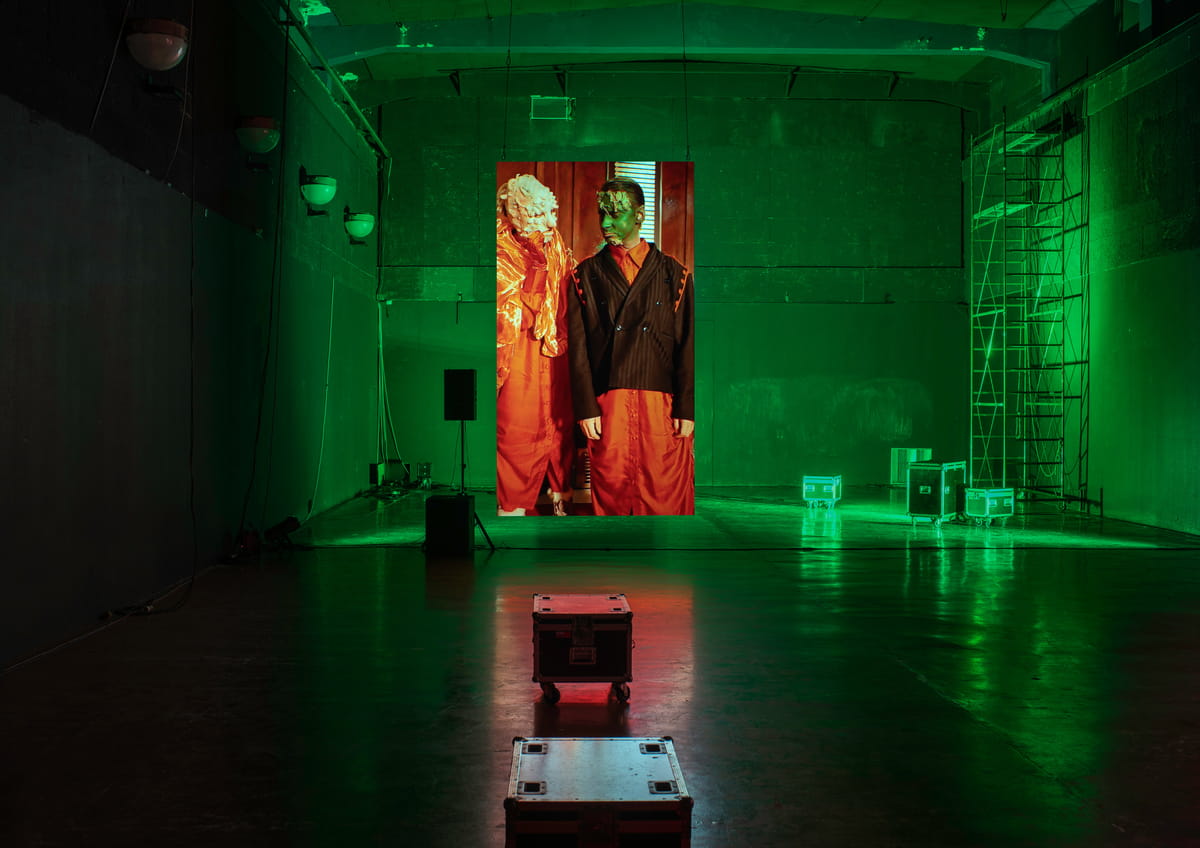
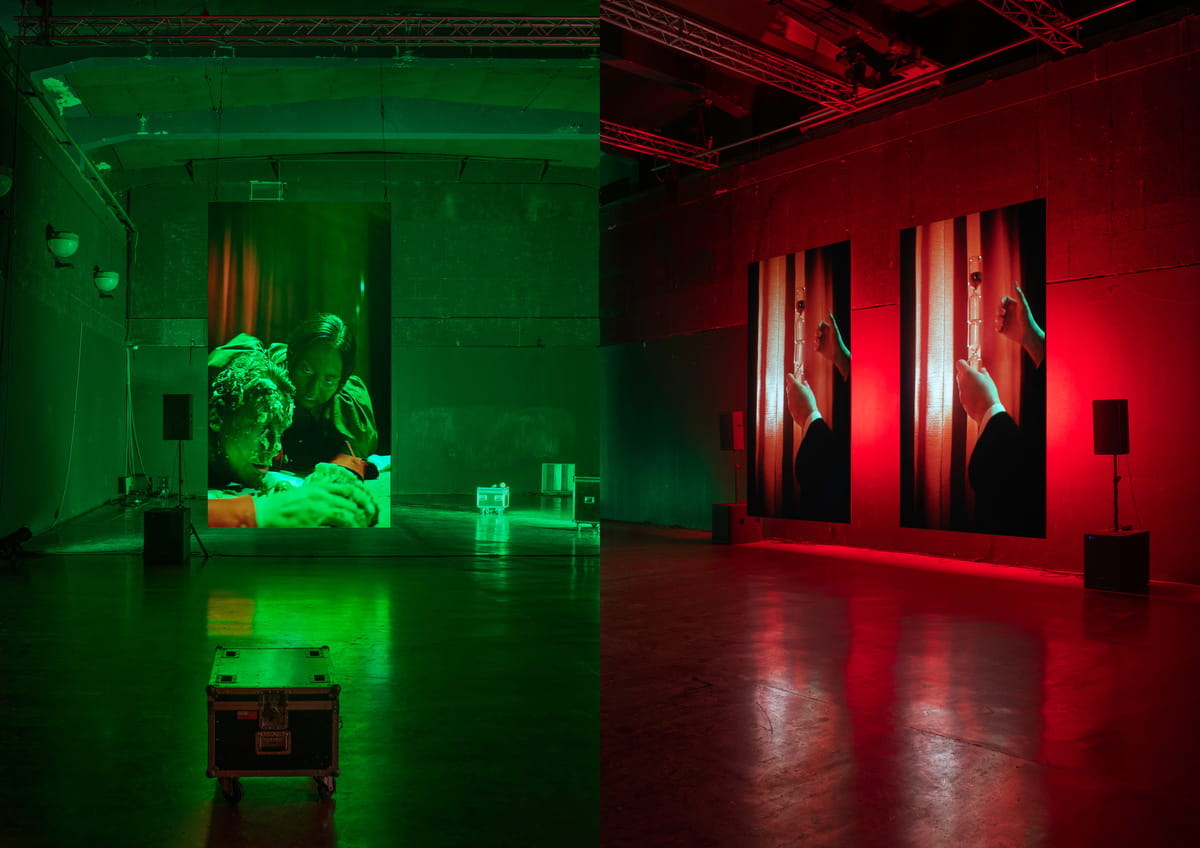
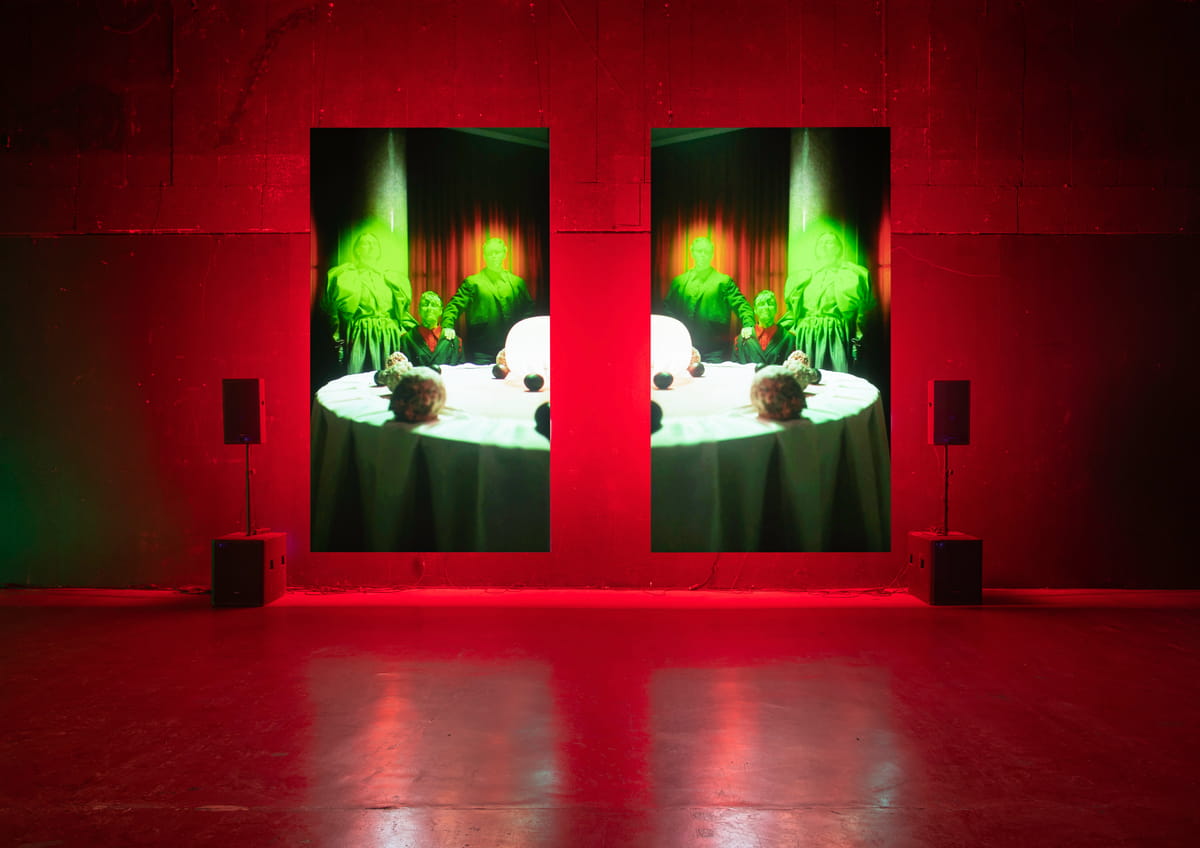
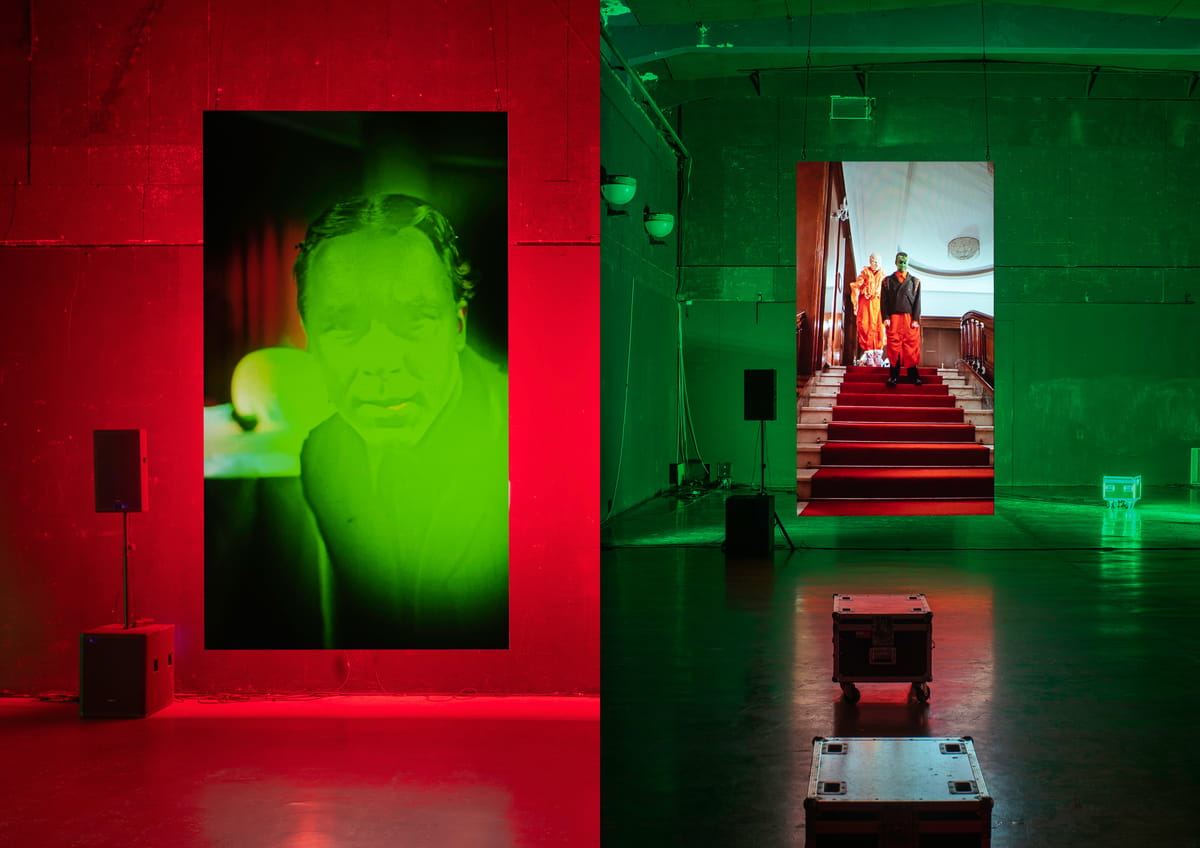
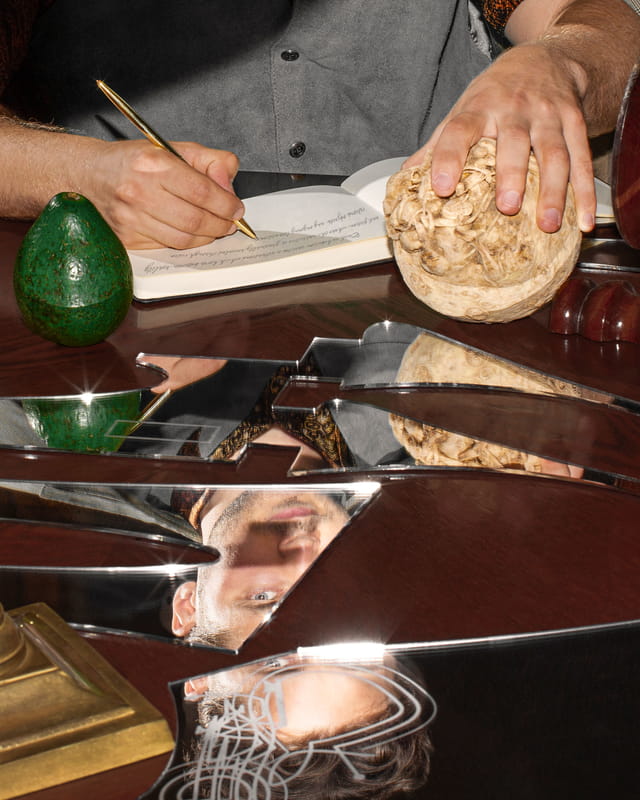


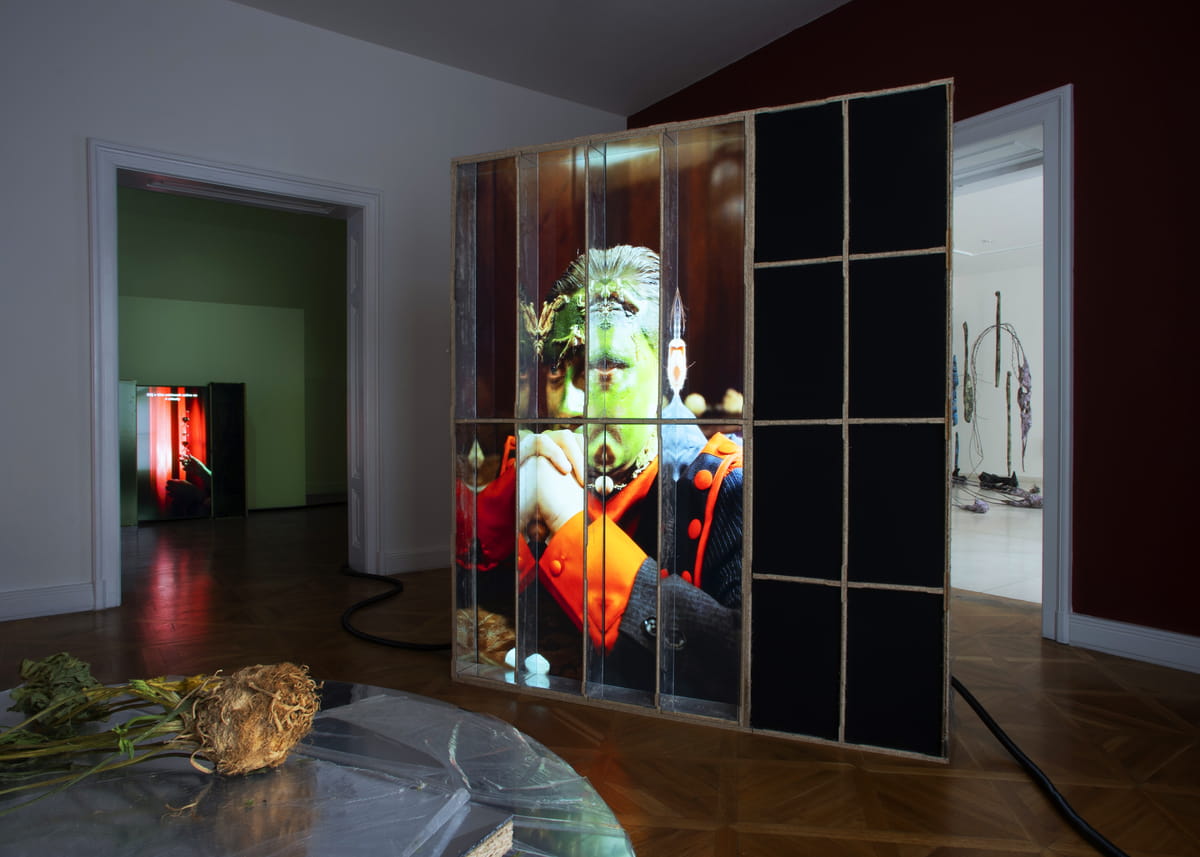

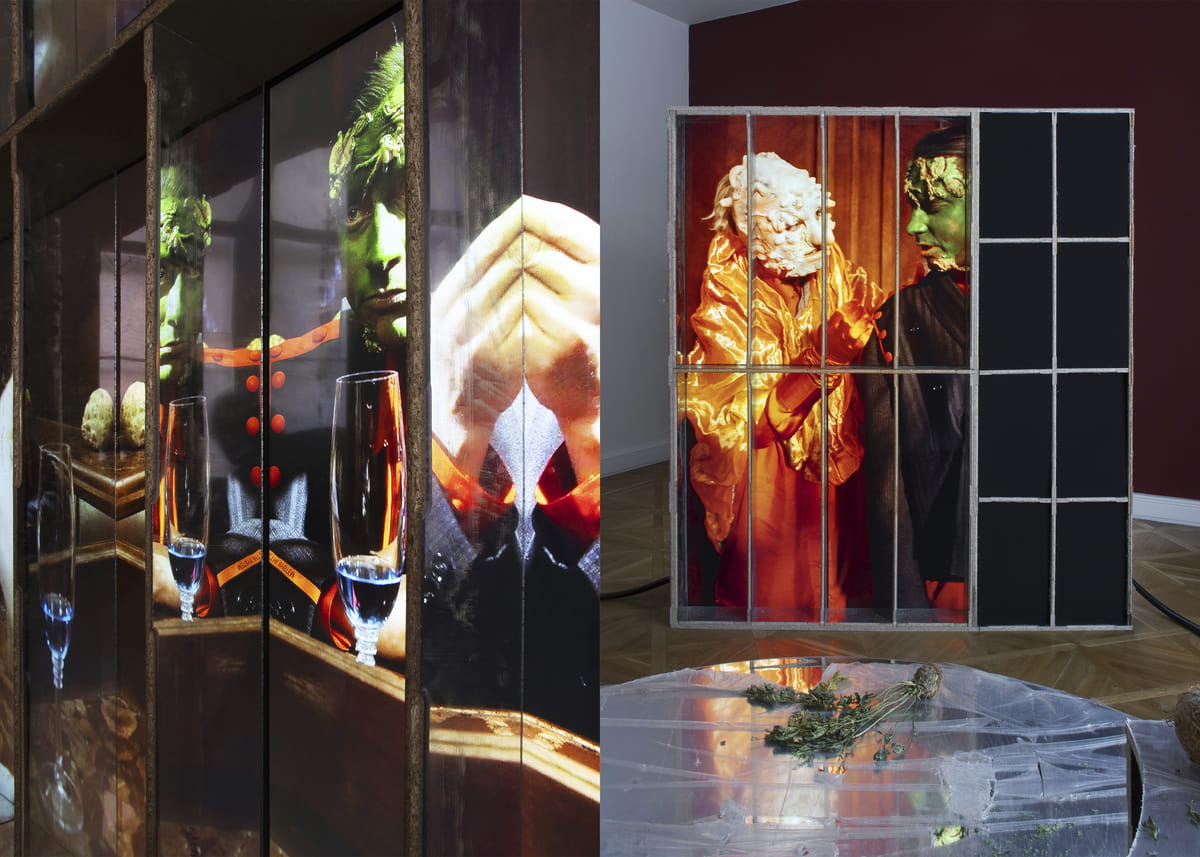
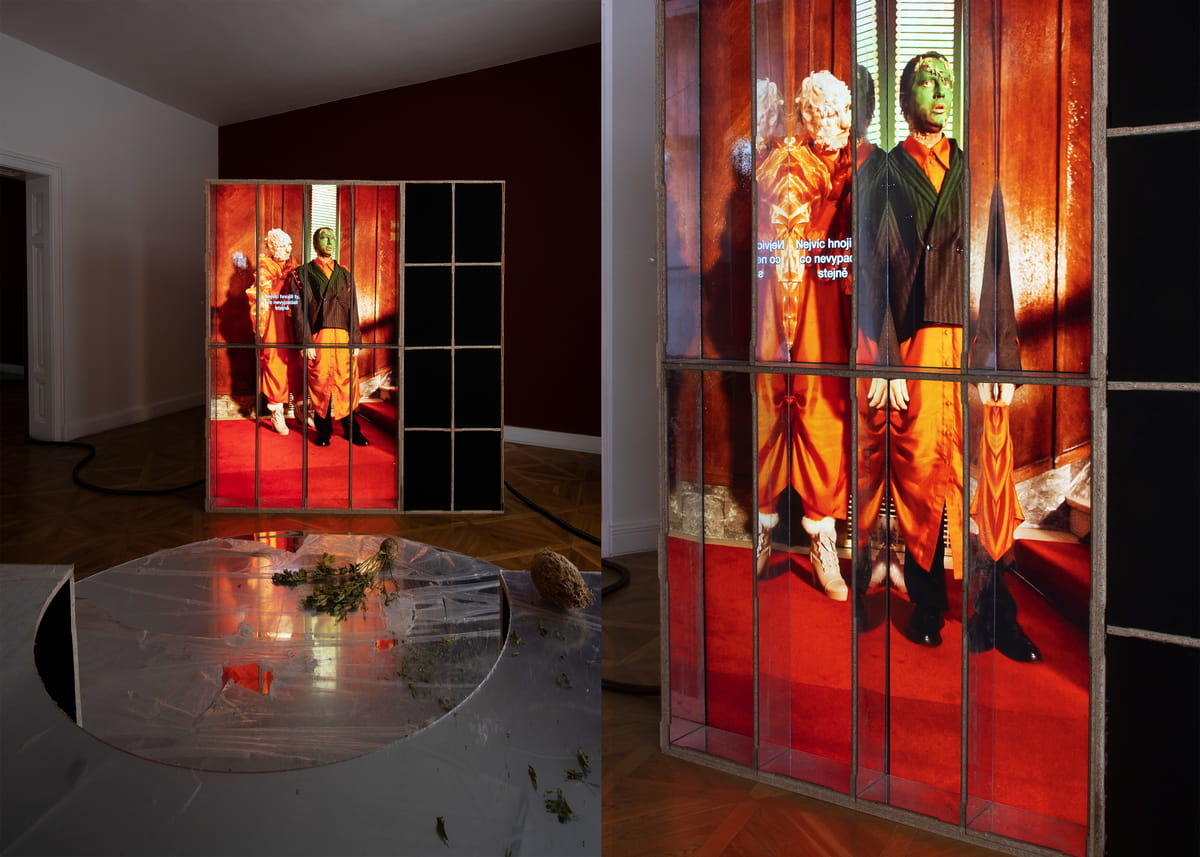
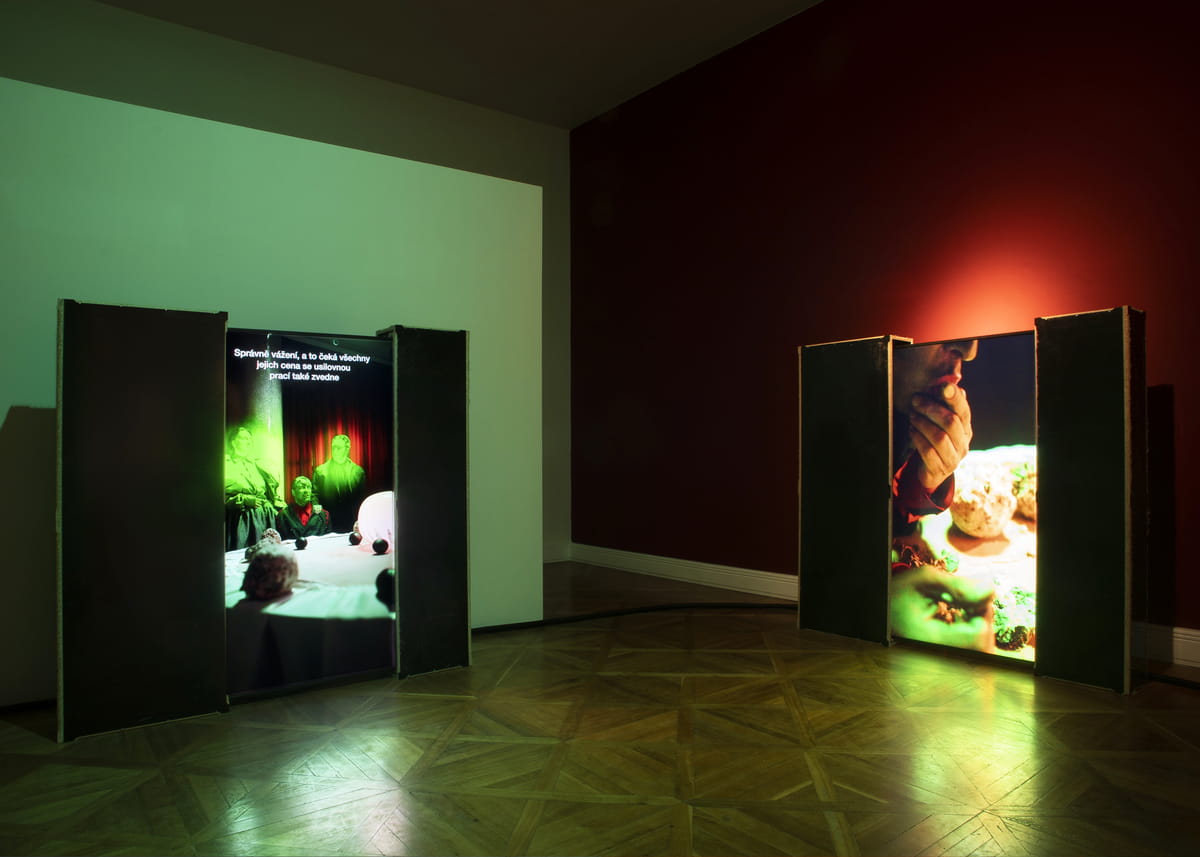
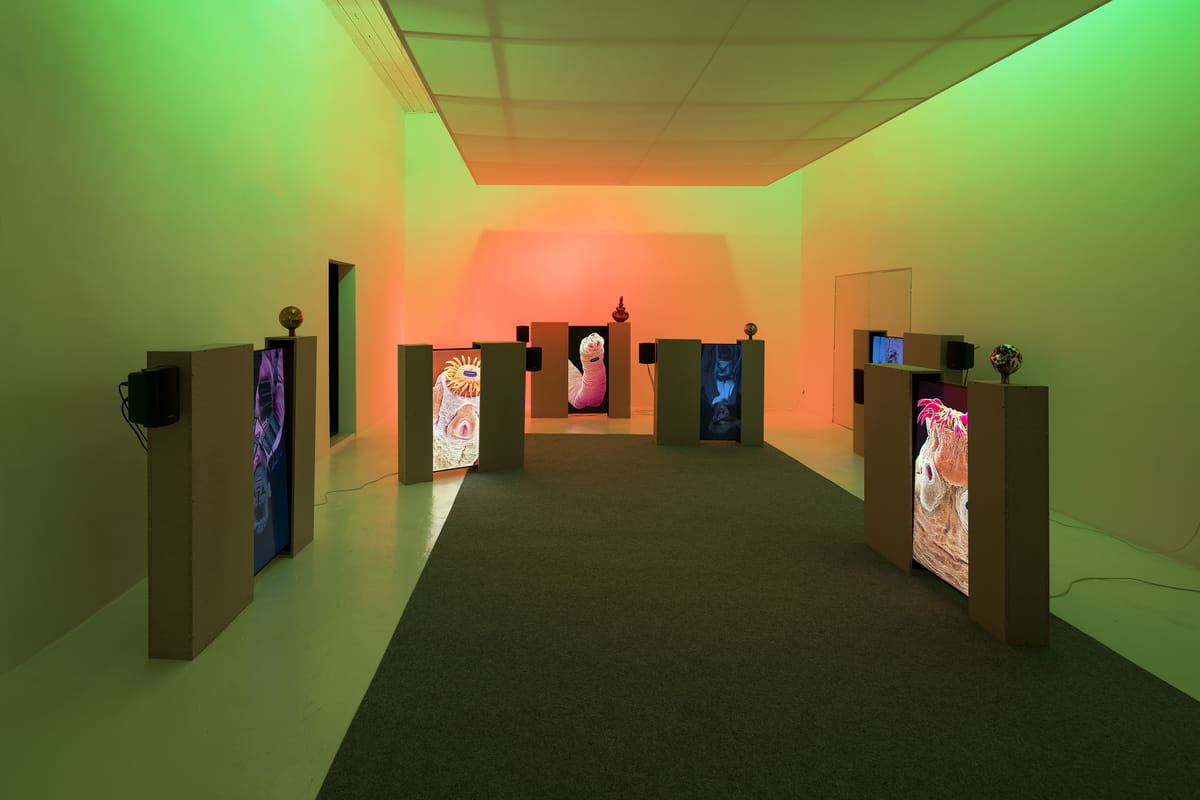
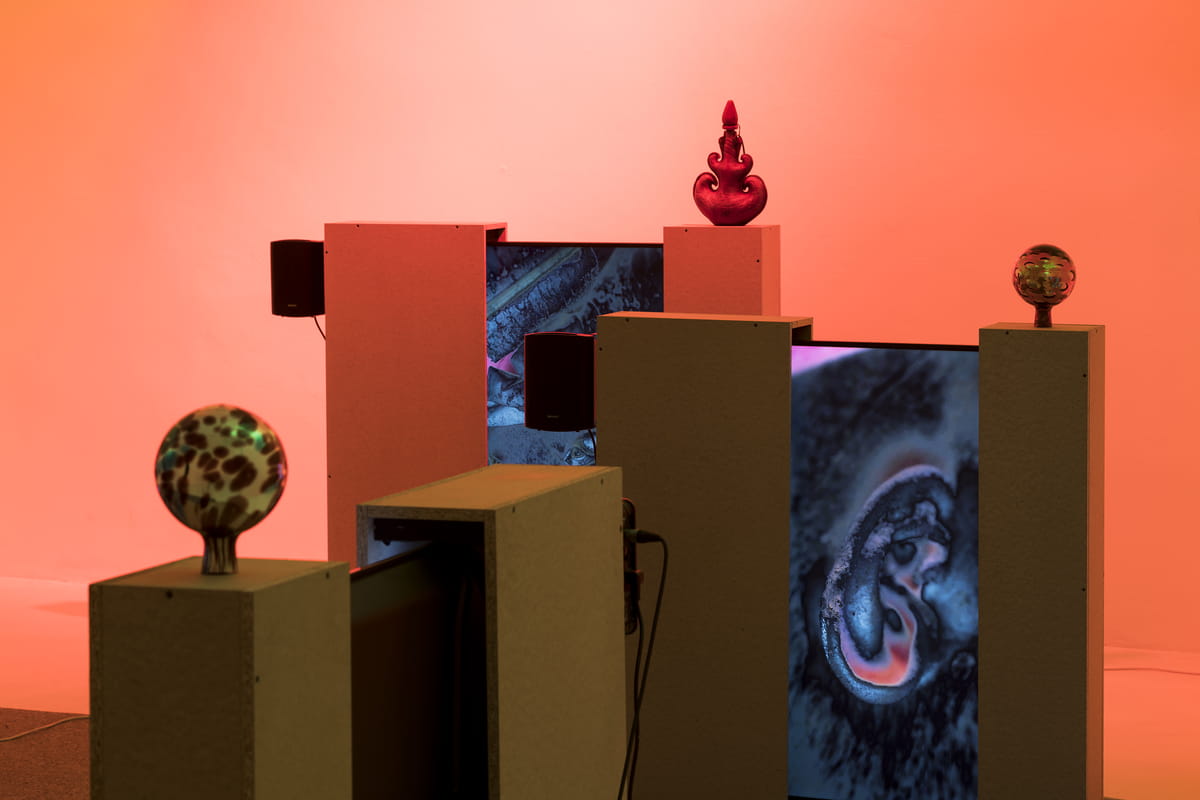
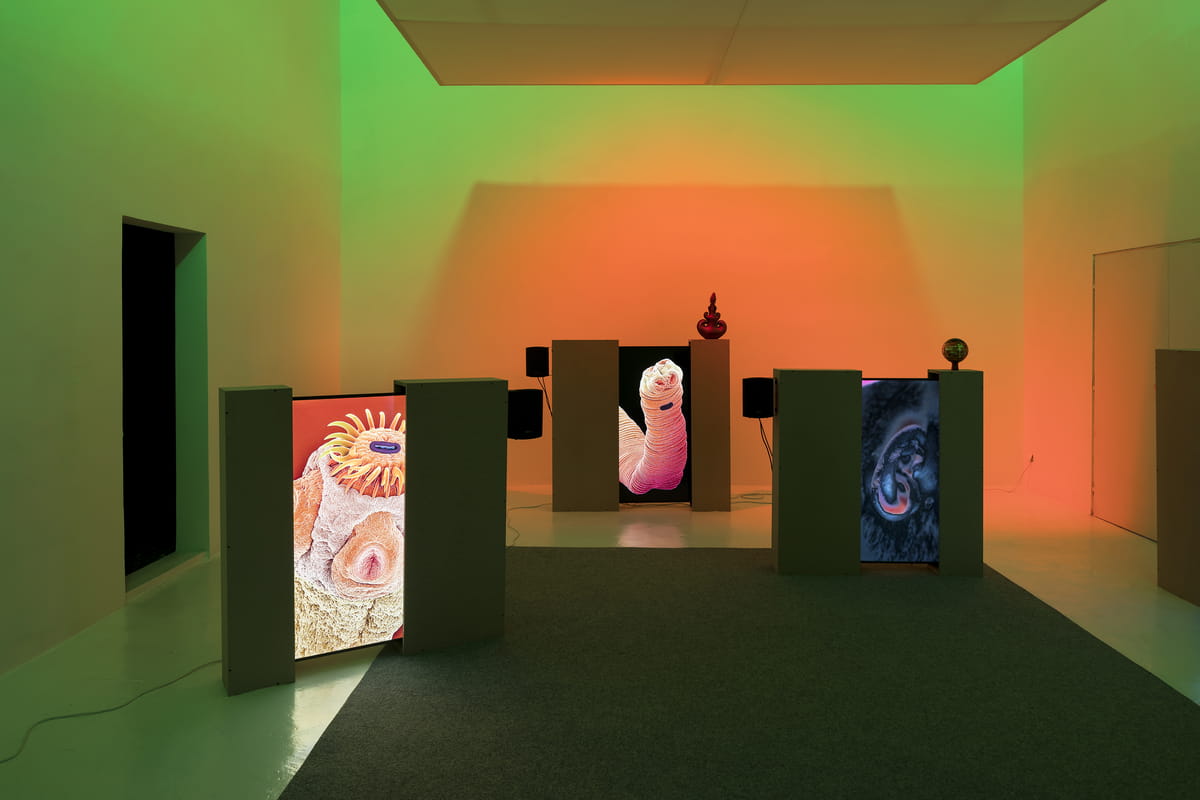

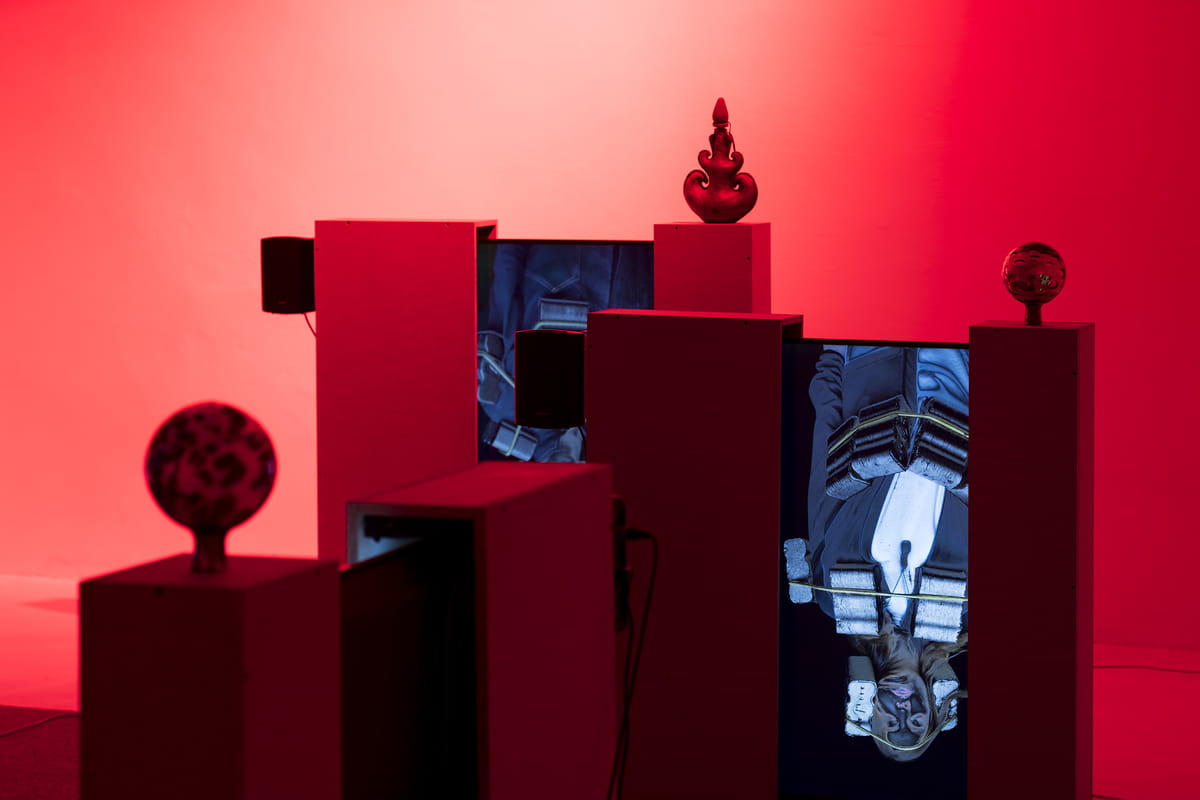
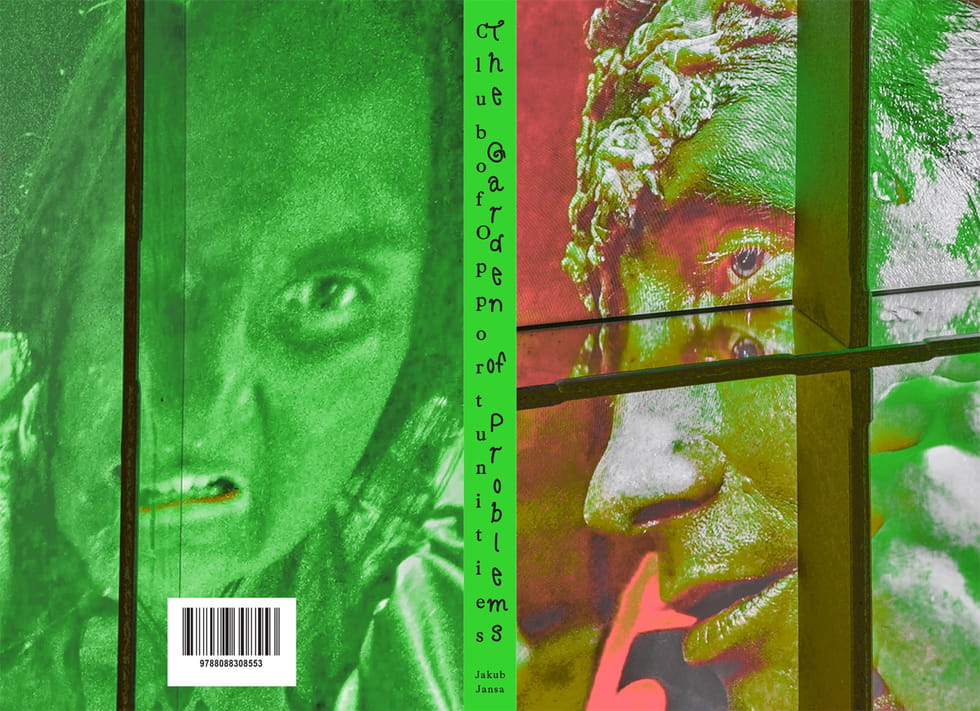
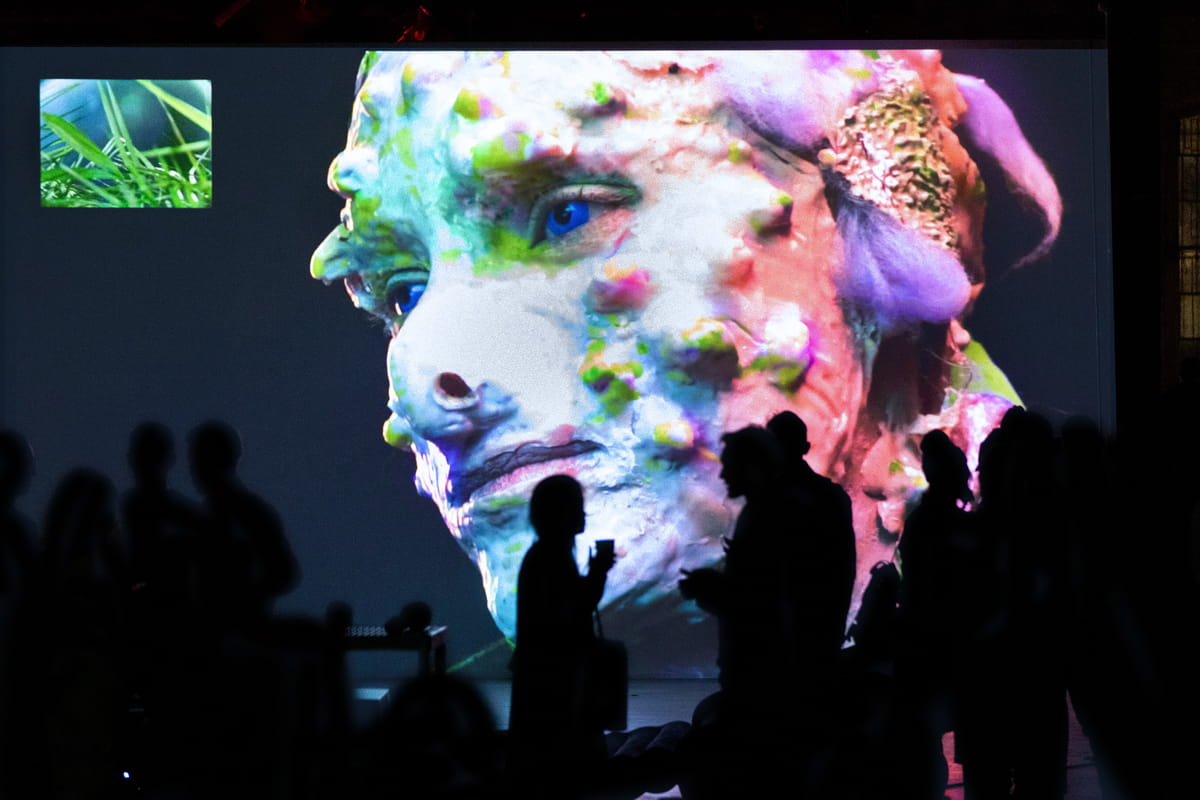
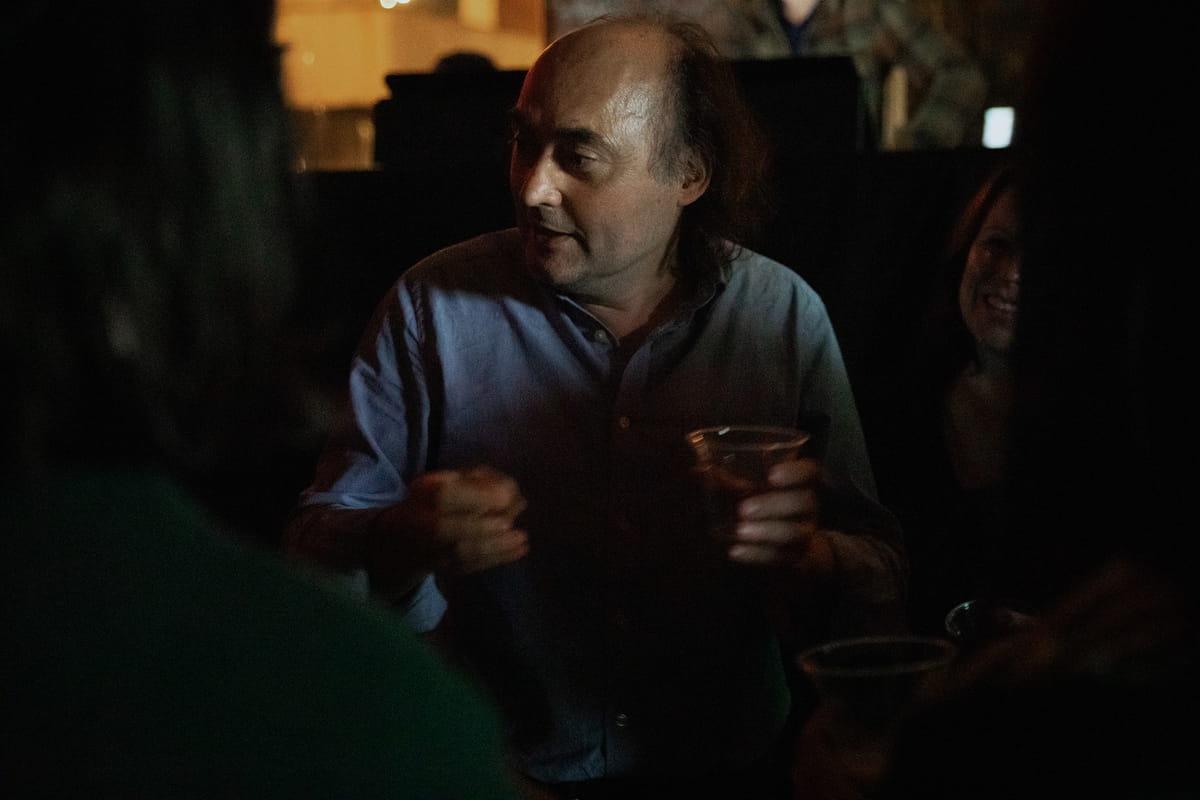
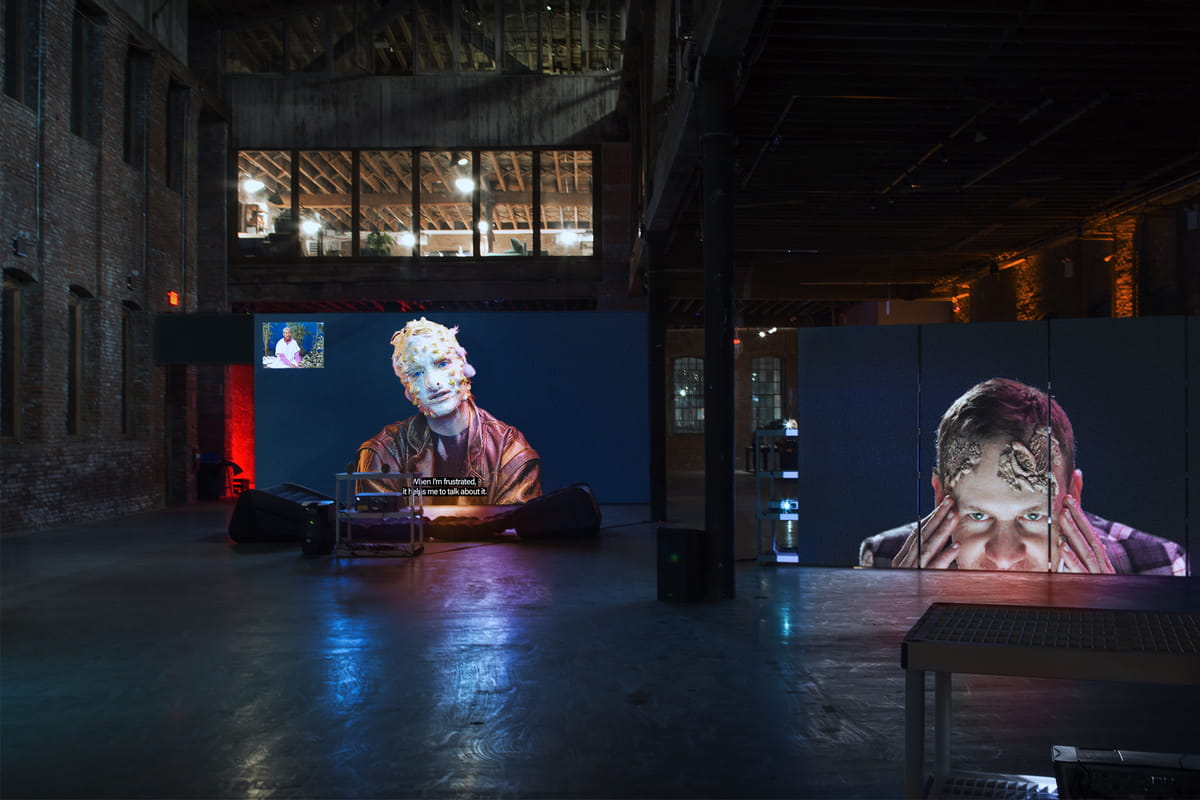
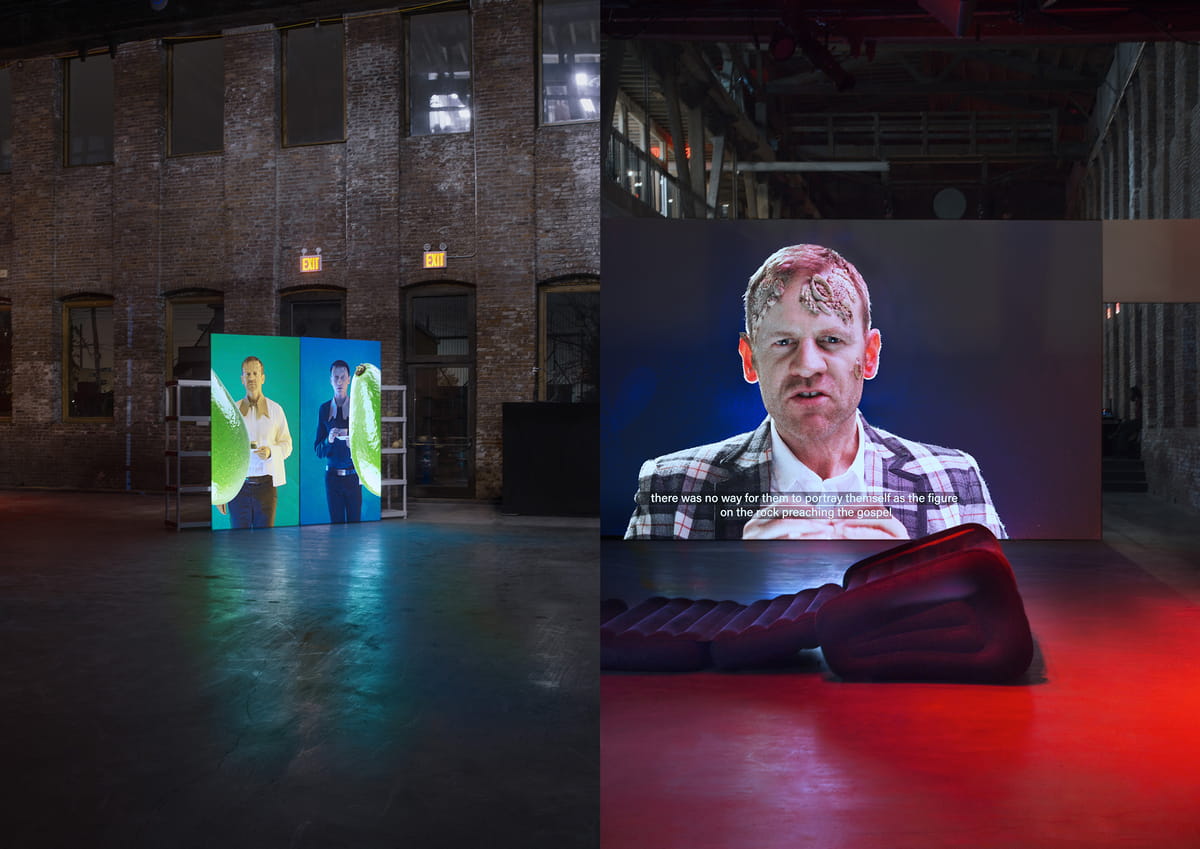
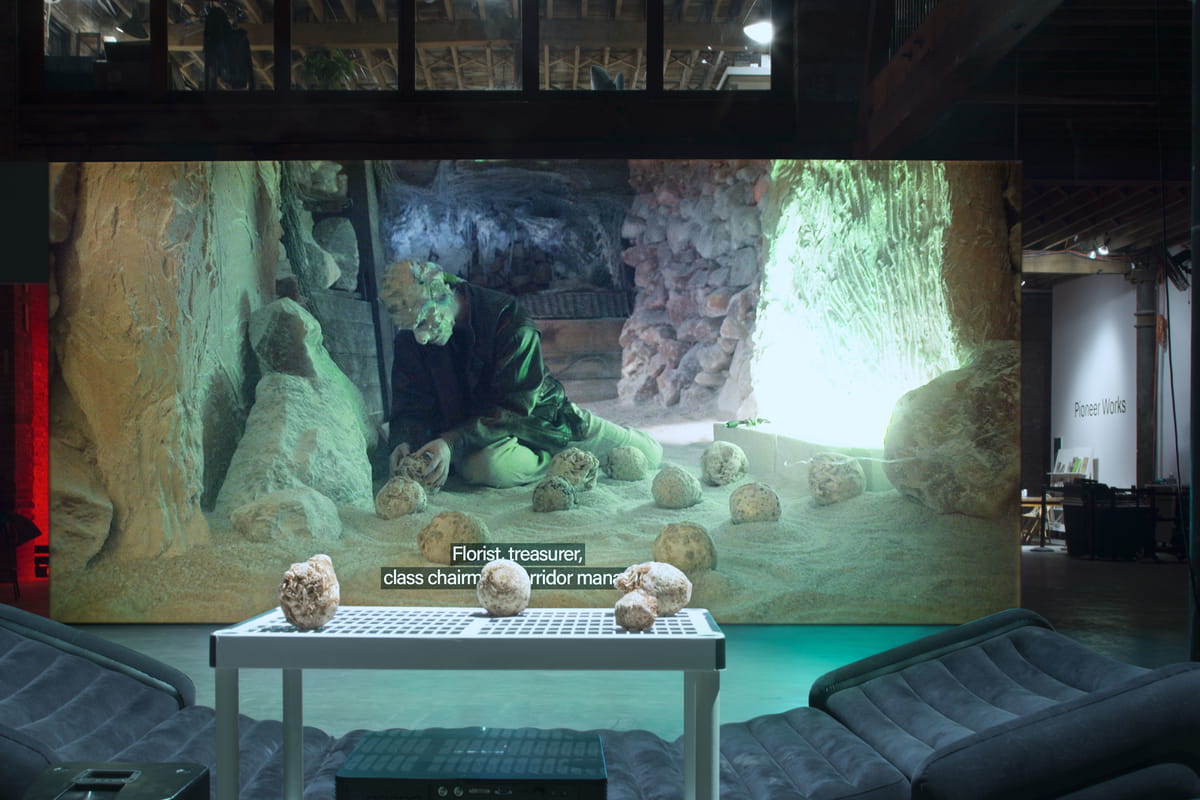
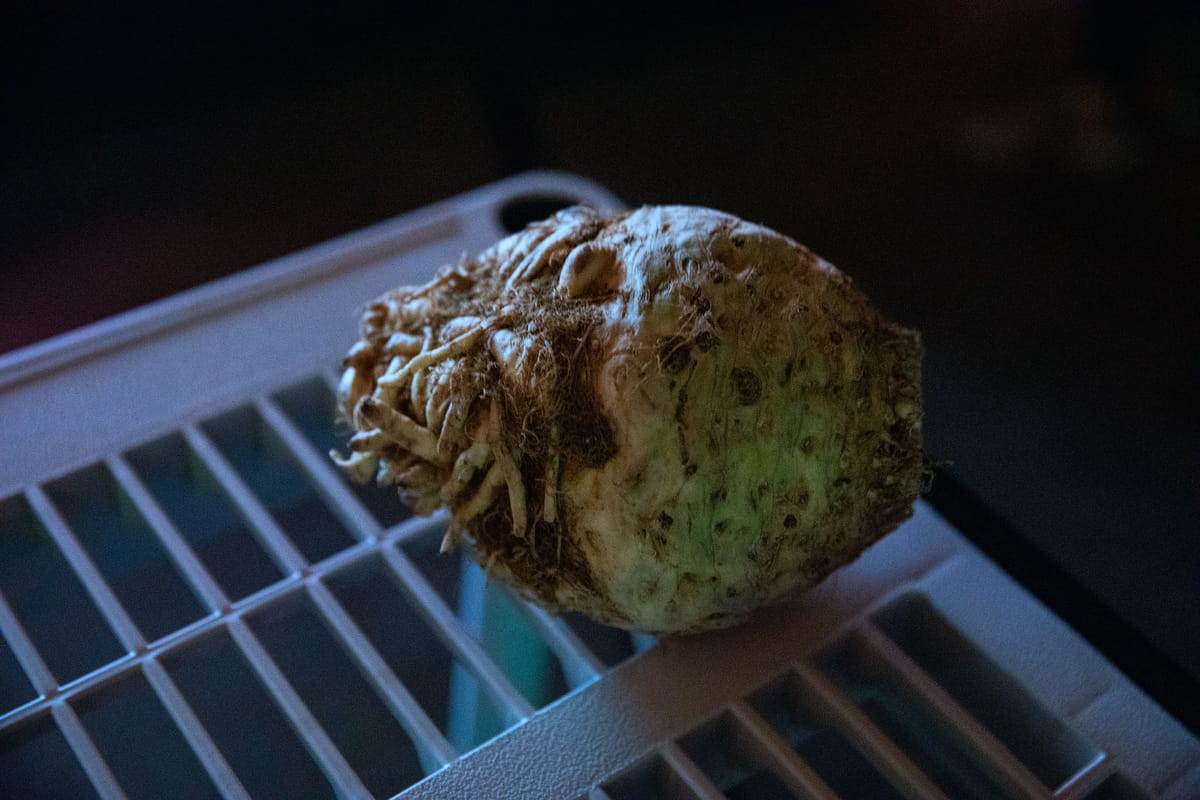
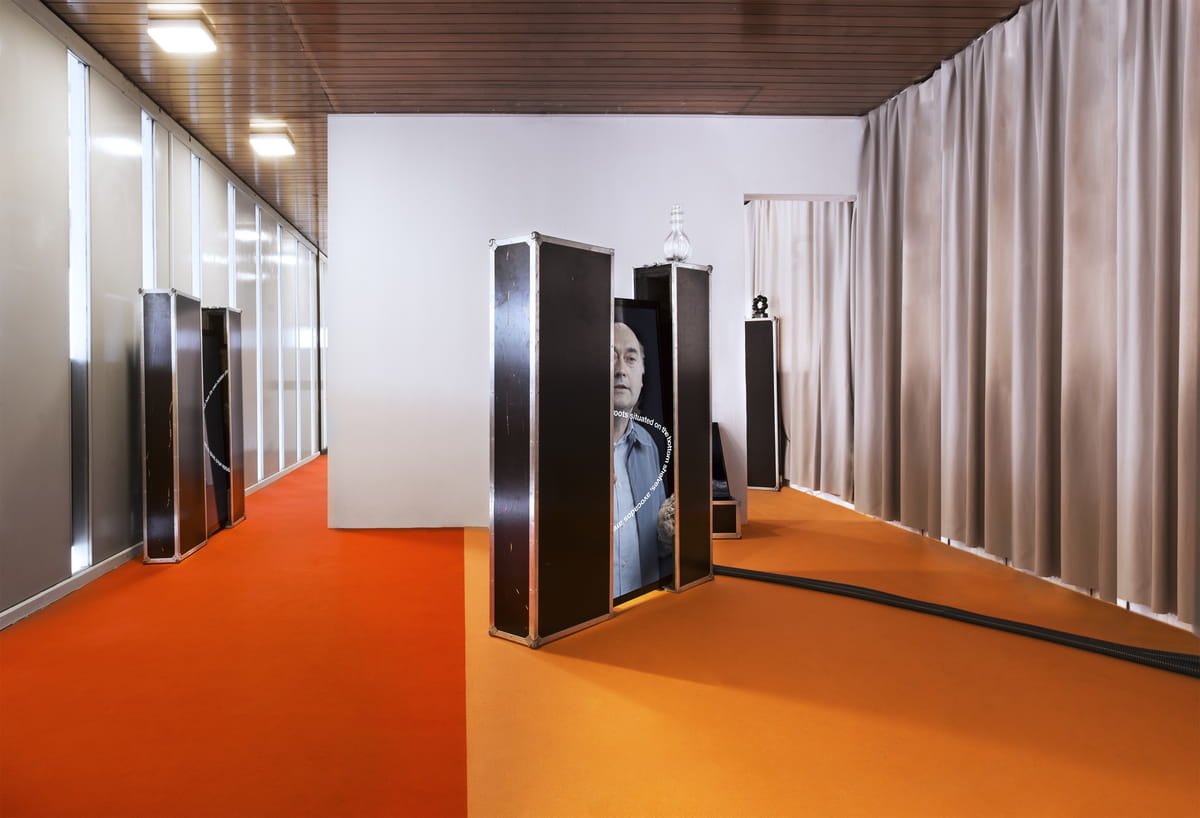
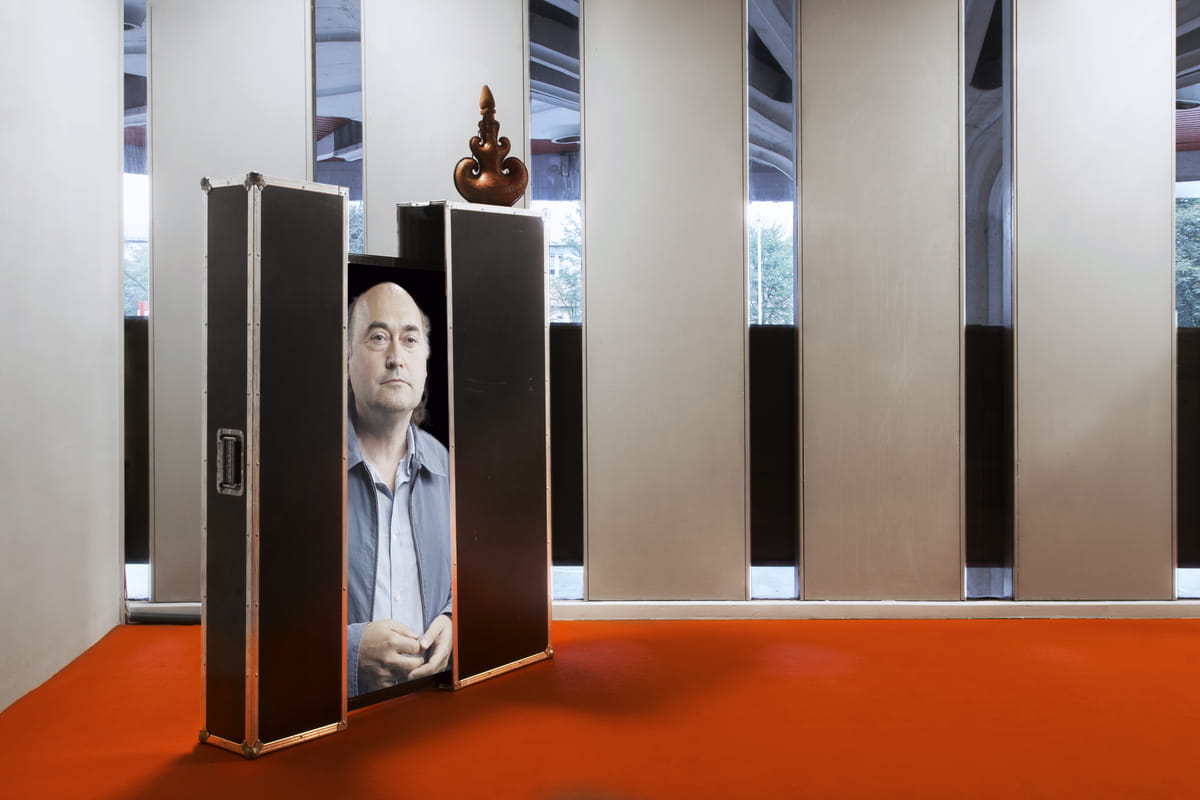


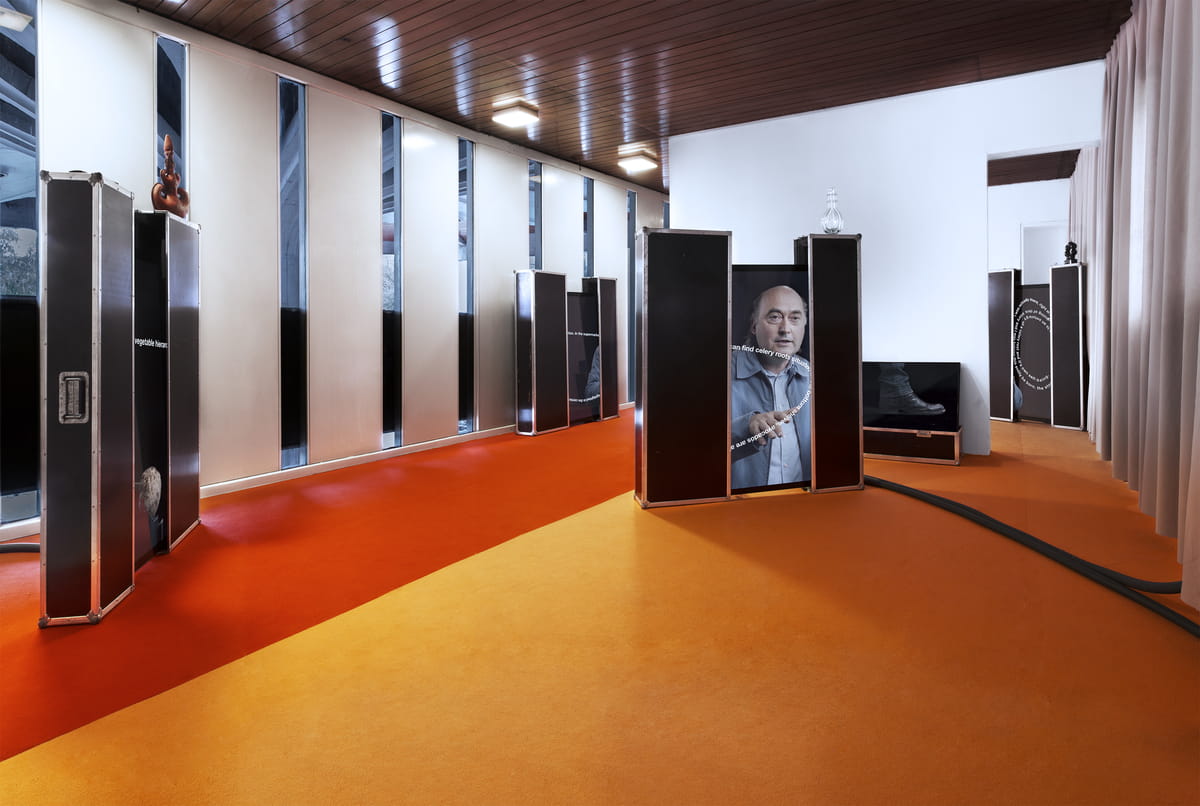

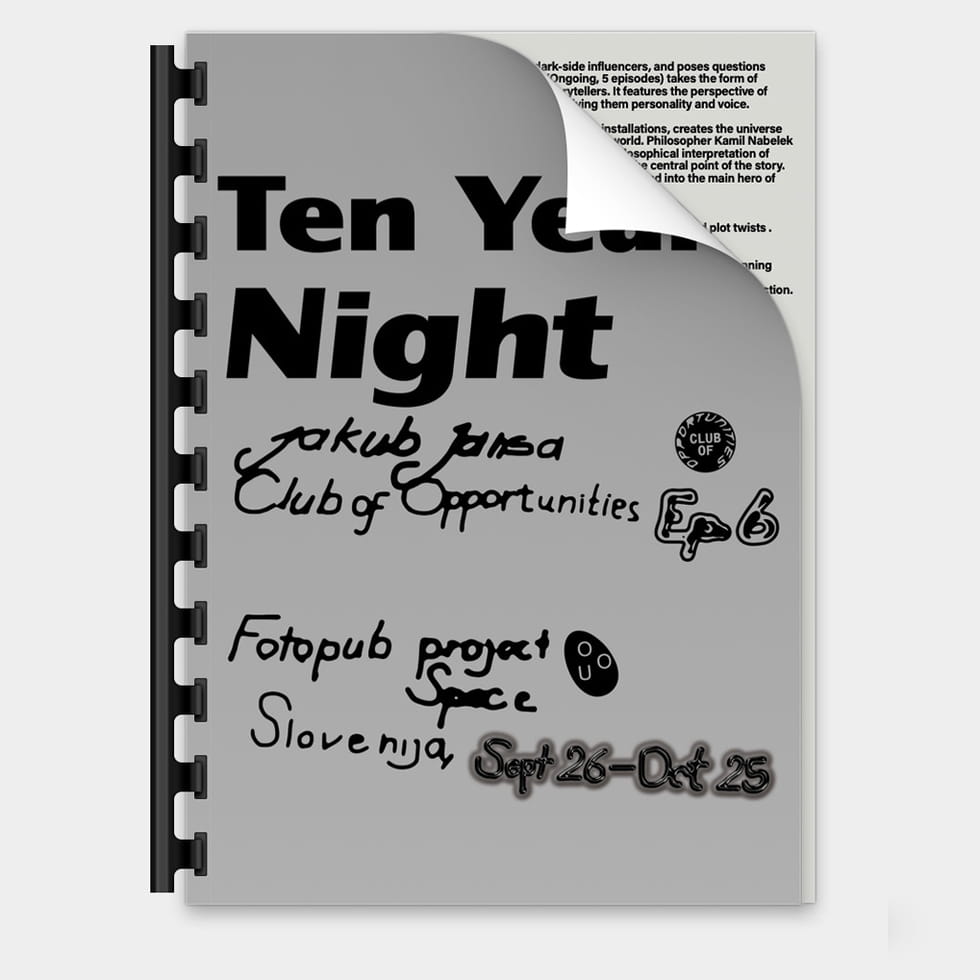

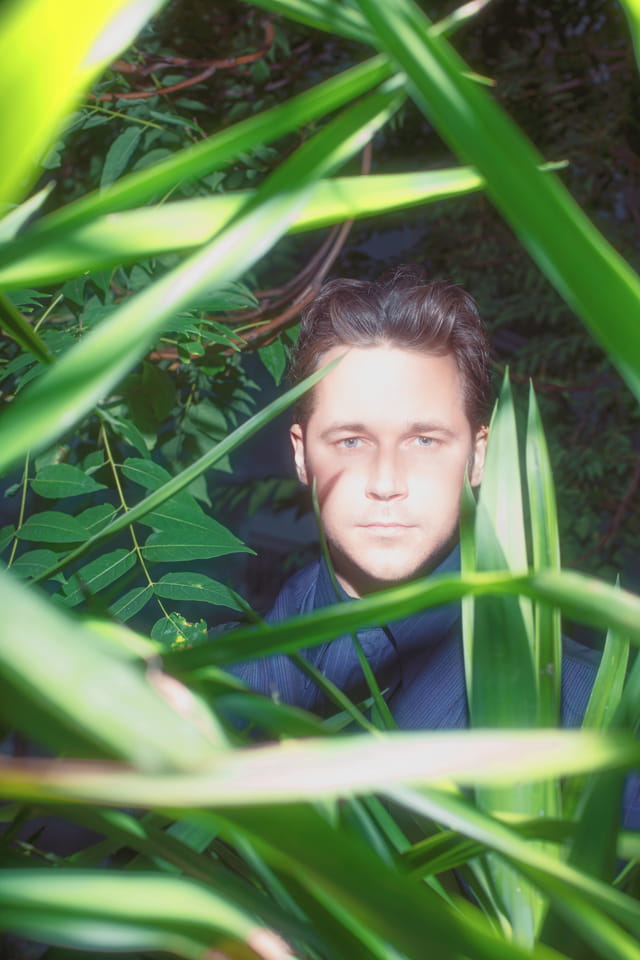
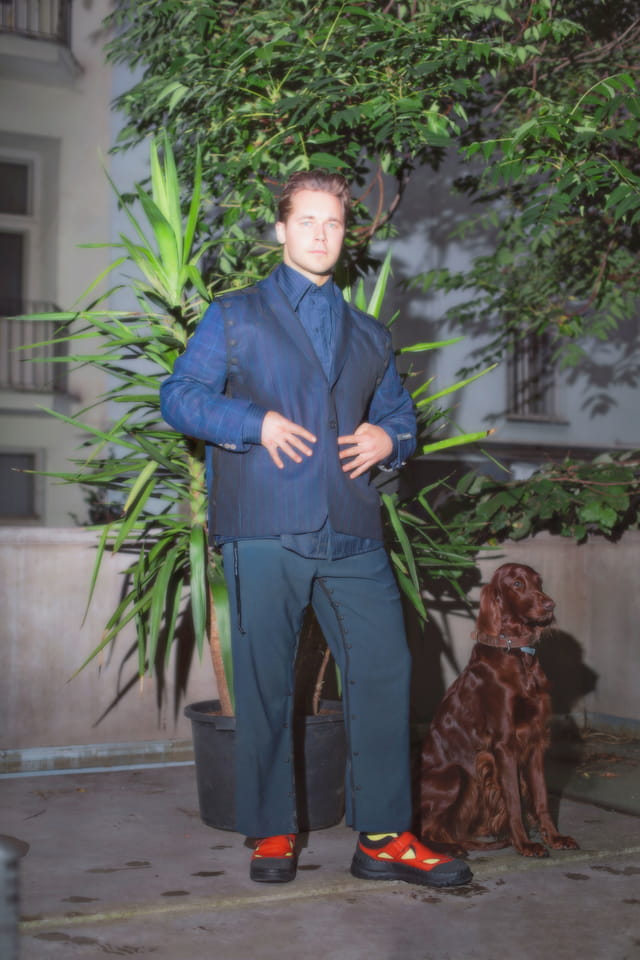
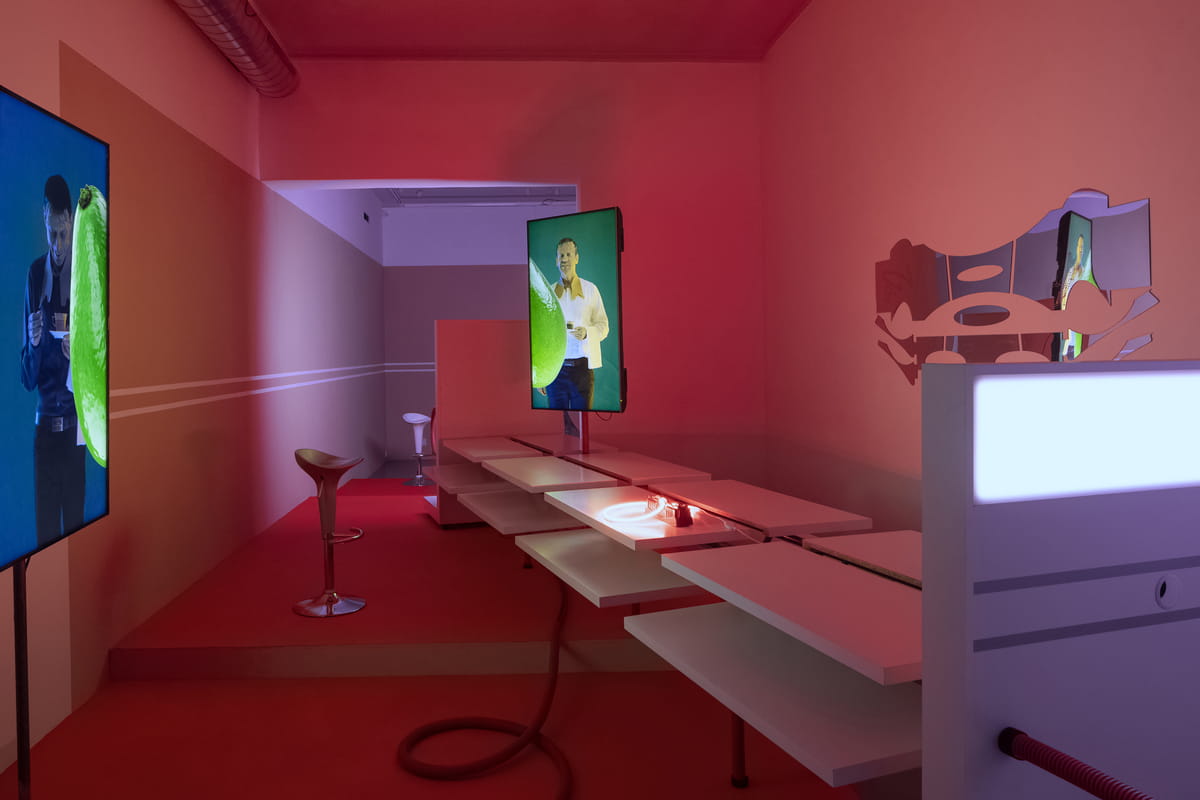
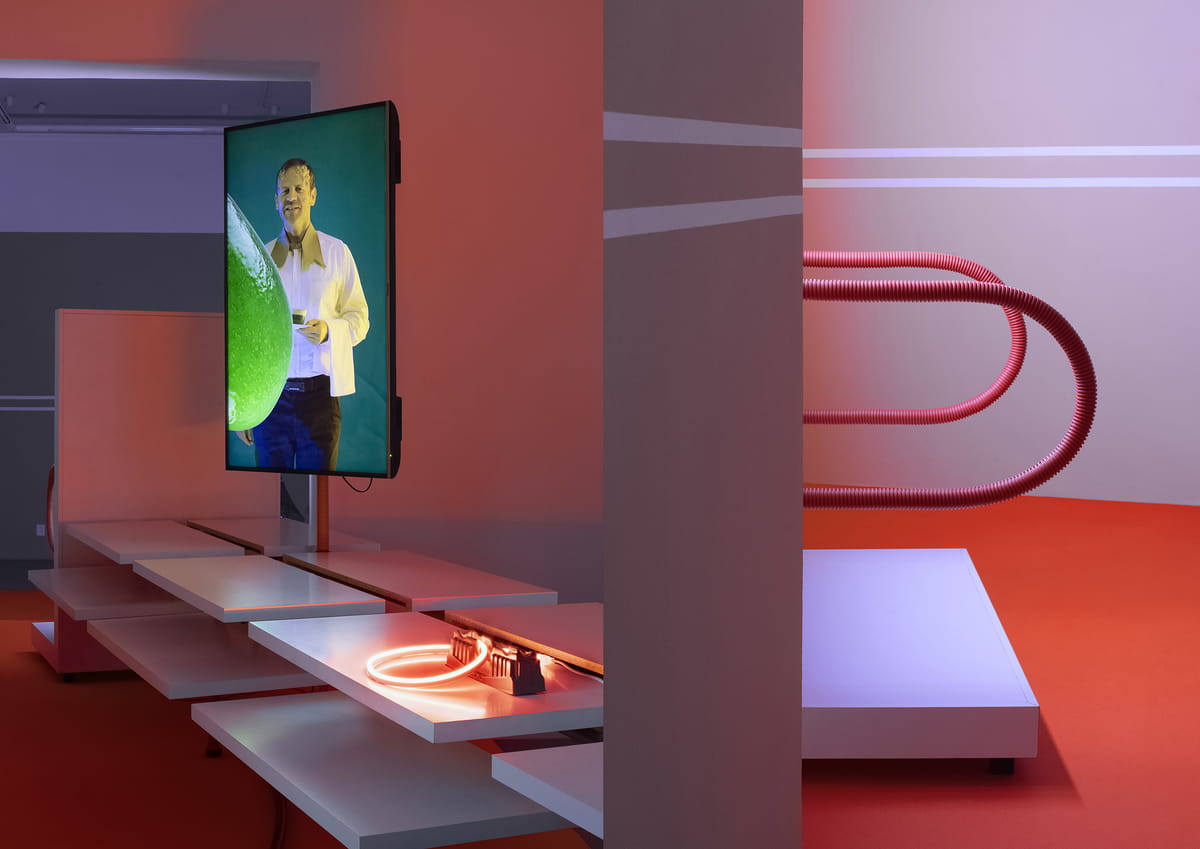
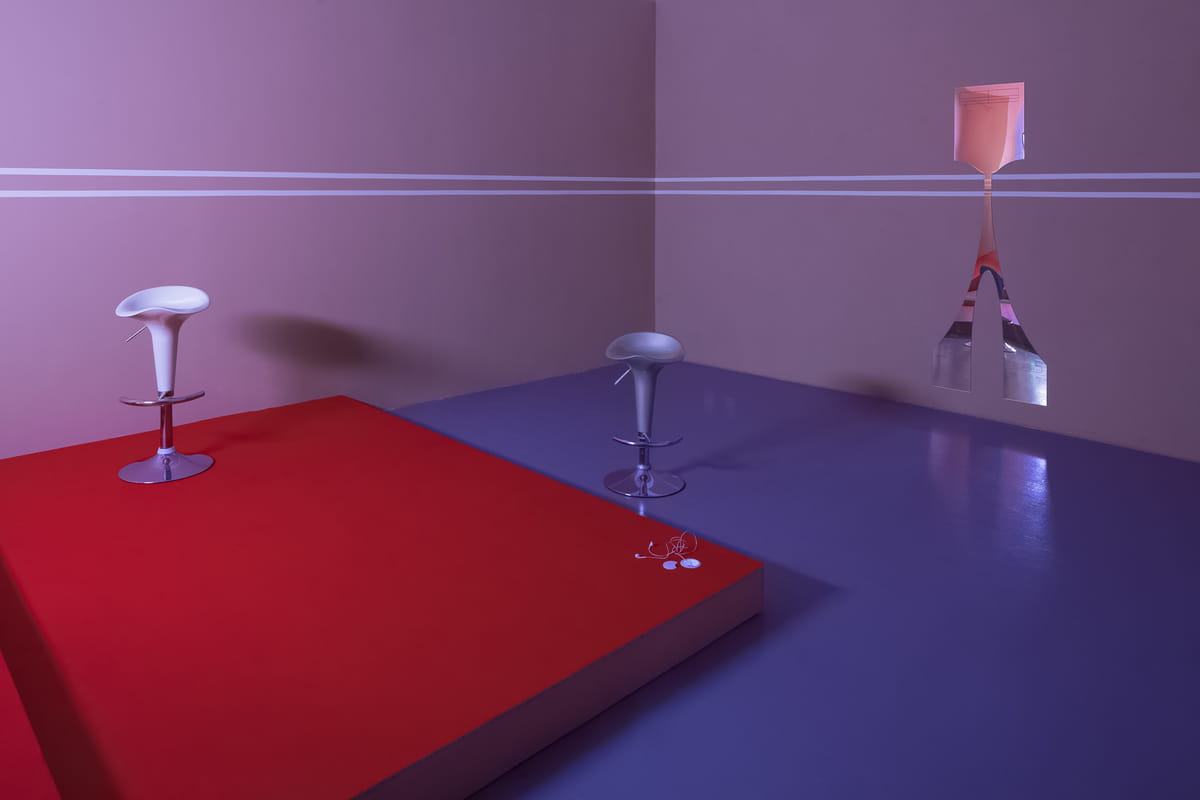
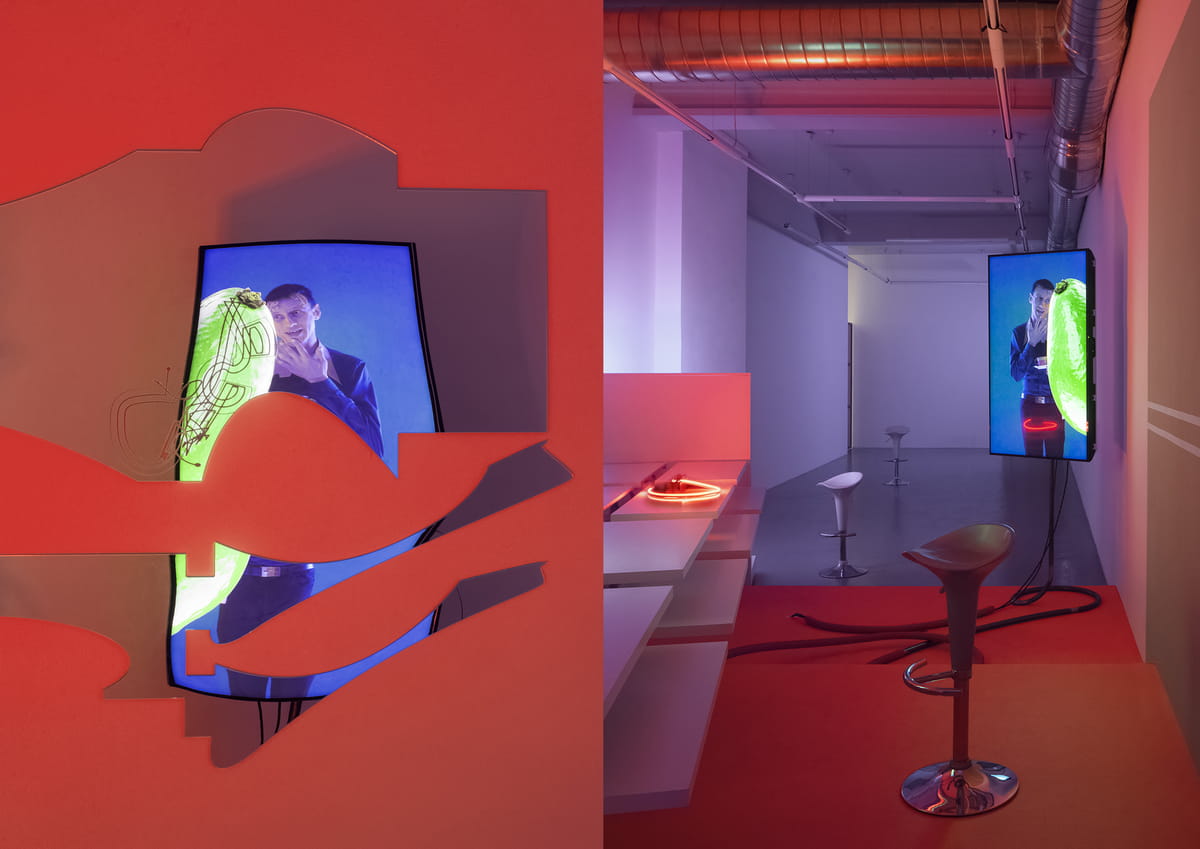
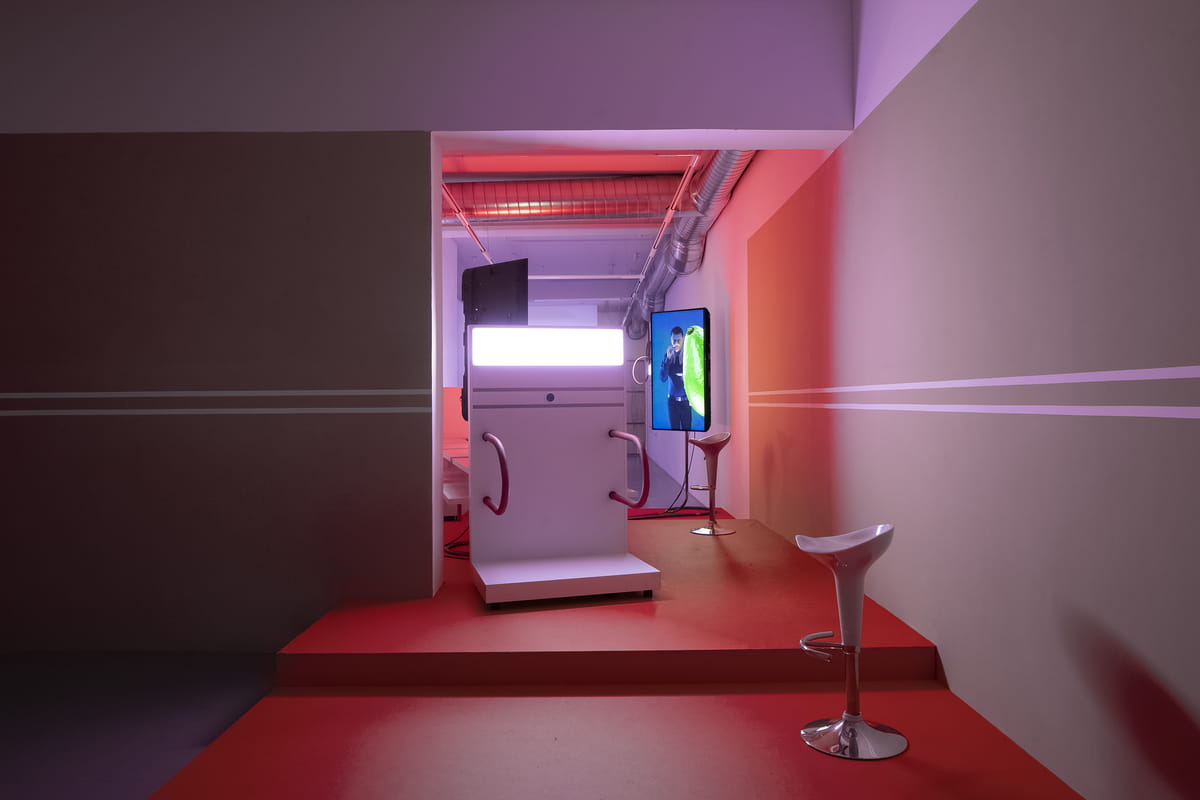
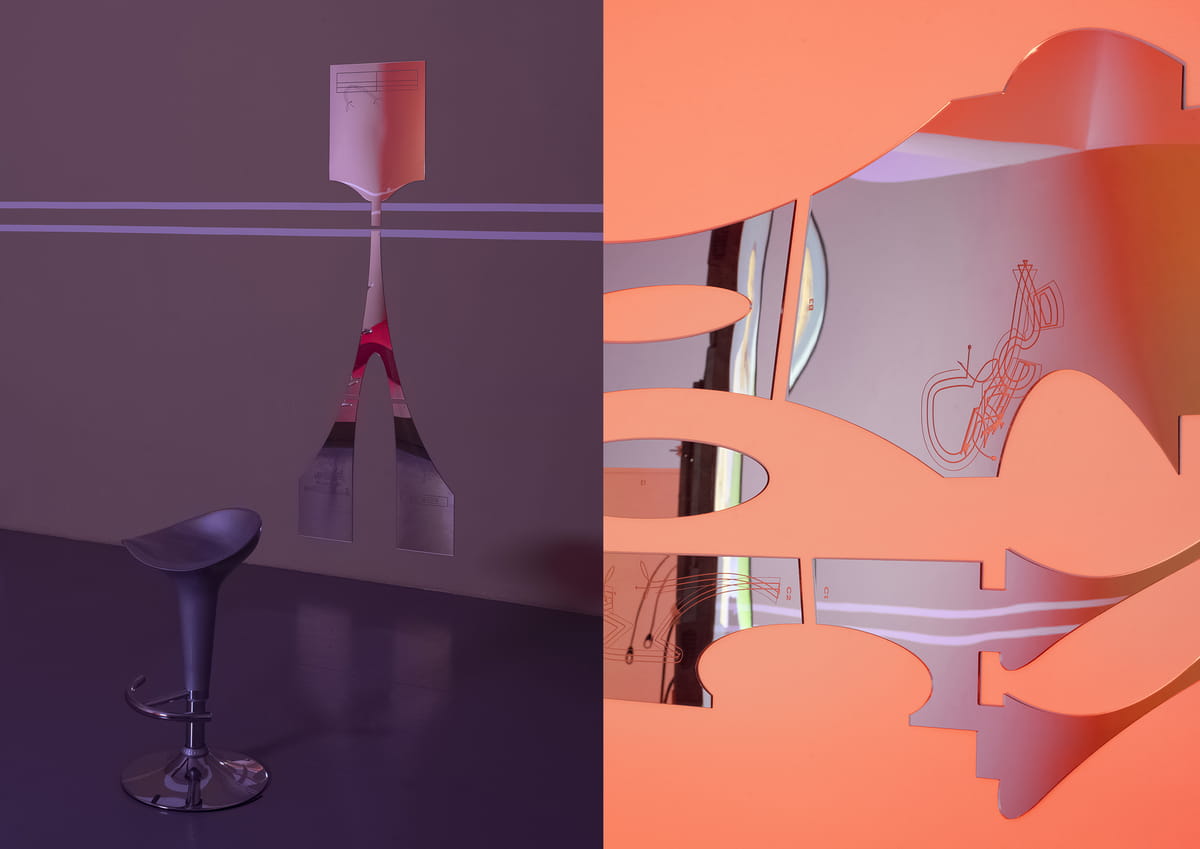

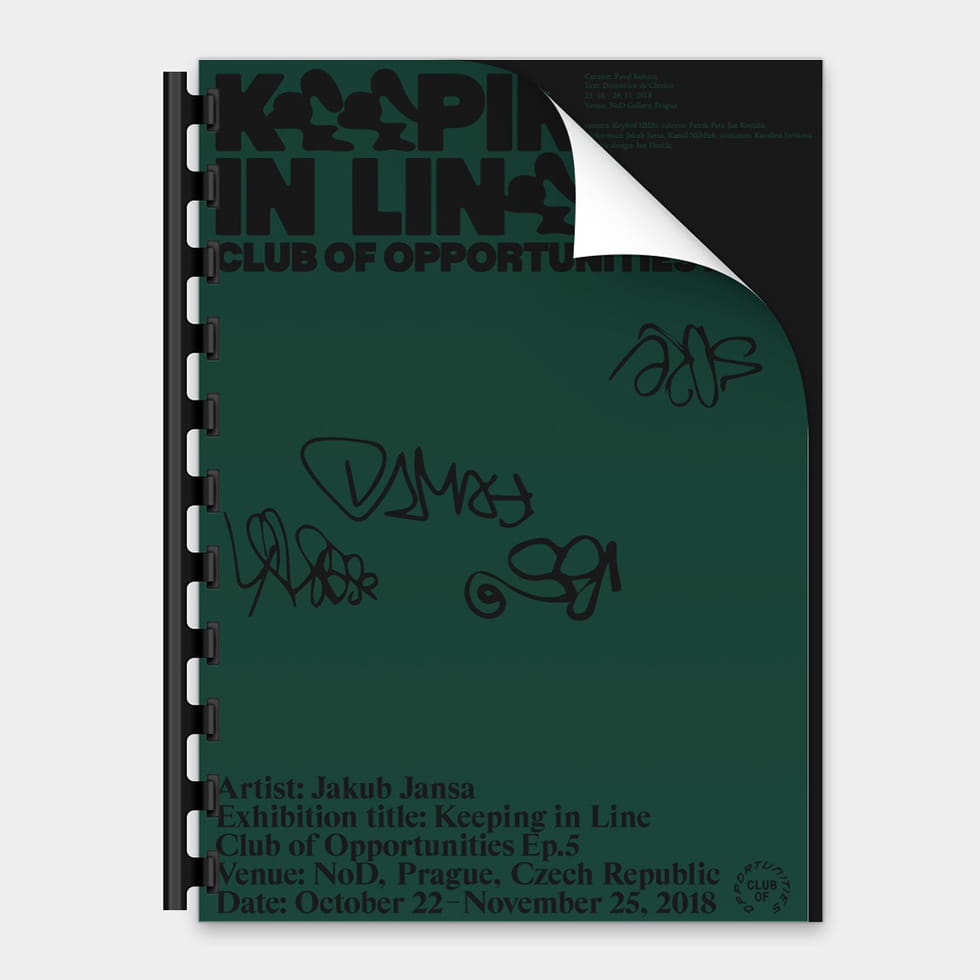
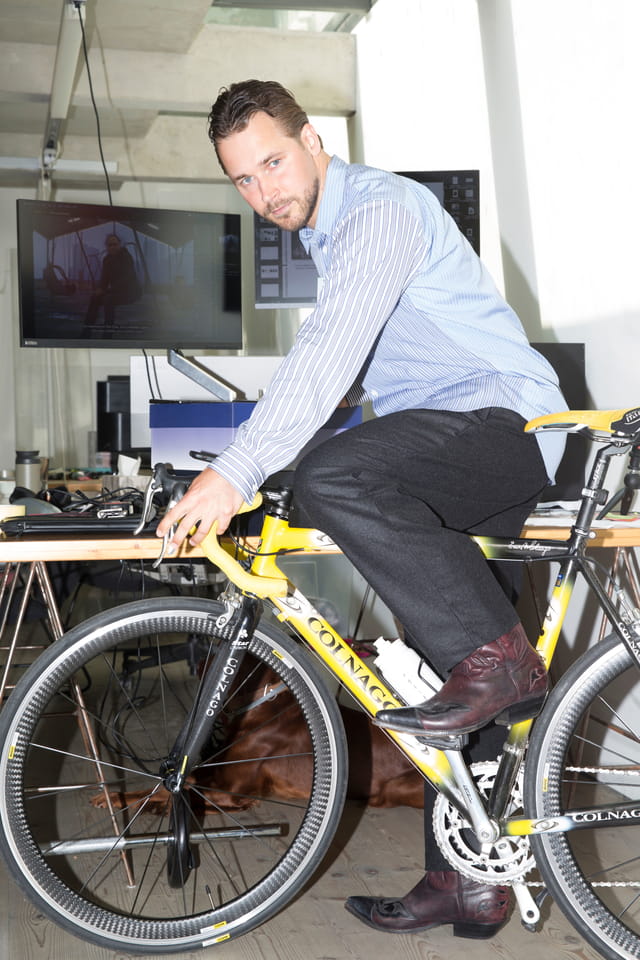

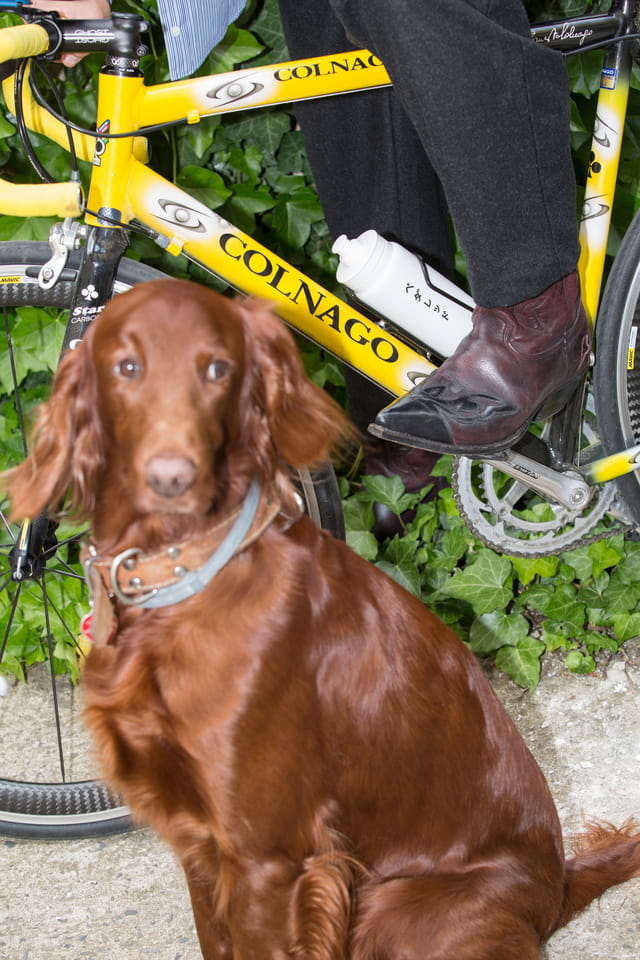
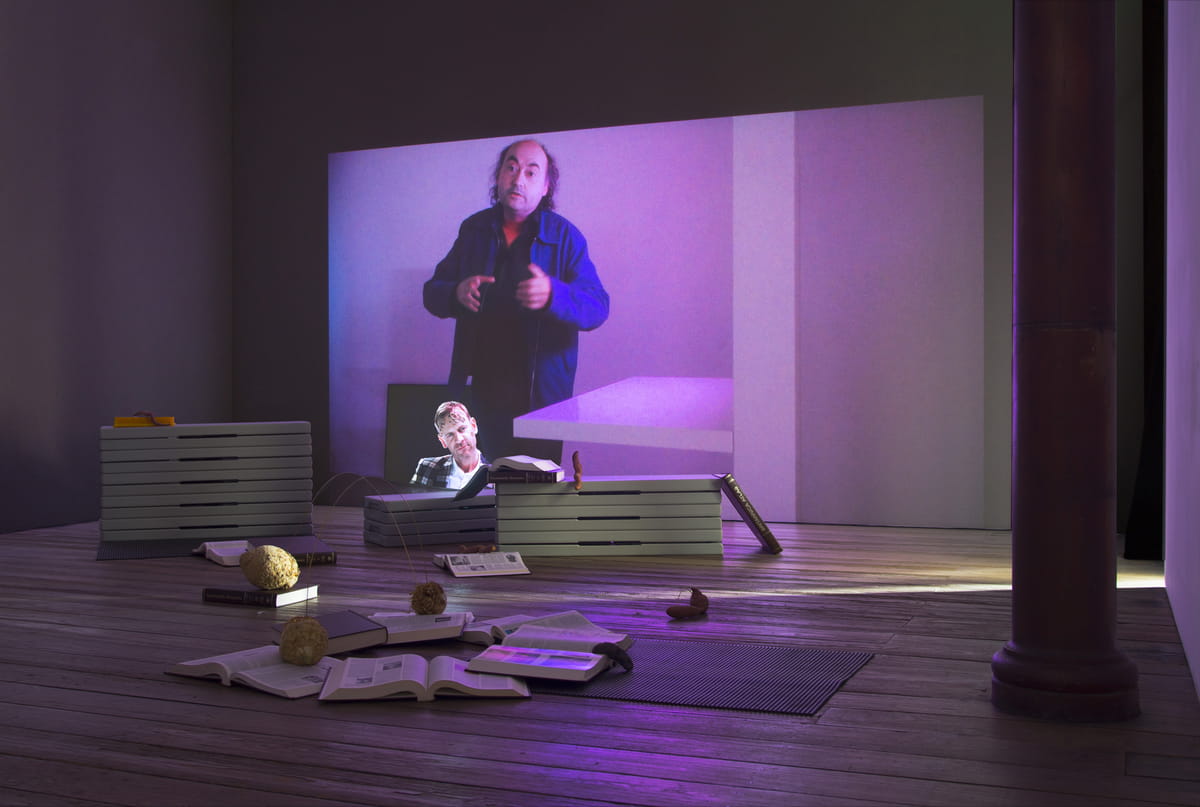
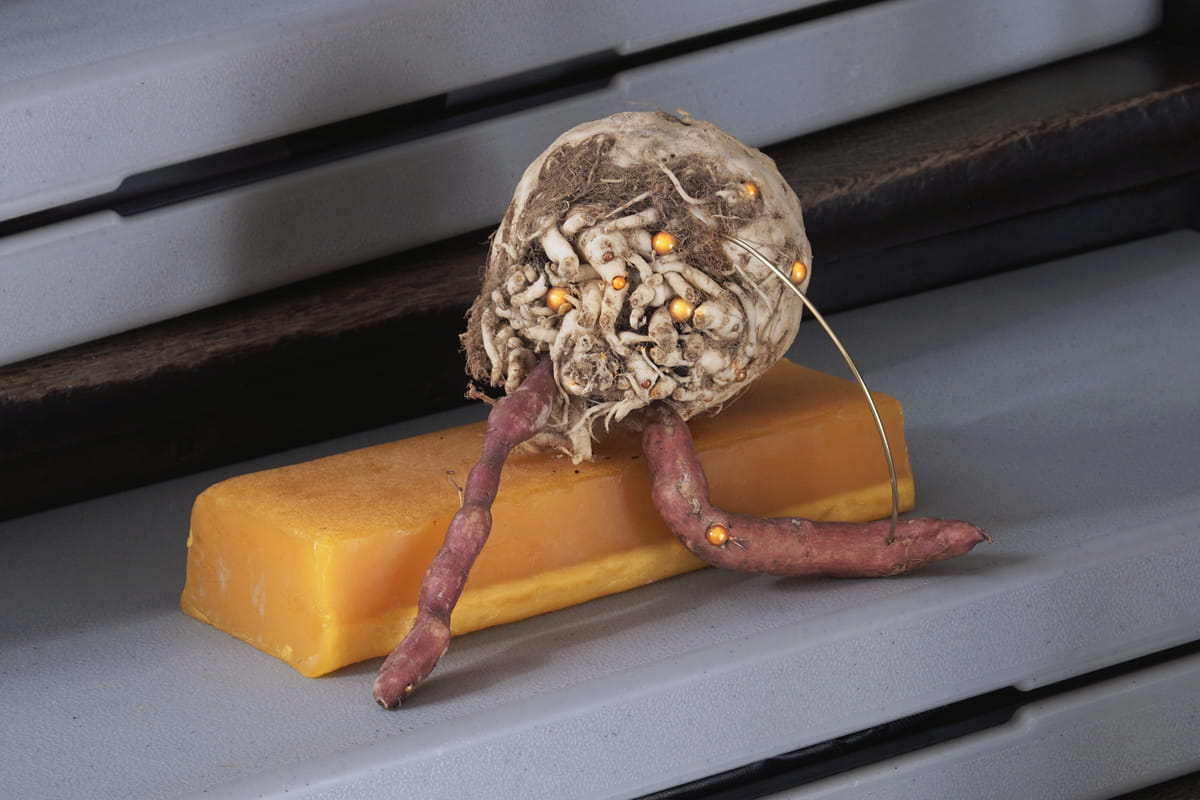
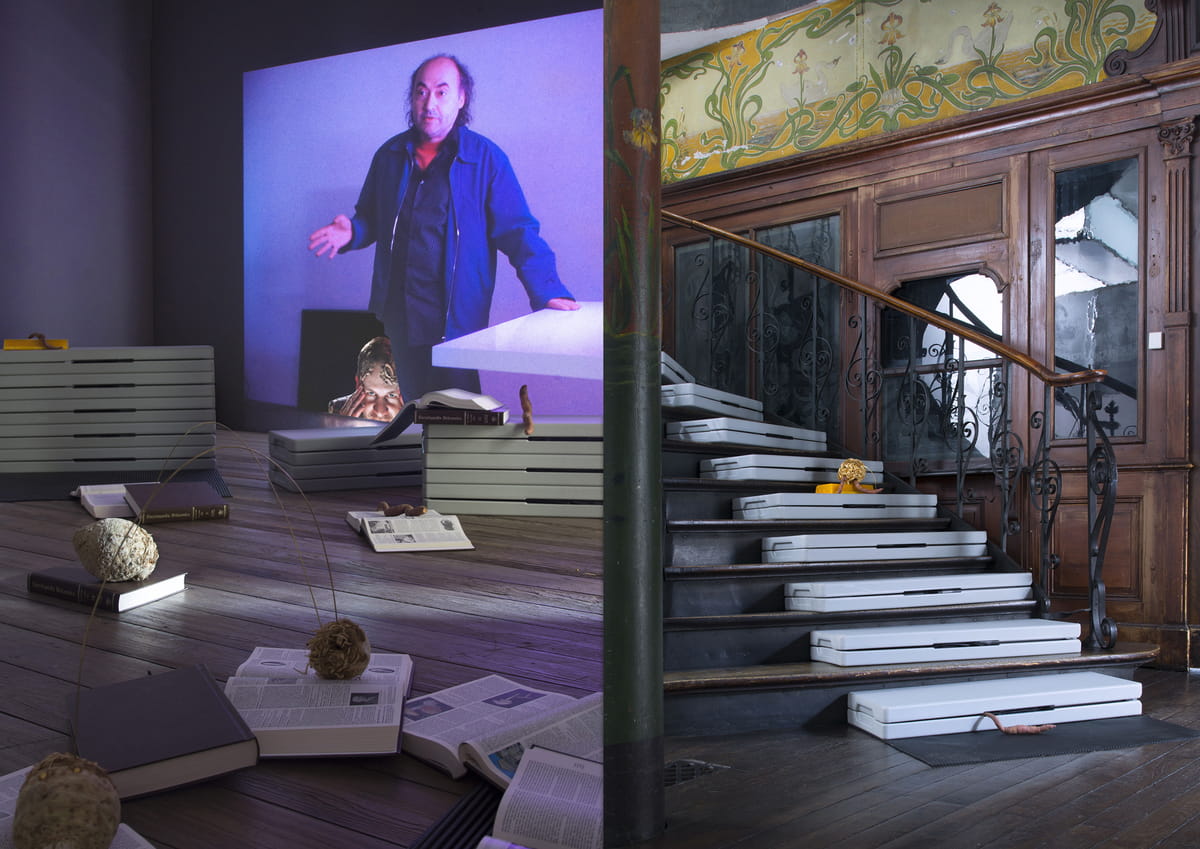
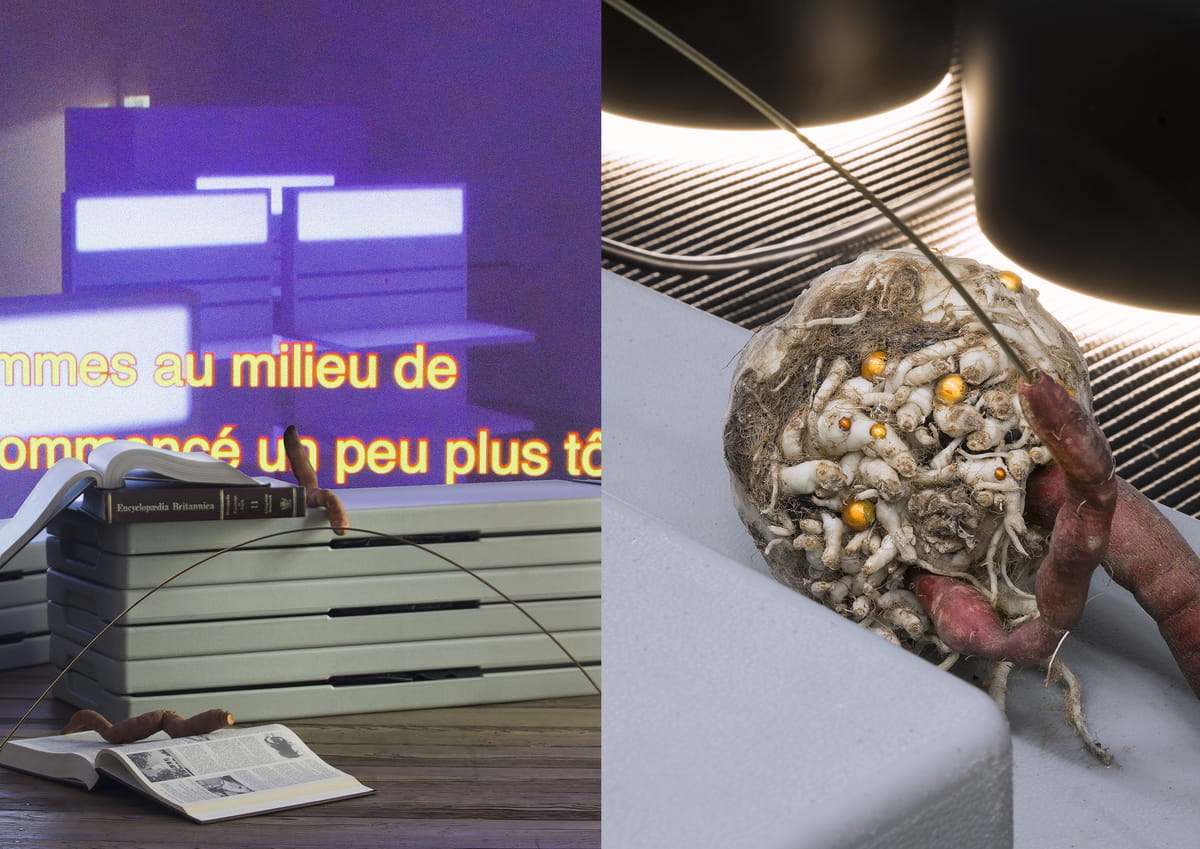
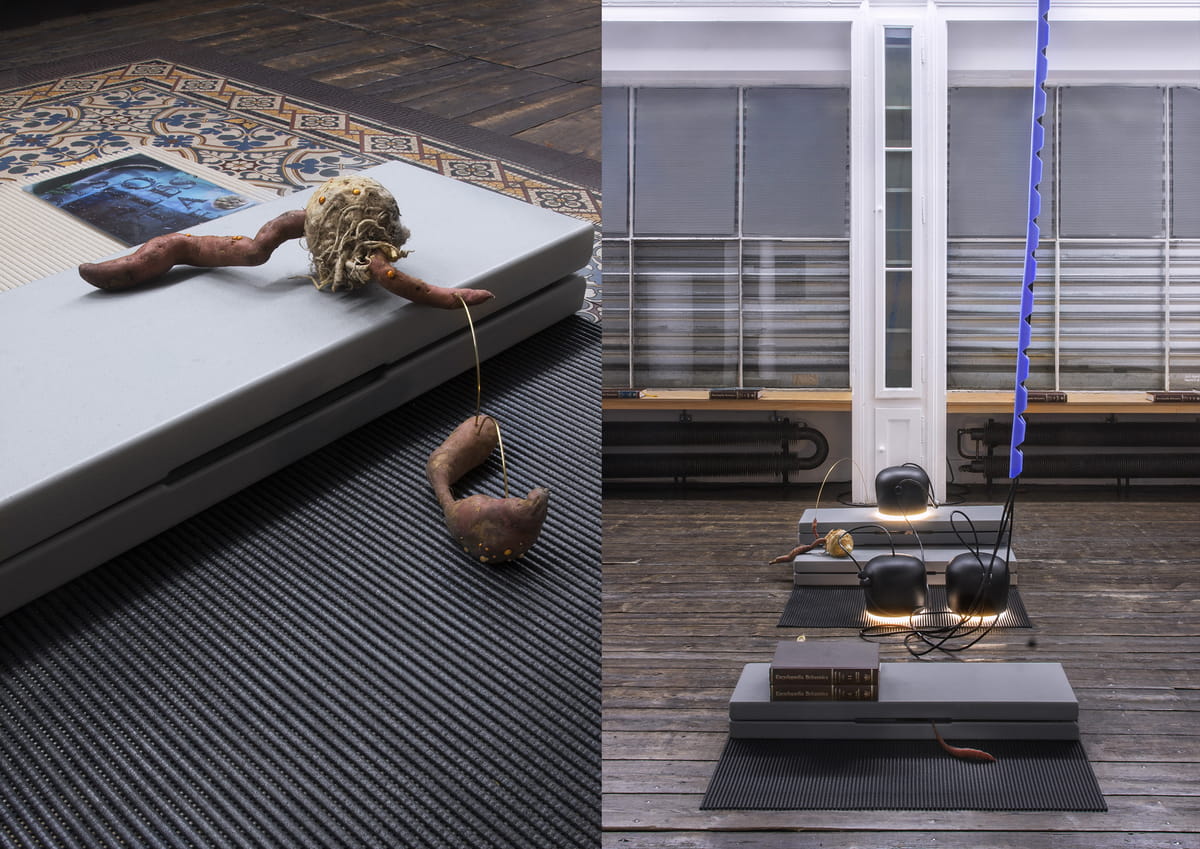
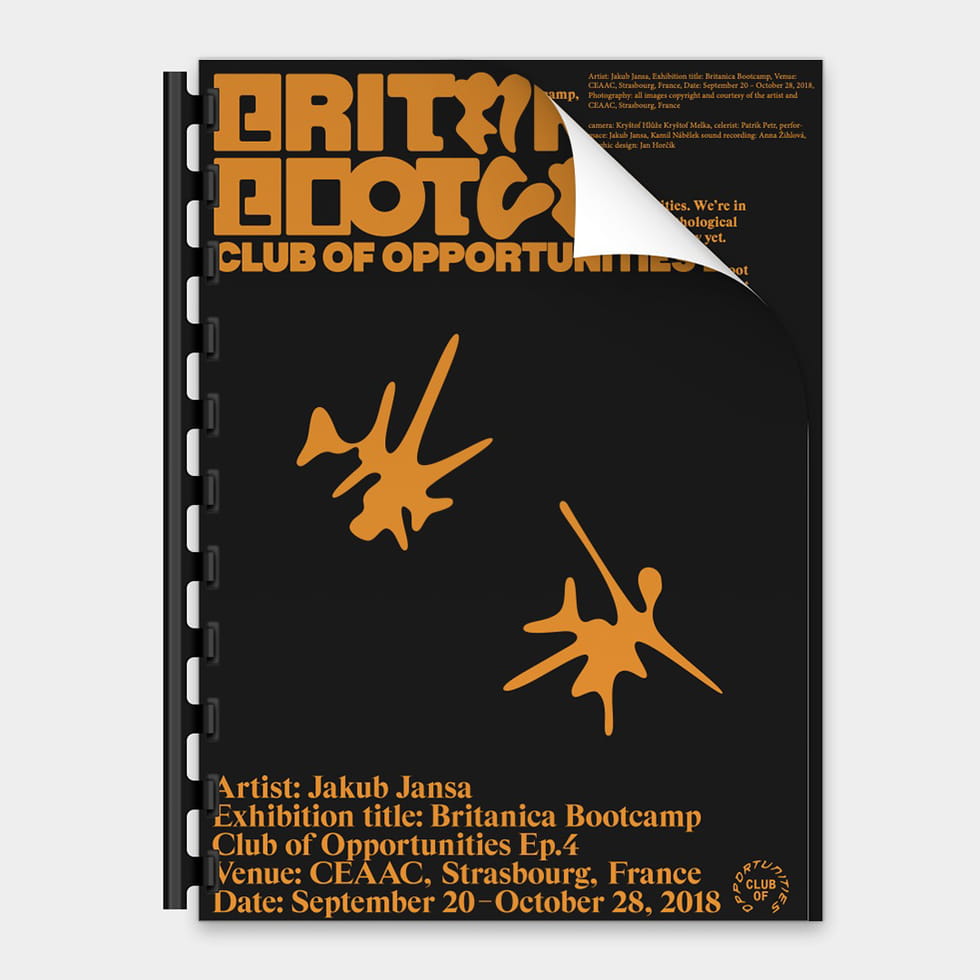

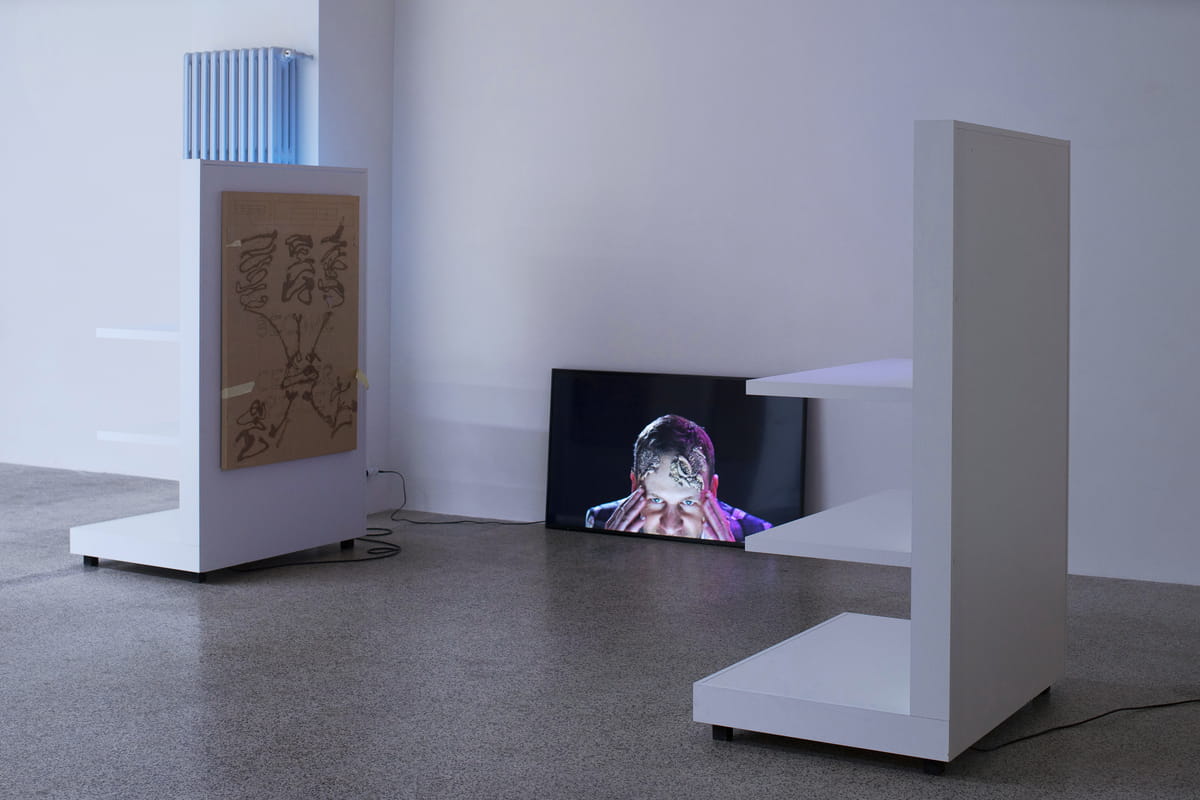
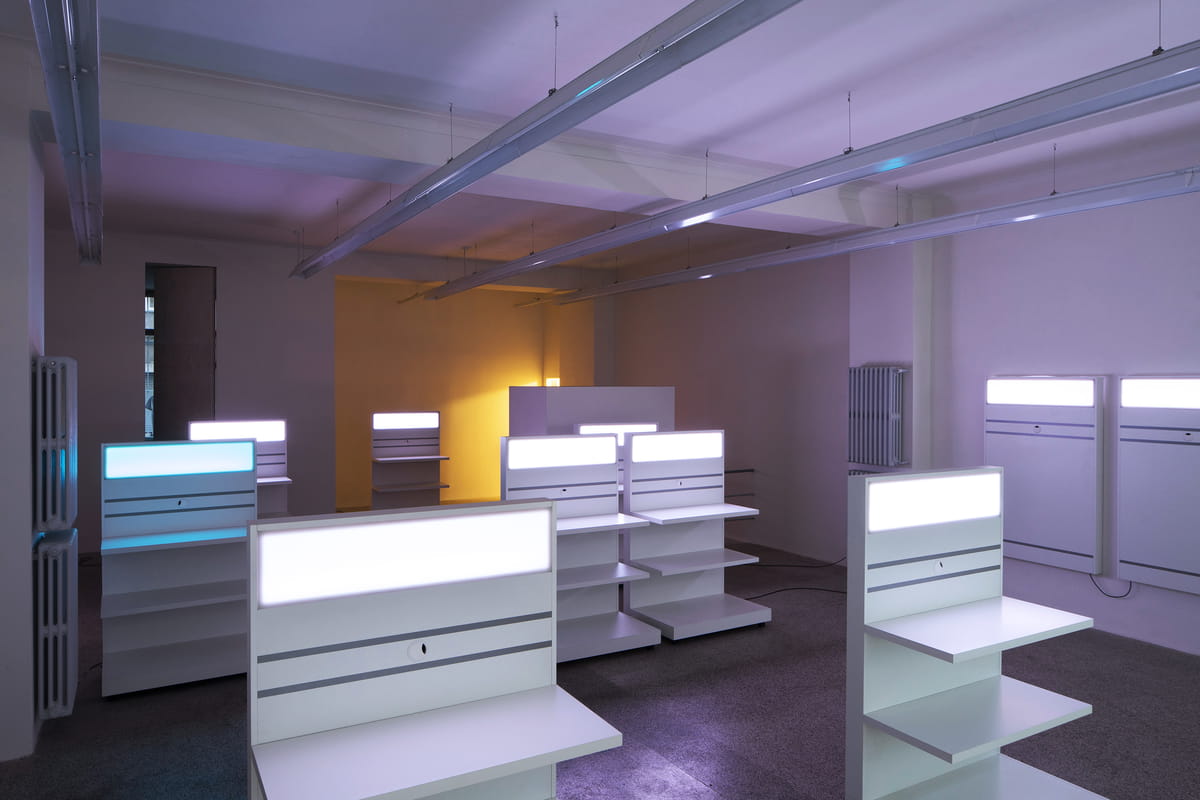
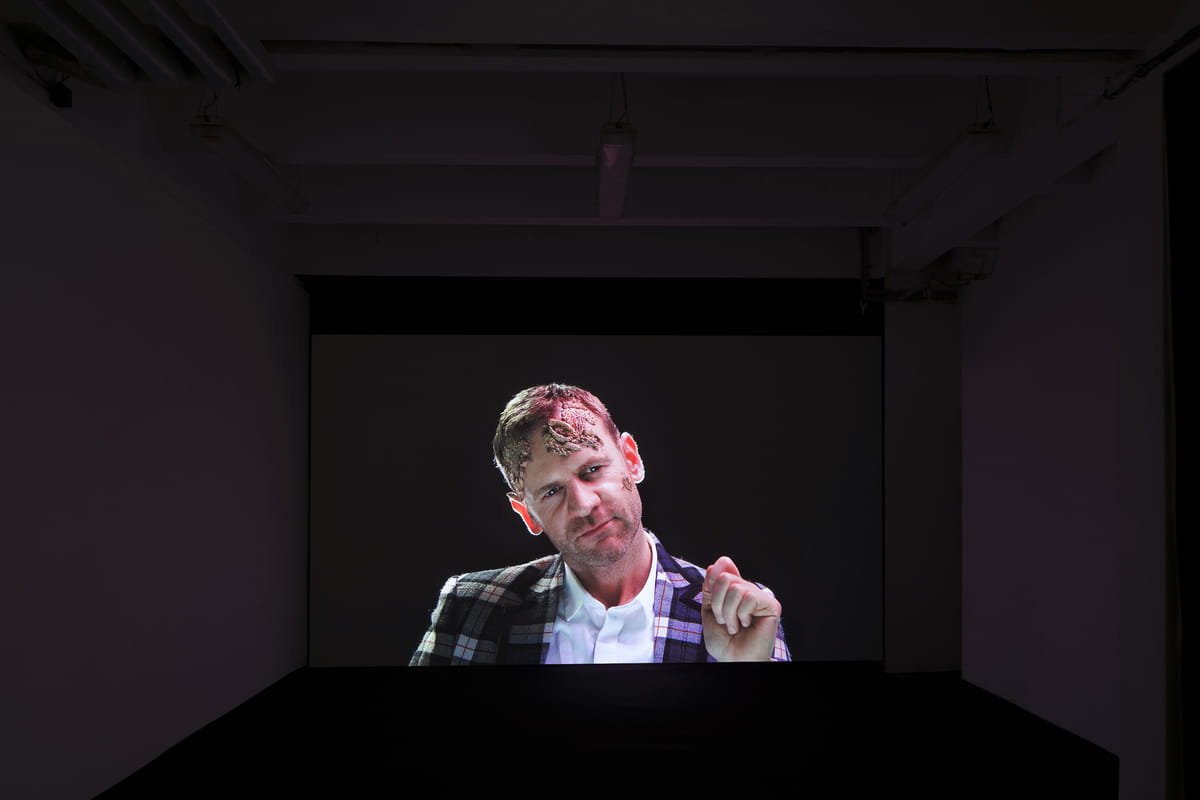 Click here to play video ">
Click here to play video ">